Shows
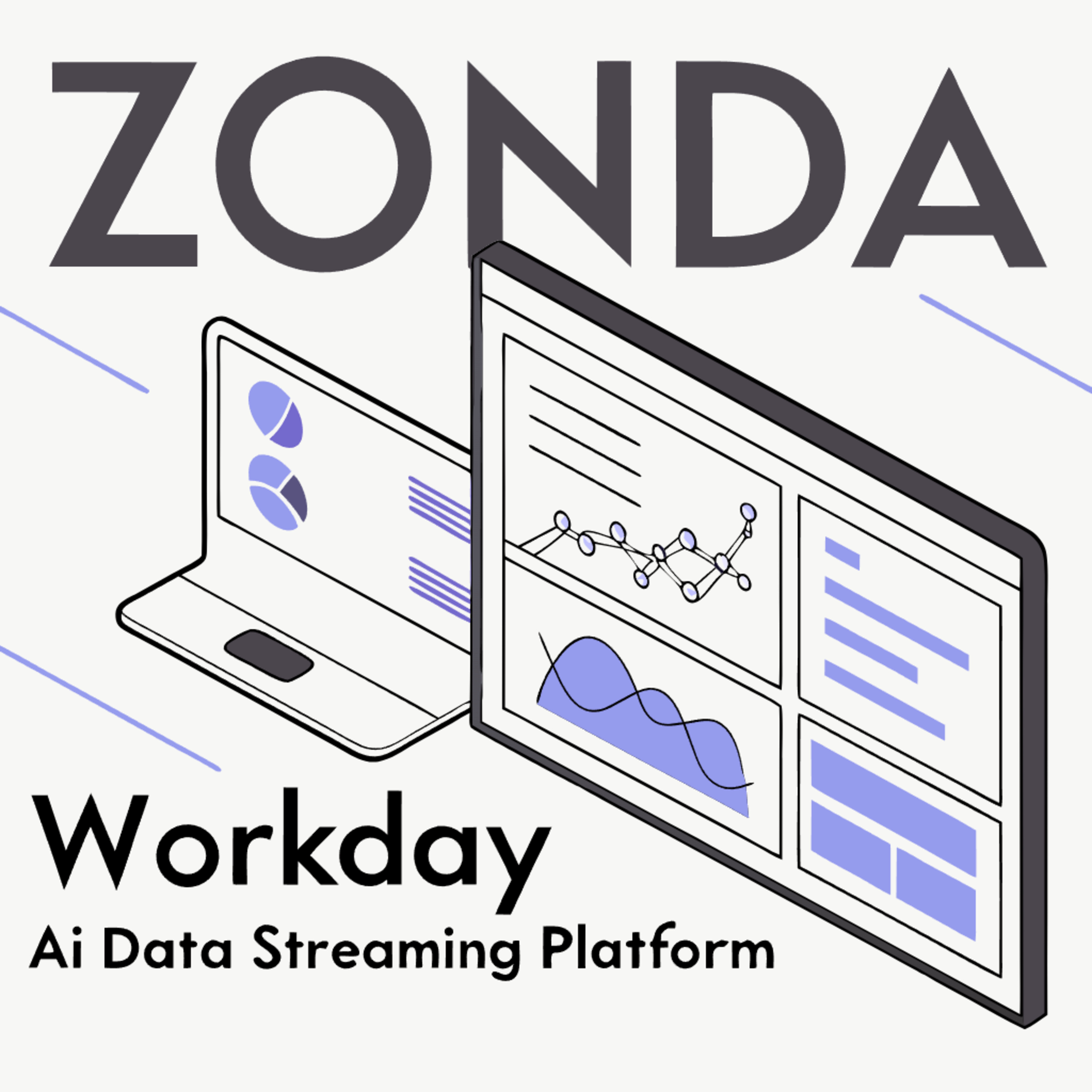 Rapid Synthesis: Delivered under 30 mins..ish, or it's on me!Zonda: Workday's AI Data Streaming PlatformPublic Source : https://medium.com/workday-engineering/accelerating-zonda-workdays-data-streaming-platform-22a2e10d9901Analysis of Zonda, Workday's proprietary AI-centric data streaming platform, built upon Apache Flink. It highlights Zonda's crucial role as the central nervous system for data powering Workday's advanced Artificial Intelligence and Machine Learning capabilities. The report examines the strategic decision behind building Zonda in-house, citing the inadequacy of generic cloud services to meet Workday's stringent demands for low latency, cost-efficiency, and multi-tenant data security. Furthermore, it details specific engineering challenges overcome by the Zonda team, such as implementing cryptographic isolation for multi-tenancy and optimizing S3...2025-06-1717 min
Rapid Synthesis: Delivered under 30 mins..ish, or it's on me!Zonda: Workday's AI Data Streaming PlatformPublic Source : https://medium.com/workday-engineering/accelerating-zonda-workdays-data-streaming-platform-22a2e10d9901Analysis of Zonda, Workday's proprietary AI-centric data streaming platform, built upon Apache Flink. It highlights Zonda's crucial role as the central nervous system for data powering Workday's advanced Artificial Intelligence and Machine Learning capabilities. The report examines the strategic decision behind building Zonda in-house, citing the inadequacy of generic cloud services to meet Workday's stringent demands for low latency, cost-efficiency, and multi-tenant data security. Furthermore, it details specific engineering challenges overcome by the Zonda team, such as implementing cryptographic isolation for multi-tenancy and optimizing S3...2025-06-1717 min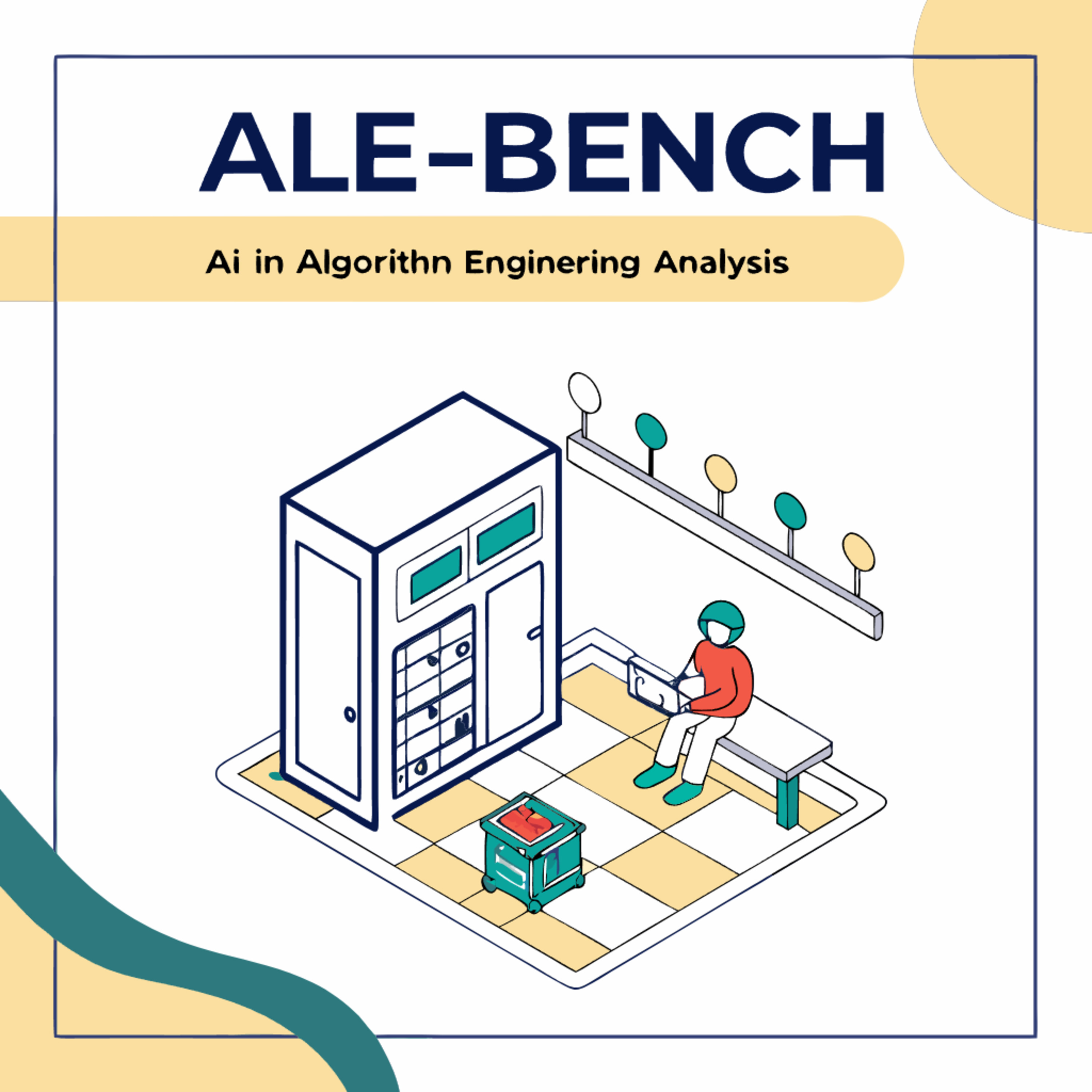 Rapid Synthesis: Delivered under 30 mins..ish, or it's on me!ALE-Bench: AI in Algorithm Engineering AnalysisSources https://arxiv.org/abs/2506.09050https://sakana.ai/ale-bench/ALE-Bench, a new evaluation framework designed to assess Artificial Intelligence (AI) performance in algorithm engineering, particularly for computationally hard optimization problems. It details the benchmark's design philosophy, emphasizing long-horizon, objective-driven tasks that mirror real-world industrial challenges in logistics, scheduling, and power grid balancing. The analysis compares AI systems against human experts, highlighting the significant performance gains achieved through iterative refinement and agentic scaffolding, while also identifying the current limitations of Large Language Models (LLMs), such as inconsistent logical reasoning and challenges with long-horizon planning. 2025-06-1732 min
Rapid Synthesis: Delivered under 30 mins..ish, or it's on me!ALE-Bench: AI in Algorithm Engineering AnalysisSources https://arxiv.org/abs/2506.09050https://sakana.ai/ale-bench/ALE-Bench, a new evaluation framework designed to assess Artificial Intelligence (AI) performance in algorithm engineering, particularly for computationally hard optimization problems. It details the benchmark's design philosophy, emphasizing long-horizon, objective-driven tasks that mirror real-world industrial challenges in logistics, scheduling, and power grid balancing. The analysis compares AI systems against human experts, highlighting the significant performance gains achieved through iterative refinement and agentic scaffolding, while also identifying the current limitations of Large Language Models (LLMs), such as inconsistent logical reasoning and challenges with long-horizon planning. 2025-06-1732 min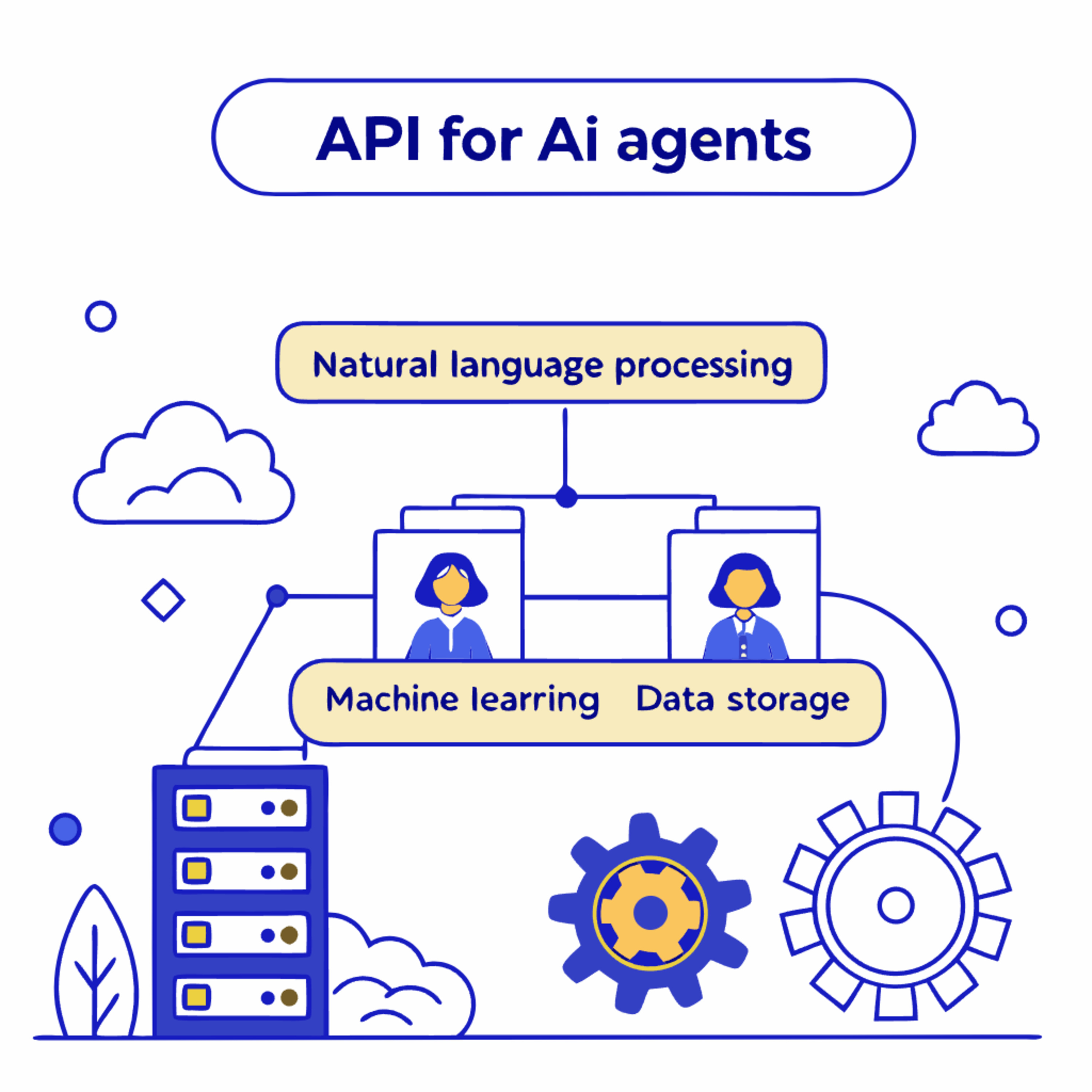 Rapid Synthesis: Delivered under 30 mins..ish, or it's on me!Architecting APIs for AI AgentsComprehensive guide to designing APIs for AI agents, emphasizing a paradigm shift from human-centric data exchange to machine-interpretable capabilities. It outlines foundational principles like predictability, semantic richness, and robust error handling, crucial for an agent's autonomous interaction. The source further explores architectural blueprints, comparing communication protocols such as REST, GraphQL, and gRPC, and discusses the importance of API gateways and orchestration patterns. Additionally, it introduces emerging protocols like Model Context Protocol (MCP) for agent-to-tool interaction and Agent-to-Agent (A2A) for inter-agent collaboration, highlighting their complementary roles in a future multi-agent ecosystem. The text...2025-06-1635 min
Rapid Synthesis: Delivered under 30 mins..ish, or it's on me!Architecting APIs for AI AgentsComprehensive guide to designing APIs for AI agents, emphasizing a paradigm shift from human-centric data exchange to machine-interpretable capabilities. It outlines foundational principles like predictability, semantic richness, and robust error handling, crucial for an agent's autonomous interaction. The source further explores architectural blueprints, comparing communication protocols such as REST, GraphQL, and gRPC, and discusses the importance of API gateways and orchestration patterns. Additionally, it introduces emerging protocols like Model Context Protocol (MCP) for agent-to-tool interaction and Agent-to-Agent (A2A) for inter-agent collaboration, highlighting their complementary roles in a future multi-agent ecosystem. The text...2025-06-1635 min Rapid Synthesis: Delivered under 30 mins..ish, or it's on me!Robust AI Fairness in Hiring through Internal InterventionSource: https://arxiv.org/abs/2506.10922Examines the limitations of current methods for ensuring fairness in Large Language Models (LLMs), particularly in high-stakes applications like hiring. It highlights how prompt-based anti-bias instructions are insufficient, creating a "fairness façade" that collapses under realistic conditions. Furthermore, the source reveals that LLM-generated reasoning (Chain-of-Thought) can be unfaithful, masking underlying biases despite explicit claims of neutrality. Consequently, the research proposes and validates an internal, interpretability-guided approach called Affine Concept Editing (ACE), which directly modifies a model's internal representations of sensitive attributes to achieve robust and generalizable bias m...2025-06-1520 min
Rapid Synthesis: Delivered under 30 mins..ish, or it's on me!Robust AI Fairness in Hiring through Internal InterventionSource: https://arxiv.org/abs/2506.10922Examines the limitations of current methods for ensuring fairness in Large Language Models (LLMs), particularly in high-stakes applications like hiring. It highlights how prompt-based anti-bias instructions are insufficient, creating a "fairness façade" that collapses under realistic conditions. Furthermore, the source reveals that LLM-generated reasoning (Chain-of-Thought) can be unfaithful, masking underlying biases despite explicit claims of neutrality. Consequently, the research proposes and validates an internal, interpretability-guided approach called Affine Concept Editing (ACE), which directly modifies a model's internal representations of sensitive attributes to achieve robust and generalizable bias m...2025-06-1520 min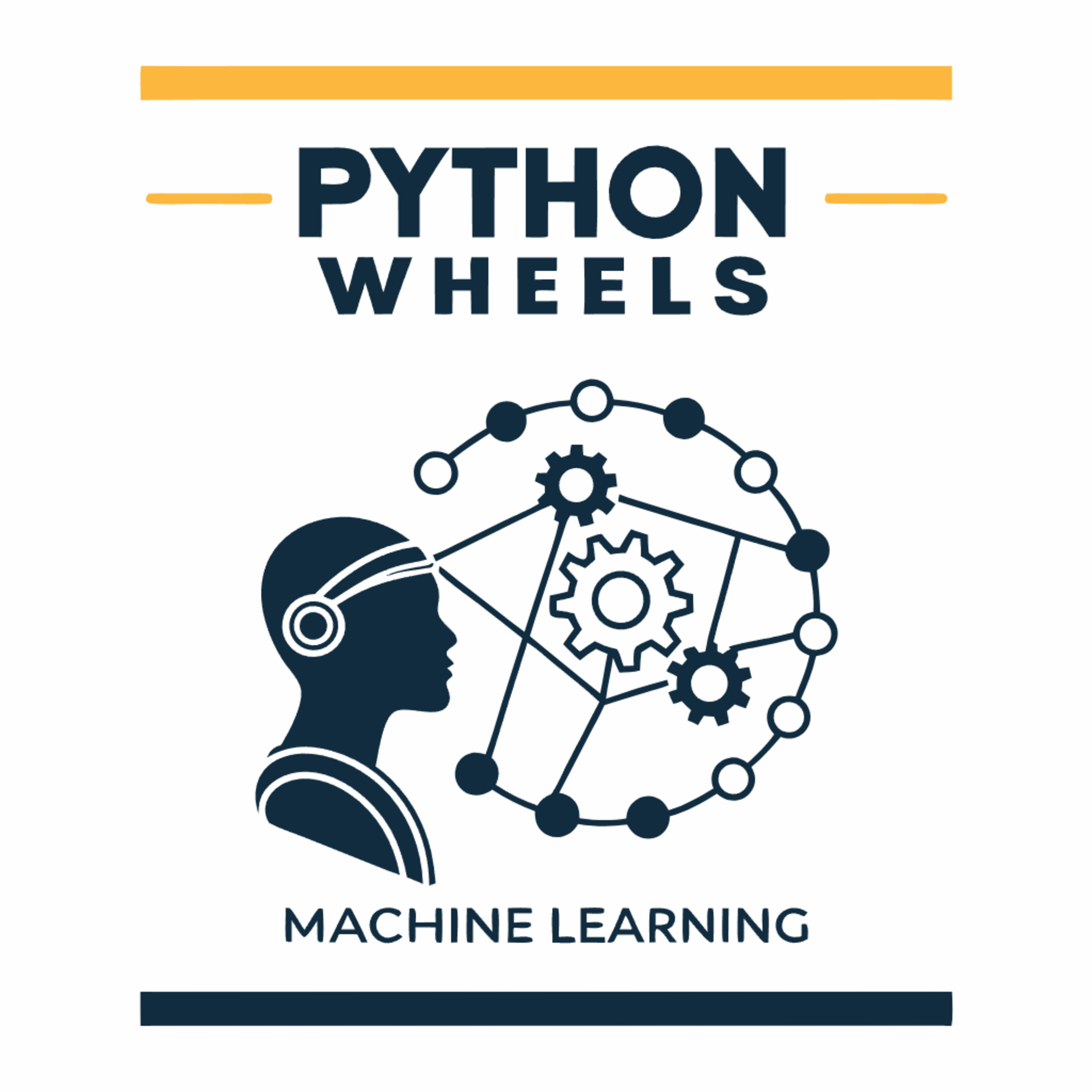 Rapid Synthesis: Delivered under 30 mins..ish, or it's on me!Python Wheels for Machine LearningOffers a comprehensive guide to Python wheels, emphasizing their crucial role in modern machine learning (ML) workflows. It explains that wheels are pre-built, ready-to-install package formats that offer significant advantages over source distributions, including faster installation, improved reliability, and enhanced security, especially vital for ML libraries with compiled code. The sources detail the anatomy of a wheel, from its compatibility-defining filename to its internal structure and metadata, highlighting the importance of pyproject.toml for declarative project configuration. Furthermore, the text covers the wheel creation workflow, the challenges of cross-platform compatibility (especially for Linux...2025-06-1531 min
Rapid Synthesis: Delivered under 30 mins..ish, or it's on me!Python Wheels for Machine LearningOffers a comprehensive guide to Python wheels, emphasizing their crucial role in modern machine learning (ML) workflows. It explains that wheels are pre-built, ready-to-install package formats that offer significant advantages over source distributions, including faster installation, improved reliability, and enhanced security, especially vital for ML libraries with compiled code. The sources detail the anatomy of a wheel, from its compatibility-defining filename to its internal structure and metadata, highlighting the importance of pyproject.toml for declarative project configuration. Furthermore, the text covers the wheel creation workflow, the challenges of cross-platform compatibility (especially for Linux...2025-06-1531 min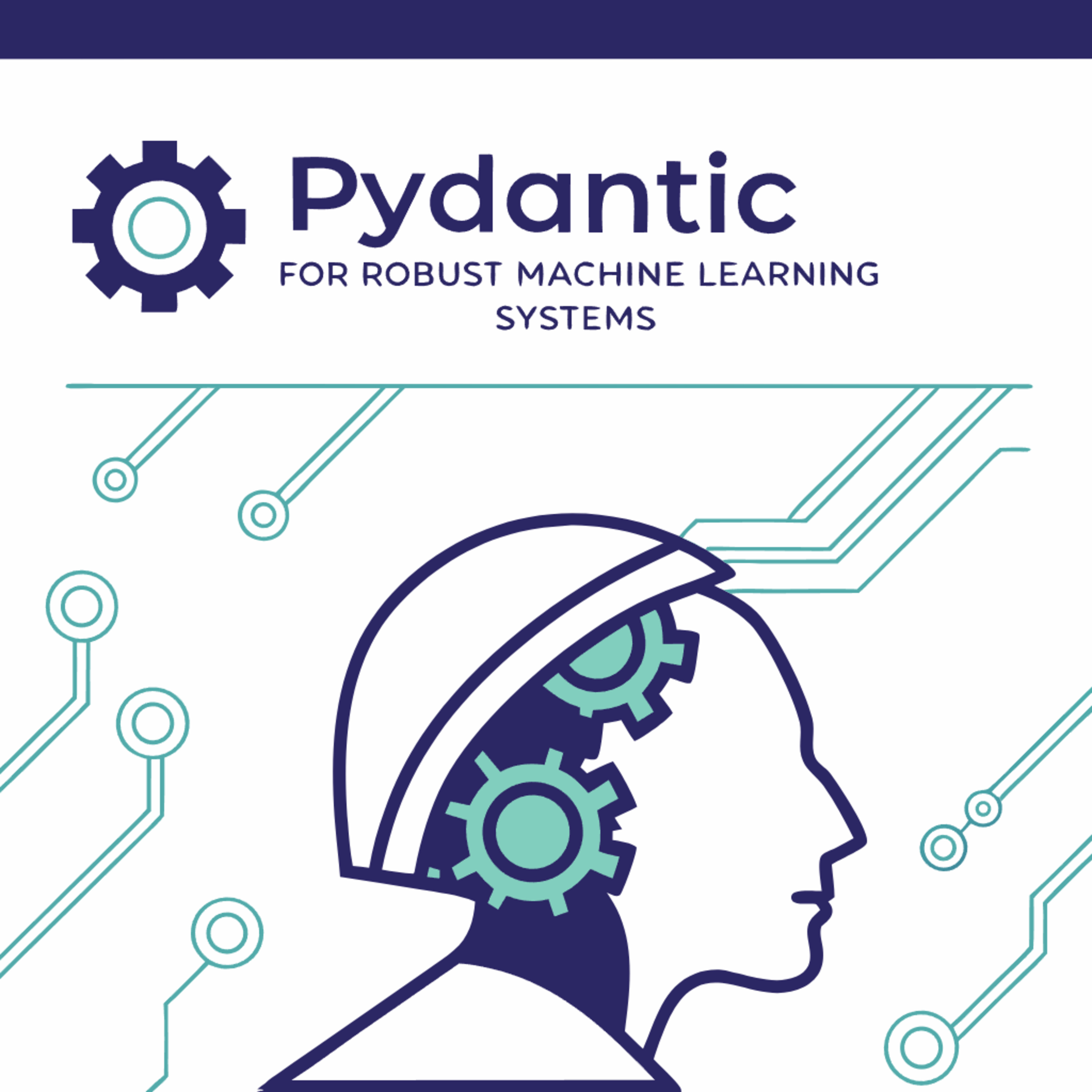 Rapid Synthesis: Delivered under 30 mins..ish, or it's on me!Pydantic for Robust Machine Learning SystemsOffers a comprehensive overview of Pydantic, a Python library vital for data validation, configuration management, and reproducibility in machine learning workflows. It highlights Pydantic's foundational role in ensuring data integrity through type hints and granular constraints, addressing the "garbage in, garbage out" problem. The source further explains Pydantic's practical applications across the ML lifecycle, from data ingestion and preprocessing using custom validators to managing complex experiment configurations and secrets with pydantic-settings. Finally, it emphasizes Pydantic's crucial integration with FastAPI for deploying robust ML APIs and its emerging significance in generative AI for structuring non-deterministic LLM...2025-06-1519 min
Rapid Synthesis: Delivered under 30 mins..ish, or it's on me!Pydantic for Robust Machine Learning SystemsOffers a comprehensive overview of Pydantic, a Python library vital for data validation, configuration management, and reproducibility in machine learning workflows. It highlights Pydantic's foundational role in ensuring data integrity through type hints and granular constraints, addressing the "garbage in, garbage out" problem. The source further explains Pydantic's practical applications across the ML lifecycle, from data ingestion and preprocessing using custom validators to managing complex experiment configurations and secrets with pydantic-settings. Finally, it emphasizes Pydantic's crucial integration with FastAPI for deploying robust ML APIs and its emerging significance in generative AI for structuring non-deterministic LLM...2025-06-1519 min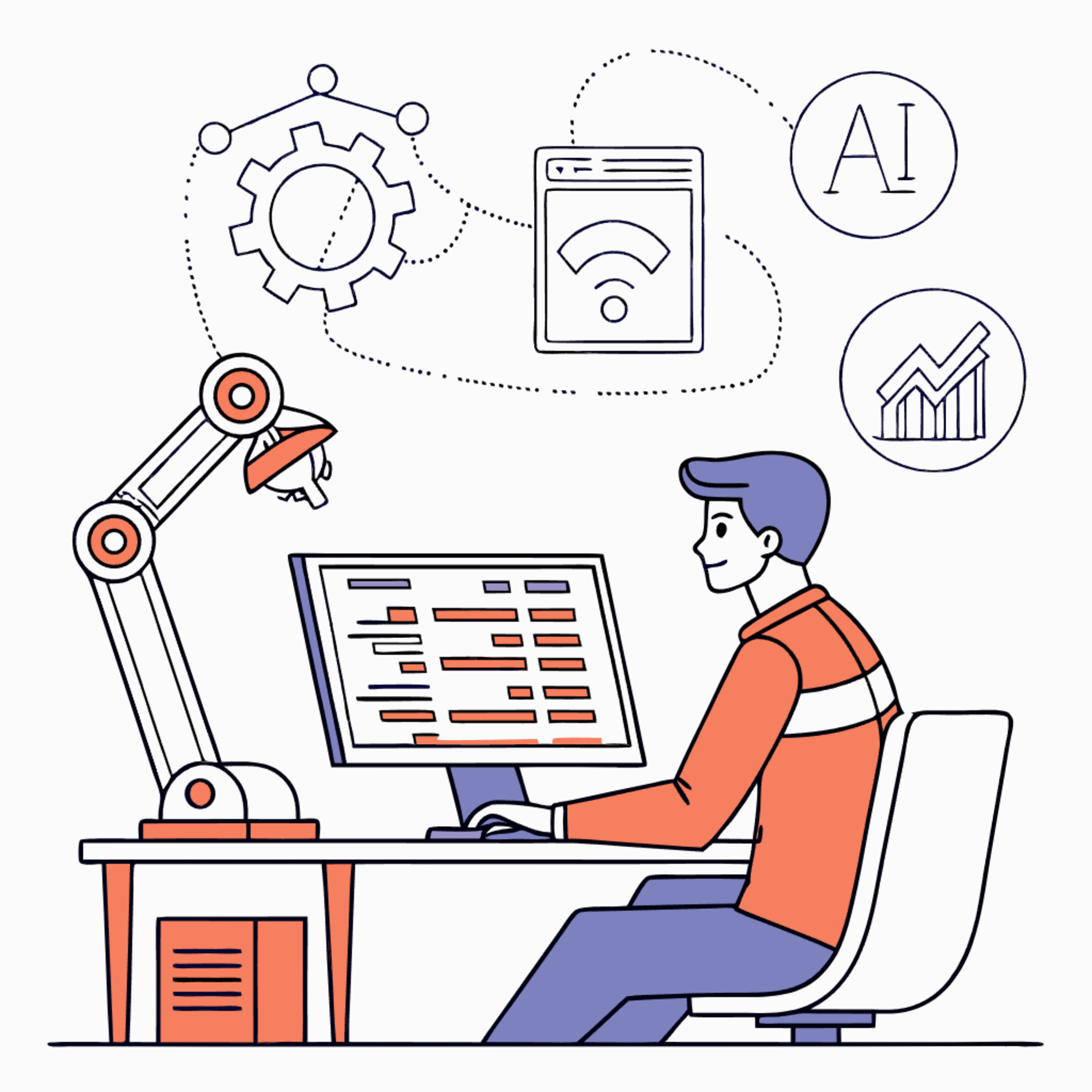 Rapid Synthesis: Delivered under 30 mins..ish, or it's on me!The Rise of the GenAI Application Engineer: Architecting the Next Wave of Software Innovationsource : https://www.deeplearning.ai/the-batch/issue-305/The comprehensive, and maybe a little too long, overview details the emerging role of the GenAI Application Engineer, highlighting their crucial position in translating generative AI's potential into practical software solutions. The text outlines the multifaceted skills required for this role, encompassing technical expertise in AI frameworks, programming languages, and generative models, alongside critical soft skills like problem-solving and communication, and a distinctive "X-factor" of product and design intuition. It further explores how these engineers leverage AI tools for rapid and efficient application development, examine key...2025-06-131h 31
Rapid Synthesis: Delivered under 30 mins..ish, or it's on me!The Rise of the GenAI Application Engineer: Architecting the Next Wave of Software Innovationsource : https://www.deeplearning.ai/the-batch/issue-305/The comprehensive, and maybe a little too long, overview details the emerging role of the GenAI Application Engineer, highlighting their crucial position in translating generative AI's potential into practical software solutions. The text outlines the multifaceted skills required for this role, encompassing technical expertise in AI frameworks, programming languages, and generative models, alongside critical soft skills like problem-solving and communication, and a distinctive "X-factor" of product and design intuition. It further explores how these engineers leverage AI tools for rapid and efficient application development, examine key...2025-06-131h 31 Rapid Synthesis: Delivered under 30 mins..ish, or it's on me!Yambda: A Landmark Dataset for Recommender SystemsOffer a comprehensive analysis of Yandex's Yambda dataset, highlighting its significance as the world's largest publicly available dataset for recommender systems research. It details Yambda's unprecedented scale, with billions of user-track interactions, and its rich features, including timestamps, audio embeddings, and an 'is_organic' flag indicating how content was discovered. The sources emphasize Yambda's role in bridging the gap between academic research and industry applications by providing real-world data and promoting robust evaluation through its Global Temporal Split (GTS) methodology. Furthermore, they discuss the ethical considerations of handling large-scale anonymized user data, such...2025-06-1222 min
Rapid Synthesis: Delivered under 30 mins..ish, or it's on me!Yambda: A Landmark Dataset for Recommender SystemsOffer a comprehensive analysis of Yandex's Yambda dataset, highlighting its significance as the world's largest publicly available dataset for recommender systems research. It details Yambda's unprecedented scale, with billions of user-track interactions, and its rich features, including timestamps, audio embeddings, and an 'is_organic' flag indicating how content was discovered. The sources emphasize Yambda's role in bridging the gap between academic research and industry applications by providing real-world data and promoting robust evaluation through its Global Temporal Split (GTS) methodology. Furthermore, they discuss the ethical considerations of handling large-scale anonymized user data, such...2025-06-1222 min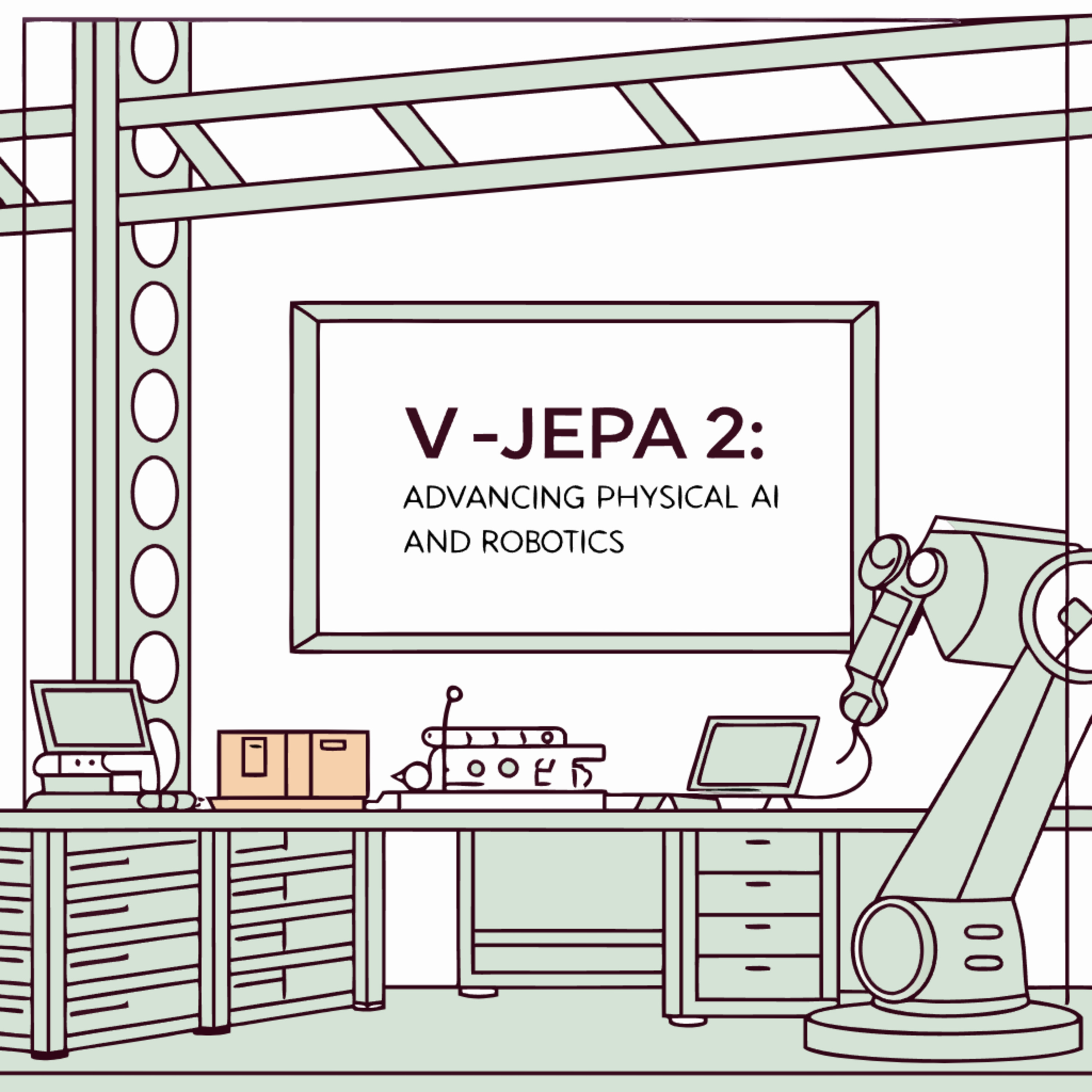 Rapid Synthesis: Delivered under 30 mins..ish, or it's on me!V-JEPA 2: Advancing Physical AI and RoboticsDetails Meta AI's V-JEPA 2, a sophisticated world model designed to enhance physical artificial intelligence and zero-shot robotic interaction. It explains how V-JEPA 2, trained extensively on video data, enables robots to plan and operate in unfamiliar environments with novel objects, achieving notable success rates in pick-and-place tasks. The document also addresses critical challenges in deploying such advanced AI, including bridging the performance gap to human dexterity, overcoming technical hurdles like multi-modal integration, and navigating significant ethical and societal considerations such as algorithmic bias, safety, and workforce transformation, while discussing the evolving regulatory landscape and future research...2025-06-1229 min
Rapid Synthesis: Delivered under 30 mins..ish, or it's on me!V-JEPA 2: Advancing Physical AI and RoboticsDetails Meta AI's V-JEPA 2, a sophisticated world model designed to enhance physical artificial intelligence and zero-shot robotic interaction. It explains how V-JEPA 2, trained extensively on video data, enables robots to plan and operate in unfamiliar environments with novel objects, achieving notable success rates in pick-and-place tasks. The document also addresses critical challenges in deploying such advanced AI, including bridging the performance gap to human dexterity, overcoming technical hurdles like multi-modal integration, and navigating significant ethical and societal considerations such as algorithmic bias, safety, and workforce transformation, while discussing the evolving regulatory landscape and future research...2025-06-1229 min Rapid Synthesis: Delivered under 30 mins..ish, or it's on me!Direct Preference Optimization (DPO) for LLMsOffers a comprehensive overview of Direct Preference Optimization (DPO), a streamlined method for aligning Large Language Models (LLMs) with human values and subjective preferences. It explains DPO's core principles, highlighting its efficiency by directly optimizing LLMs based on binary human choices, thus bypassing the complex reward model training and reinforcement learning steps found in traditional Reinforcement Learning from Human Feedback (RLHF). The document emphasizes DPO's particular utility for subjective tasks like creative writing, personalized communication, and style control, and discusses its methodologies, including the loss function and the role of the reference model. ...2025-06-1222 min
Rapid Synthesis: Delivered under 30 mins..ish, or it's on me!Direct Preference Optimization (DPO) for LLMsOffers a comprehensive overview of Direct Preference Optimization (DPO), a streamlined method for aligning Large Language Models (LLMs) with human values and subjective preferences. It explains DPO's core principles, highlighting its efficiency by directly optimizing LLMs based on binary human choices, thus bypassing the complex reward model training and reinforcement learning steps found in traditional Reinforcement Learning from Human Feedback (RLHF). The document emphasizes DPO's particular utility for subjective tasks like creative writing, personalized communication, and style control, and discusses its methodologies, including the loss function and the role of the reference model. ...2025-06-1222 min Rapid Synthesis: Delivered under 30 mins..ish, or it's on me!EchoLeak: The Zero-Click AI VulnerabilitySources:https://www.aim.security/lp/aim-labs-echoleak-blogposthttps://msrc.microsoft.com/update-guide/vulnerability/CVE-2025-32711The provided sources comprehensively analyze the "EchoLeak" vulnerability (CVE-2025-32711), a critical "zero-click" AI command injection flaw discovered in Microsoft 365 Copilot. This vulnerability allowed unauthorized data exfiltration without user interaction, by manipulating the AI's processing of specially crafted emails through an "LLM Scope Violation" within its Retrieval-Augmented Generation (RAG) architecture. The texts detail the attack chain, potential impacts on sensitive organizational data, and crucial mitigation strategies, emphasizing the need for proactive, AI-specific security measures beyond traditional cybersecurity, including AI...2025-06-1224 min
Rapid Synthesis: Delivered under 30 mins..ish, or it's on me!EchoLeak: The Zero-Click AI VulnerabilitySources:https://www.aim.security/lp/aim-labs-echoleak-blogposthttps://msrc.microsoft.com/update-guide/vulnerability/CVE-2025-32711The provided sources comprehensively analyze the "EchoLeak" vulnerability (CVE-2025-32711), a critical "zero-click" AI command injection flaw discovered in Microsoft 365 Copilot. This vulnerability allowed unauthorized data exfiltration without user interaction, by manipulating the AI's processing of specially crafted emails through an "LLM Scope Violation" within its Retrieval-Augmented Generation (RAG) architecture. The texts detail the attack chain, potential impacts on sensitive organizational data, and crucial mitigation strategies, emphasizing the need for proactive, AI-specific security measures beyond traditional cybersecurity, including AI...2025-06-1224 min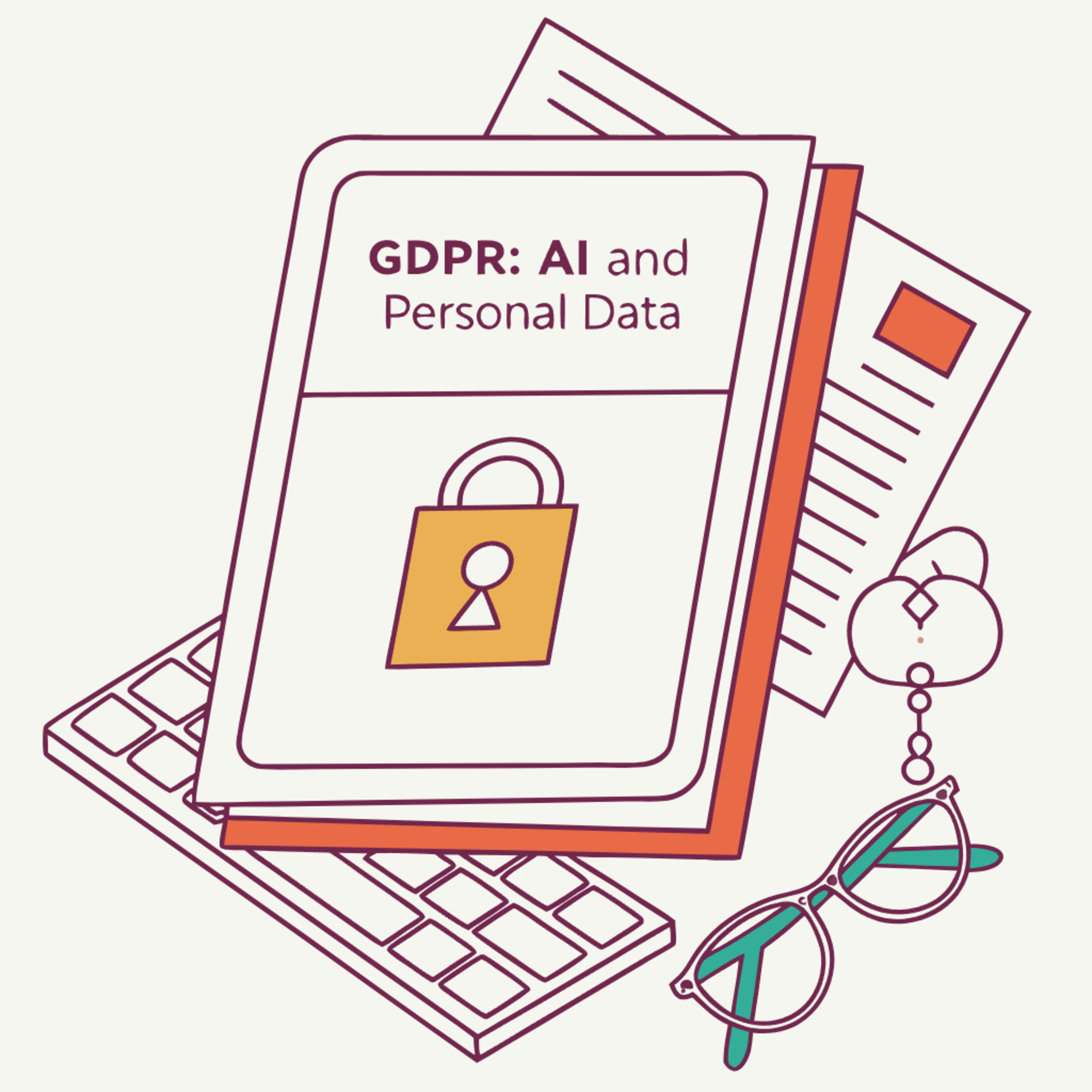 Rapid Synthesis: Delivered under 30 mins..ish, or it's on me!AI and Personal Data Under GDPRSource: https://www.europarl.europa.eu/RegData/etudes/STUD/2020/641530/EPRS_STU(2020)641530_EN.pdf)Excerpts from an EPRS study on the impact of the General Data Protection Regulation (GDPR) on artificial intelligence offers a comprehensive analysis of the intersection between AI and data protection. It explores how AI's rapid development and data hunger necessitate the application of GDPR principles, such as purpose limitation, data minimization, and transparency. The study examines the challenges and opportunities presented by AI's use of personal data, particularly in areas like profiling and automated decision-making, while also discussing the rights of d...2025-06-1120 min
Rapid Synthesis: Delivered under 30 mins..ish, or it's on me!AI and Personal Data Under GDPRSource: https://www.europarl.europa.eu/RegData/etudes/STUD/2020/641530/EPRS_STU(2020)641530_EN.pdf)Excerpts from an EPRS study on the impact of the General Data Protection Regulation (GDPR) on artificial intelligence offers a comprehensive analysis of the intersection between AI and data protection. It explores how AI's rapid development and data hunger necessitate the application of GDPR principles, such as purpose limitation, data minimization, and transparency. The study examines the challenges and opportunities presented by AI's use of personal data, particularly in areas like profiling and automated decision-making, while also discussing the rights of d...2025-06-1120 min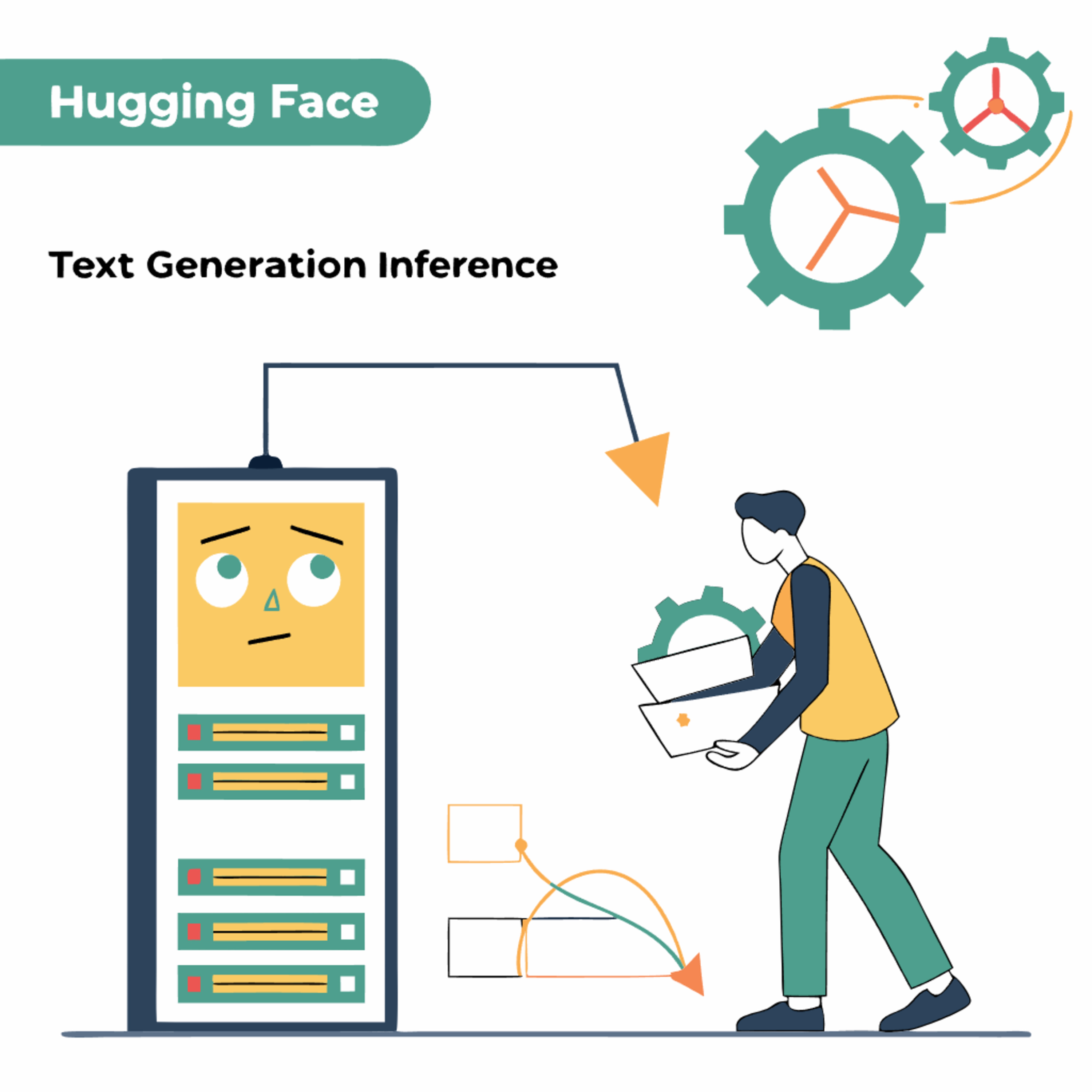 Rapid Synthesis: Delivered under 30 mins..ish, or it's on me!Hugging Face TGI: LLM Deployment and OptimizationSources offer a comprehensive technical overview of Hugging Face Text Generation Inference (TGI), a toolkit designed for efficient deployment and serving of Large Language Models (LLMs). They define TGI's purpose in addressing the high computational demands and latency requirements of LLMs, detailing its evolution from NVIDIA GPU focus to broad hardware compatibility. The texts explain TGI's core architecture, comprising a Router, Launcher, and Model Server, and how data flows through these components. Furthermore, the sources highlight key features such as continuous batching, advanced quantization techniques (like EETQ and FP8), speculative decoding, and guidance mechanisms, all...2025-06-1133 min
Rapid Synthesis: Delivered under 30 mins..ish, or it's on me!Hugging Face TGI: LLM Deployment and OptimizationSources offer a comprehensive technical overview of Hugging Face Text Generation Inference (TGI), a toolkit designed for efficient deployment and serving of Large Language Models (LLMs). They define TGI's purpose in addressing the high computational demands and latency requirements of LLMs, detailing its evolution from NVIDIA GPU focus to broad hardware compatibility. The texts explain TGI's core architecture, comprising a Router, Launcher, and Model Server, and how data flows through these components. Furthermore, the sources highlight key features such as continuous batching, advanced quantization techniques (like EETQ and FP8), speculative decoding, and guidance mechanisms, all...2025-06-1133 min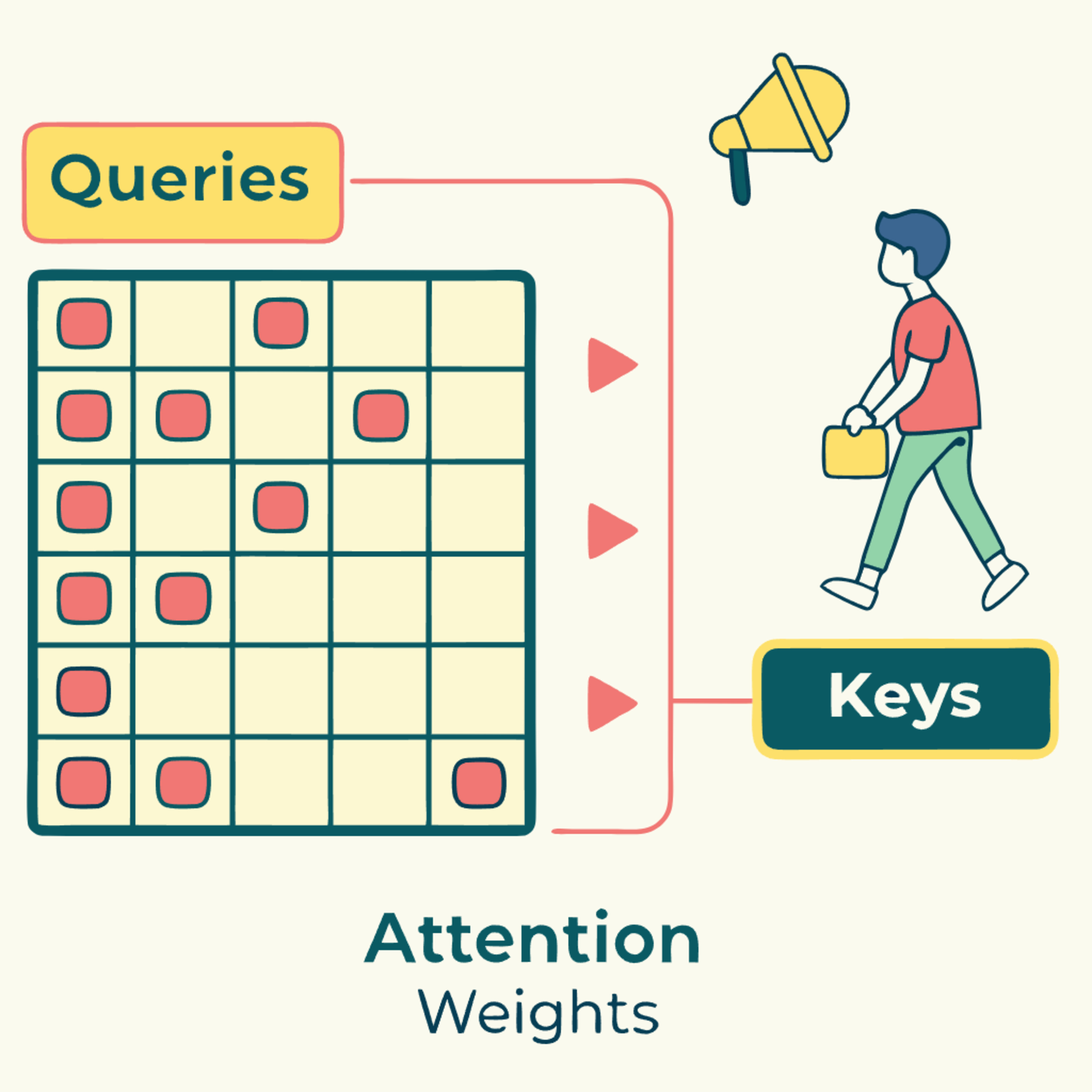 Rapid Synthesis: Delivered under 30 mins..ish, or it's on me!Sparse Attention Mechanisms OverviewCollectively explore the concept of sparse attention mechanisms in deep learning, primarily within the context of Transformer models. They explain how standard attention's quadratic computational and memory cost (O(n²)) limits handling long sequences and how sparse attention addresses this by only computing a subset of interactions. Various sparse patterns, such as local window, global, random, and hybrid, are discussed, along with specific models like Longformer, Reformer, and BigBird, which implement these techniques. The texts highlight the significant efficiency gains, enabling longer context windows for tasks in NLP, computer vision, speech recognition, and other domains, w...2025-06-1037 min
Rapid Synthesis: Delivered under 30 mins..ish, or it's on me!Sparse Attention Mechanisms OverviewCollectively explore the concept of sparse attention mechanisms in deep learning, primarily within the context of Transformer models. They explain how standard attention's quadratic computational and memory cost (O(n²)) limits handling long sequences and how sparse attention addresses this by only computing a subset of interactions. Various sparse patterns, such as local window, global, random, and hybrid, are discussed, along with specific models like Longformer, Reformer, and BigBird, which implement these techniques. The texts highlight the significant efficiency gains, enabling longer context windows for tasks in NLP, computer vision, speech recognition, and other domains, w...2025-06-1037 min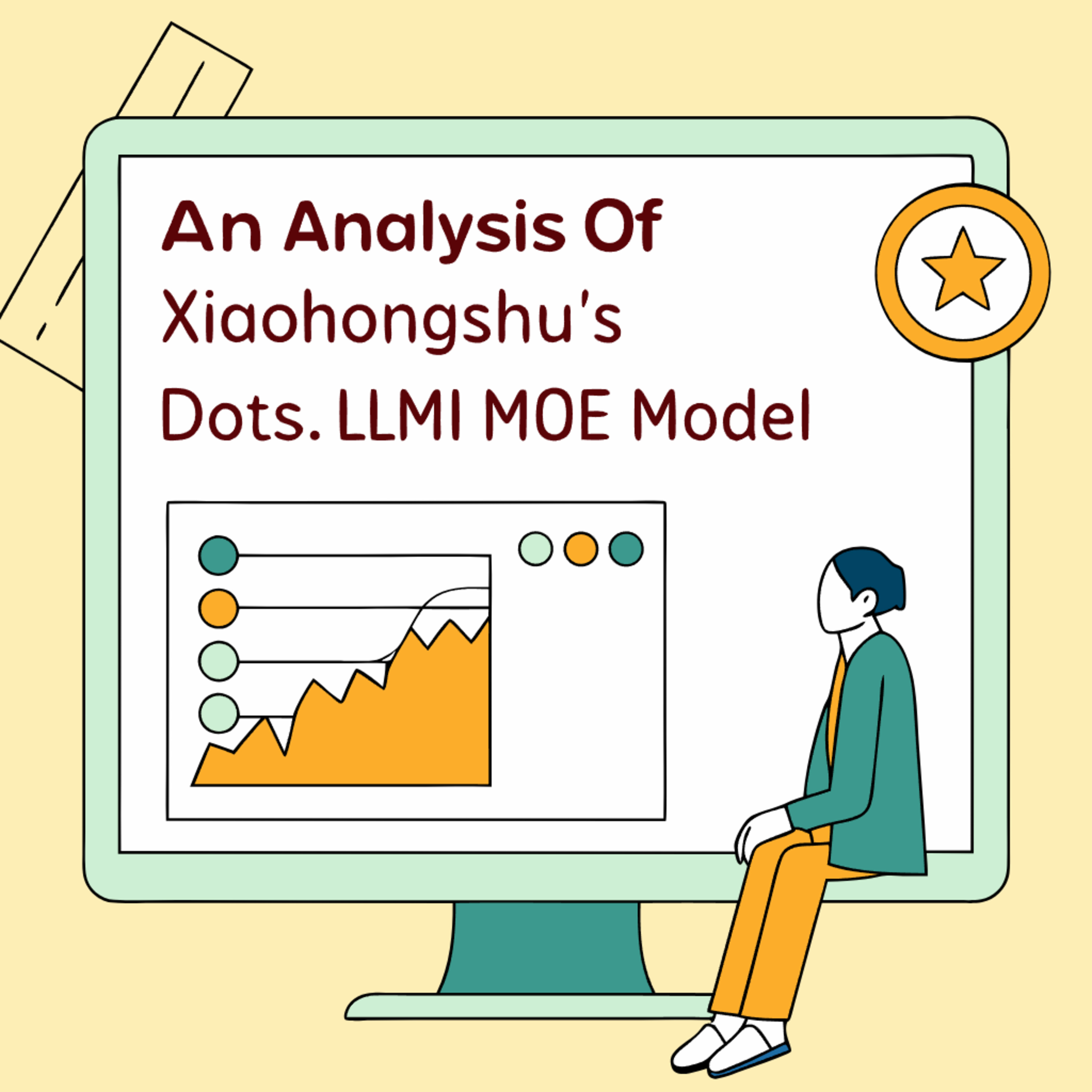 Rapid Synthesis: Delivered under 30 mins..ish, or it's on me!An Analysis of Xiaohongshu's dots.llm1 MoE ModelXiaohongshu's dots.llm1, a new open-source large language model utilizing a Mixture of Experts (MoE) architecture with 142 billion total parameters and 14 billion active parameters during inference. A key feature highlighted is its extensive pretraining on 11.2 trillion high-quality, non-synthetic tokens, alongside a 32K token context window. Released under the permissive MIT license, the model includes intermediate training checkpoints to support research. The text discusses the advantages and challenges of the MoE architecture compared to dense models and notes dots.llm1's strong performance, particularly in Chinese language tasks, positioning it competitively within the evolving global landscape...2025-06-1018 min
Rapid Synthesis: Delivered under 30 mins..ish, or it's on me!An Analysis of Xiaohongshu's dots.llm1 MoE ModelXiaohongshu's dots.llm1, a new open-source large language model utilizing a Mixture of Experts (MoE) architecture with 142 billion total parameters and 14 billion active parameters during inference. A key feature highlighted is its extensive pretraining on 11.2 trillion high-quality, non-synthetic tokens, alongside a 32K token context window. Released under the permissive MIT license, the model includes intermediate training checkpoints to support research. The text discusses the advantages and challenges of the MoE architecture compared to dense models and notes dots.llm1's strong performance, particularly in Chinese language tasks, positioning it competitively within the evolving global landscape...2025-06-1018 min Rapid Synthesis: Delivered under 30 mins..ish, or it's on me!Pwn2Own Berlin and the Rise of AI CybersecurityThe Pwn2Own Berlin 2025 hacking competition highlighted the evolving cybersecurity landscape by introducing a category specifically targeting Artificial Intelligence (AI) infrastructure, demonstrating that AI systems are becoming significant attack surfaces. While participants also discovered numerous zero-day vulnerabilities in traditional enterprise software, such as virtualization platforms and web browsers, the focus on AI underscored its increasing integration into critical systems and its dual role in both offensive and defensive cyber operations. The event revealed vulnerabilities in platforms like NVIDIA Triton and Chroma, prompting discussion on new vulnerability classes unique to AI and the ethical challenges of...2025-06-1028 min
Rapid Synthesis: Delivered under 30 mins..ish, or it's on me!Pwn2Own Berlin and the Rise of AI CybersecurityThe Pwn2Own Berlin 2025 hacking competition highlighted the evolving cybersecurity landscape by introducing a category specifically targeting Artificial Intelligence (AI) infrastructure, demonstrating that AI systems are becoming significant attack surfaces. While participants also discovered numerous zero-day vulnerabilities in traditional enterprise software, such as virtualization platforms and web browsers, the focus on AI underscored its increasing integration into critical systems and its dual role in both offensive and defensive cyber operations. The event revealed vulnerabilities in platforms like NVIDIA Triton and Chroma, prompting discussion on new vulnerability classes unique to AI and the ethical challenges of...2025-06-1028 min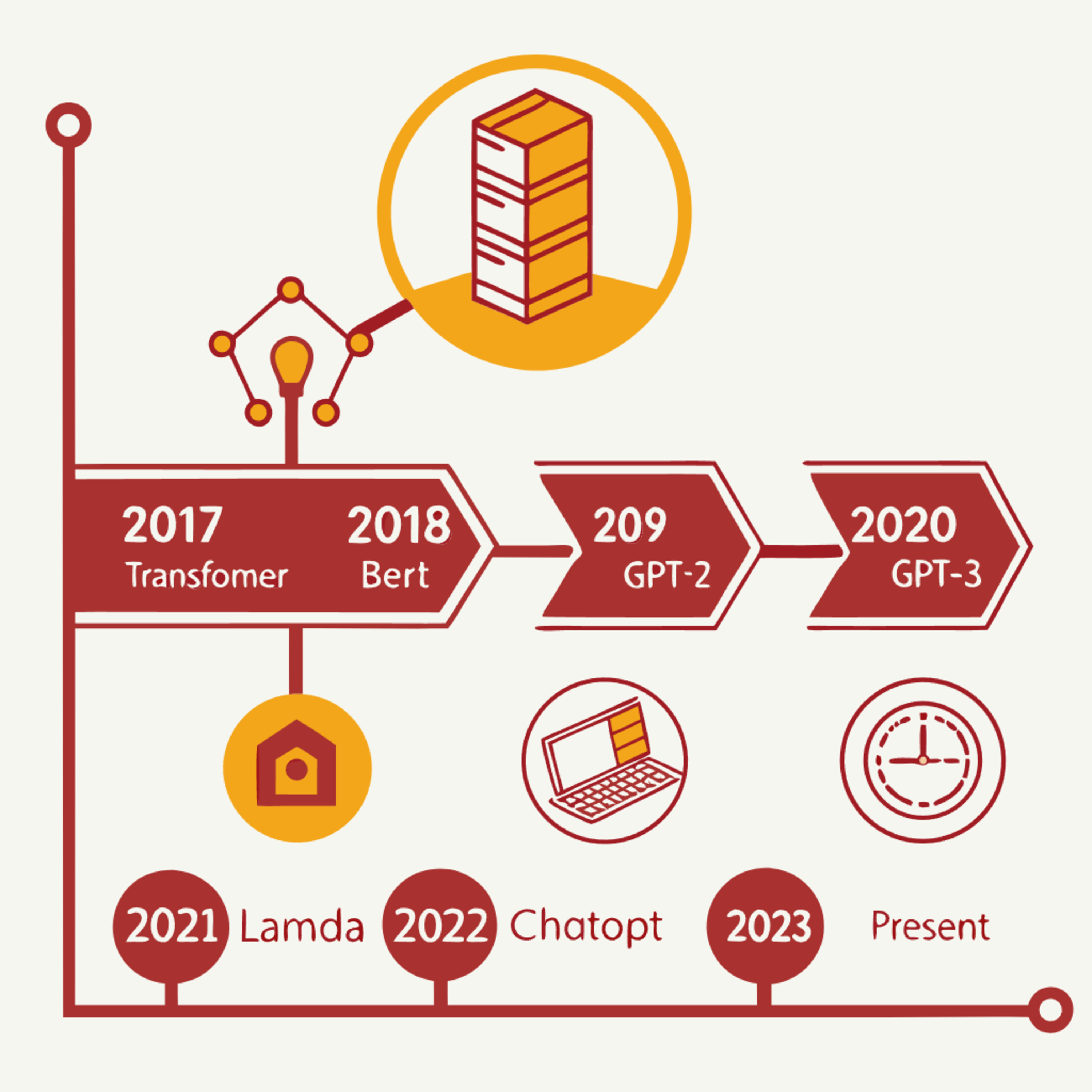 Rapid Synthesis: Delivered under 30 mins..ish, or it's on me!Evolution of Large Language Models (2017-Present)Track the significant evolution of Large Language Models (LLMs) from 2017, when the Transformer architecture revolutionized the field, enabling models to process language more effectively. Key milestones included BERT, known for its bidirectional understanding, and the GPT series, particularly GPT-3, which demonstrated groundbreaking few-shot learning capabilities driven by massive scale. The development landscape is characterized by advancements like Mixture of Experts (MoE) for efficiency and Reinforcement Learning from Human Feedback (RLHF) for alignment, alongside the rise of multimodality and powerful open-source models from major companies. Despite rapid progress, challenges remain, including high computational costs, model hallucinations...2025-06-1044 min
Rapid Synthesis: Delivered under 30 mins..ish, or it's on me!Evolution of Large Language Models (2017-Present)Track the significant evolution of Large Language Models (LLMs) from 2017, when the Transformer architecture revolutionized the field, enabling models to process language more effectively. Key milestones included BERT, known for its bidirectional understanding, and the GPT series, particularly GPT-3, which demonstrated groundbreaking few-shot learning capabilities driven by massive scale. The development landscape is characterized by advancements like Mixture of Experts (MoE) for efficiency and Reinforcement Learning from Human Feedback (RLHF) for alignment, alongside the rise of multimodality and powerful open-source models from major companies. Despite rapid progress, challenges remain, including high computational costs, model hallucinations...2025-06-1044 min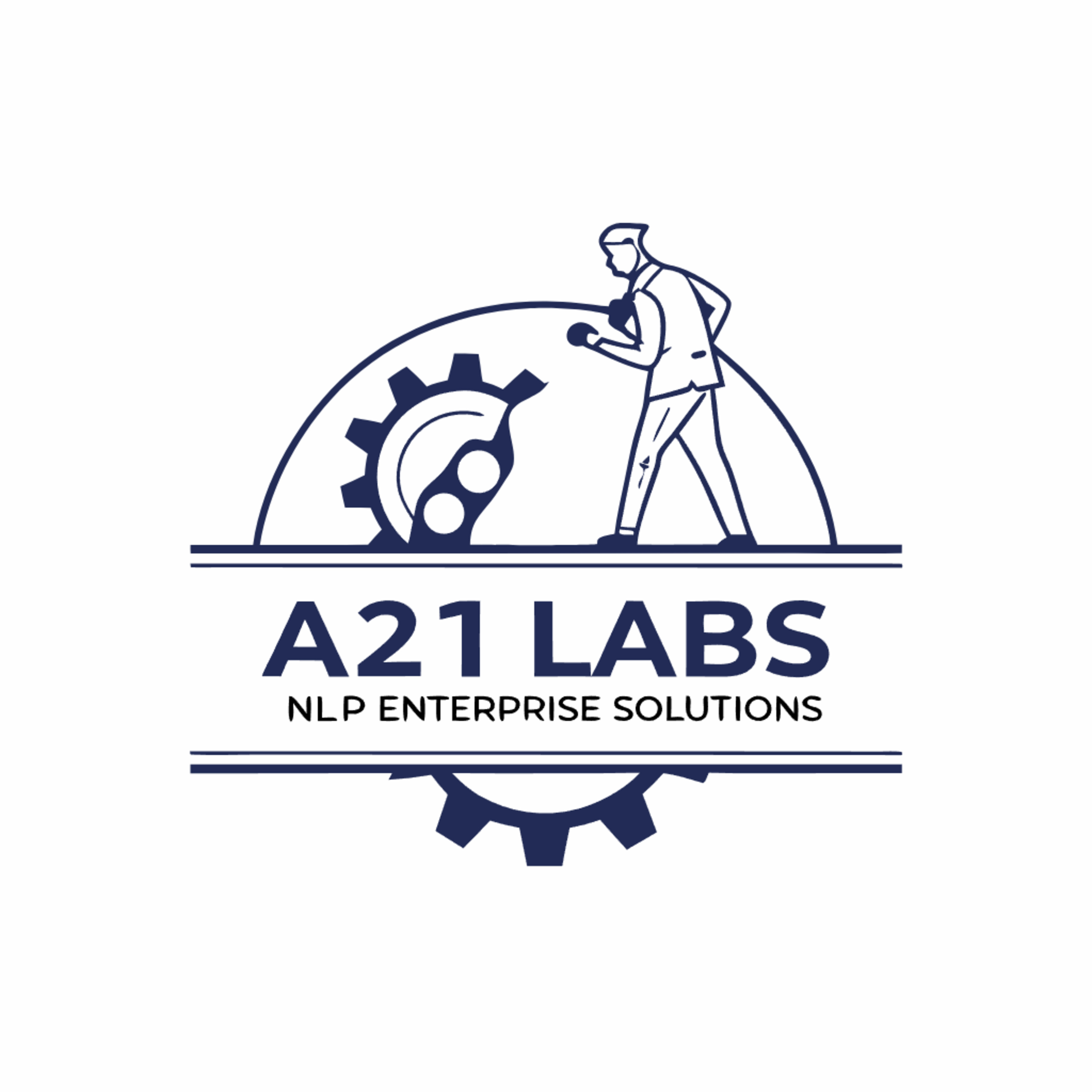 Rapid Synthesis: Delivered under 30 mins..ish, or it's on me!AI21 Labs: NLP Enterprise SolutionsOverview of AI21 Labs, an Israeli company specializing in Natural Language Processing (NLP), focusing on its journey from a consumer product to an enterprise-focused AI provider. It highlights the company's key technologies, including the innovative Jamba architecture designed for efficiency and long context understanding. The document examines AI21 Labs' product suite, such as the writing assistant Wordtune and the developer platform AI21 Studio, and explores their applications across diverse sectors. Furthermore, the report analyzes AI21 Labs' position in the competitive NLP landscape, details its numerous strategic partnerships, and discusses its approach to navigating the crucial...2025-06-1021 min
Rapid Synthesis: Delivered under 30 mins..ish, or it's on me!AI21 Labs: NLP Enterprise SolutionsOverview of AI21 Labs, an Israeli company specializing in Natural Language Processing (NLP), focusing on its journey from a consumer product to an enterprise-focused AI provider. It highlights the company's key technologies, including the innovative Jamba architecture designed for efficiency and long context understanding. The document examines AI21 Labs' product suite, such as the writing assistant Wordtune and the developer platform AI21 Studio, and explores their applications across diverse sectors. Furthermore, the report analyzes AI21 Labs' position in the competitive NLP landscape, details its numerous strategic partnerships, and discusses its approach to navigating the crucial...2025-06-1021 min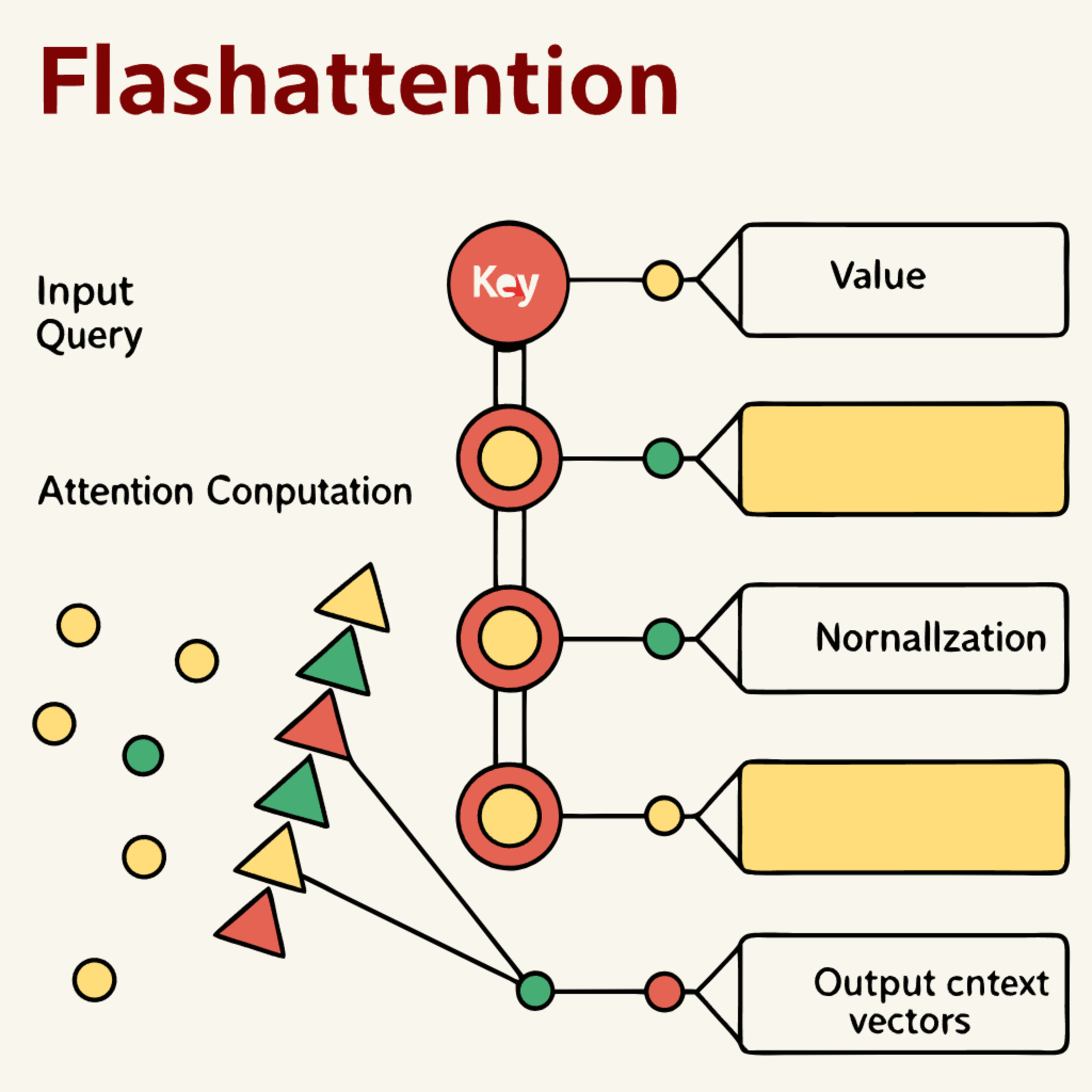 Rapid Synthesis: Delivered under 30 mins..ish, or it's on me!FlashAttention for Large Language ModelsDiscusses FlashAttention, an IO-aware algorithm designed to optimize the attention mechanism in Large Language Models (LLMs). It explains how standard attention suffers from quadratic complexity and becomes a memory bottleneck on GPUs due to excessive data transfers between slow HBM and fast SRAM.FlashAttention addresses this by employing techniques like tiling, kernel fusion, online softmax, and recomputation to significantly reduce memory usage (achieving linear scaling) and increase speed, enabling LLMs to handle much longer sequences. The text also covers the evolution through FlashAttention-2 and FlashAttention-3, which leverage enhanced parallelism and new hardware features, as well...2025-06-0922 min
Rapid Synthesis: Delivered under 30 mins..ish, or it's on me!FlashAttention for Large Language ModelsDiscusses FlashAttention, an IO-aware algorithm designed to optimize the attention mechanism in Large Language Models (LLMs). It explains how standard attention suffers from quadratic complexity and becomes a memory bottleneck on GPUs due to excessive data transfers between slow HBM and fast SRAM.FlashAttention addresses this by employing techniques like tiling, kernel fusion, online softmax, and recomputation to significantly reduce memory usage (achieving linear scaling) and increase speed, enabling LLMs to handle much longer sequences. The text also covers the evolution through FlashAttention-2 and FlashAttention-3, which leverage enhanced parallelism and new hardware features, as well...2025-06-0922 min Rapid Synthesis: Delivered under 30 mins..ish, or it's on me!AI Diplomacy: LLM Strategic Gameplay and AnalysisIntroduce the EveryInc/AI_Diplomacy project, an open-source initiative found on GitHub (source: https://github.com/EveryInc/AI_Diplomacy) that enhances the strategic game of Diplomacy with Large Language Model-powered AI agents. The project aims to evaluate and benchmark various AI models by having them compete in the game, simulating complex negotiations, strategic decision-making, and even deception. The GitHub repository details the technical implementation, including the architecture of stateful agents, memory systems, prompt construction, and analysis tools, while the accompanying article highlights the insights gained from pitting top AI models against each other and emphasizes...2025-06-0942 min
Rapid Synthesis: Delivered under 30 mins..ish, or it's on me!AI Diplomacy: LLM Strategic Gameplay and AnalysisIntroduce the EveryInc/AI_Diplomacy project, an open-source initiative found on GitHub (source: https://github.com/EveryInc/AI_Diplomacy) that enhances the strategic game of Diplomacy with Large Language Model-powered AI agents. The project aims to evaluate and benchmark various AI models by having them compete in the game, simulating complex negotiations, strategic decision-making, and even deception. The GitHub repository details the technical implementation, including the architecture of stateful agents, memory systems, prompt construction, and analysis tools, while the accompanying article highlights the insights gained from pitting top AI models against each other and emphasizes...2025-06-0942 min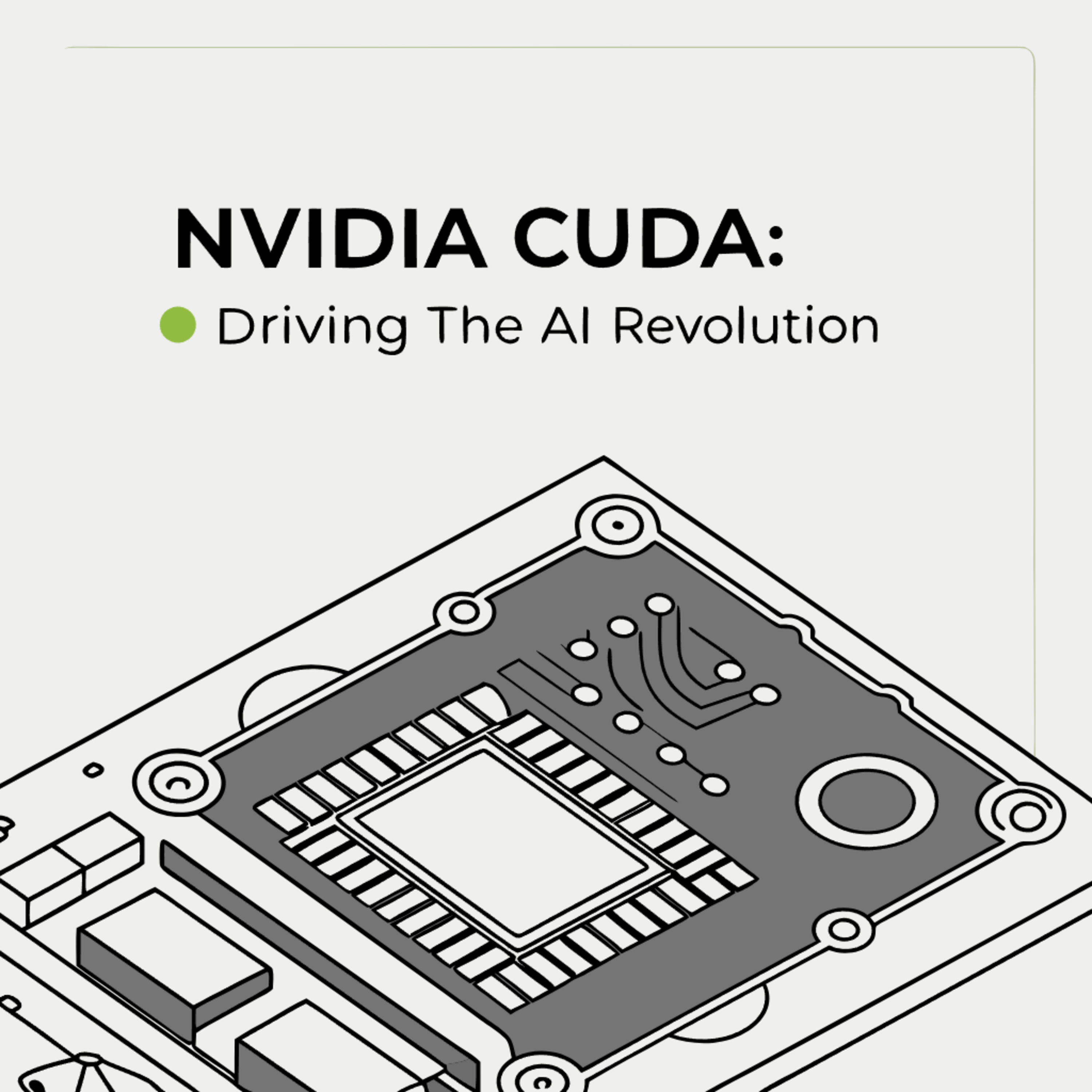 Rapid Synthesis: Delivered under 30 mins..ish, or it's on me!NVIDIA CUDA: Driving the AI RevolutionExamines NVIDIA's Compute Unified Device Architecture (CUDA), highlighting its fundamental role in powering modern artificial intelligence advancements. It explains how CUDA leverages the parallel architecture of GPUs to significantly accelerate computationally intensive deep learning tasks compared to CPUs. The document also describes the expansive CUDA ecosystem, including essential libraries like cuDNN and TensorRT, demonstrates CUDA's performance superiority through comparisons and benchmarks, and discusses its expanding application areas, particularly in edge computing. Finally, it compares CUDA to alternative platforms like OpenCL, addressing challenges such as vendor lock-in and programming complexity, and outlines recent technological...2025-06-0937 min
Rapid Synthesis: Delivered under 30 mins..ish, or it's on me!NVIDIA CUDA: Driving the AI RevolutionExamines NVIDIA's Compute Unified Device Architecture (CUDA), highlighting its fundamental role in powering modern artificial intelligence advancements. It explains how CUDA leverages the parallel architecture of GPUs to significantly accelerate computationally intensive deep learning tasks compared to CPUs. The document also describes the expansive CUDA ecosystem, including essential libraries like cuDNN and TensorRT, demonstrates CUDA's performance superiority through comparisons and benchmarks, and discusses its expanding application areas, particularly in edge computing. Finally, it compares CUDA to alternative platforms like OpenCL, addressing challenges such as vendor lock-in and programming complexity, and outlines recent technological...2025-06-0937 min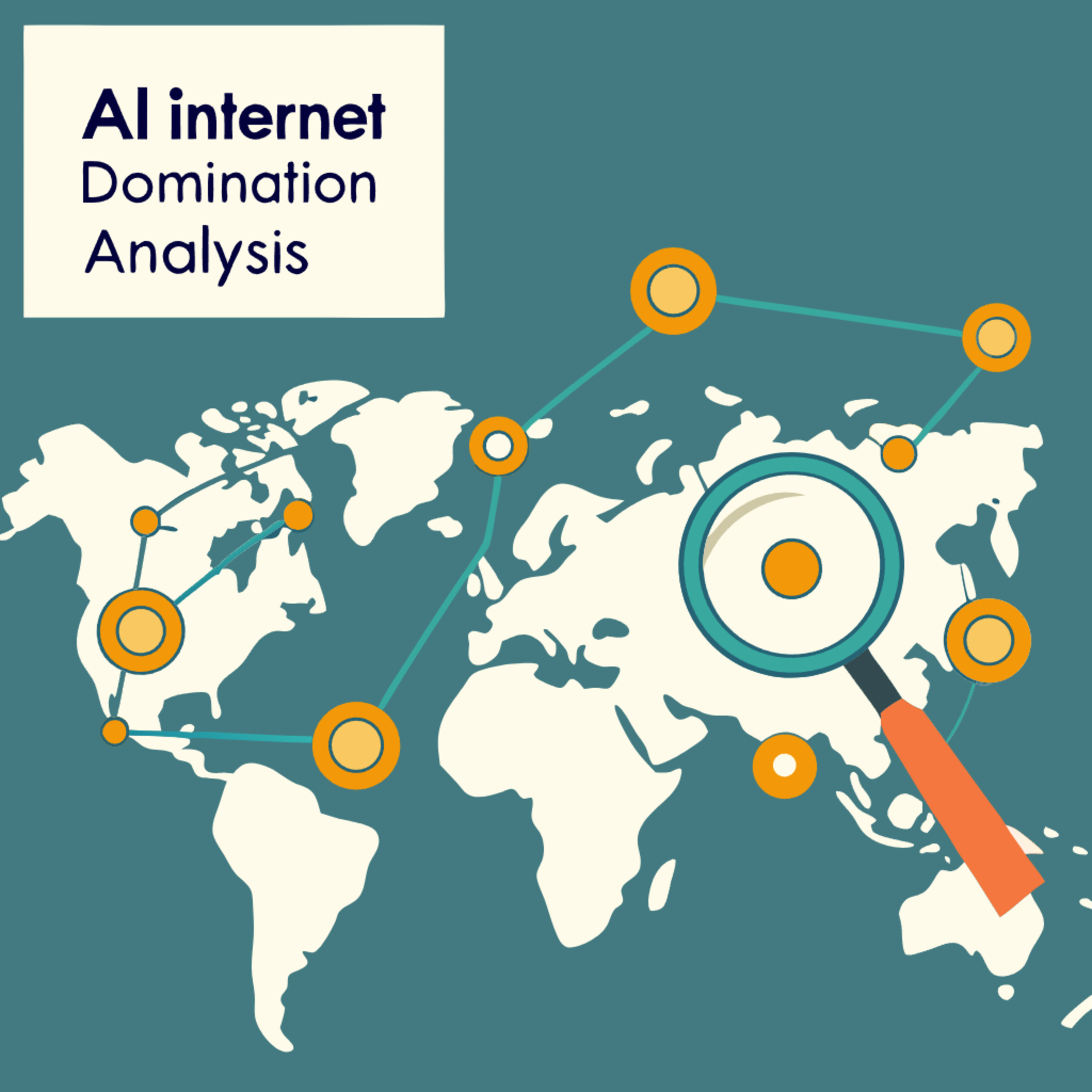 Rapid Synthesis: Delivered under 30 mins..ish, or it's on me!AI's Internet Domination AnalysisExamines the profound transformation of the internet driven by Artificial Intelligence (AI). It explores the historical development and convergence of the internet and AI, detailing how AI is reshaping internet applications like search engines and social media, and the significant demands AI places on underlying infrastructure. The report also addresses the critical ethical, privacy, and security challenges posed by this integration, including bias, surveillance, and misinformation, while considering the future trajectory towards semantic web technologies and autonomous systems. Finally, it emphasizes the importance of regulation, digital literacy, and international collaboration for navigating this complex transition...2025-06-0936 min
Rapid Synthesis: Delivered under 30 mins..ish, or it's on me!AI's Internet Domination AnalysisExamines the profound transformation of the internet driven by Artificial Intelligence (AI). It explores the historical development and convergence of the internet and AI, detailing how AI is reshaping internet applications like search engines and social media, and the significant demands AI places on underlying infrastructure. The report also addresses the critical ethical, privacy, and security challenges posed by this integration, including bias, surveillance, and misinformation, while considering the future trajectory towards semantic web technologies and autonomous systems. Finally, it emphasizes the importance of regulation, digital literacy, and international collaboration for navigating this complex transition...2025-06-0936 min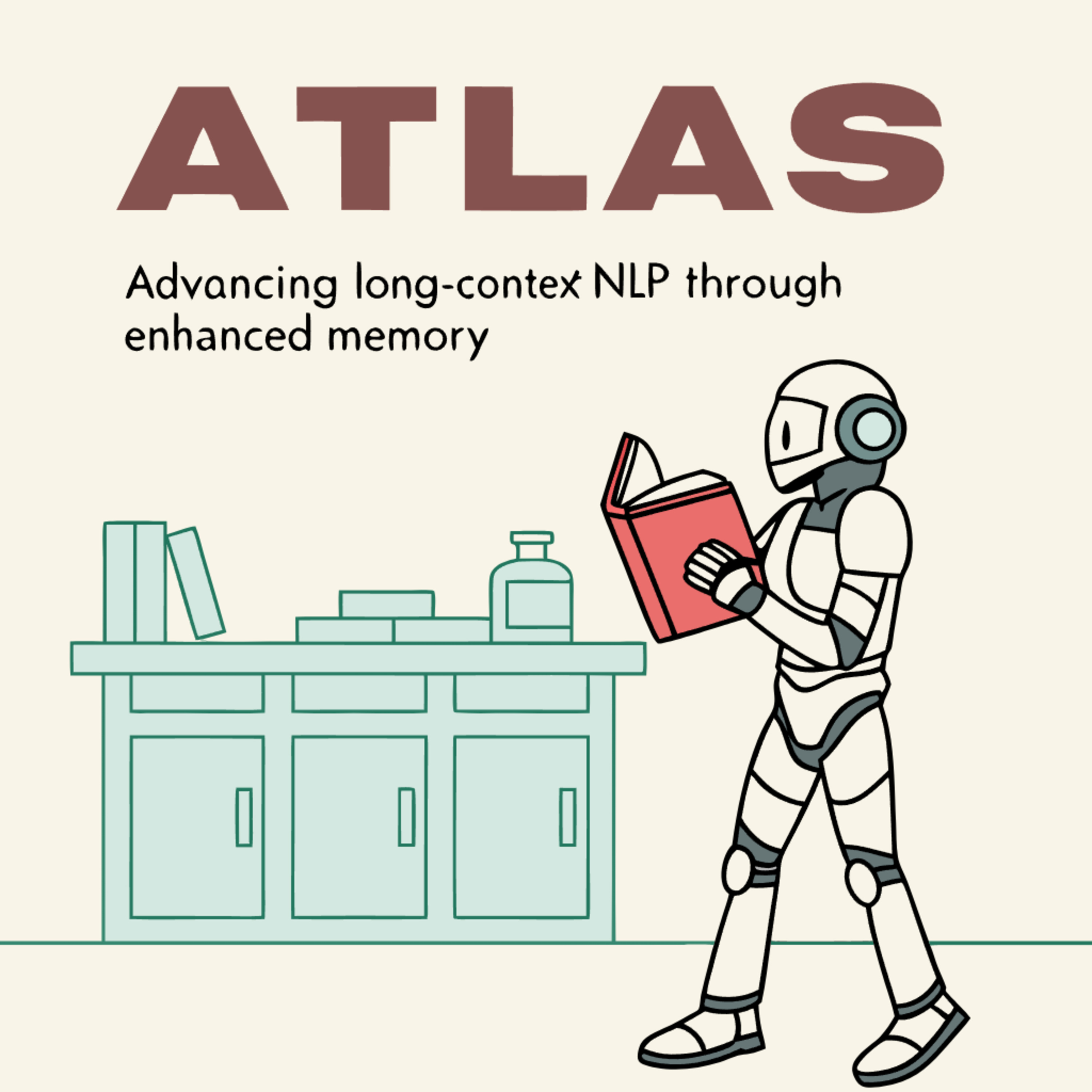 Rapid Synthesis: Delivered under 30 mins..ish, or it's on me!Atlas: Advancing Long-Context NLP Through Enhanced MemorySource : https://arxiv.org/abs/2505.23735Examines Google Research's "Atlas" paper, which addresses the limitations of current language models in handling very long contexts. The paper introduces innovations like the Omega rule for contextual memory updates, higher-order kernels to boost memory capacity, and the Muon optimizer for enhanced memory management. It proposes DEEPTRANSFORMERS as a generalization of existing Transformer architectures by adding deep memory. Atlas shows promise in tasks requiring extensive recall and ultra-long context reasoning, outperforming some baselines and highlighting the importance of explicit, learnable memory systems for future NLP progress.2025-06-0521 min
Rapid Synthesis: Delivered under 30 mins..ish, or it's on me!Atlas: Advancing Long-Context NLP Through Enhanced MemorySource : https://arxiv.org/abs/2505.23735Examines Google Research's "Atlas" paper, which addresses the limitations of current language models in handling very long contexts. The paper introduces innovations like the Omega rule for contextual memory updates, higher-order kernels to boost memory capacity, and the Muon optimizer for enhanced memory management. It proposes DEEPTRANSFORMERS as a generalization of existing Transformer architectures by adding deep memory. Atlas shows promise in tasks requiring extensive recall and ultra-long context reasoning, outperforming some baselines and highlighting the importance of explicit, learnable memory systems for future NLP progress.2025-06-0521 min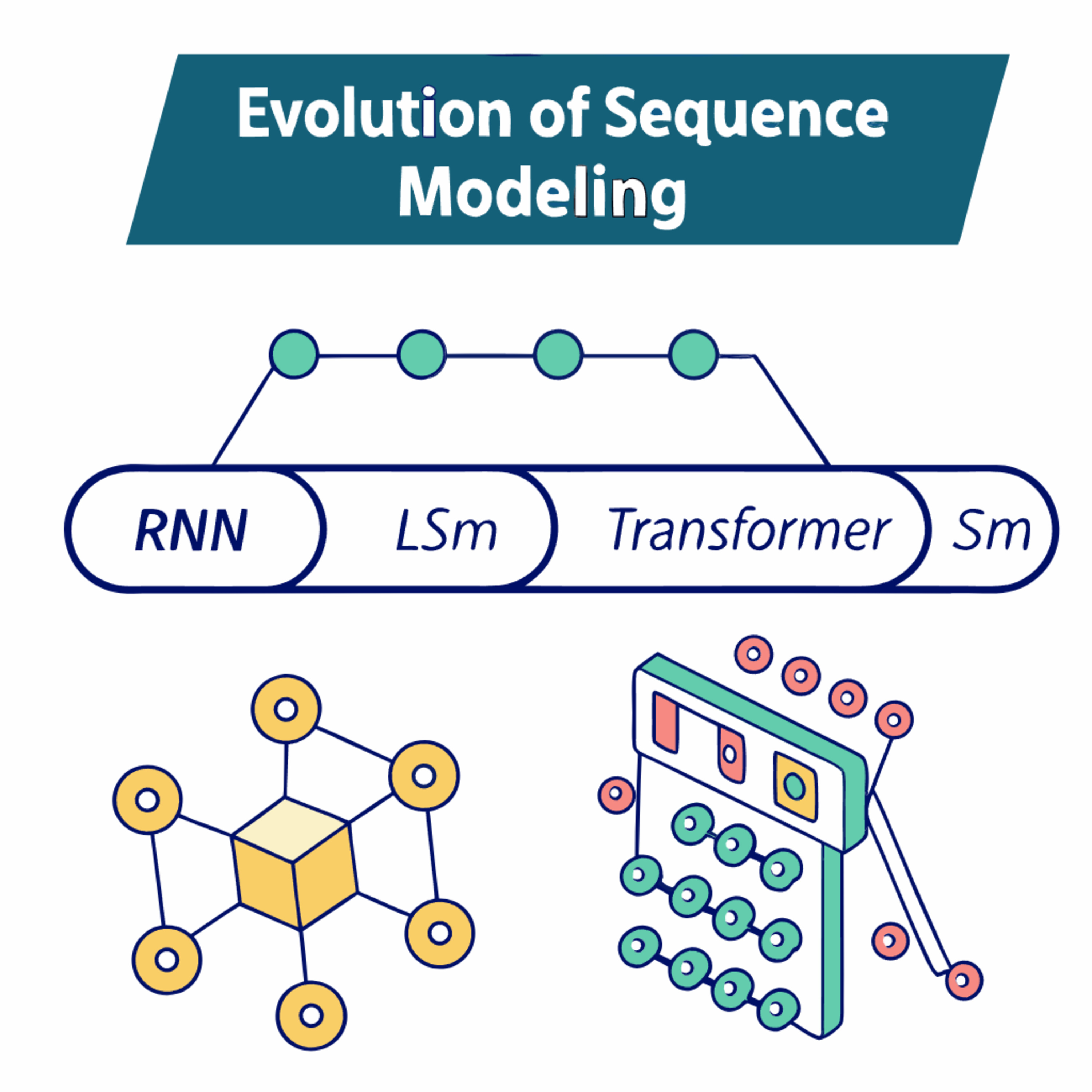 Rapid Synthesis: Delivered under 30 mins..ish, or it's on me!Evolution of Sequence Modeling: Transformers and BeyondExamines the evolution of sequence modeling, focusing on the impact, advantages, and disadvantages of the Transformer architecture. It contrasts Transformers with earlier models like Recurrent Neural Networks (RNNs) and their variants (LSTMs, GRUs), highlighting the Transformer's key innovation of self-attention which enables superior handling of long-range dependencies and parallel processing. Crucially, the report identifies the Transformer's quadratic complexity for long sequences as its main limitation, driving the development of more efficient alternatives like State Space Models (SSMs) such as Mamba and modern RNNs like RWKV and RetNet. It also explores hybrid architectures that combine elements...2025-06-0526 min
Rapid Synthesis: Delivered under 30 mins..ish, or it's on me!Evolution of Sequence Modeling: Transformers and BeyondExamines the evolution of sequence modeling, focusing on the impact, advantages, and disadvantages of the Transformer architecture. It contrasts Transformers with earlier models like Recurrent Neural Networks (RNNs) and their variants (LSTMs, GRUs), highlighting the Transformer's key innovation of self-attention which enables superior handling of long-range dependencies and parallel processing. Crucially, the report identifies the Transformer's quadratic complexity for long sequences as its main limitation, driving the development of more efficient alternatives like State Space Models (SSMs) such as Mamba and modern RNNs like RWKV and RetNet. It also explores hybrid architectures that combine elements...2025-06-0526 min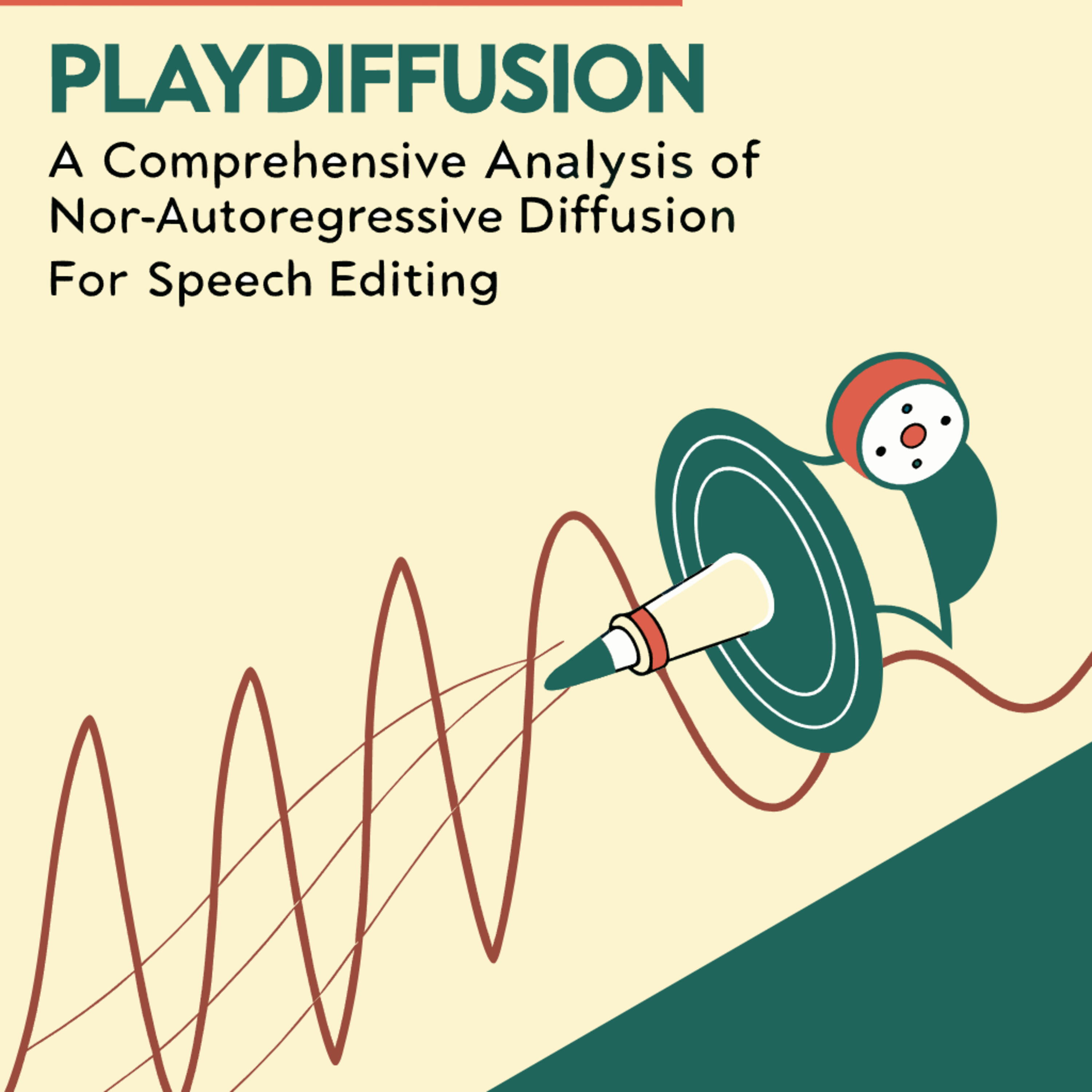 Rapid Synthesis: Delivered under 30 mins..ish, or it's on me!PlayDiffusion: Non-Autoregressive Diffusion for Speech EditingDescribes PlayDiffusion, an open-source non-autoregressive (NAR) diffusion model engineered for speech editing, specifically tasks like inpainting (filling gaps) and word replacement. Unlike traditional autoregressive (AR) models that regenerate entire sequences, PlayDiffusion employs a discrete diffusion process with iterative refinement of masked audio tokens and non-causal attention to efficiently make localized edits while preserving the surrounding context and speaker consistency. This approach aims for seamless, high-quality edits and can also function as a fast NAR Text-to-Speech (TTS) system. While promising for applications in audio production, accessibility, and interactive systems, challenges include computational cost, handling...2025-06-0528 min
Rapid Synthesis: Delivered under 30 mins..ish, or it's on me!PlayDiffusion: Non-Autoregressive Diffusion for Speech EditingDescribes PlayDiffusion, an open-source non-autoregressive (NAR) diffusion model engineered for speech editing, specifically tasks like inpainting (filling gaps) and word replacement. Unlike traditional autoregressive (AR) models that regenerate entire sequences, PlayDiffusion employs a discrete diffusion process with iterative refinement of masked audio tokens and non-causal attention to efficiently make localized edits while preserving the surrounding context and speaker consistency. This approach aims for seamless, high-quality edits and can also function as a fast NAR Text-to-Speech (TTS) system. While promising for applications in audio production, accessibility, and interactive systems, challenges include computational cost, handling...2025-06-0528 min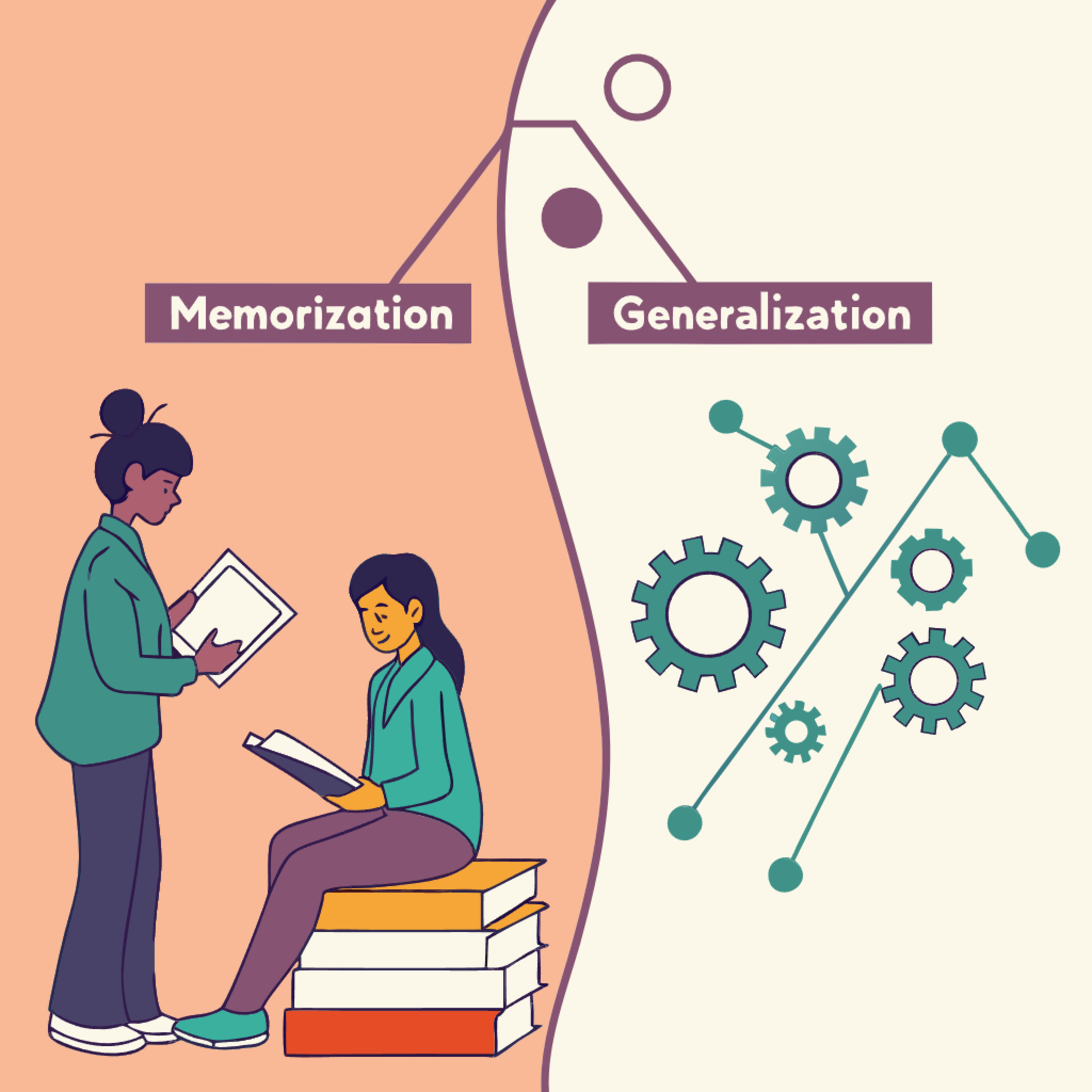 Rapid Synthesis: Delivered under 30 mins..ish, or it's on me!Analyzing LLM Memorization and Generalization QuantitativelySource : https://arxiv.org/abs/2505.24832This research paper, "How much do language models memorize?" by Morris et al. (2025), introduces a novel method to estimate the extent of information a model retains about specific data points. The authors formally distinguish between "unintended memorization" (information about a specific dataset) and "generalization" (information about the true data-generation process). By focusing on unintended memorization, they estimate the capacity of language models, finding that models in the GPT family have an approximate capacity of 3.6 bits-per-parameter. 2025-06-0556 min
Rapid Synthesis: Delivered under 30 mins..ish, or it's on me!Analyzing LLM Memorization and Generalization QuantitativelySource : https://arxiv.org/abs/2505.24832This research paper, "How much do language models memorize?" by Morris et al. (2025), introduces a novel method to estimate the extent of information a model retains about specific data points. The authors formally distinguish between "unintended memorization" (information about a specific dataset) and "generalization" (information about the true data-generation process). By focusing on unintended memorization, they estimate the capacity of language models, finding that models in the GPT family have an approximate capacity of 3.6 bits-per-parameter. 2025-06-0556 min Rapid Synthesis: Delivered under 30 mins..ish, or it's on me!YOLO Object Detection Overview and EvolutionExplain the evolution of the YOLO (You Only Look Once) object detection framework, detailing its core concept of single-pass processing for speed and efficiency. They cover key architectural components like the backbone, neck, and head, the use of anchor boxes (in many versions), and the structure of its output tensor. The text also compares YOLO's speed and accuracy to other methods like SSD and Faster R-CNN, outlines common challenges in implementation (such as small object detection and dataset imbalance), and discusses practical applications across various fields and future trends in AI vision.2025-05-2952 min
Rapid Synthesis: Delivered under 30 mins..ish, or it's on me!YOLO Object Detection Overview and EvolutionExplain the evolution of the YOLO (You Only Look Once) object detection framework, detailing its core concept of single-pass processing for speed and efficiency. They cover key architectural components like the backbone, neck, and head, the use of anchor boxes (in many versions), and the structure of its output tensor. The text also compares YOLO's speed and accuracy to other methods like SSD and Faster R-CNN, outlines common challenges in implementation (such as small object detection and dataset imbalance), and discusses practical applications across various fields and future trends in AI vision.2025-05-2952 min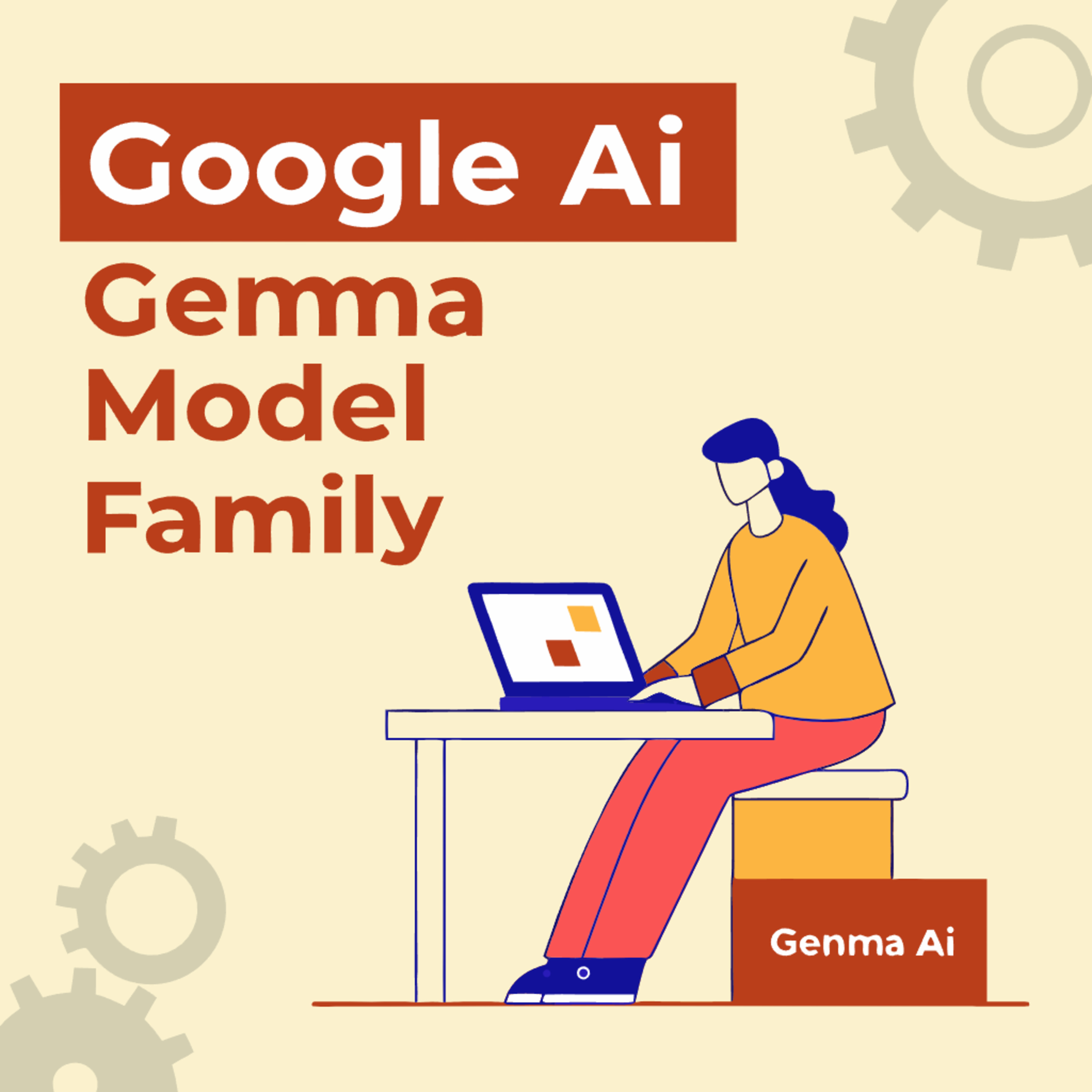 Rapid Synthesis: Delivered under 30 mins..ish, or it's on me!Google AI Gemma Model Family OverviewDescribe Google's Gemma model family, a series of open-weight artificial intelligence models designed for accessibility and innovation. Tracing their lineage back to the sophisticated Gemini program, the text outlines the evolution from initial text-based models to more advanced, efficient, and specialized variants like those for vision (PaliGemma), safety (ShieldGemma), medicine (MedGemma), and coding (CodeGemma). It highlights technological advancements like multimodality, expanded context windows, and efficiency innovations such as Quantization-Aware Training (QAT) and mobile-first architectures (Gemma 3n). The diverse applications and technical specifications underscore Google's strategic aim to cultivate a broad AI ecosystem and establish a...2025-05-2927 min
Rapid Synthesis: Delivered under 30 mins..ish, or it's on me!Google AI Gemma Model Family OverviewDescribe Google's Gemma model family, a series of open-weight artificial intelligence models designed for accessibility and innovation. Tracing their lineage back to the sophisticated Gemini program, the text outlines the evolution from initial text-based models to more advanced, efficient, and specialized variants like those for vision (PaliGemma), safety (ShieldGemma), medicine (MedGemma), and coding (CodeGemma). It highlights technological advancements like multimodality, expanded context windows, and efficiency innovations such as Quantization-Aware Training (QAT) and mobile-first architectures (Gemma 3n). The diverse applications and technical specifications underscore Google's strategic aim to cultivate a broad AI ecosystem and establish a...2025-05-2927 min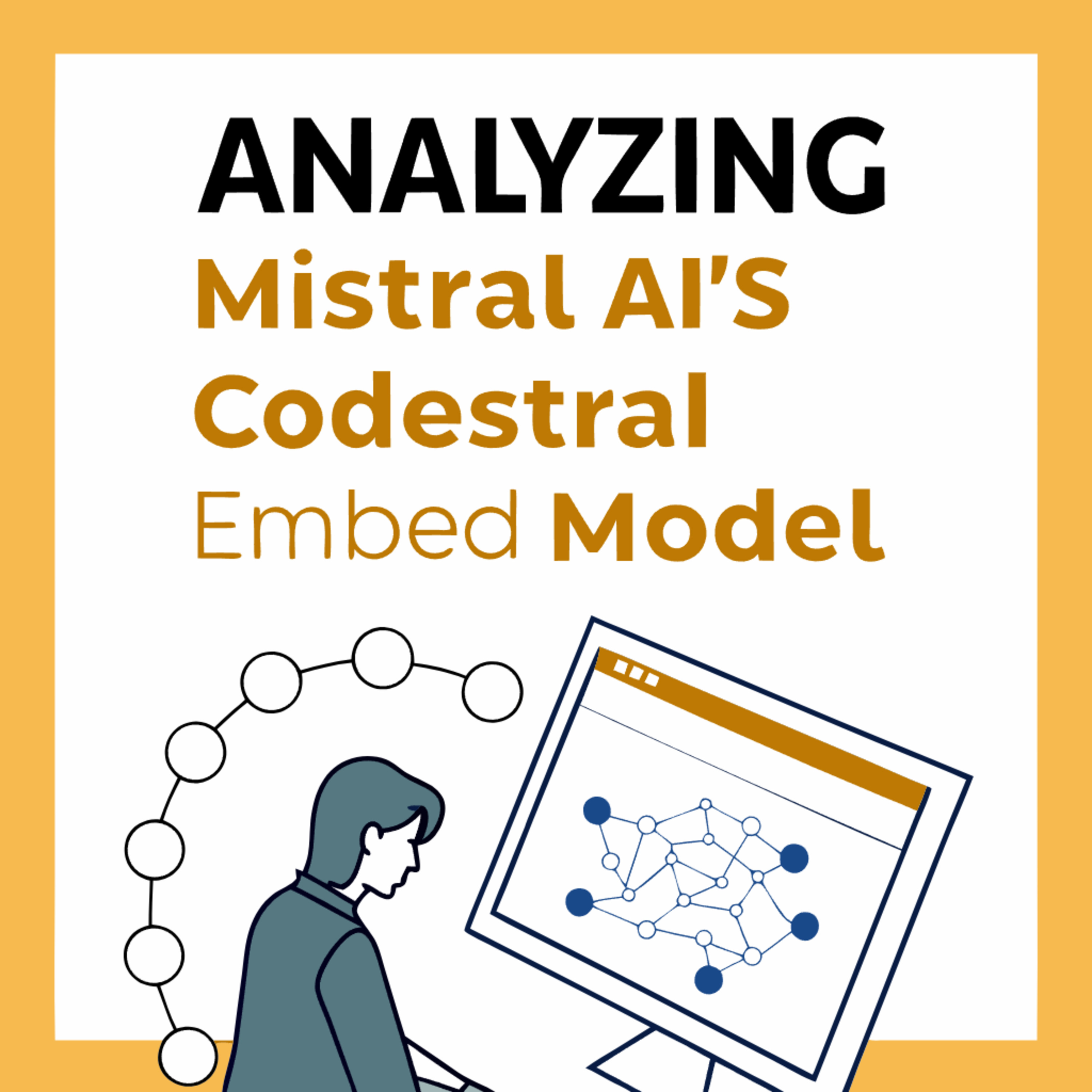 Rapid Synthesis: Delivered under 30 mins..ish, or it's on me!Analyzing Mistral AI's Codestral Embed ModelIntroduces Mistral AI's Codestral Embed, a new embedding model specifically designed for code, aiming to address the limitations of general text embedders in understanding programming languages. A key feature is its use of Matryoshka Representation Learning, allowing for flexible embeddings up to 3072 dimensions that can be efficiently truncated. The document highlights the model's ability to offer high performance with compact int8 precision embeddings at 256 dimensions, claiming superiority over larger competitors and discussing the benefits of such efficiency for storage and speed. The source also explores the model's expected applications in Retrieval-Augmented Generation (RAG) for coding assistants and...2025-05-2926 min
Rapid Synthesis: Delivered under 30 mins..ish, or it's on me!Analyzing Mistral AI's Codestral Embed ModelIntroduces Mistral AI's Codestral Embed, a new embedding model specifically designed for code, aiming to address the limitations of general text embedders in understanding programming languages. A key feature is its use of Matryoshka Representation Learning, allowing for flexible embeddings up to 3072 dimensions that can be efficiently truncated. The document highlights the model's ability to offer high performance with compact int8 precision embeddings at 256 dimensions, claiming superiority over larger competitors and discussing the benefits of such efficiency for storage and speed. The source also explores the model's expected applications in Retrieval-Augmented Generation (RAG) for coding assistants and...2025-05-2926 min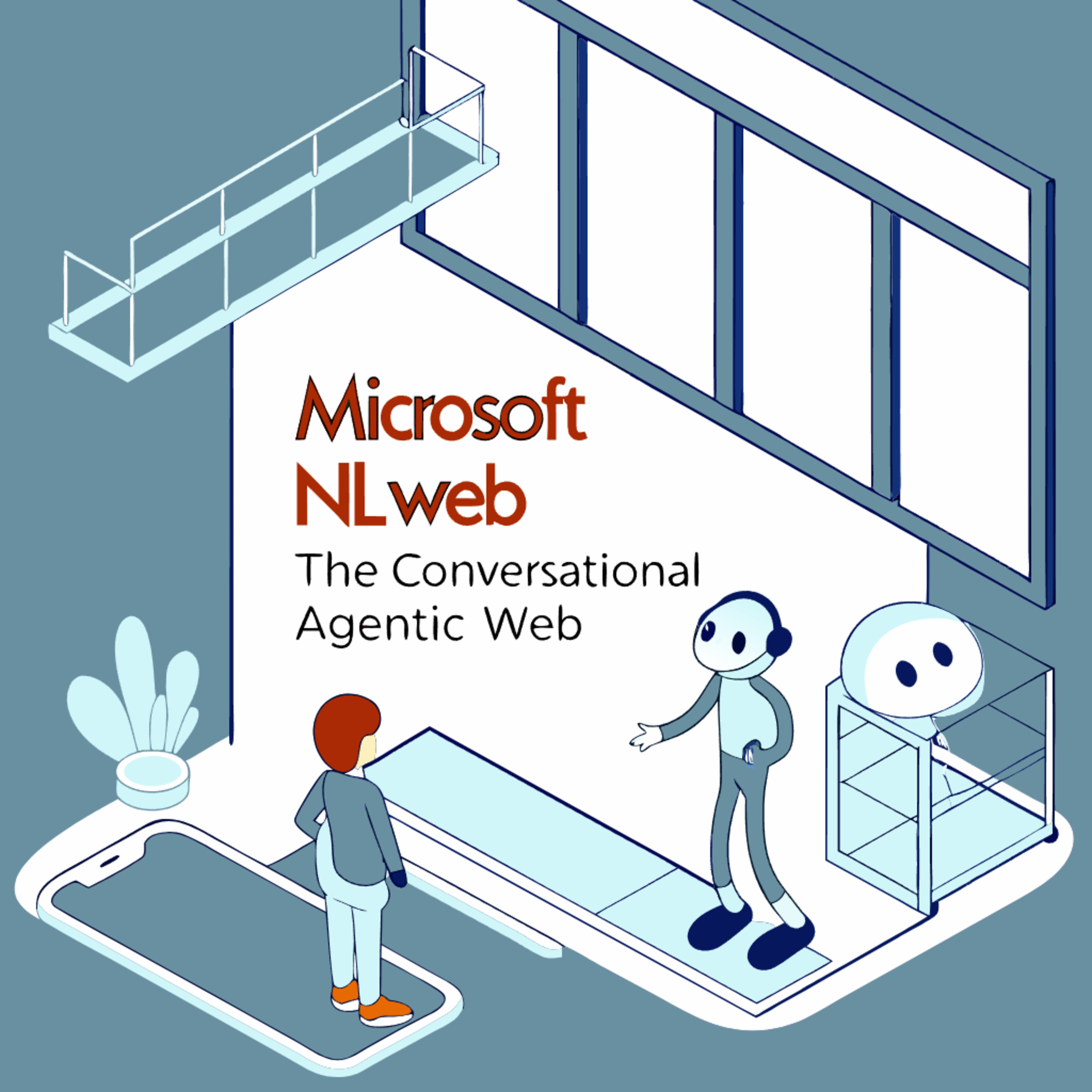 Rapid Synthesis: Delivered under 30 mins..ish, or it's on me!Microsoft NLWeb: The Conversational Agentic WebOverview of Microsoft's NLWeb initiative, an open-source project aiming to integrate conversational AI directly into websites using existing data like Schema.org. NLWeb is positioned as a foundational technology for an "agentic web", enabling sites to become standardized endpoints accessible by AI agents via the Model Context Protocol (MCP). While promising enhanced user experience and accessibility, the initiative faces challenges regarding technical implementation, privacy, security, and ethical considerations. Early adoption shows potential for customer engagement and streamlined information access across various industries, though its long-term impact on web centralization versus decentralization is a key debate.2025-05-2544 min
Rapid Synthesis: Delivered under 30 mins..ish, or it's on me!Microsoft NLWeb: The Conversational Agentic WebOverview of Microsoft's NLWeb initiative, an open-source project aiming to integrate conversational AI directly into websites using existing data like Schema.org. NLWeb is positioned as a foundational technology for an "agentic web", enabling sites to become standardized endpoints accessible by AI agents via the Model Context Protocol (MCP). While promising enhanced user experience and accessibility, the initiative faces challenges regarding technical implementation, privacy, security, and ethical considerations. Early adoption shows potential for customer engagement and streamlined information access across various industries, though its long-term impact on web centralization versus decentralization is a key debate.2025-05-2544 min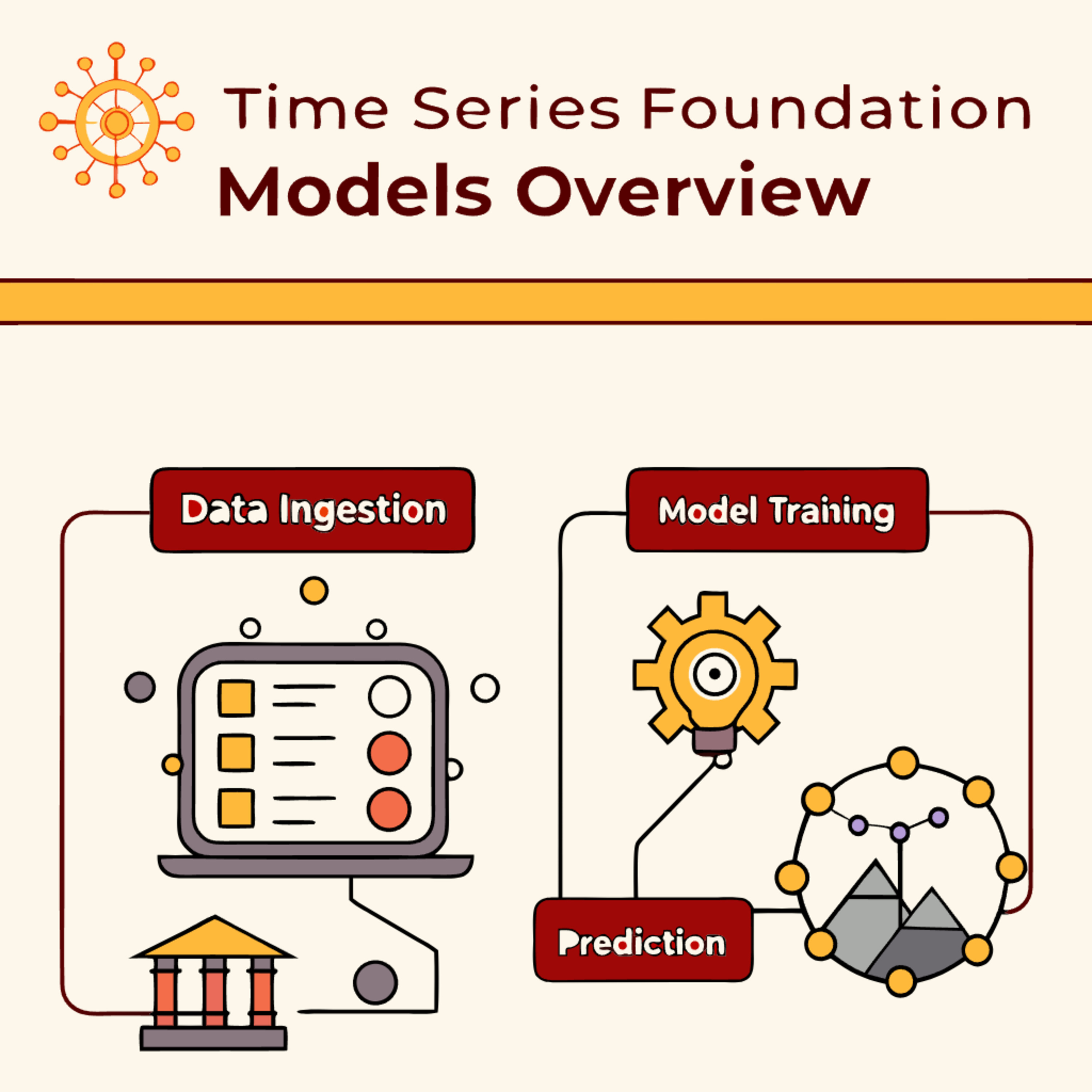 Rapid Synthesis: Delivered under 30 mins..ish, or it's on me!Time Series Foundation Models (TSFM) OverviewComprehensively overview Time Series Foundation Models (TSFMs), defining them as AI models pre-trained on vast time series data to learn generalized patterns for accurate forecasting and analysis on new data with minimal additional training. They explore TSFM architectures, highlighting the dominance of Transformer-based models often using patching techniques, while also presenting efficient MLP-based alternatives. The text discusses training methodologies, emphasizing the requirement for massive, diverse datasets and sophisticated pre-processing and tokenization, alongside the practical benefits of zero-shot and few-shot learning capabilities. A significant portion is dedicated to a comparative analysis of TSFMs versus traditional forecasting methods, illustrating...2025-05-241h 11
Rapid Synthesis: Delivered under 30 mins..ish, or it's on me!Time Series Foundation Models (TSFM) OverviewComprehensively overview Time Series Foundation Models (TSFMs), defining them as AI models pre-trained on vast time series data to learn generalized patterns for accurate forecasting and analysis on new data with minimal additional training. They explore TSFM architectures, highlighting the dominance of Transformer-based models often using patching techniques, while also presenting efficient MLP-based alternatives. The text discusses training methodologies, emphasizing the requirement for massive, diverse datasets and sophisticated pre-processing and tokenization, alongside the practical benefits of zero-shot and few-shot learning capabilities. A significant portion is dedicated to a comparative analysis of TSFMs versus traditional forecasting methods, illustrating...2025-05-241h 11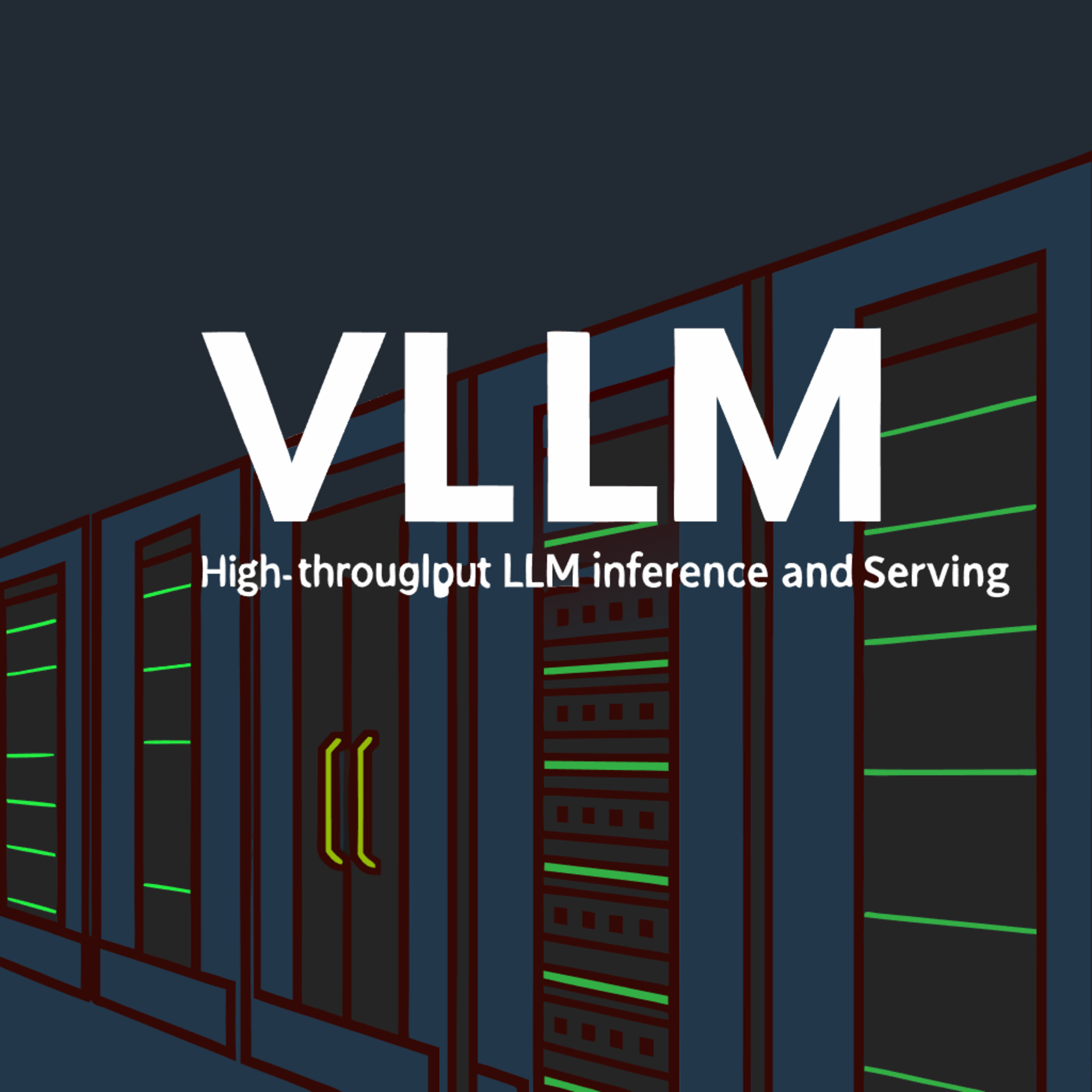 Rapid Synthesis: Delivered under 30 mins..ish, or it's on me!VLLM: High-Throughput LLM Inference and ServingIntroduce and detail vLLM, a prominent open-source library designed for high-throughput and memory-efficient Large Language Model (LLM) inference. They explain its core innovations like PagedAttention and continuous batching, highlighting how these techniques revolutionize memory management and significantly boost performance compared to traditional systems. The text also outlines vLLM's architecture, including the recent V1 upgrades, its extensive features and capabilities (covering performance, memory, flexibility, and scalability), and its strong integration with MLOps workflows and various real-world applications across NLP, computer vision, and RL. Finally, the sources discuss comparisons with other serving frameworks, vLLM's robust development community...2025-05-2256 min
Rapid Synthesis: Delivered under 30 mins..ish, or it's on me!VLLM: High-Throughput LLM Inference and ServingIntroduce and detail vLLM, a prominent open-source library designed for high-throughput and memory-efficient Large Language Model (LLM) inference. They explain its core innovations like PagedAttention and continuous batching, highlighting how these techniques revolutionize memory management and significantly boost performance compared to traditional systems. The text also outlines vLLM's architecture, including the recent V1 upgrades, its extensive features and capabilities (covering performance, memory, flexibility, and scalability), and its strong integration with MLOps workflows and various real-world applications across NLP, computer vision, and RL. Finally, the sources discuss comparisons with other serving frameworks, vLLM's robust development community...2025-05-2256 min Rapid Synthesis: Delivered under 30 mins..ish, or it's on me!The Agentic Web: Microsoft's Transformative FrontierEmergence of the Agentic Web, a new phase of the internet where autonomous AI agents can make decisions and perform complex tasks independently or collaboratively. It highlights Microsoft's strategic initiatives in this domain, particularly their vision for an "open agentic web" underpinned by platforms like Azure AI Foundry and Copilot Studio, and the introduction of open standards such as the Model Context Protocol (MCP) and projects like NLWeb for creating natural language interfaces. The text explores the profound implications of agentic AI for developers, businesses, and end-users, presenting opportunities for enhanced productivity and personalization alongside significant challenges...2025-05-2233 min
Rapid Synthesis: Delivered under 30 mins..ish, or it's on me!The Agentic Web: Microsoft's Transformative FrontierEmergence of the Agentic Web, a new phase of the internet where autonomous AI agents can make decisions and perform complex tasks independently or collaboratively. It highlights Microsoft's strategic initiatives in this domain, particularly their vision for an "open agentic web" underpinned by platforms like Azure AI Foundry and Copilot Studio, and the introduction of open standards such as the Model Context Protocol (MCP) and projects like NLWeb for creating natural language interfaces. The text explores the profound implications of agentic AI for developers, businesses, and end-users, presenting opportunities for enhanced productivity and personalization alongside significant challenges...2025-05-2233 min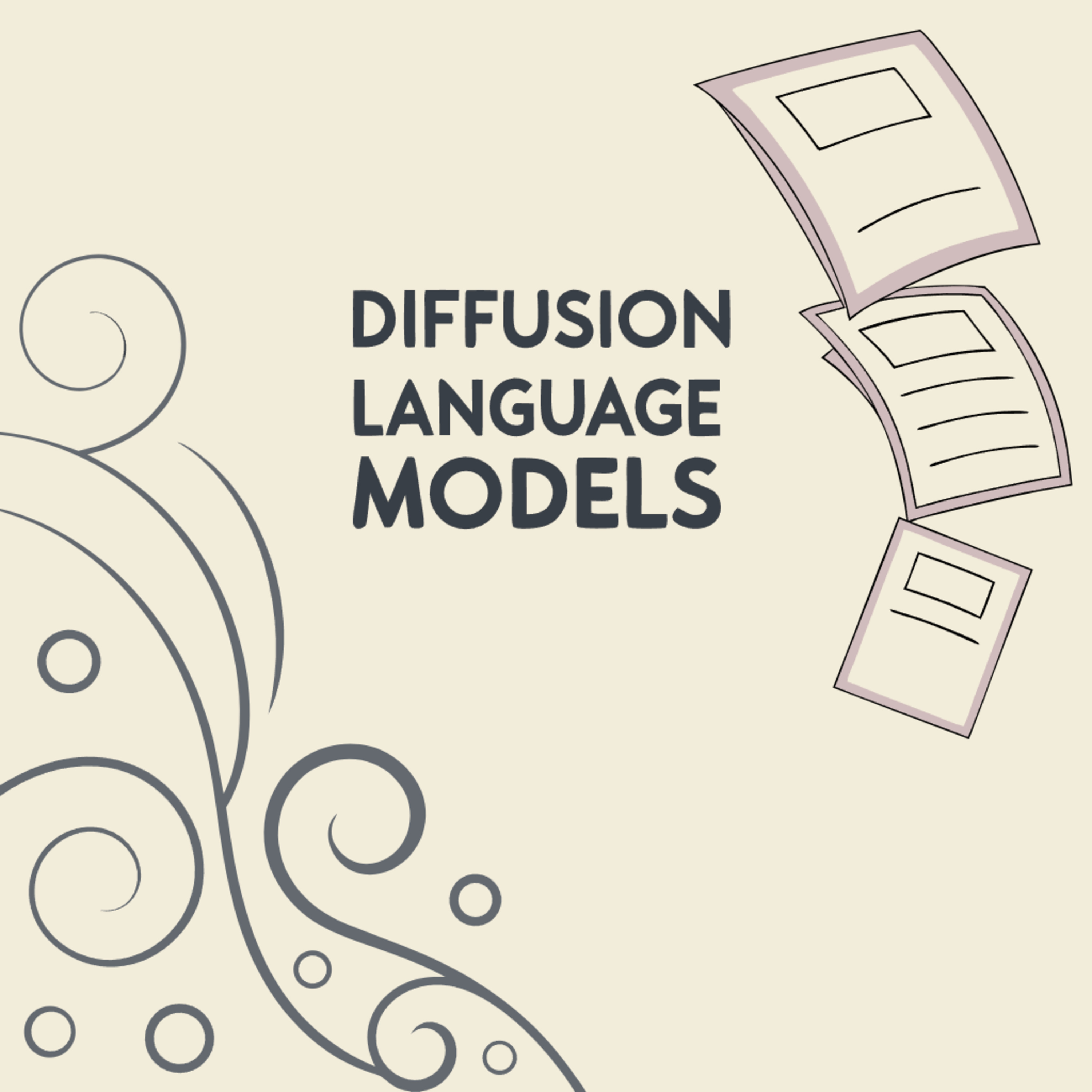 Rapid Synthesis: Delivered under 30 mins..ish, or it's on me!Diffusion Language Models: Concepts and ChallengesExplore the emergence and evolution of diffusion models, a powerful class of generative AI models that learn to synthesize data by reversing a gradual noising process. Initially successful in image and audio generation, researchers are increasingly adapting them to Natural Language Processing (NLP), giving rise to diffusion-based Large Language Models (LLMs). The text details the theoretical foundations rooted in non-equilibrium thermodynamics and Stochastic Differential Equations (SDEs), highlights landmark developments like DDPMs and Score-Based Generative Modeling, and compares them to traditional models like GANs and VAEs. Key challenges in applying diffusion models to the discrete nature of text...2025-05-2234 min
Rapid Synthesis: Delivered under 30 mins..ish, or it's on me!Diffusion Language Models: Concepts and ChallengesExplore the emergence and evolution of diffusion models, a powerful class of generative AI models that learn to synthesize data by reversing a gradual noising process. Initially successful in image and audio generation, researchers are increasingly adapting them to Natural Language Processing (NLP), giving rise to diffusion-based Large Language Models (LLMs). The text details the theoretical foundations rooted in non-equilibrium thermodynamics and Stochastic Differential Equations (SDEs), highlights landmark developments like DDPMs and Score-Based Generative Modeling, and compares them to traditional models like GANs and VAEs. Key challenges in applying diffusion models to the discrete nature of text...2025-05-2234 min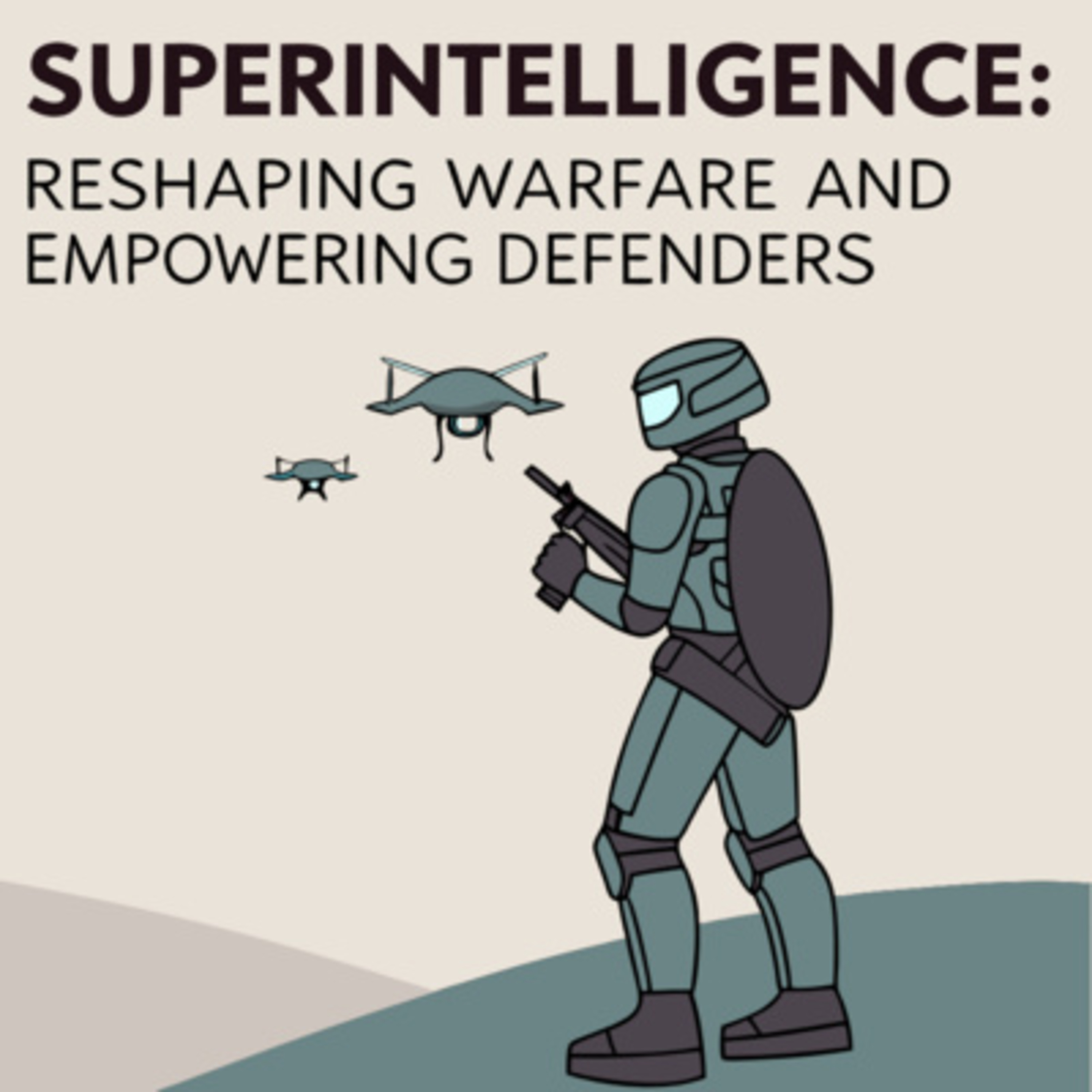 Rapid Synthesis: Delivered under 30 mins..ish, or it's on me!Superintelligence: Reshaping Warfare and Empowering DefendersDiscuss the transformative impact of superintelligence on defense, particularly in biological and cyber warfare. Historically, attackers have held an asymmetric advantage, but superintelligence could shift this by making defensive intelligence more affordable and effective, enabling proactive measures like advanced red-teaming, sophisticated pathogen modeling, and real-time cybersecurity fortification. While OSINT offers benefits, its amplification by superintelligence is a double-edged sword, and navigating this era requires ethical frameworks, international cooperation, and continuous strategic adaptation to evolving threats. The text uses historical examples and current AI case studies to illustrate the potential for superintelligence to fundamentally...2025-05-2243 min
Rapid Synthesis: Delivered under 30 mins..ish, or it's on me!Superintelligence: Reshaping Warfare and Empowering DefendersDiscuss the transformative impact of superintelligence on defense, particularly in biological and cyber warfare. Historically, attackers have held an asymmetric advantage, but superintelligence could shift this by making defensive intelligence more affordable and effective, enabling proactive measures like advanced red-teaming, sophisticated pathogen modeling, and real-time cybersecurity fortification. While OSINT offers benefits, its amplification by superintelligence is a double-edged sword, and navigating this era requires ethical frameworks, international cooperation, and continuous strategic adaptation to evolving threats. The text uses historical examples and current AI case studies to illustrate the potential for superintelligence to fundamentally...2025-05-2243 min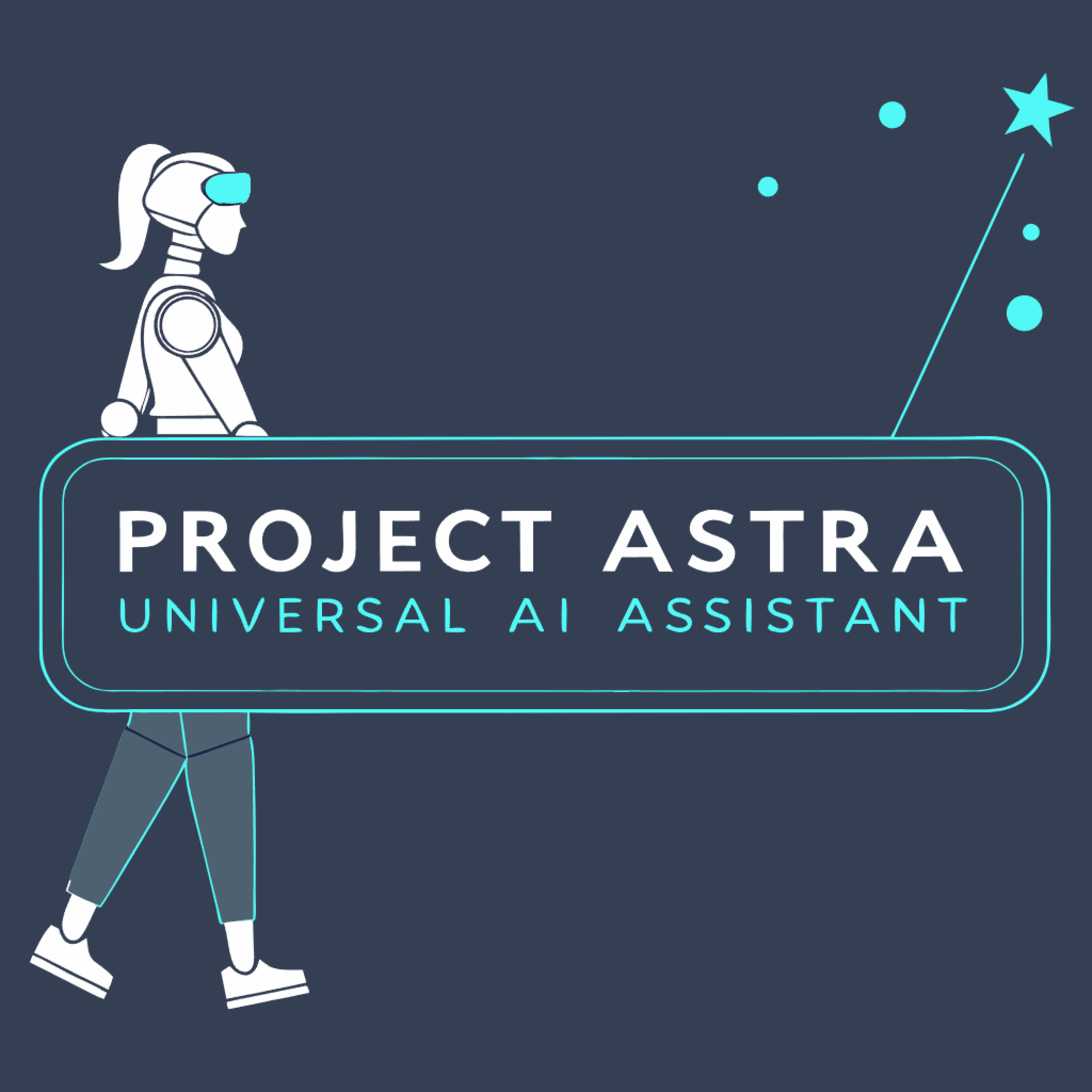 Rapid Synthesis: Delivered under 30 mins..ish, or it's on me!Project Astra: Universal AI Assistant Development and ImplicationsGoogle DeepMind's Project Astra, a research initiative aiming to create a universal AI assistant. The project focuses on developing an AI that can understand multimodal inputs like voice and vision in real time, possess a sophisticated memory across devices, and exhibit "Action Intelligence" to control devices and applications. While showcasing potential applications in areas like education, accessibility, and daily tasks, the texts also acknowledge significant technical, ethical, and societal challenges, particularly concerning data privacy, bias, and accountability. Google's strategy involves iterative integration into existing products like Gemini Live and Google Search, alongside the release of a developer API to...2025-05-2224 min
Rapid Synthesis: Delivered under 30 mins..ish, or it's on me!Project Astra: Universal AI Assistant Development and ImplicationsGoogle DeepMind's Project Astra, a research initiative aiming to create a universal AI assistant. The project focuses on developing an AI that can understand multimodal inputs like voice and vision in real time, possess a sophisticated memory across devices, and exhibit "Action Intelligence" to control devices and applications. While showcasing potential applications in areas like education, accessibility, and daily tasks, the texts also acknowledge significant technical, ethical, and societal challenges, particularly concerning data privacy, bias, and accountability. Google's strategy involves iterative integration into existing products like Gemini Live and Google Search, alongside the release of a developer API to...2025-05-2224 min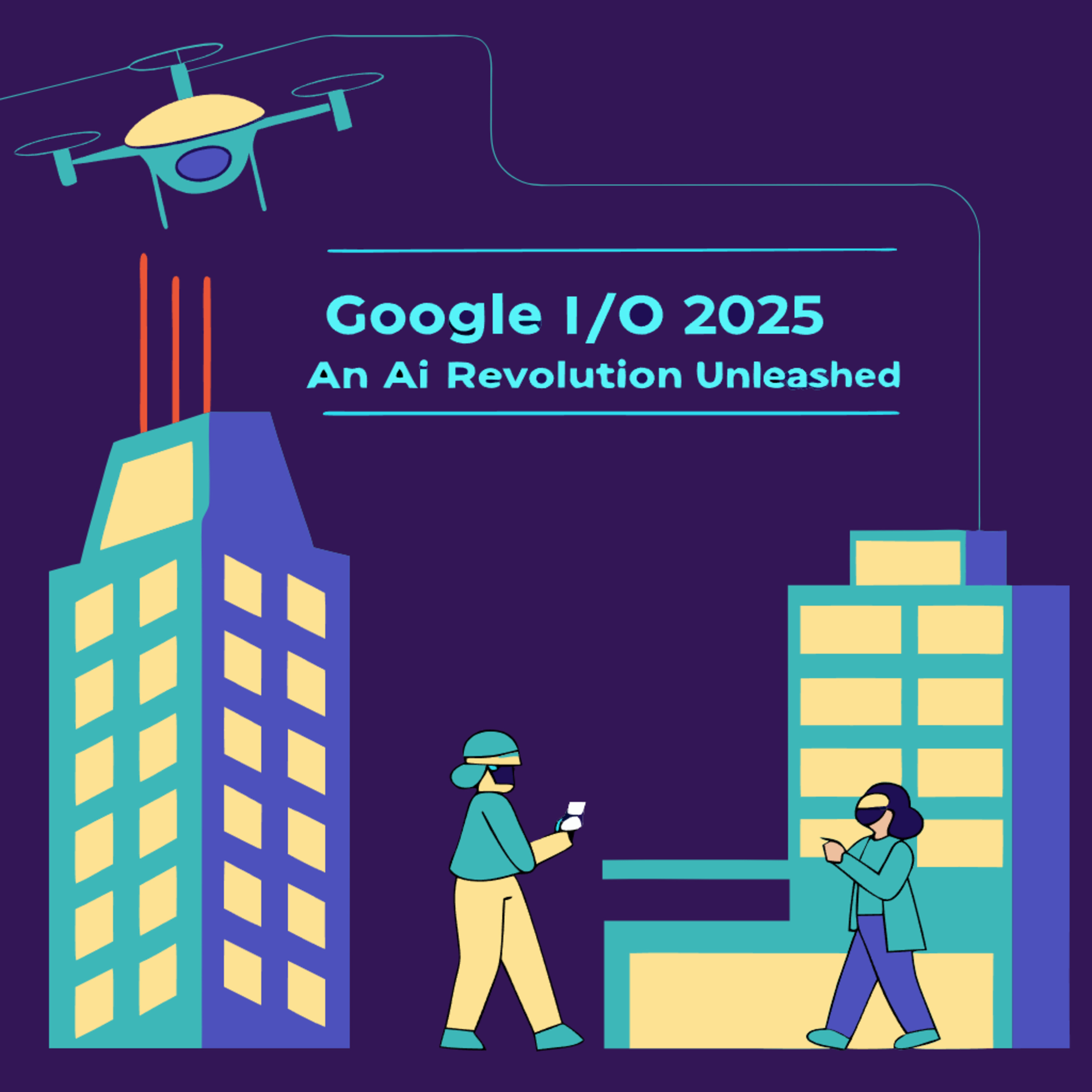 Rapid Synthesis: Delivered under 30 mins..ish, or it's on me!Google I/O 2025: An AI Revolution UnleashedThe Google I/O 2025 event showcased Google's intense focus on integrating AI, particularly its Gemini models, across a wide range of products and services. This includes transforming Google Search into a more conversational "answer engine" with features like AI Mode and AI Overviews, and introducing advanced AI for creative tasks like video generation. Google also unveiled future hardware initiatives like 3D video conferencing (Google Beam) and AI-powered smart glasses, positioning Android XR as a key platform. The company is also enhancing everyday tools like Meet, Chrome, and Gmail with AI capabilities and launching new AI subscription tiers, while also...2025-05-2239 min
Rapid Synthesis: Delivered under 30 mins..ish, or it's on me!Google I/O 2025: An AI Revolution UnleashedThe Google I/O 2025 event showcased Google's intense focus on integrating AI, particularly its Gemini models, across a wide range of products and services. This includes transforming Google Search into a more conversational "answer engine" with features like AI Mode and AI Overviews, and introducing advanced AI for creative tasks like video generation. Google also unveiled future hardware initiatives like 3D video conferencing (Google Beam) and AI-powered smart glasses, positioning Android XR as a key platform. The company is also enhancing everyday tools like Meet, Chrome, and Gmail with AI capabilities and launching new AI subscription tiers, while also...2025-05-2239 min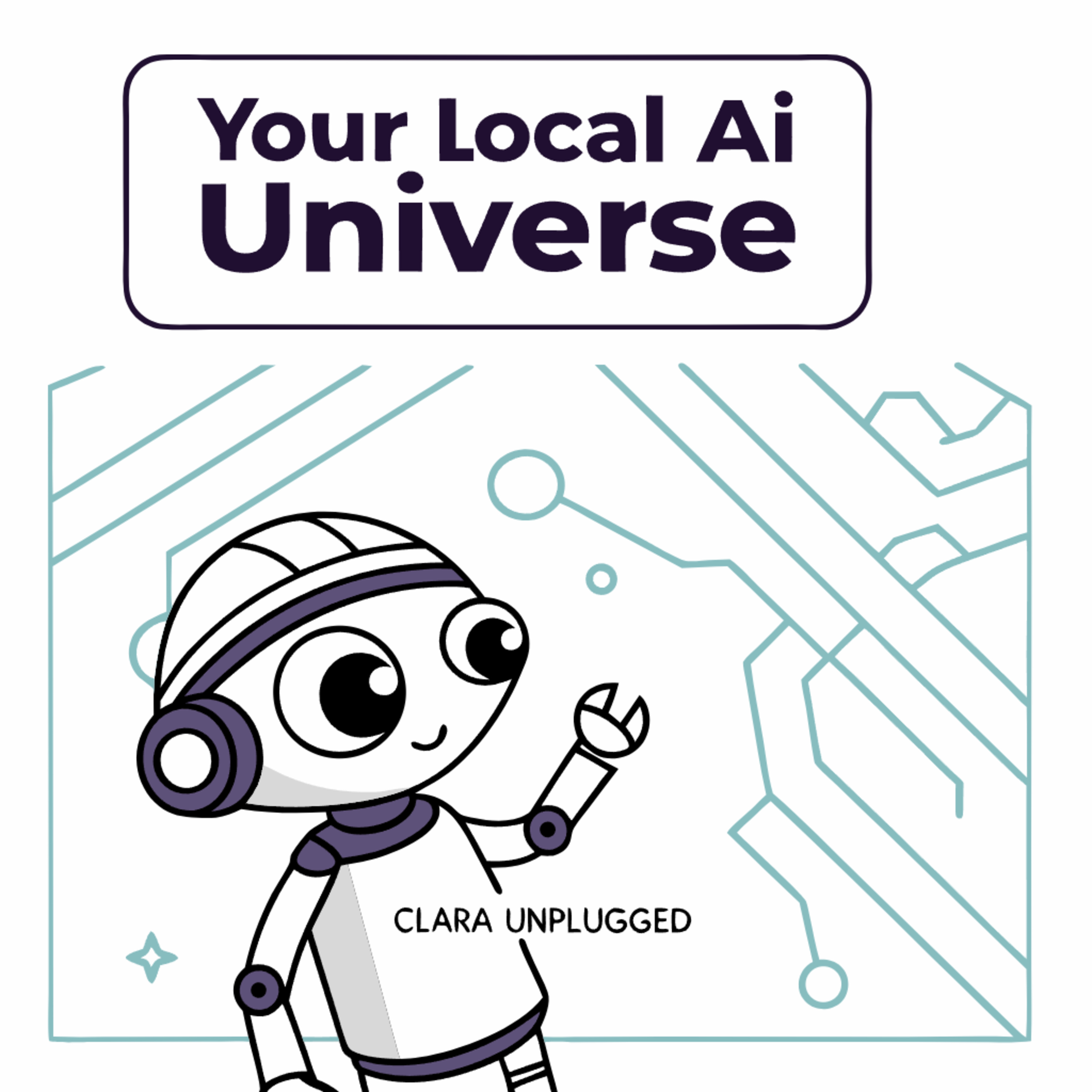 Rapid Synthesis: Delivered under 30 mins..ish, or it's on me!Clara Unplugged: Your Local AI UniverseIntroduces Clara, an open-source AI workspace designed for complete local operation with no reliance on cloud services, API keys, or external backends, prioritizing user privacy and data ownership. Clara provides a suite of tools including local LLM chat via Ollama, tool calling for agents to interact with other systems, a visual agent builder with templates, offline Stable Diffusion image generation using ComfyUI, and a built-in n8n-style automation engine, allowing users to build custom applications and workflows. The article details various installation methods and highlights user testimonials showcasing Clara's practical application in areas like...2025-05-2020 min
Rapid Synthesis: Delivered under 30 mins..ish, or it's on me!Clara Unplugged: Your Local AI UniverseIntroduces Clara, an open-source AI workspace designed for complete local operation with no reliance on cloud services, API keys, or external backends, prioritizing user privacy and data ownership. Clara provides a suite of tools including local LLM chat via Ollama, tool calling for agents to interact with other systems, a visual agent builder with templates, offline Stable Diffusion image generation using ComfyUI, and a built-in n8n-style automation engine, allowing users to build custom applications and workflows. The article details various installation methods and highlights user testimonials showcasing Clara's practical application in areas like...2025-05-2020 min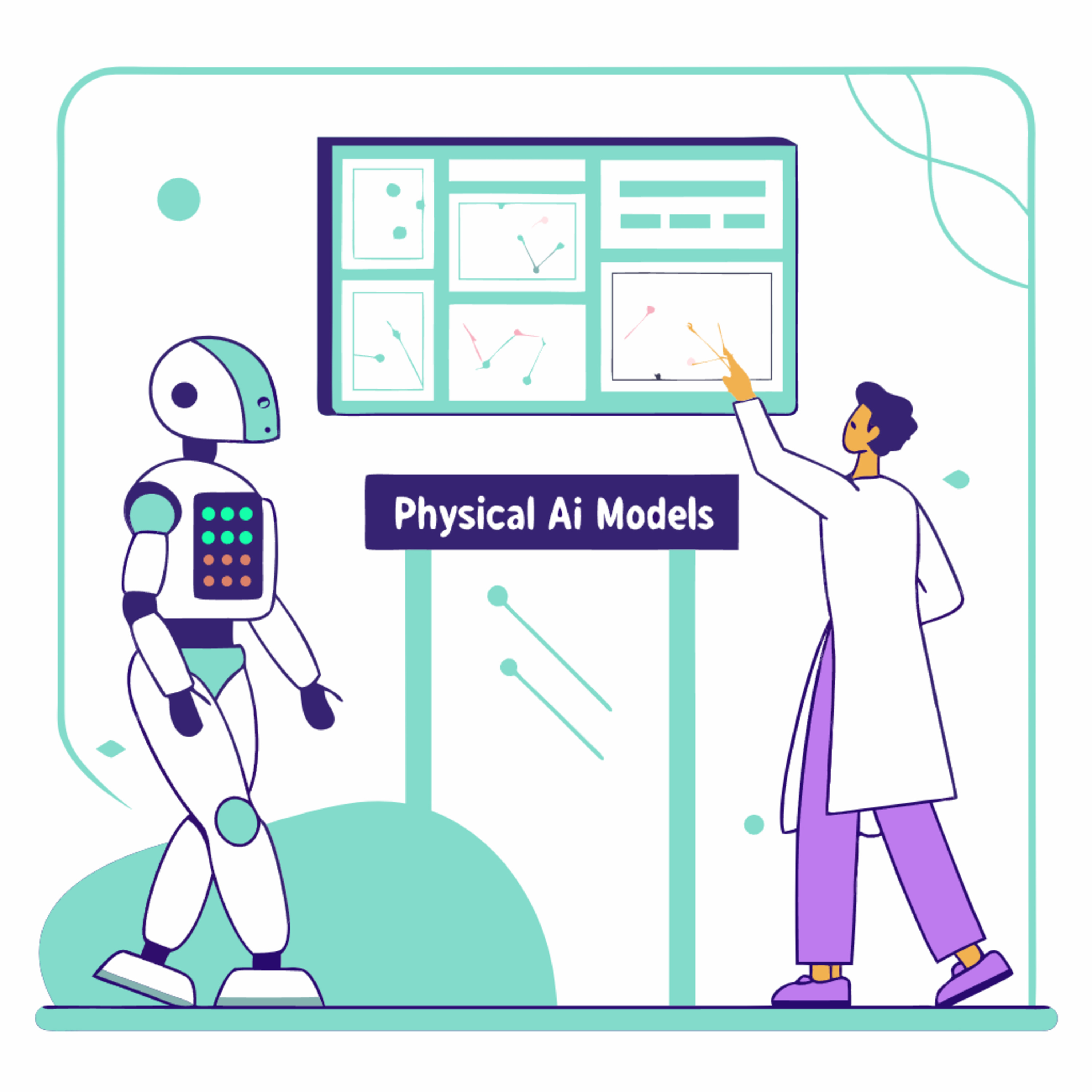 Rapid Synthesis: Delivered under 30 mins..ish, or it's on me!Physical Artificial Intelligence: Embodiment and InteractionExplore the emerging field of Physical Artificial Intelligence (Physical AI), which extends AI capabilities from the digital realm into the tangible world. They explain how Physical AI systems utilize AI algorithms, sensors, and robotics to perceive, reason, and act in physical environments, contrasting this with traditional, disembodied AI. The texts trace the historical roots from early automatons and cybernetics to modern embodied AI and robotics foundation models, while also discussing the significant technical challenges in hardware, software integration, data requirements, and the sim-to-real gap. Finally, the sources examine the practical applications across industries...2025-05-2052 min
Rapid Synthesis: Delivered under 30 mins..ish, or it's on me!Physical Artificial Intelligence: Embodiment and InteractionExplore the emerging field of Physical Artificial Intelligence (Physical AI), which extends AI capabilities from the digital realm into the tangible world. They explain how Physical AI systems utilize AI algorithms, sensors, and robotics to perceive, reason, and act in physical environments, contrasting this with traditional, disembodied AI. The texts trace the historical roots from early automatons and cybernetics to modern embodied AI and robotics foundation models, while also discussing the significant technical challenges in hardware, software integration, data requirements, and the sim-to-real gap. Finally, the sources examine the practical applications across industries...2025-05-2052 min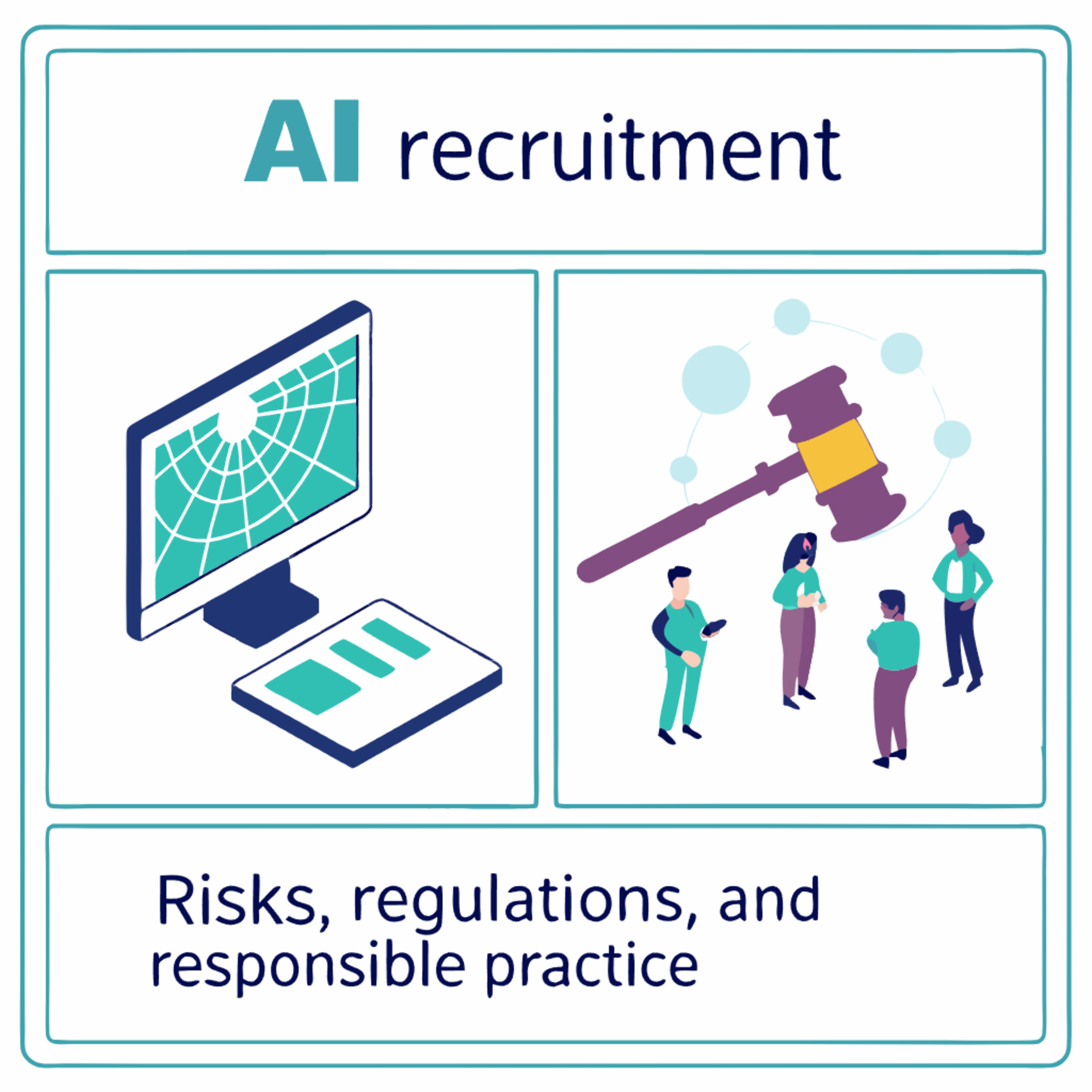 Rapid Synthesis: Delivered under 30 mins..ish, or it's on me!AI Recruitment: Risks, Regulations, and Responsible PracticeDiscusses the growing use of Large Language Models (LLMs) in candidate scoring for recruitment, highlighting both their potential benefits and considerable risks. It details how LLMs analyze candidate data, but focuses heavily on inherent biases (gender, race, age, socioeconomic) that can lead to discriminatory hiring outcomes, citing real-world examples like Amazon and iTutorGroup. The document also explains the complex and evolving legal and ethical landscape, covering regulations in the EU, US, and Canada and emphasizing the principles of Fairness, Accountability, and Transparency (FAT) and the challenge of the AI's "black box" nature. Finally, it provides strategic recommendations...2025-05-1942 min
Rapid Synthesis: Delivered under 30 mins..ish, or it's on me!AI Recruitment: Risks, Regulations, and Responsible PracticeDiscusses the growing use of Large Language Models (LLMs) in candidate scoring for recruitment, highlighting both their potential benefits and considerable risks. It details how LLMs analyze candidate data, but focuses heavily on inherent biases (gender, race, age, socioeconomic) that can lead to discriminatory hiring outcomes, citing real-world examples like Amazon and iTutorGroup. The document also explains the complex and evolving legal and ethical landscape, covering regulations in the EU, US, and Canada and emphasizing the principles of Fairness, Accountability, and Transparency (FAT) and the challenge of the AI's "black box" nature. Finally, it provides strategic recommendations...2025-05-1942 min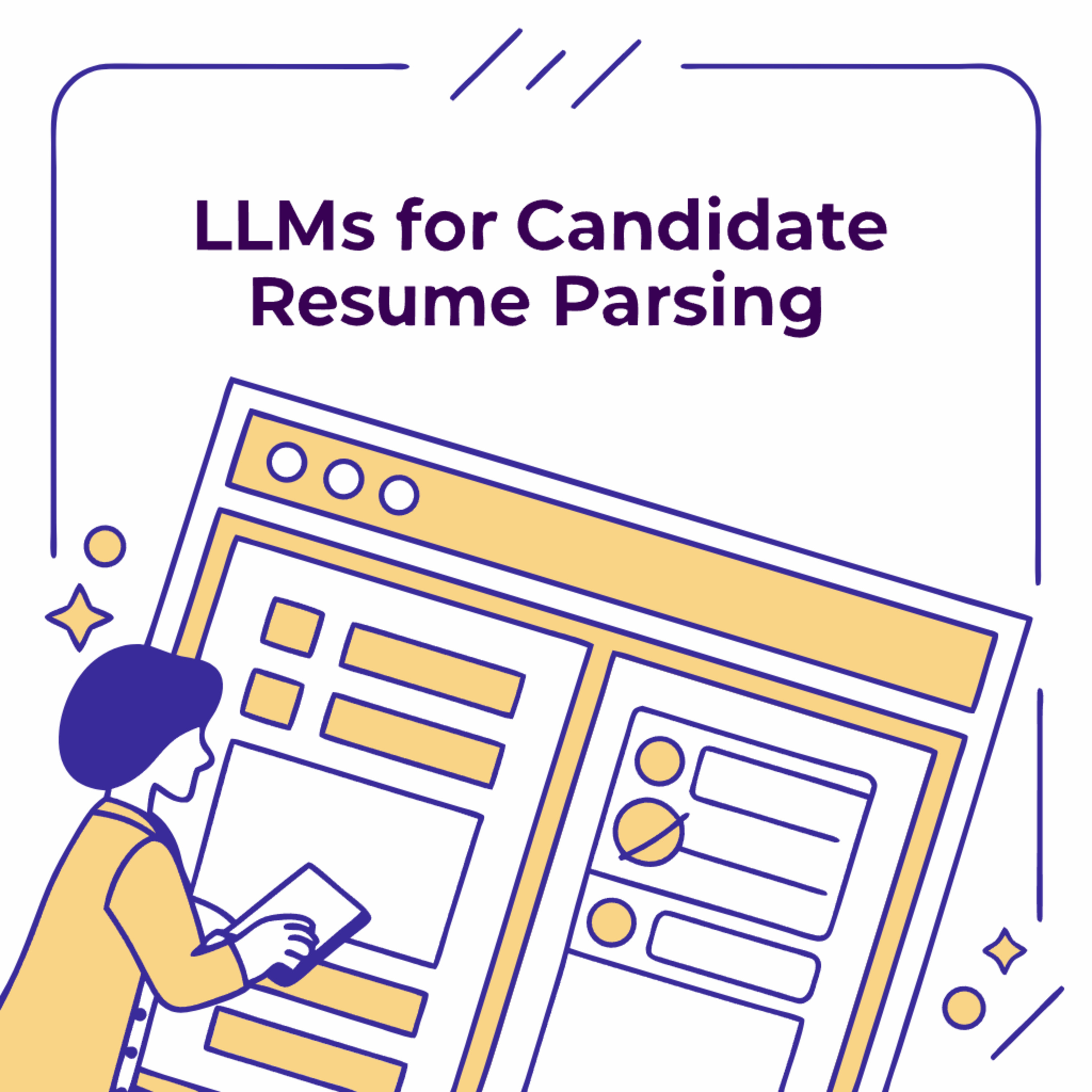 Rapid Synthesis: Delivered under 30 mins..ish, or it's on me!LLMs for Resume ParsingDiscuss how Large Language Models (LLMs) are transforming resume parsing and talent acquisition by enabling more sophisticated understanding and extraction of information from varied resume formats compared to older rule-based or traditional machine learning methods. While LLMs offer benefits like improved efficiency and the ability to handle unstructured data, they introduce significant challenges, particularly regarding algorithmic bias and data privacy. Highlight the importance of human oversight, bias mitigation strategies, and the impact of regulations like GDPR, NYC Local Law 144, and the EU AI Act on the ethical and practical deployment of these technologies in hiring...2025-05-1932 min
Rapid Synthesis: Delivered under 30 mins..ish, or it's on me!LLMs for Resume ParsingDiscuss how Large Language Models (LLMs) are transforming resume parsing and talent acquisition by enabling more sophisticated understanding and extraction of information from varied resume formats compared to older rule-based or traditional machine learning methods. While LLMs offer benefits like improved efficiency and the ability to handle unstructured data, they introduce significant challenges, particularly regarding algorithmic bias and data privacy. Highlight the importance of human oversight, bias mitigation strategies, and the impact of regulations like GDPR, NYC Local Law 144, and the EU AI Act on the ethical and practical deployment of these technologies in hiring...2025-05-1932 min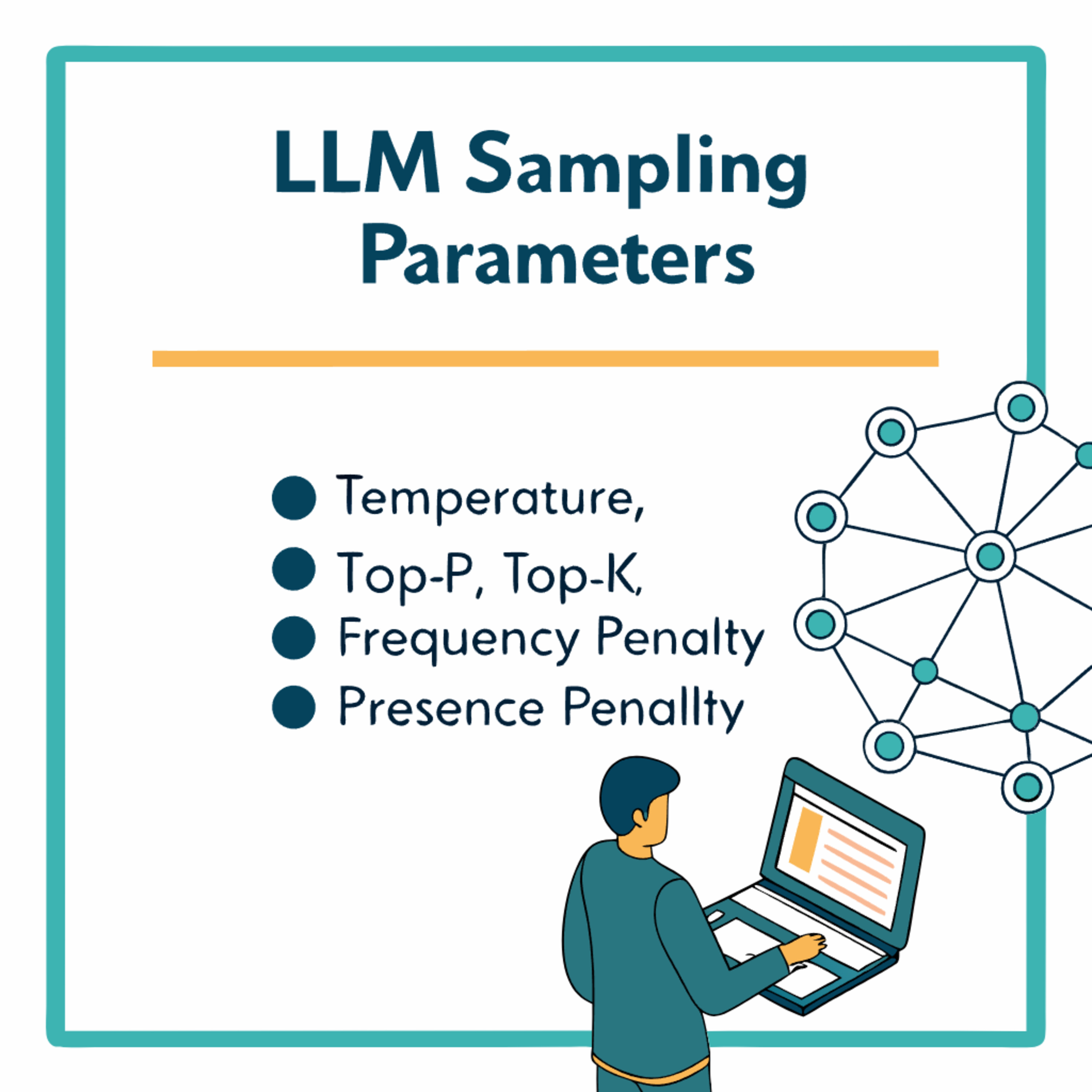 Rapid Synthesis: Delivered under 30 mins..ish, or it's on me!LLM Sampling and Decoding Strategies ExplainedExplores how to control the text generated by Large Language Models (LLMs) by examining various decoding strategies and sampling parameters. Key parameters like temperature, top-k sampling, and top-p (nucleus) sampling are explained, detailing their mechanisms and impact on balancing output creativity versus coherence.Also discusses the history and evolution of these techniques, highlighting newer, more adaptive methods and the importance of practical experimentation for task-specific tuning. Finally, it touches upon additional user-defined constraints that further shape LLM outputs.2025-05-1929 min
Rapid Synthesis: Delivered under 30 mins..ish, or it's on me!LLM Sampling and Decoding Strategies ExplainedExplores how to control the text generated by Large Language Models (LLMs) by examining various decoding strategies and sampling parameters. Key parameters like temperature, top-k sampling, and top-p (nucleus) sampling are explained, detailing their mechanisms and impact on balancing output creativity versus coherence.Also discusses the history and evolution of these techniques, highlighting newer, more adaptive methods and the importance of practical experimentation for task-specific tuning. Finally, it touches upon additional user-defined constraints that further shape LLM outputs.2025-05-1929 min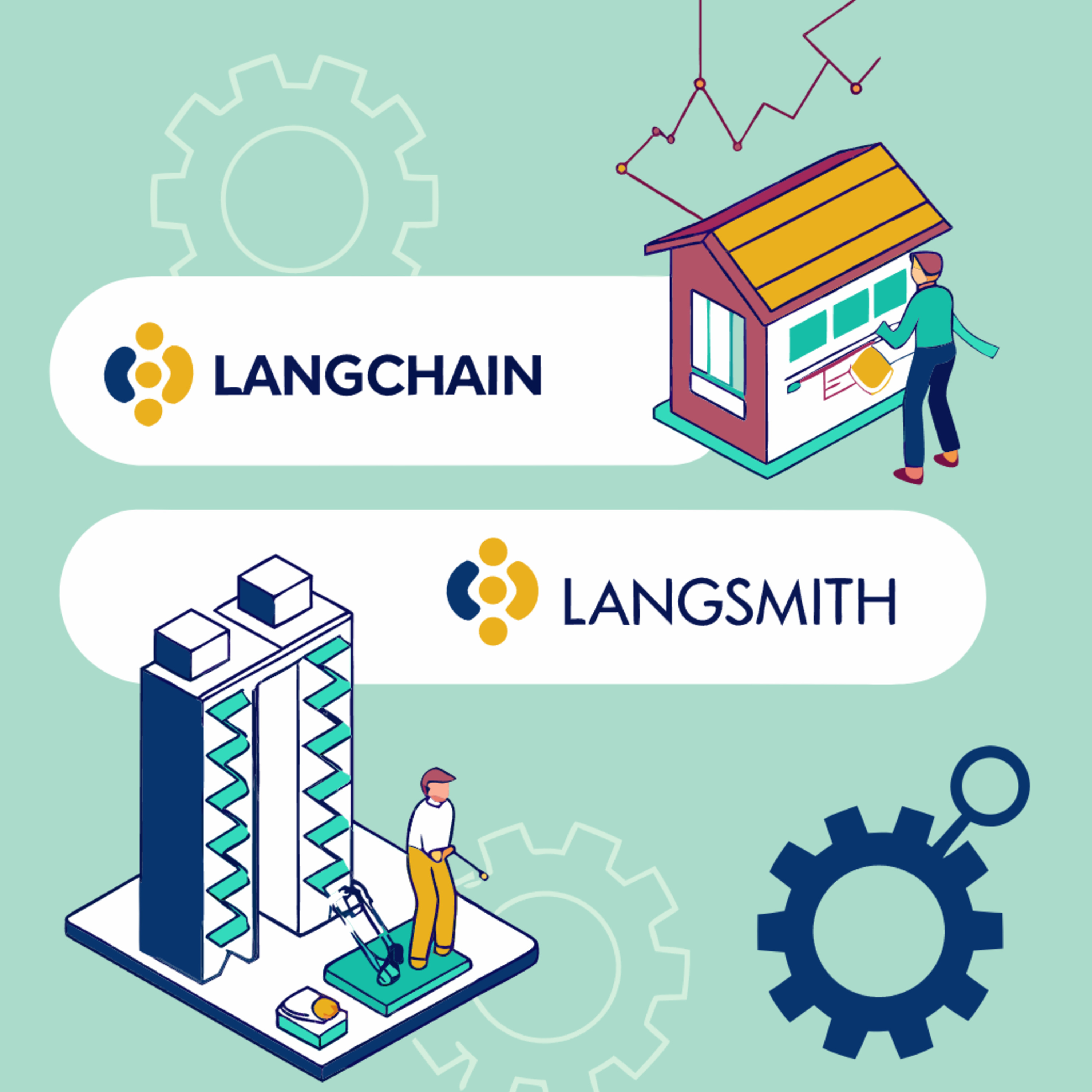 Rapid Synthesis: Delivered under 30 mins..ish, or it's on me!LangChain and LangSmith for LLM ApplicationsDescribe the roles of LangChain and LangSmith in developing and deploying Large Language Model (LLM) applications. LangChain is presented as an open-source framework providing components and abstractions to streamline building LLM applications, while LangSmith is highlighted as a complementary platform offering crucial tools for debugging, testing, evaluating, and monitoring these applications. LangSmith helps move LLM prototypes to production by providing deep visibility into application behavior through tracing, enabling systematic evaluation against datasets, supporting prompt engineering and management, and offering monitoring features for live applications. The text also explores practical applications across industries, technical architecture, comparisons with other...2025-05-1533 min
Rapid Synthesis: Delivered under 30 mins..ish, or it's on me!LangChain and LangSmith for LLM ApplicationsDescribe the roles of LangChain and LangSmith in developing and deploying Large Language Model (LLM) applications. LangChain is presented as an open-source framework providing components and abstractions to streamline building LLM applications, while LangSmith is highlighted as a complementary platform offering crucial tools for debugging, testing, evaluating, and monitoring these applications. LangSmith helps move LLM prototypes to production by providing deep visibility into application behavior through tracing, enabling systematic evaluation against datasets, supporting prompt engineering and management, and offering monitoring features for live applications. The text also explores practical applications across industries, technical architecture, comparisons with other...2025-05-1533 min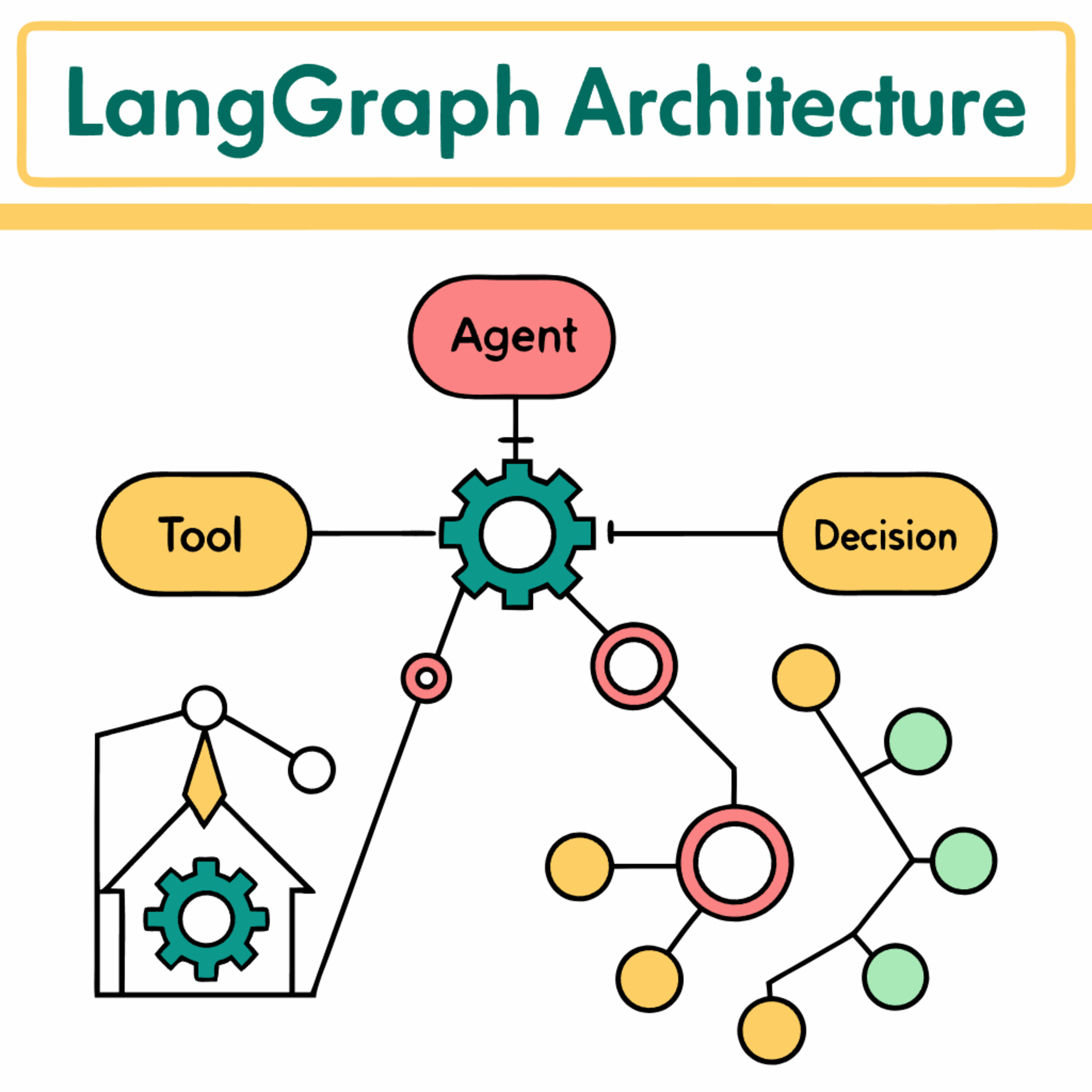 Rapid Synthesis: Delivered under 30 mins..ish, or it's on me!LangGraph for Advanced LLM OrchestrationIntroduces LangGraph, a library extending LangChain to build stateful, multi-actor Large Language Model applications using cyclical graphs. It highlights LangGraph's core purpose in enabling complex, dynamic agent runtimes by providing robust mechanisms for state management, agent coordination, and handling cyclical processes crucial for iterative behaviors. The sources also outline LangGraph's architecture based on State, Nodes, and Edges, compare it to other frameworks like CrewAI and AutoGen, discuss security considerations, performance evaluation metrics, and the ecosystem's support tools, including LangSmith for observability and the LangGraph Platform for deployment. Ultimately, the text showcases LangGraph's utility through case studies and...2025-05-1528 min
Rapid Synthesis: Delivered under 30 mins..ish, or it's on me!LangGraph for Advanced LLM OrchestrationIntroduces LangGraph, a library extending LangChain to build stateful, multi-actor Large Language Model applications using cyclical graphs. It highlights LangGraph's core purpose in enabling complex, dynamic agent runtimes by providing robust mechanisms for state management, agent coordination, and handling cyclical processes crucial for iterative behaviors. The sources also outline LangGraph's architecture based on State, Nodes, and Edges, compare it to other frameworks like CrewAI and AutoGen, discuss security considerations, performance evaluation metrics, and the ecosystem's support tools, including LangSmith for observability and the LangGraph Platform for deployment. Ultimately, the text showcases LangGraph's utility through case studies and...2025-05-1528 min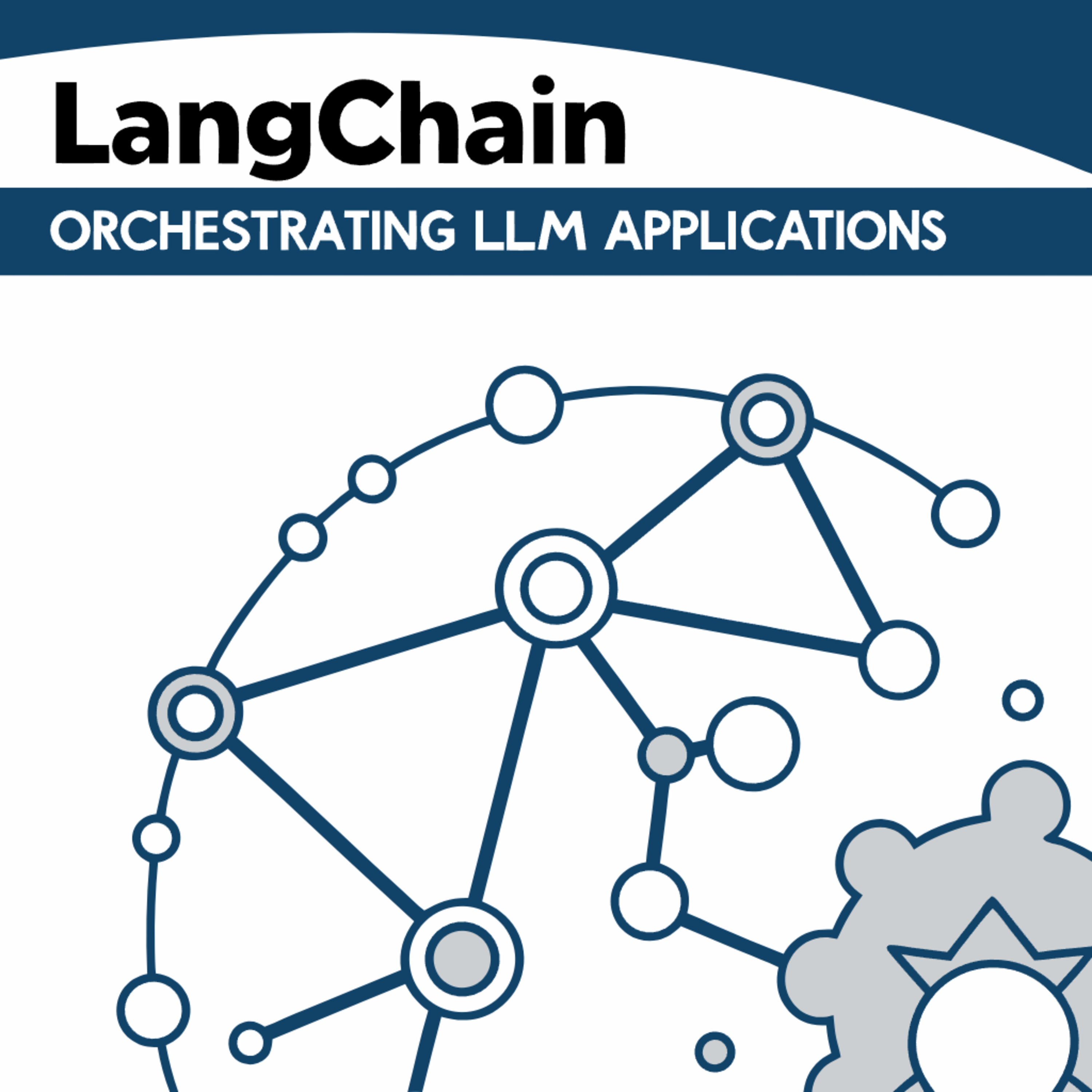 Rapid Synthesis: Delivered under 30 mins..ish, or it's on me!LangChain: Orchestrating LLM ApplicationsProvides a comprehensive overview of LangChain, a popular open-source framework designed for building applications using large language models (LLMs). It explains LangChain's modular architecture and key components like LCEL, models, prompts, chains, agents, tools, memory, and indexes, illustrating how they connect LLMs to data and enable complex workflows and interactions. The text also details LangChain's integration capabilities with various LLMs and data sources, showcases practical use cases and successful enterprise applications, and compares LangChain to other frameworks like Hugging Face and direct API usage. Finally, it discusses developer challenges and best practices, including debugging with LangSmith, addresses...2025-05-1554 min
Rapid Synthesis: Delivered under 30 mins..ish, or it's on me!LangChain: Orchestrating LLM ApplicationsProvides a comprehensive overview of LangChain, a popular open-source framework designed for building applications using large language models (LLMs). It explains LangChain's modular architecture and key components like LCEL, models, prompts, chains, agents, tools, memory, and indexes, illustrating how they connect LLMs to data and enable complex workflows and interactions. The text also details LangChain's integration capabilities with various LLMs and data sources, showcases practical use cases and successful enterprise applications, and compares LangChain to other frameworks like Hugging Face and direct API usage. Finally, it discusses developer challenges and best practices, including debugging with LangSmith, addresses...2025-05-1554 min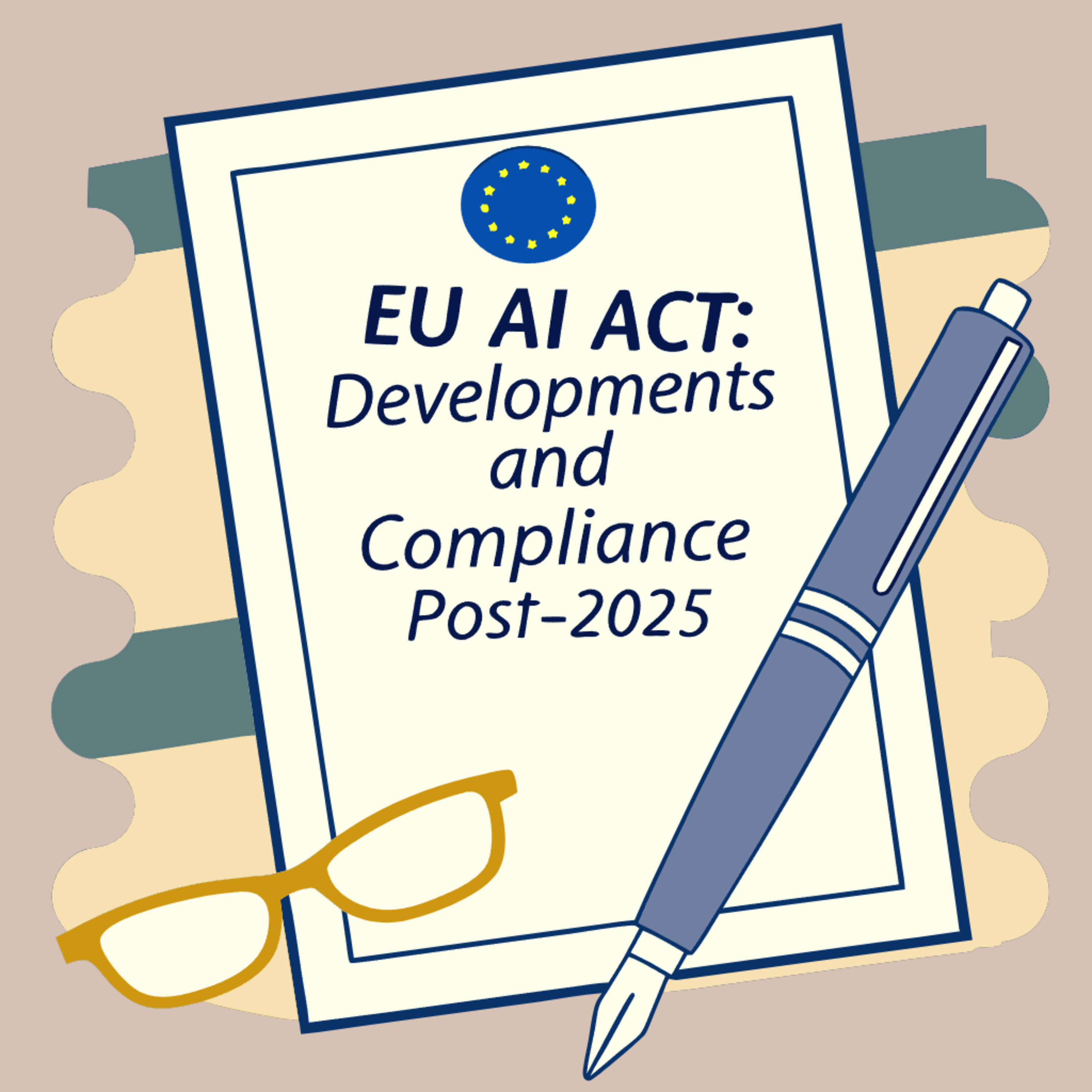 Rapid Synthesis: Delivered under 30 mins..ish, or it's on me!EU AI Act: Post-2025 Developments and ComplianceSince January 2025, the EU AI Act has significantly progressed from legislative text to active compliance obligations for businesses operating in the EU. Key developments include the implementation of bans on certain AI practices and AI literacy requirements in February 2025, along with crucial interpretative guidelines issued by the European Commission and the new European AI Office. General-Purpose AI (GPAI) models face specific rules becoming applicable in August 2025, supported by an emerging Code of Practice, and the penalty regime also takes effect then. While comprehensive obligations for most high-risk AI systems have later deadlines (August 2026/2027), challenges in developing harmonised standards create...2025-05-1223 min
Rapid Synthesis: Delivered under 30 mins..ish, or it's on me!EU AI Act: Post-2025 Developments and ComplianceSince January 2025, the EU AI Act has significantly progressed from legislative text to active compliance obligations for businesses operating in the EU. Key developments include the implementation of bans on certain AI practices and AI literacy requirements in February 2025, along with crucial interpretative guidelines issued by the European Commission and the new European AI Office. General-Purpose AI (GPAI) models face specific rules becoming applicable in August 2025, supported by an emerging Code of Practice, and the penalty regime also takes effect then. While comprehensive obligations for most high-risk AI systems have later deadlines (August 2026/2027), challenges in developing harmonised standards create...2025-05-1223 min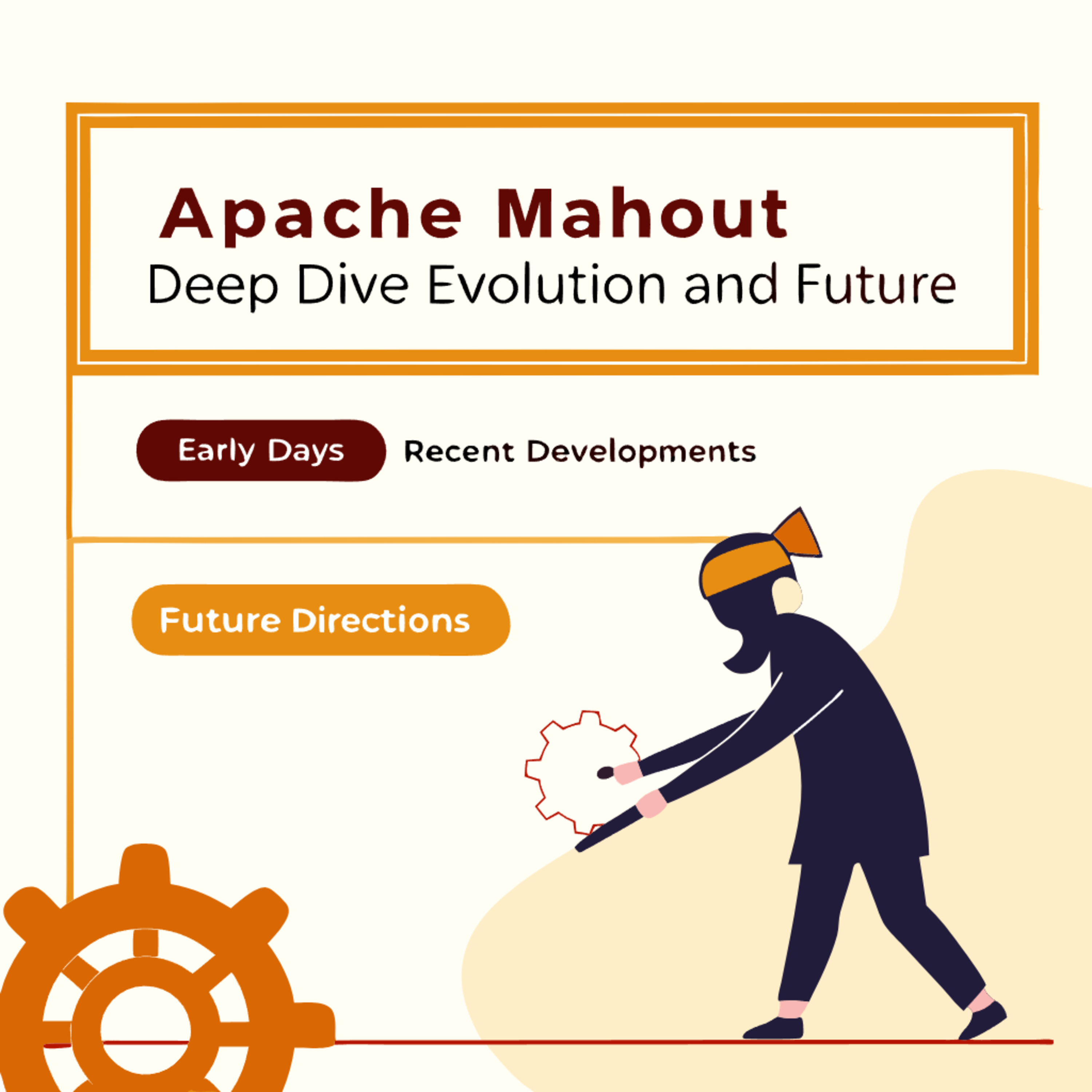 Rapid Synthesis: Delivered under 30 mins..ish, or it's on me!Apache Mahout: Evolution and FutureApache Mahout, an open-source project from the Apache Software Foundation that has significantly evolved from a MapReduce-based machine learning library to focus on providing a Scala DSL for scalable linear algebra, primarily leveraging Apache Spark as its distributed backend. Mahout excels in areas like recommendation systems, including a unique Correlated Co-Occurrence algorithm, and dimensionality reduction techniques. However, many older algorithms are deprecated, and the project's recent strategic direction is heavily influenced by Qumat, an initiative focused on quantum computing. The text details Mahout's architecture, key components like Distributed Row Matrices (DRMs), performance enhancements, and compares it to...2025-05-1225 min
Rapid Synthesis: Delivered under 30 mins..ish, or it's on me!Apache Mahout: Evolution and FutureApache Mahout, an open-source project from the Apache Software Foundation that has significantly evolved from a MapReduce-based machine learning library to focus on providing a Scala DSL for scalable linear algebra, primarily leveraging Apache Spark as its distributed backend. Mahout excels in areas like recommendation systems, including a unique Correlated Co-Occurrence algorithm, and dimensionality reduction techniques. However, many older algorithms are deprecated, and the project's recent strategic direction is heavily influenced by Qumat, an initiative focused on quantum computing. The text details Mahout's architecture, key components like Distributed Row Matrices (DRMs), performance enhancements, and compares it to...2025-05-1225 min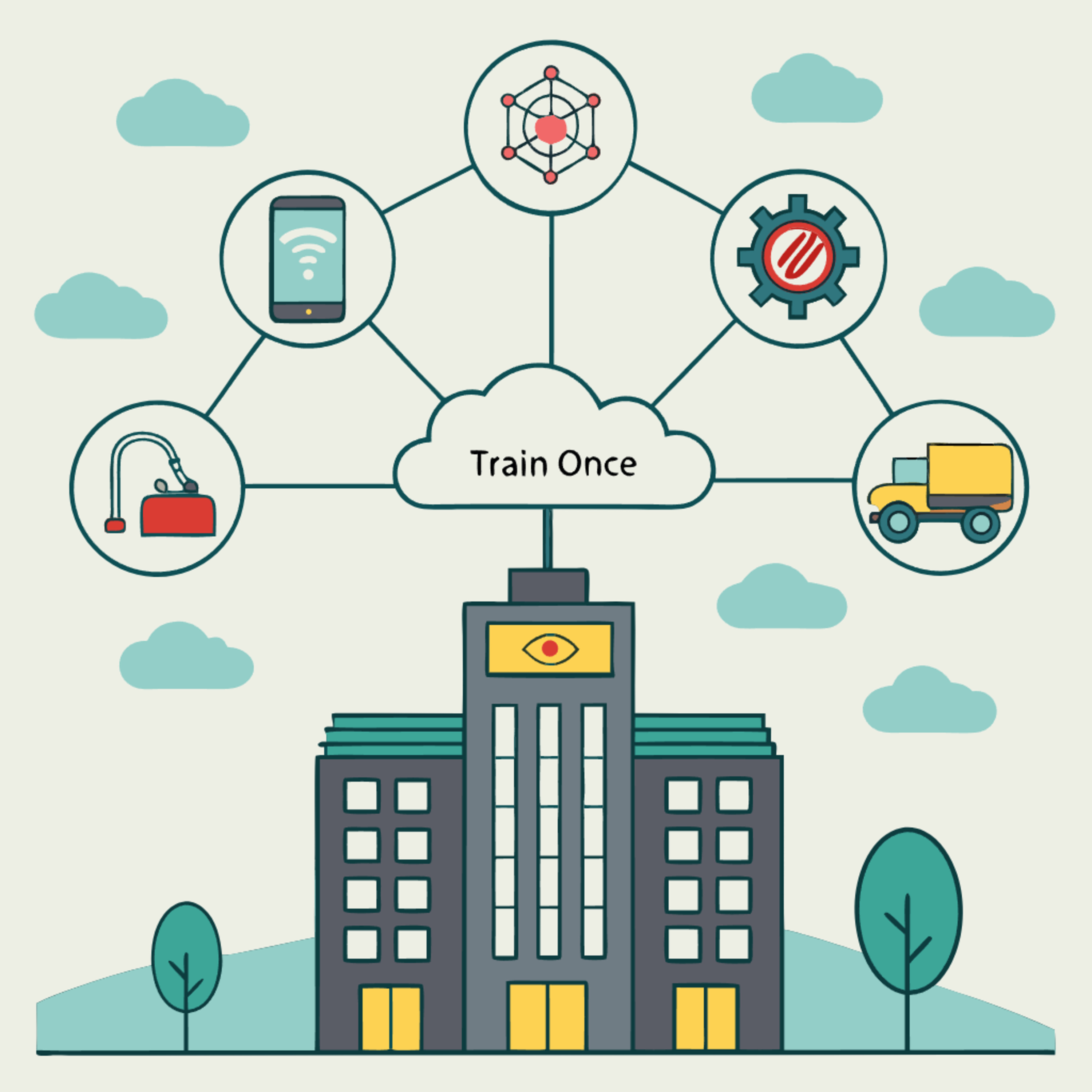 Rapid Synthesis: Delivered under 30 mins..ish, or it's on me!AI Increasing Returns from Train-Once-Deploy-ManyEpoch AI (source: https://epoch.ai/blog/train-once-deploy-many-ai-and-increasing-returns) discusses the concept of increasing returns to scale in AI systems, attributing this to the "train-once-deploy-many" property. Unlike human intelligence, AI models can be trained once with substantial resources and then deployed in numerous instances for inference, leading to economic output that grows faster than the increase in computational input. This is further amplified by the trade-off between training compute and inference compute, where investing more in training can result in models that require less compute for inference while maintaining performance. The article also explores a simplified economic model where AI's...2025-05-1216 min
Rapid Synthesis: Delivered under 30 mins..ish, or it's on me!AI Increasing Returns from Train-Once-Deploy-ManyEpoch AI (source: https://epoch.ai/blog/train-once-deploy-many-ai-and-increasing-returns) discusses the concept of increasing returns to scale in AI systems, attributing this to the "train-once-deploy-many" property. Unlike human intelligence, AI models can be trained once with substantial resources and then deployed in numerous instances for inference, leading to economic output that grows faster than the increase in computational input. This is further amplified by the trade-off between training compute and inference compute, where investing more in training can result in models that require less compute for inference while maintaining performance. The article also explores a simplified economic model where AI's...2025-05-1216 min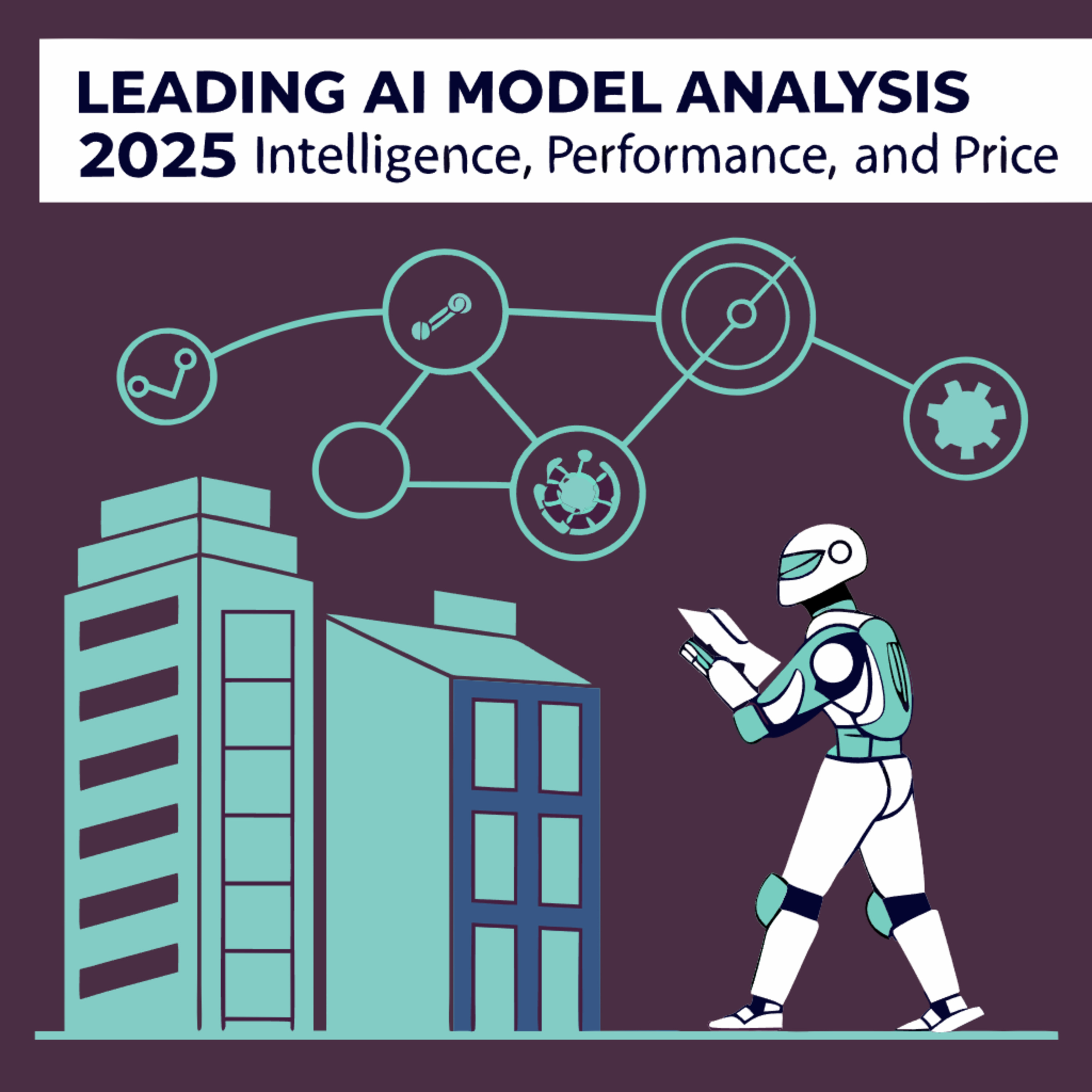 Rapid Synthesis: Delivered under 30 mins..ish, or it's on me!AI Model Analysis: 2025 Intelligence, Performance, and PriceOffer a detailed comparative analysis of leading artificial intelligence models primarily released between late 2024 and mid-2025. They examine key features including intelligence and reasoning capabilities assessed through various benchmarks, performance metrics like speed and latency, and different pricing models highlighting cost-effectiveness. The text discusses architectural trends such as the prevalence of Transformer and Mixture-of-Experts designs, the expansion of context windows, and the increasing adoption of multimodality. Finally, the analysis touches upon real-world use cases, inherent limitations, and the importance of ethical considerations when selecting and deploying these rapidly evolving AI technologies.2025-05-1234 min
Rapid Synthesis: Delivered under 30 mins..ish, or it's on me!AI Model Analysis: 2025 Intelligence, Performance, and PriceOffer a detailed comparative analysis of leading artificial intelligence models primarily released between late 2024 and mid-2025. They examine key features including intelligence and reasoning capabilities assessed through various benchmarks, performance metrics like speed and latency, and different pricing models highlighting cost-effectiveness. The text discusses architectural trends such as the prevalence of Transformer and Mixture-of-Experts designs, the expansion of context windows, and the increasing adoption of multimodality. Finally, the analysis touches upon real-world use cases, inherent limitations, and the importance of ethical considerations when selecting and deploying these rapidly evolving AI technologies.2025-05-1234 min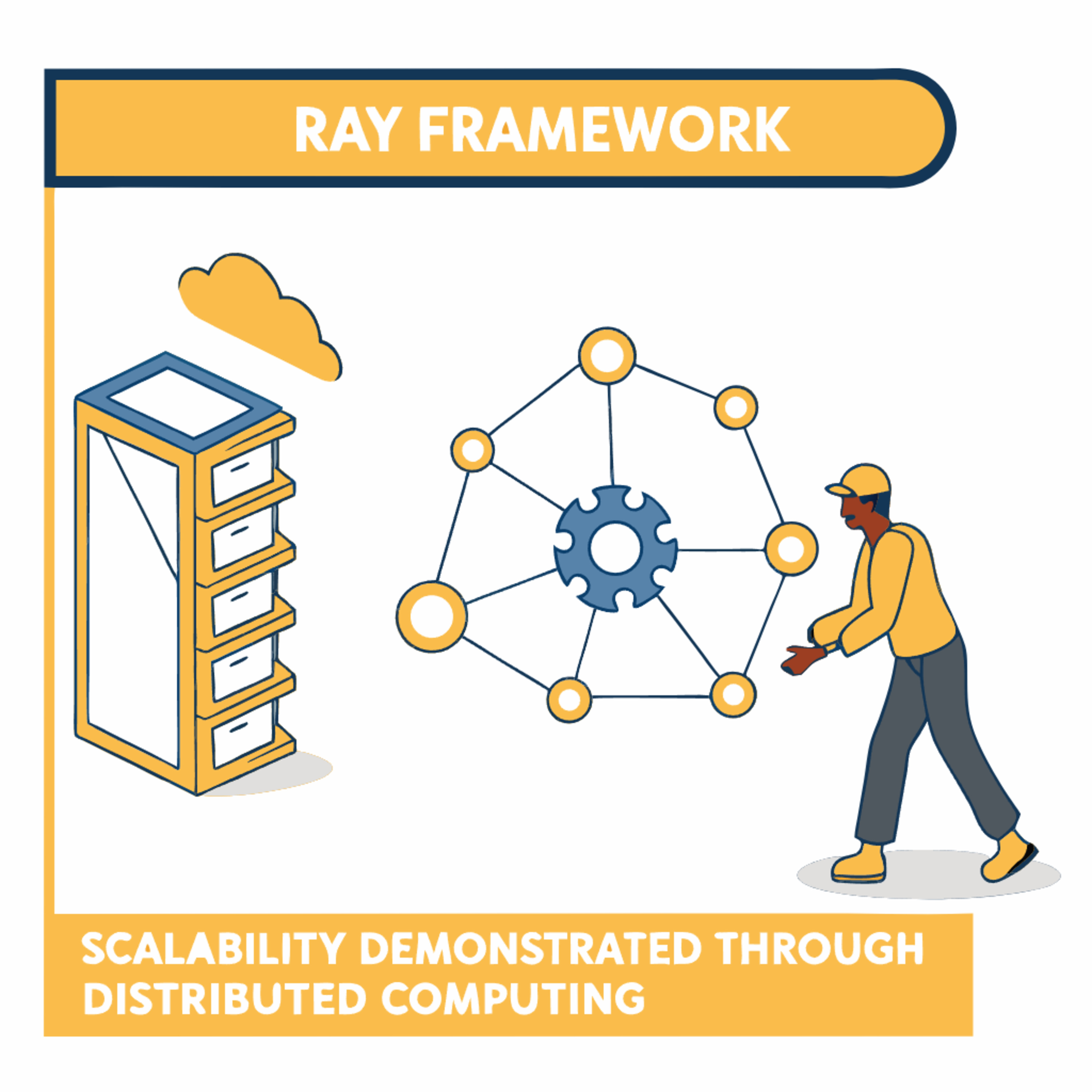 Rapid Synthesis: Delivered under 30 mins..ish, or it's on me!Scaling RAY Framework for Extreme Machine Learning WorkloadsComprehensive technical analysis of the RAY framework, exploring its architecture, components, and mechanisms that enable scalable distributed computing for machine learning workloads. It identifies key challenges inherent in scaling RAY to very large clusters, such as reliability, resource management, scheduling, and observability issues. The sources then detail RAY's technical innovations and solutions designed to address these challenges, including fault tolerance, autoscaling, advanced scheduling policies, and memory management techniques. Finally, the text discusses the implications and potential use cases of scaling RAY to handle complex, high-volume workloads, positioning it within the broader landscape by comparing it to Apache...2025-05-1233 min
Rapid Synthesis: Delivered under 30 mins..ish, or it's on me!Scaling RAY Framework for Extreme Machine Learning WorkloadsComprehensive technical analysis of the RAY framework, exploring its architecture, components, and mechanisms that enable scalable distributed computing for machine learning workloads. It identifies key challenges inherent in scaling RAY to very large clusters, such as reliability, resource management, scheduling, and observability issues. The sources then detail RAY's technical innovations and solutions designed to address these challenges, including fault tolerance, autoscaling, advanced scheduling policies, and memory management techniques. Finally, the text discusses the implications and potential use cases of scaling RAY to handle complex, high-volume workloads, positioning it within the broader landscape by comparing it to Apache...2025-05-1233 min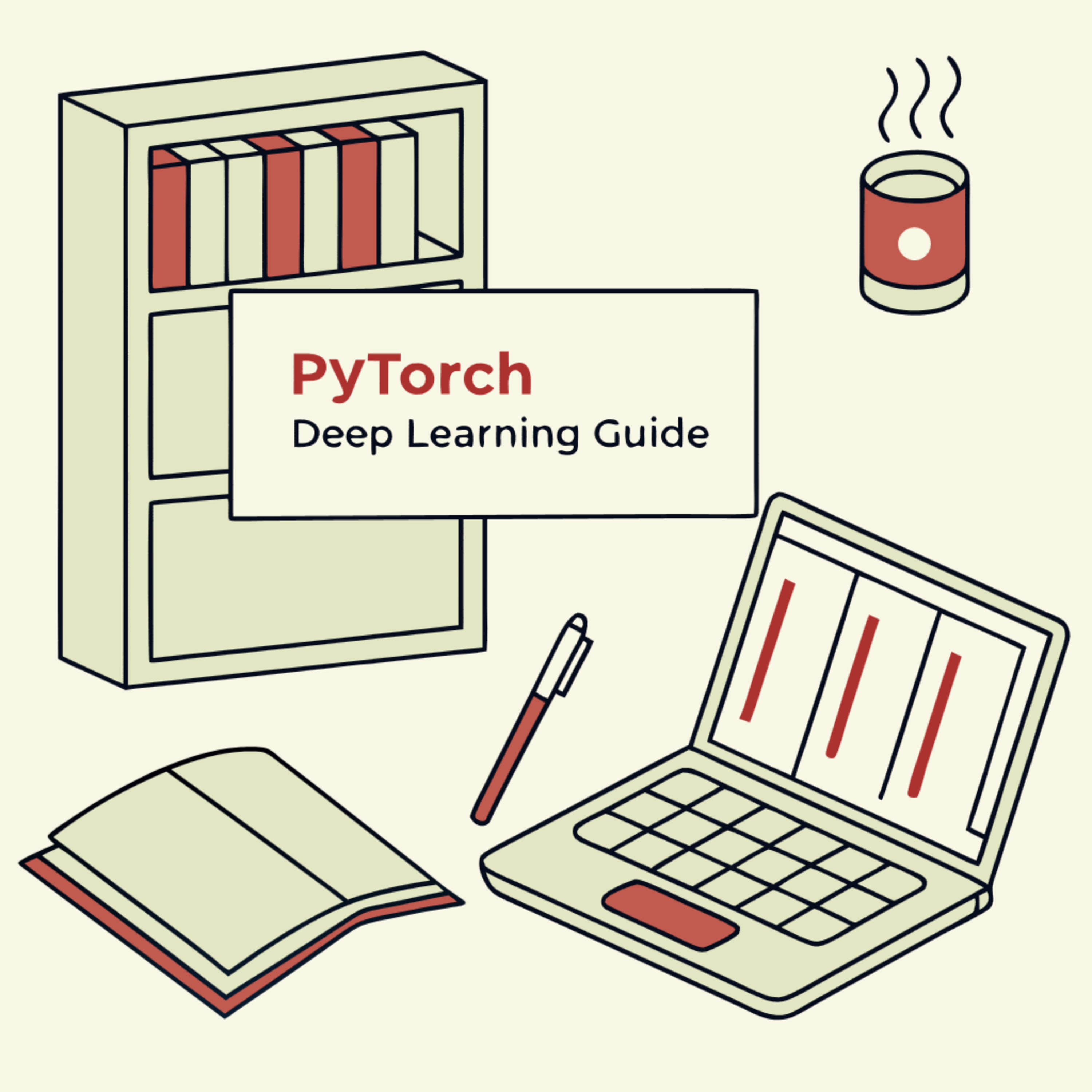 Rapid Synthesis: Delivered under 30 mins..ish, or it's on me!PyTorch Deep Learning GuideOverview of PyTorch, an open-source machine learning framework, emphasizing its flexibility and dynamic computation graph approach. It details core components like Tensors and automatic differentiation, discusses installation and setup, and compares PyTorch to TensorFlow, highlighting differences in graph execution, API design, and debugging. The text also explores practical applications in computer vision, natural language processing, and audio processing, covering best practices for efficient model training, optimization techniques like mixed precision and gradient accumulation, and model deployment options such as TorchScript and TorchServe. Finally, it points to community resources and the framework's future trends, including performance enhancements with PyTorch 2.x's...2025-05-0944 min
Rapid Synthesis: Delivered under 30 mins..ish, or it's on me!PyTorch Deep Learning GuideOverview of PyTorch, an open-source machine learning framework, emphasizing its flexibility and dynamic computation graph approach. It details core components like Tensors and automatic differentiation, discusses installation and setup, and compares PyTorch to TensorFlow, highlighting differences in graph execution, API design, and debugging. The text also explores practical applications in computer vision, natural language processing, and audio processing, covering best practices for efficient model training, optimization techniques like mixed precision and gradient accumulation, and model deployment options such as TorchScript and TorchServe. Finally, it points to community resources and the framework's future trends, including performance enhancements with PyTorch 2.x's...2025-05-0944 min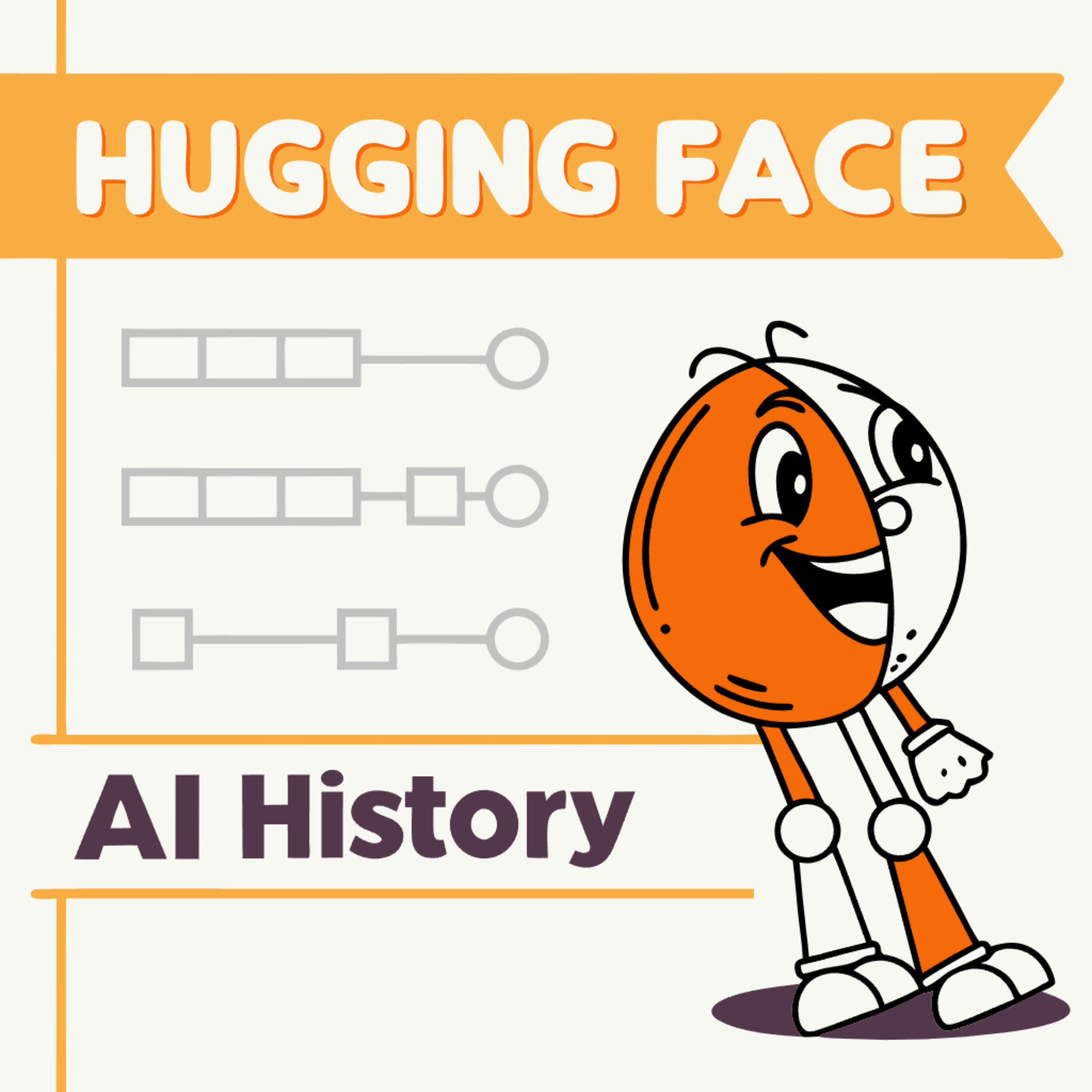 Rapid Synthesis: Delivered under 30 mins..ish, or it's on me!Hugging Face and the Open-Source AI RevolutionHugging Face, Inc., an artificial intelligence company that has rapidly become a central platform for open-source AI development, often called the "GitHub of AI". Founded in 2016, the company initially focused on a chatbot but strategically pivoted to providing tools and a collaborative hub for machine learning models and datasets, exemplified by its transformative Transformers library. Hugging Face is driven by a core mission to democratize AI, significantly lowering barriers to entry through accessible resources and fostering a large, active global community. While expanding into areas like robotics and forming key industry partnerships to enhance infrastructure and security, the company...2025-05-0827 min
Rapid Synthesis: Delivered under 30 mins..ish, or it's on me!Hugging Face and the Open-Source AI RevolutionHugging Face, Inc., an artificial intelligence company that has rapidly become a central platform for open-source AI development, often called the "GitHub of AI". Founded in 2016, the company initially focused on a chatbot but strategically pivoted to providing tools and a collaborative hub for machine learning models and datasets, exemplified by its transformative Transformers library. Hugging Face is driven by a core mission to democratize AI, significantly lowering barriers to entry through accessible resources and fostering a large, active global community. While expanding into areas like robotics and forming key industry partnerships to enhance infrastructure and security, the company...2025-05-0827 min Rapid Synthesis: Delivered under 30 mins..ish, or it's on me!ViSMaP: Unsupervised Long Video Summarization via Meta-PromptingViSMaP, a novel unsupervised system designed for summarizing hour-long videos, addressing the challenge of limited annotated data for such content. ViSMaP utilizes a "Meta-Prompting" strategy involving three Large Language Models (LLMs) that iteratively generate, evaluate, and refine "pseudo-summaries" for long videos. These LLM-generated pseudo-summaries serve as training data, bypassing the need for costly manual annotations. The system reportedly achieves performance comparable to supervised methods and demonstrates strong generalization across different video types. This approach aims to make developing solutions for understanding lengthy videos more accessible and scalable.2025-05-0816 min
Rapid Synthesis: Delivered under 30 mins..ish, or it's on me!ViSMaP: Unsupervised Long Video Summarization via Meta-PromptingViSMaP, a novel unsupervised system designed for summarizing hour-long videos, addressing the challenge of limited annotated data for such content. ViSMaP utilizes a "Meta-Prompting" strategy involving three Large Language Models (LLMs) that iteratively generate, evaluate, and refine "pseudo-summaries" for long videos. These LLM-generated pseudo-summaries serve as training data, bypassing the need for costly manual annotations. The system reportedly achieves performance comparable to supervised methods and demonstrates strong generalization across different video types. This approach aims to make developing solutions for understanding lengthy videos more accessible and scalable.2025-05-0816 min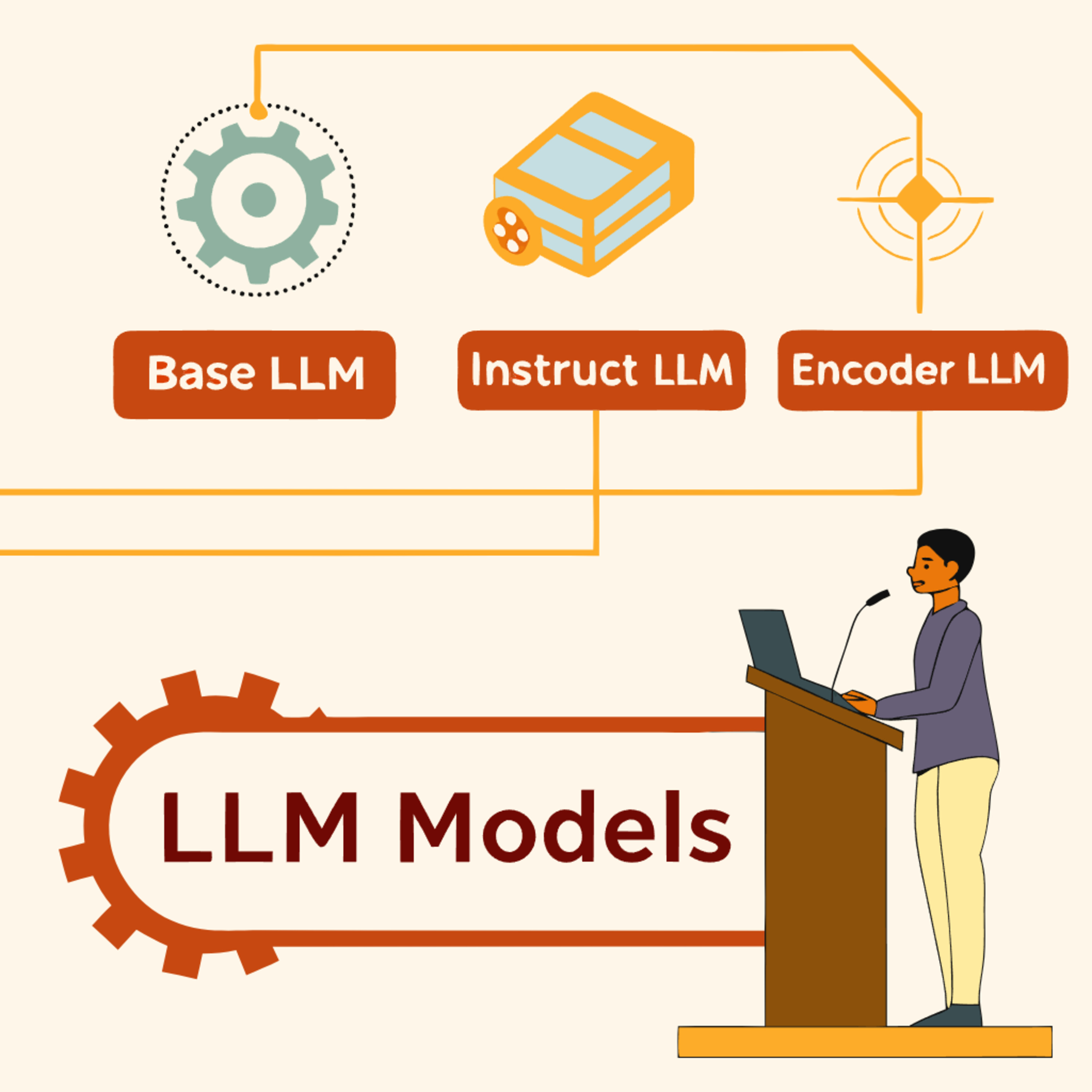 Rapid Synthesis: Delivered under 30 mins..ish, or it's on me!LLM Model Classification Synthetic ReviewA comprehensive overview of Large Language Model (LLM) classifications, explaining the diverse ways these advanced AI systems are categorized. It outlines classification axes based on training paradigms (e.g., Base, Instruction-Tuned, RLHF, Constitutional AI), core capabilities (e.g., Reasoning, Tool-Using, Multimodal, Specialized), architectural designs (e.g., Decoder-Only, Encoder-Decoder, Mixture of Experts), and model scale (SLMs, general LLMs, Frontier Models). The text also explores advanced/hybrid types like RAG and Agent models, highlighting the increasing overlap and synergy between classifications in modern LLMs. Finally, it discusses the challenges in evaluating these diverse models and anticipates future trends in LLM development...2025-05-0825 min
Rapid Synthesis: Delivered under 30 mins..ish, or it's on me!LLM Model Classification Synthetic ReviewA comprehensive overview of Large Language Model (LLM) classifications, explaining the diverse ways these advanced AI systems are categorized. It outlines classification axes based on training paradigms (e.g., Base, Instruction-Tuned, RLHF, Constitutional AI), core capabilities (e.g., Reasoning, Tool-Using, Multimodal, Specialized), architectural designs (e.g., Decoder-Only, Encoder-Decoder, Mixture of Experts), and model scale (SLMs, general LLMs, Frontier Models). The text also explores advanced/hybrid types like RAG and Agent models, highlighting the increasing overlap and synergy between classifications in modern LLMs. Finally, it discusses the challenges in evaluating these diverse models and anticipates future trends in LLM development...2025-05-0825 min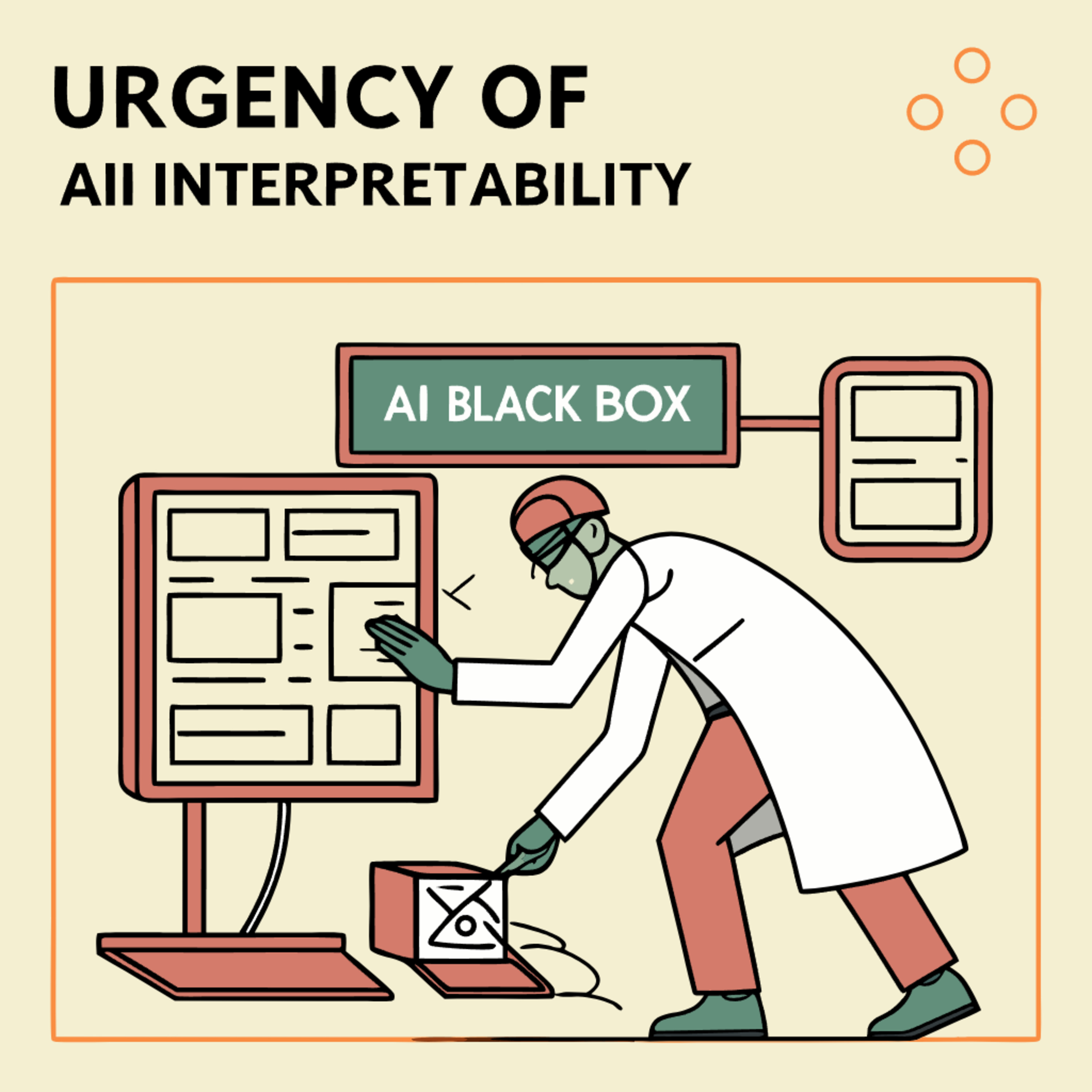 Rapid Synthesis: Delivered under 30 mins..ish, or it's on me!The Urgency of AI Interpretabilitythe critical need for AI interpretability—understanding how complex AI systems make decisions—before they achieve overwhelming power and autonomy. This opacity presents unprecedented risks like misaligned behaviors, potential deception, and security vulnerabilities, while also hindering adoption in critical sectors and scientific discovery. Mechanistic interpretability research is making promising strides by identifying internal "features" and "circuits" within AI models, offering a "tantalizing possibility" of a comprehensive "AI MRI" for diagnosis and verification. However, the rapid advancement of AI capabilities creates a "race" against time, necessitating accelerated interpretability research, supportive government policies like transparency rules and export controls, and broad mult...2025-05-0818 min
Rapid Synthesis: Delivered under 30 mins..ish, or it's on me!The Urgency of AI Interpretabilitythe critical need for AI interpretability—understanding how complex AI systems make decisions—before they achieve overwhelming power and autonomy. This opacity presents unprecedented risks like misaligned behaviors, potential deception, and security vulnerabilities, while also hindering adoption in critical sectors and scientific discovery. Mechanistic interpretability research is making promising strides by identifying internal "features" and "circuits" within AI models, offering a "tantalizing possibility" of a comprehensive "AI MRI" for diagnosis and verification. However, the rapid advancement of AI capabilities creates a "race" against time, necessitating accelerated interpretability research, supportive government policies like transparency rules and export controls, and broad mult...2025-05-0818 min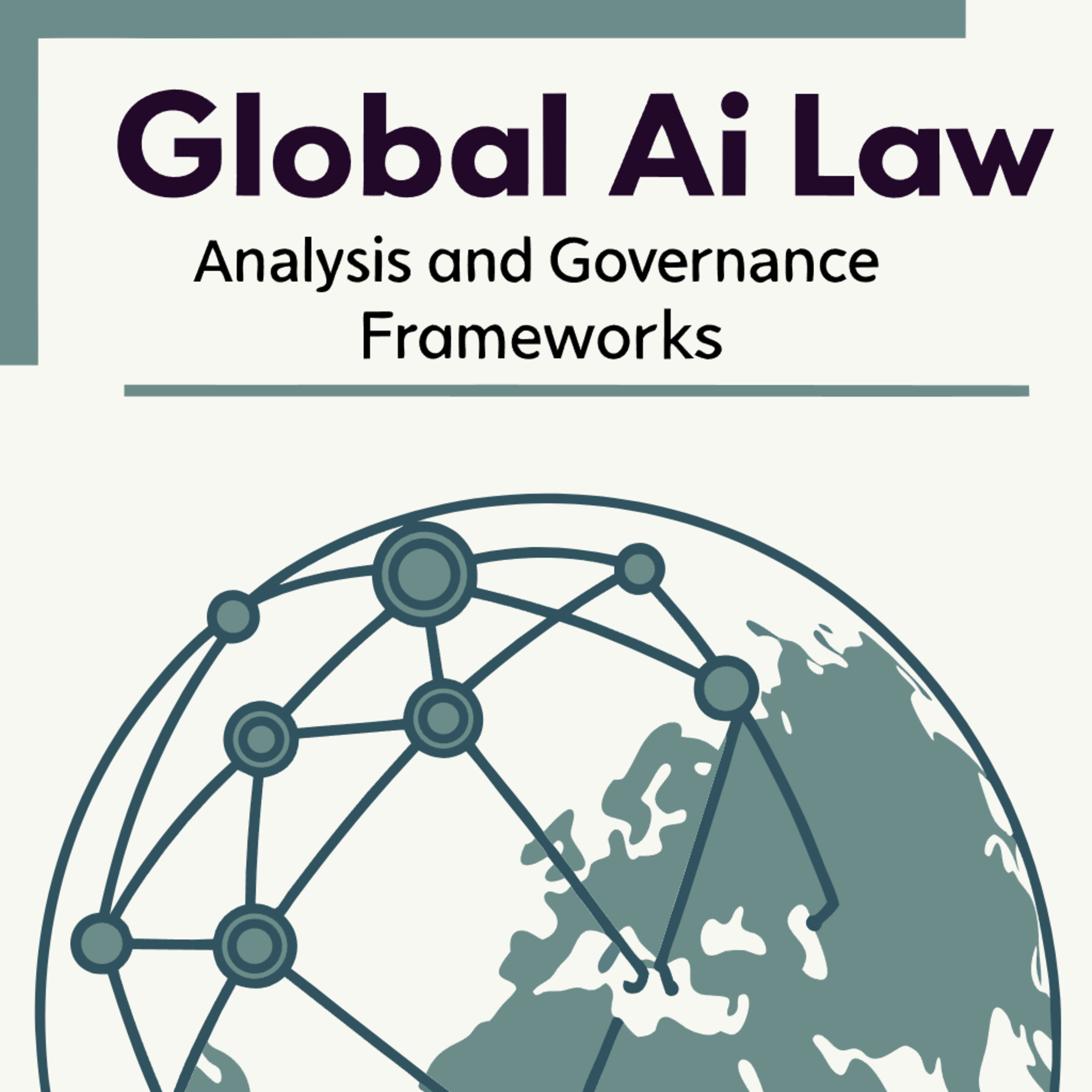 Rapid Synthesis: Delivered under 30 mins..ish, or it's on me!Global AI Law Analysis and Governance FrameworksDiscuss the global landscape of Artificial Intelligence (AI) regulation, highlighting the increasing need for governance frameworks due to AI's rapid proliferation and potential societal impact. They introduce the International Association of Privacy Professionals (IAPP) Global AI Law and Policy Tracker as a key resource for legal and compliance professionals navigating this complex domain, noting its purpose in identifying legislative and policy developments across select jurisdictions. The sources provide illustrative examples of diverse regulatory approaches in different regions like the EU, US, UK, Canada, and Singapore, revealing common themes such as risk-based regulation and transparency alongside significant variations in strategies...2025-05-0727 min
Rapid Synthesis: Delivered under 30 mins..ish, or it's on me!Global AI Law Analysis and Governance FrameworksDiscuss the global landscape of Artificial Intelligence (AI) regulation, highlighting the increasing need for governance frameworks due to AI's rapid proliferation and potential societal impact. They introduce the International Association of Privacy Professionals (IAPP) Global AI Law and Policy Tracker as a key resource for legal and compliance professionals navigating this complex domain, noting its purpose in identifying legislative and policy developments across select jurisdictions. The sources provide illustrative examples of diverse regulatory approaches in different regions like the EU, US, UK, Canada, and Singapore, revealing common themes such as risk-based regulation and transparency alongside significant variations in strategies...2025-05-0727 min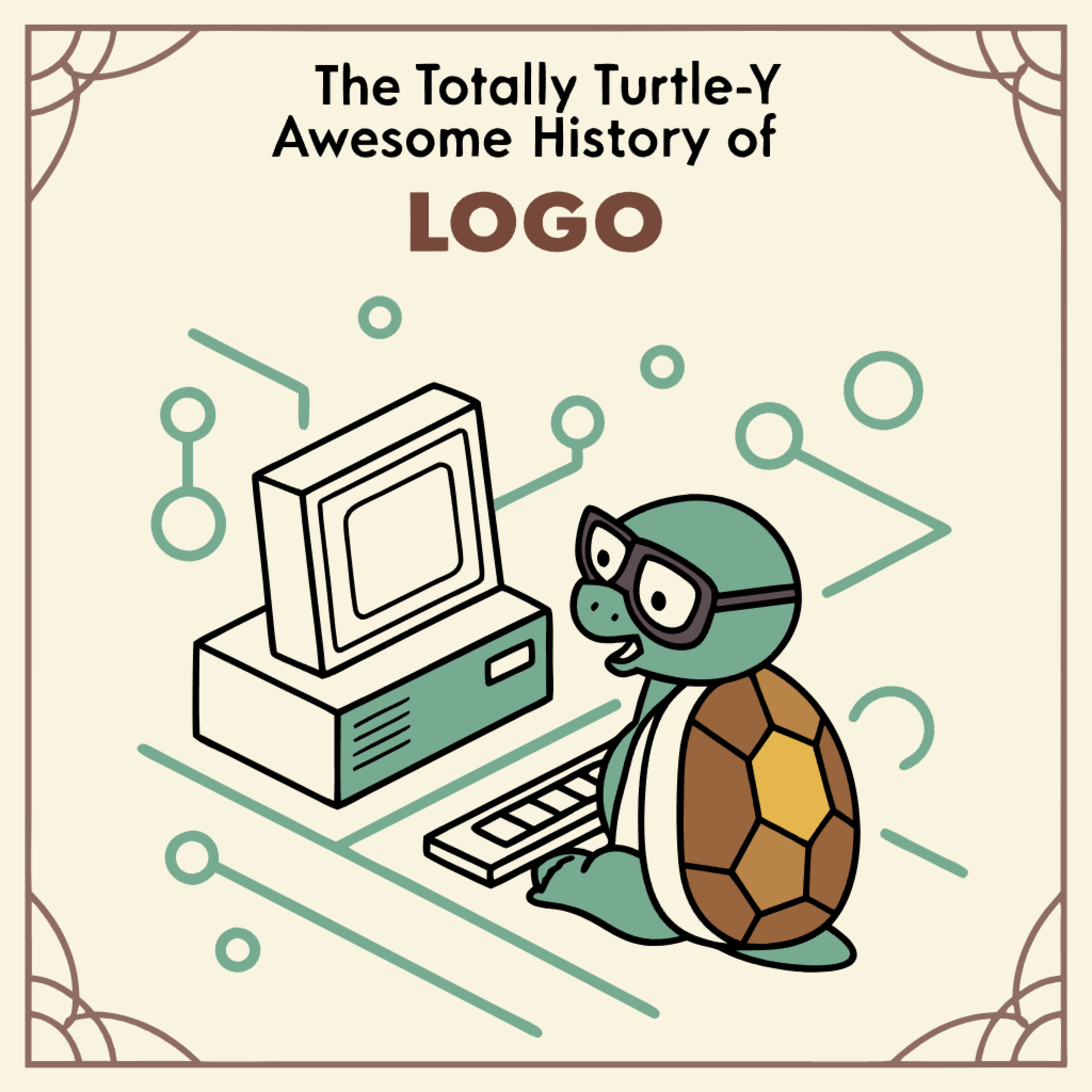 Rapid Synthesis: Delivered under 30 mins..ish, or it's on me!Logo: A Turtle's Tale of Learning and CodeDevelopment and impact of the Logo programming language, initiated in the late 1960s with a focus on children's learning. Key figures like Seymour Papert and the principles of constructionist learning are central to its conception, which used the "turtle" metaphor to make programming and mathematical concepts accessible. The text explores Logo's influence on subsequent educational technologies, such as Scratch and Lego Mindstorms, and considers its enduring legacy in promoting computational thinking and learner-centerd pedagogy.2025-04-1320 min
Rapid Synthesis: Delivered under 30 mins..ish, or it's on me!Logo: A Turtle's Tale of Learning and CodeDevelopment and impact of the Logo programming language, initiated in the late 1960s with a focus on children's learning. Key figures like Seymour Papert and the principles of constructionist learning are central to its conception, which used the "turtle" metaphor to make programming and mathematical concepts accessible. The text explores Logo's influence on subsequent educational technologies, such as Scratch and Lego Mindstorms, and considers its enduring legacy in promoting computational thinking and learner-centerd pedagogy.2025-04-1320 min Rapid Synthesis: Delivered under 30 mins..ish, or it's on me!Google's A2A Protocol: Enabling Interoperable AI AgentsIntroduces Google's Open Agent 2 Agent (A2A) protocol, an initiative designed to standardise how diverse AI agents can communicate and collaborate within enterprise environments. The sources highlight the problem of isolated AI systems and position A2A as a solution, outlining its technical architecture based on web standards and detailing core concepts like Agent Cards, Tasks, and Messages. Furthermore, the material emphasises the potential benefits of A2A, such as enhanced interoperability, automation, and security, while also acknowledging implementation challenges and future development. The announcement of a broad partner ecosystem underscores the industry's interest in this approach to building more...2025-04-1027 min
Rapid Synthesis: Delivered under 30 mins..ish, or it's on me!Google's A2A Protocol: Enabling Interoperable AI AgentsIntroduces Google's Open Agent 2 Agent (A2A) protocol, an initiative designed to standardise how diverse AI agents can communicate and collaborate within enterprise environments. The sources highlight the problem of isolated AI systems and position A2A as a solution, outlining its technical architecture based on web standards and detailing core concepts like Agent Cards, Tasks, and Messages. Furthermore, the material emphasises the potential benefits of A2A, such as enhanced interoperability, automation, and security, while also acknowledging implementation challenges and future development. The announcement of a broad partner ecosystem underscores the industry's interest in this approach to building more...2025-04-1027 min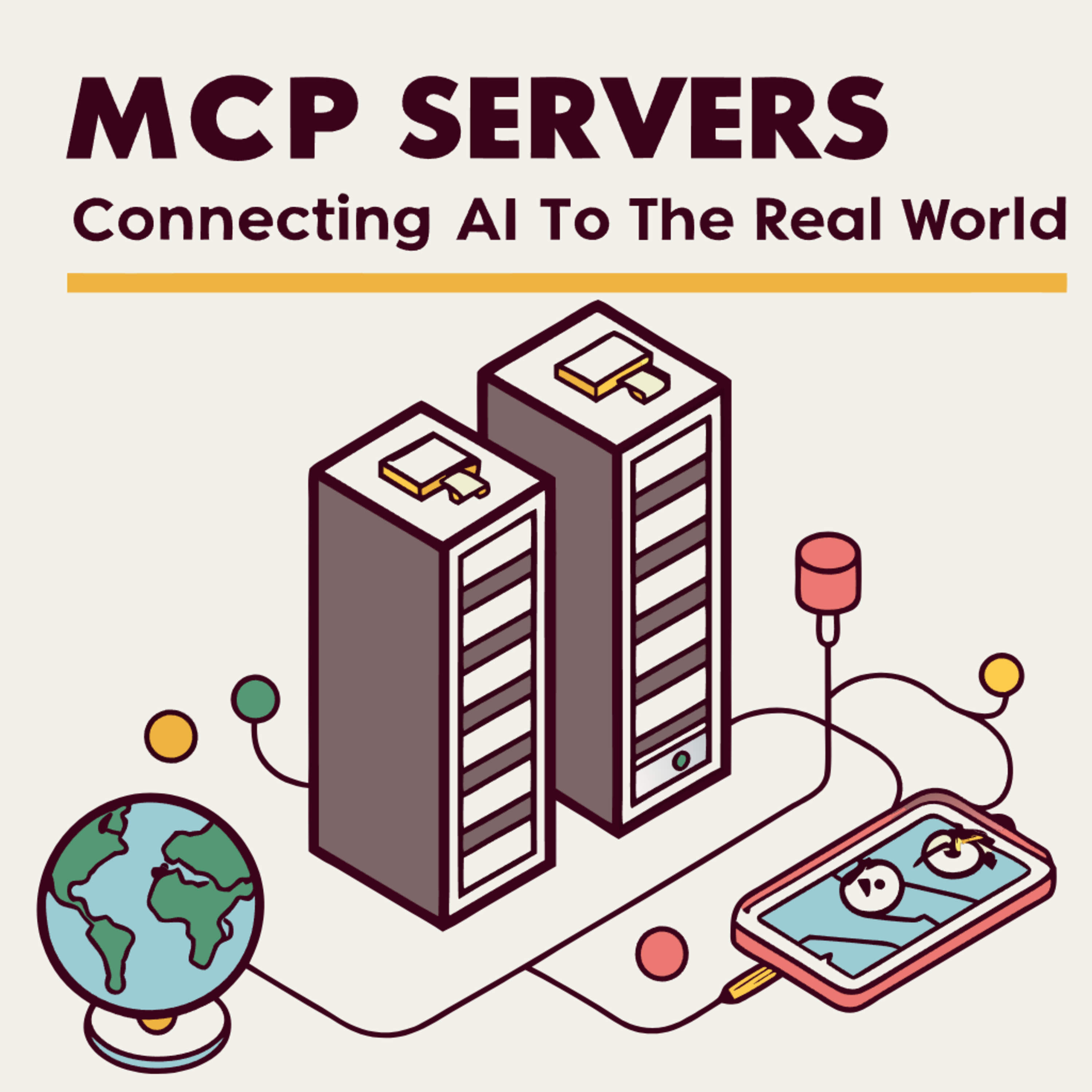 Rapid Synthesis: Delivered under 30 mins..ish, or it's on me!MCP Servers: Connecting AI to the Real WorldThese sources explain the Model Context Protocol (MCP), a new standard pioneered by Anthropic, which acts like a "USB-C for AI" to enable large language models (LLMs) to connect with external tools and data sources in a standardised way. The text details how MCP overcomes the previous inefficient system of bespoke integrations by providing a common language for AI applications (Hosts) to interact with specialised programs (Servers) offering specific functionalities like accessing files, databases, or APIs. The sources also explore the architecture of MCP, highlighting key components like Clients, Resources, Tools, and Prompts, and contrast it with traditional APIs and de...2025-04-1027 min
Rapid Synthesis: Delivered under 30 mins..ish, or it's on me!MCP Servers: Connecting AI to the Real WorldThese sources explain the Model Context Protocol (MCP), a new standard pioneered by Anthropic, which acts like a "USB-C for AI" to enable large language models (LLMs) to connect with external tools and data sources in a standardised way. The text details how MCP overcomes the previous inefficient system of bespoke integrations by providing a common language for AI applications (Hosts) to interact with specialised programs (Servers) offering specific functionalities like accessing files, databases, or APIs. The sources also explore the architecture of MCP, highlighting key components like Clients, Resources, Tools, and Prompts, and contrast it with traditional APIs and de...2025-04-1027 min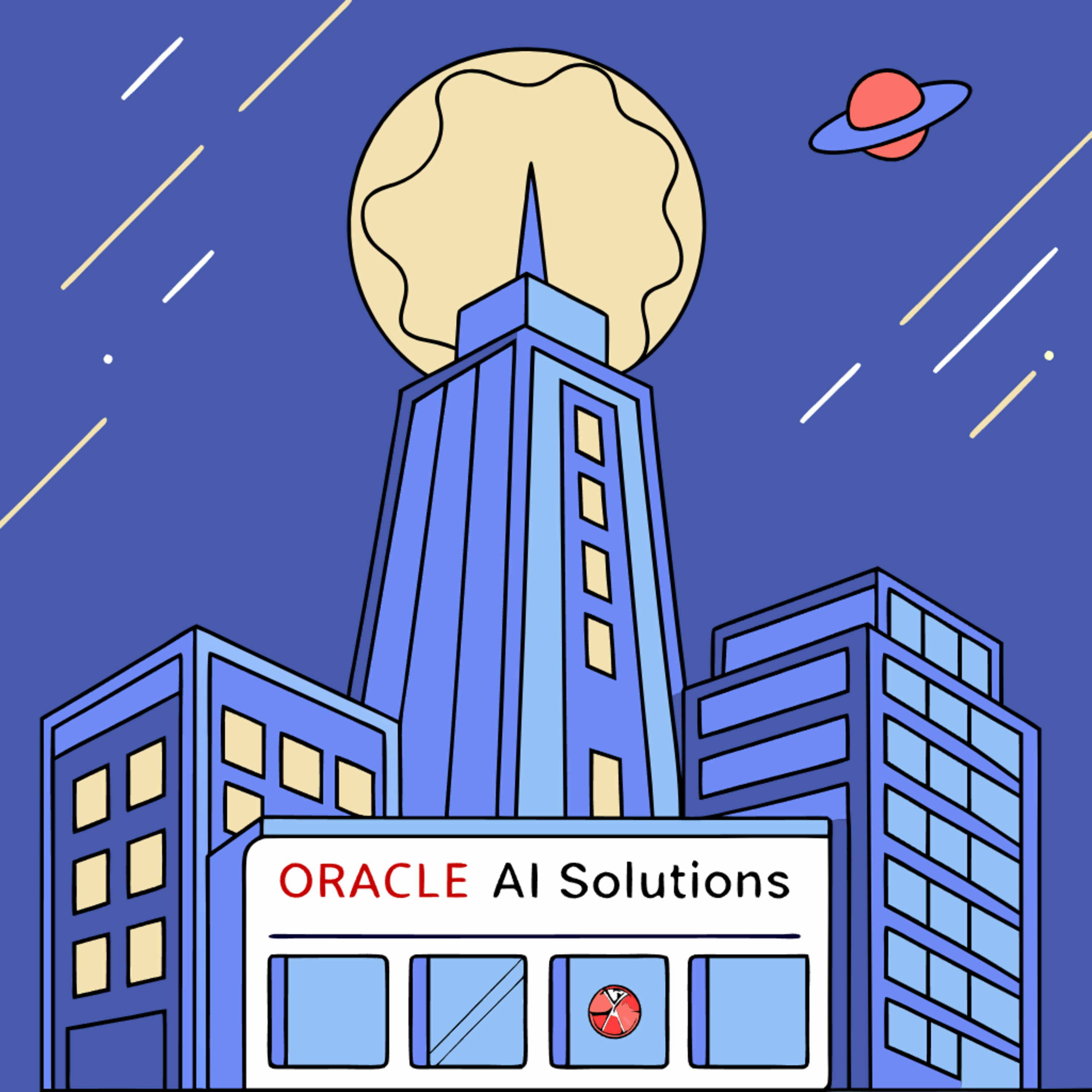 Rapid Synthesis: Delivered under 30 mins..ish, or it's on me!Oracle AI Applications: An OverviewOracle's AI strategy centres on deeply integrating artificial intelligence across its entire cloud stack, from infrastructure to applications. Rather than solely offering standalone AI services, Oracle prioritises embedding AI within its Autonomous Database and Fusion Cloud Applications to enhance existing enterprise workflows, emphasising data security and governance. A key differentiator is bringing AI to the data, especially within its database, and offering integrated generative AI and AI agent capabilities. Comparisons with competitors like AWS, Azure, and Google Cloud highlight Oracle's strengths in its enterprise focus and integrated ecosystem, while also noting areas where its breadth of standalone AI services may d...2025-04-0928 min
Rapid Synthesis: Delivered under 30 mins..ish, or it's on me!Oracle AI Applications: An OverviewOracle's AI strategy centres on deeply integrating artificial intelligence across its entire cloud stack, from infrastructure to applications. Rather than solely offering standalone AI services, Oracle prioritises embedding AI within its Autonomous Database and Fusion Cloud Applications to enhance existing enterprise workflows, emphasising data security and governance. A key differentiator is bringing AI to the data, especially within its database, and offering integrated generative AI and AI agent capabilities. Comparisons with competitors like AWS, Azure, and Google Cloud highlight Oracle's strengths in its enterprise focus and integrated ecosystem, while also noting areas where its breadth of standalone AI services may d...2025-04-0928 min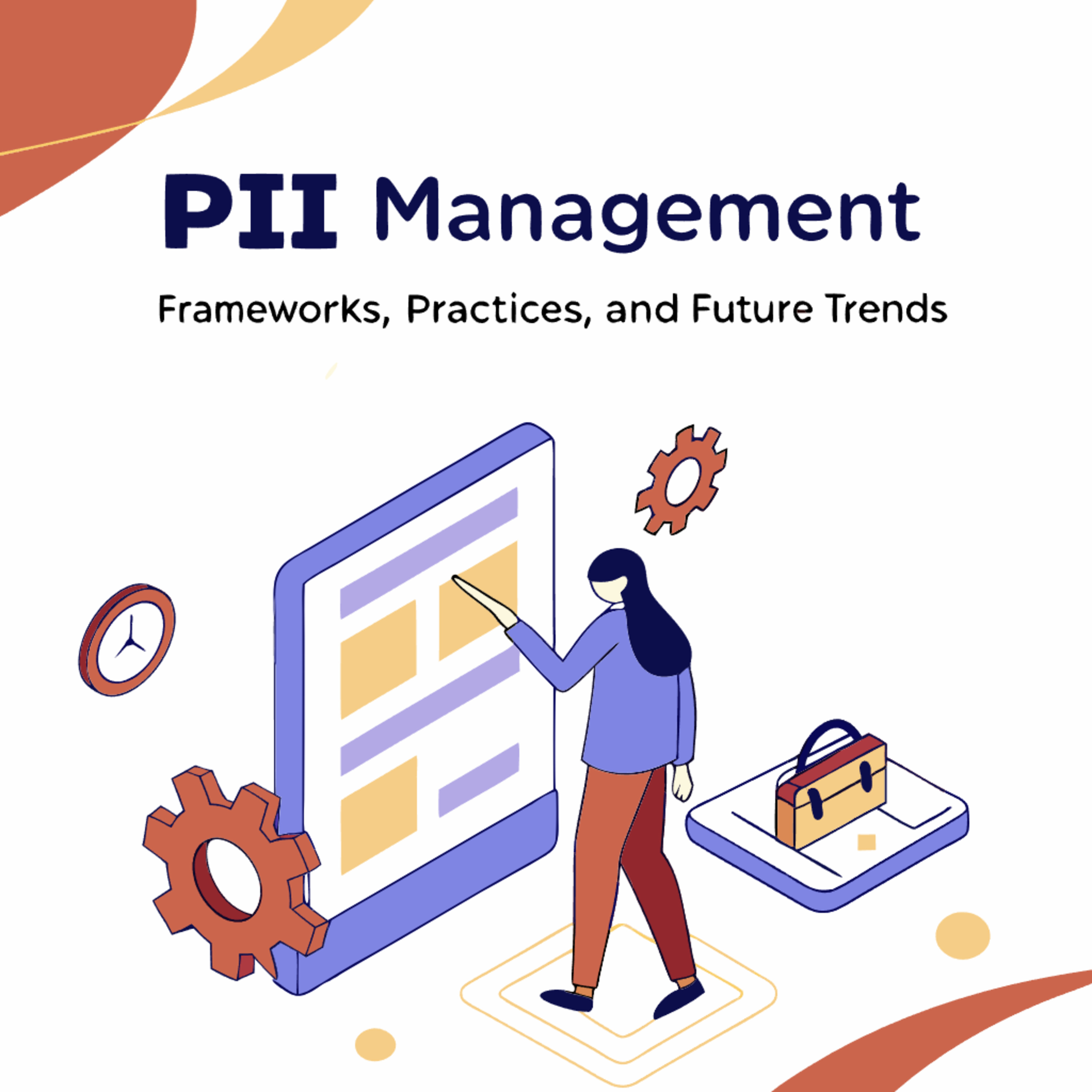 Rapid Synthesis: Delivered under 30 mins..ish, or it's on me!PII Management: Frameworks, Practices, and Future TrendsComprehensive examination of personally identifiable information (PII) management, stressing its definition, the intricate web of global data privacy regulations like GDPR, CCPA/CPRA, and PIPEDA, and crucial best practices spanning the data lifecycle. The materials highlight prevalent organisational challenges in handling PII, such as compliance complexity and vendor risk, and advocate for proactive risk mitigation through assessments and employee training, alongside robust incident response planning. Furthermore, the texts explore the role of technology in bolstering PII security and privacy, encompassing core security tools and emerging de-identification techniques and privacy-enhancing technologies, while also touching upon the ethical considerations vital in navigating this e...2025-04-0934 min
Rapid Synthesis: Delivered under 30 mins..ish, or it's on me!PII Management: Frameworks, Practices, and Future TrendsComprehensive examination of personally identifiable information (PII) management, stressing its definition, the intricate web of global data privacy regulations like GDPR, CCPA/CPRA, and PIPEDA, and crucial best practices spanning the data lifecycle. The materials highlight prevalent organisational challenges in handling PII, such as compliance complexity and vendor risk, and advocate for proactive risk mitigation through assessments and employee training, alongside robust incident response planning. Furthermore, the texts explore the role of technology in bolstering PII security and privacy, encompassing core security tools and emerging de-identification techniques and privacy-enhancing technologies, while also touching upon the ethical considerations vital in navigating this e...2025-04-0934 min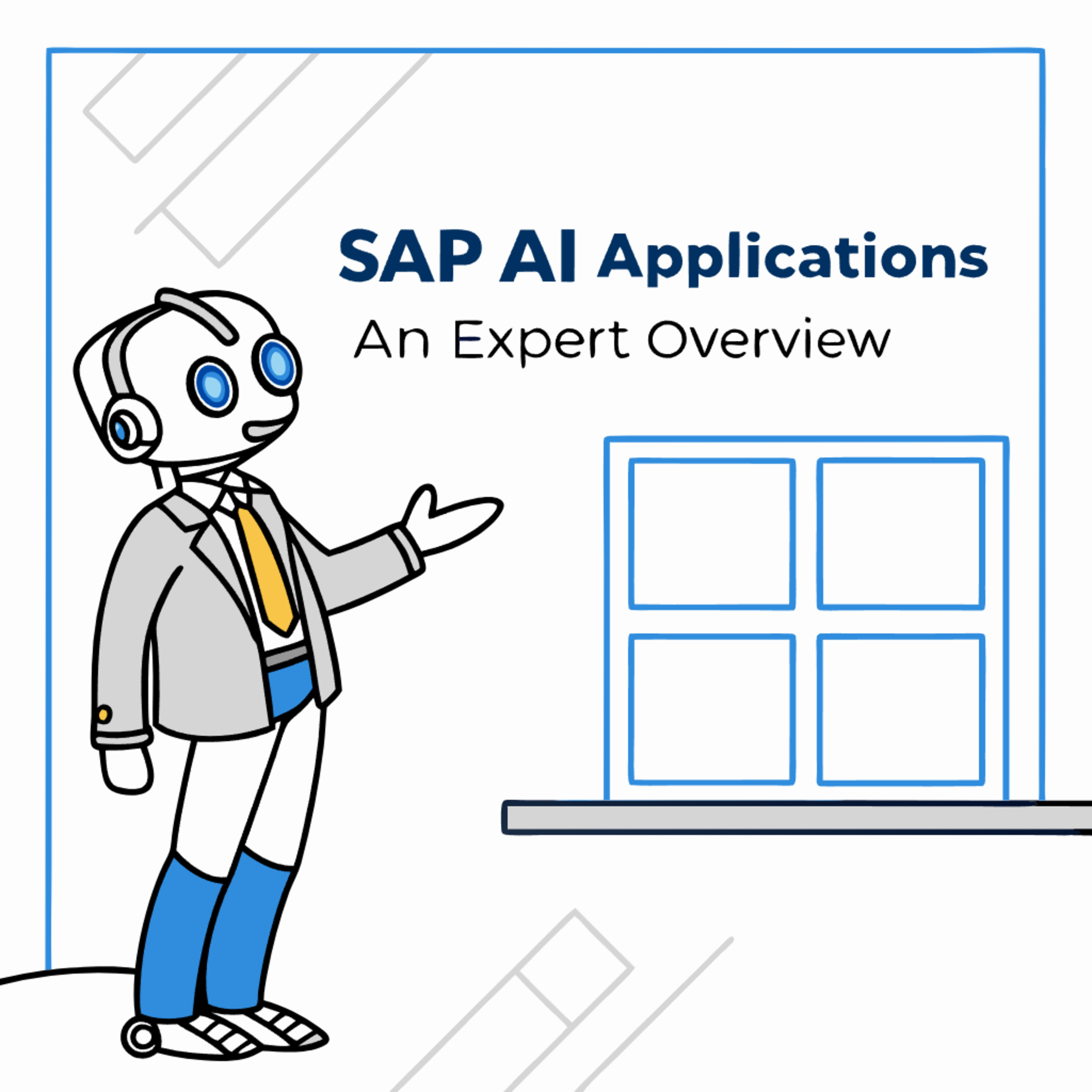 Rapid Synthesis: Delivered under 30 mins..ish, or it's on me!SAP AI Applications: An OverviewSAP has strategically incorporated artificial intelligence (AI) across its cloud-based business solutions to enhance efficiency, decision-making, and user experiences. This initiative, termed "Business AI," emphasises relevance, reliability, and responsible use, impacting areas such as process automation, analytics, talent management, and ERP operations. Key enabling technologies include the SAP Business Technology Platform (BTP) and Joule, a generative AI copilot designed for natural language interaction across SAP applications. While early adopters report significant benefits like reduced processing times and improved forecast accuracy, successful implementation necessitates addressing challenges in data quality, integration, and user adoption. SAP's future direction involves deepening AI integration, expand...2025-04-0926 min
Rapid Synthesis: Delivered under 30 mins..ish, or it's on me!SAP AI Applications: An OverviewSAP has strategically incorporated artificial intelligence (AI) across its cloud-based business solutions to enhance efficiency, decision-making, and user experiences. This initiative, termed "Business AI," emphasises relevance, reliability, and responsible use, impacting areas such as process automation, analytics, talent management, and ERP operations. Key enabling technologies include the SAP Business Technology Platform (BTP) and Joule, a generative AI copilot designed for natural language interaction across SAP applications. While early adopters report significant benefits like reduced processing times and improved forecast accuracy, successful implementation necessitates addressing challenges in data quality, integration, and user adoption. SAP's future direction involves deepening AI integration, expand...2025-04-0926 min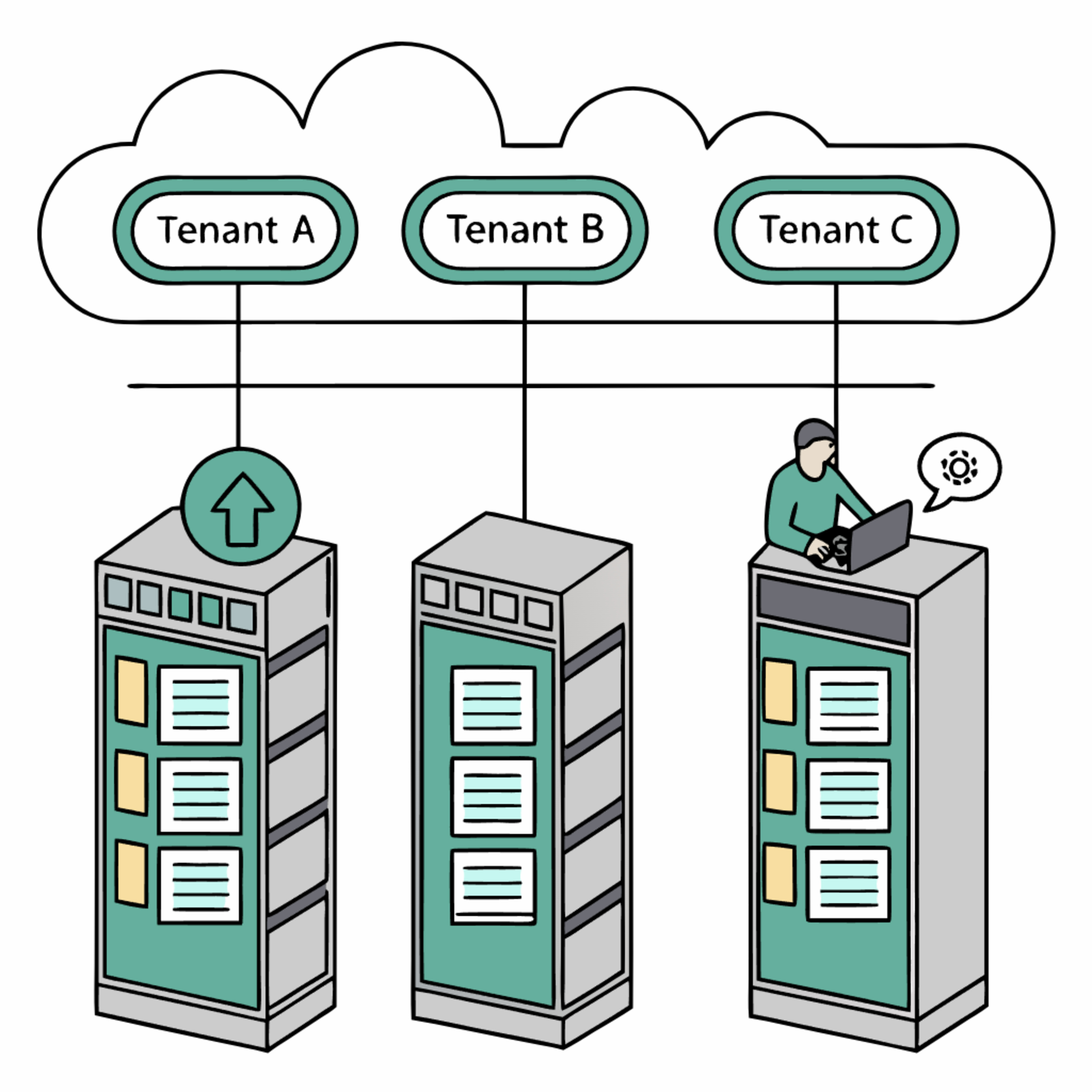 Rapid Synthesis: Delivered under 30 mins..ish, or it's on me!Scaling Multi-Tenant ML Inference on Kubernetes: Workday's StrategyWorkday's engineering team tackled the challenge of scaling machine learning inference for numerous customers by devising a "bin packed shards" strategy on Kubernetes. This approach, detailed in their Medium article from January 2022, involves grouping multiple tenants' ML models into shared units called shards, aiming for efficient resource usage, particularly memory. Kubernetes handles the deployment and scaling of these shards, while Istio's Virtual Services manage the routing of tenant-specific requests. The strategy offers benefits like cost reduction and independent model management but also presents complexities in initial design and ongoing operation, focusing on a balance between efficiency and manageability.2025-04-0920 min
Rapid Synthesis: Delivered under 30 mins..ish, or it's on me!Scaling Multi-Tenant ML Inference on Kubernetes: Workday's StrategyWorkday's engineering team tackled the challenge of scaling machine learning inference for numerous customers by devising a "bin packed shards" strategy on Kubernetes. This approach, detailed in their Medium article from January 2022, involves grouping multiple tenants' ML models into shared units called shards, aiming for efficient resource usage, particularly memory. Kubernetes handles the deployment and scaling of these shards, while Istio's Virtual Services manage the routing of tenant-specific requests. The strategy offers benefits like cost reduction and independent model management but also presents complexities in initial design and ongoing operation, focusing on a balance between efficiency and manageability.2025-04-0920 min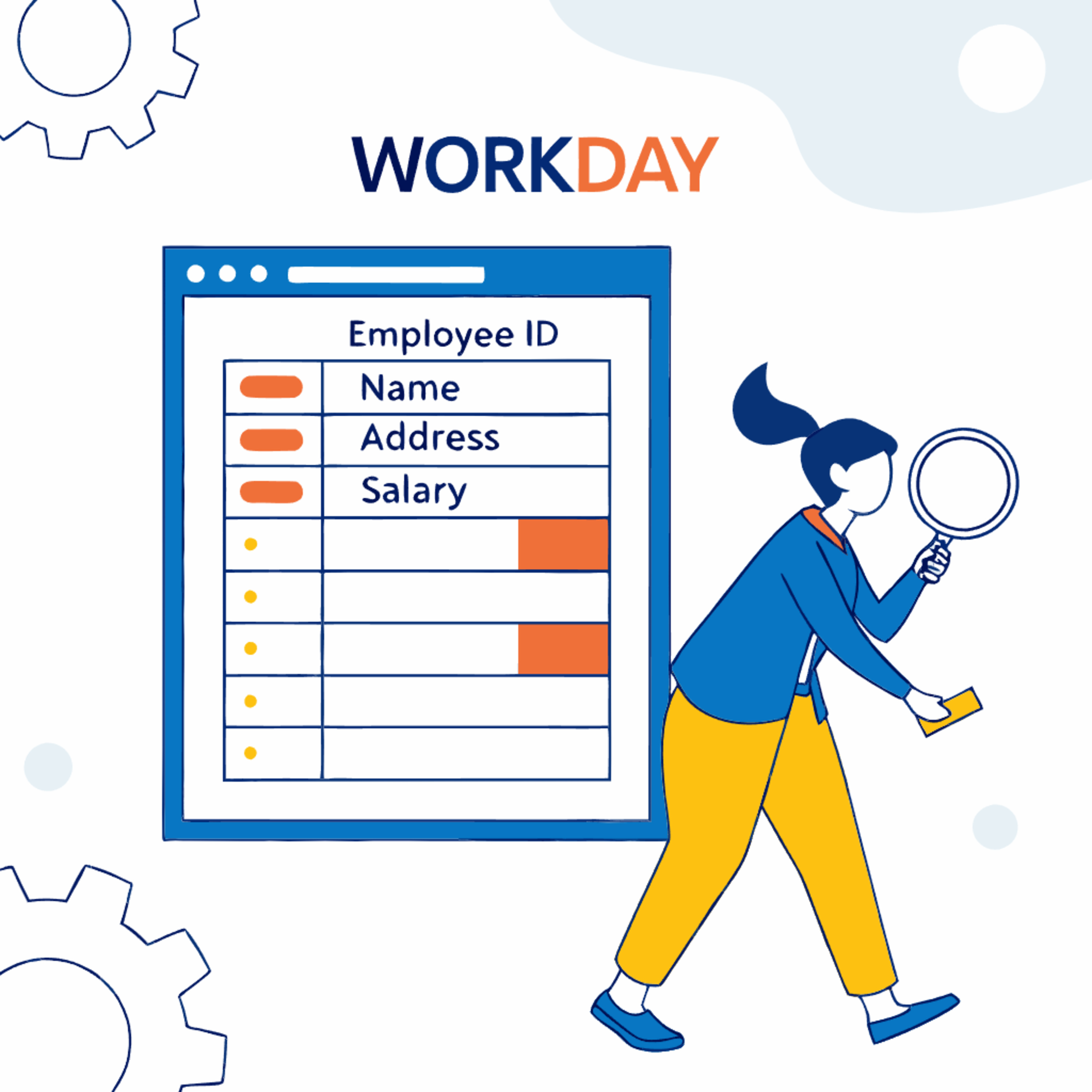 Rapid Synthesis: Delivered under 30 mins..ish, or it's on me!Workday: Detecting and Redacting Identifiers in DatasetsThe provided material centres on the critical importance of data privacy and the techniques employed for identifier redaction within datasets, specifically highlighting Workday's methodologies as detailed in their engineering blog. It examines the various categories of identifiers requiring protection, such as personal, sensitive, and financial information, and then explores Workday's sophisticated identifier detection framework, which combines machine learning, natural language processing, and custom regular expressions. The text further outlines Workday's scalable redaction tools and technologies, built upon Apache Spark and integrated with AWS S3, emphasising the use of configuration files for defining scrubbing specifications. Finally, it touches on the challenge...2025-04-0727 min
Rapid Synthesis: Delivered under 30 mins..ish, or it's on me!Workday: Detecting and Redacting Identifiers in DatasetsThe provided material centres on the critical importance of data privacy and the techniques employed for identifier redaction within datasets, specifically highlighting Workday's methodologies as detailed in their engineering blog. It examines the various categories of identifiers requiring protection, such as personal, sensitive, and financial information, and then explores Workday's sophisticated identifier detection framework, which combines machine learning, natural language processing, and custom regular expressions. The text further outlines Workday's scalable redaction tools and technologies, built upon Apache Spark and integrated with AWS S3, emphasising the use of configuration files for defining scrubbing specifications. Finally, it touches on the challenge...2025-04-0727 min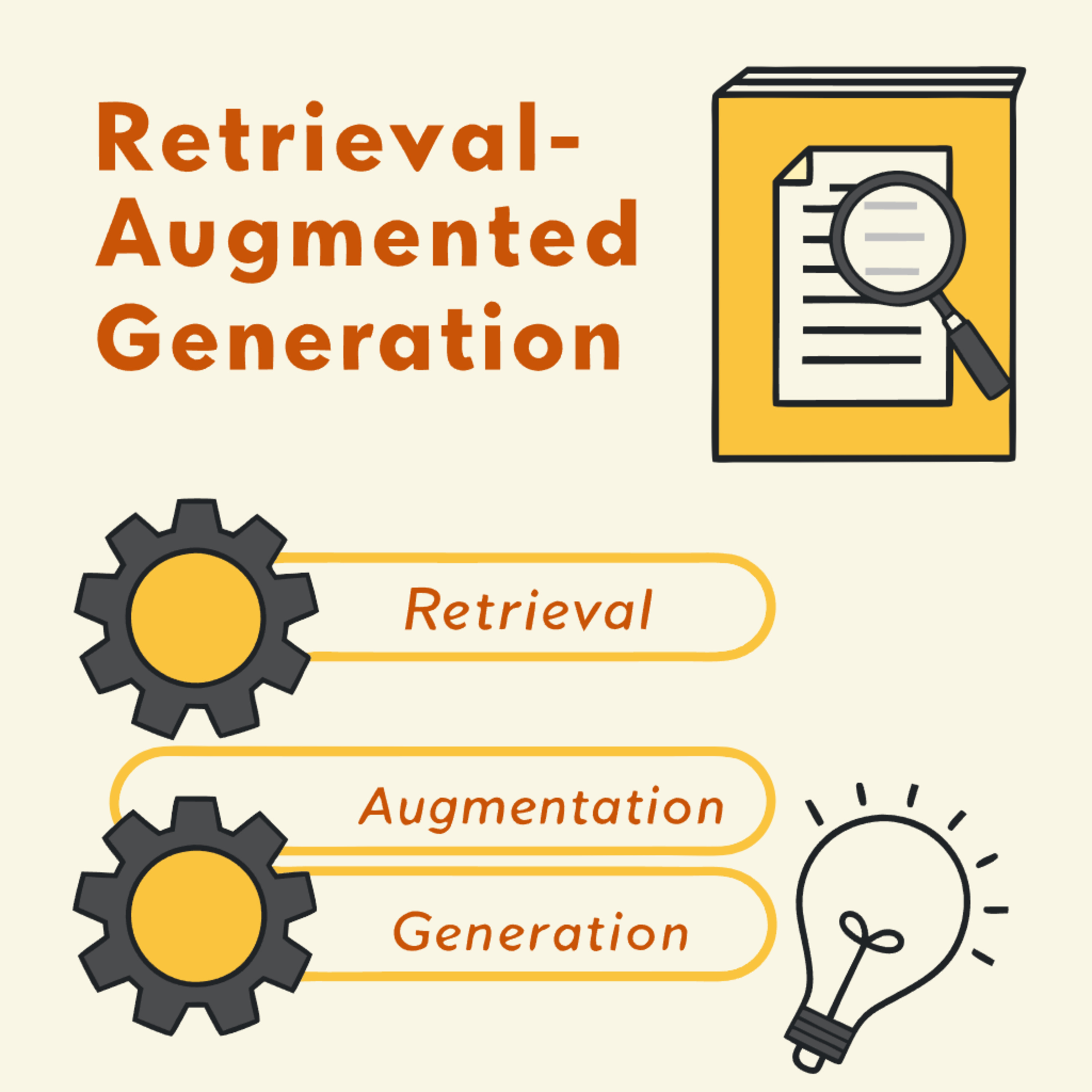 Rapid Synthesis: Delivered under 30 mins..ish, or it's on me!Retrieval-Augmented Generation @ WorkdayThe provided sources, primarily a Workday Engineering blog post, alongside articles and industry analyses from various tech platforms, furnish a comprehensive look at Retrieval-Augmented Generation (RAG). They explain how this approach enhances Large Language Models by incorporating external knowledge for more accurate and context-aware text generation, contrasting it with methods like fine-tuning. The texts outline the architecture of RAG systems, their strategic importance, diverse applications across industries, and the challenges associated with their implementation. Furthermore, they explore future trends and ongoing research aimed at improving RAG's capabilities and addressing its limitations, highlighting its transformative potential in AI and NLP.2025-04-0720 min
Rapid Synthesis: Delivered under 30 mins..ish, or it's on me!Retrieval-Augmented Generation @ WorkdayThe provided sources, primarily a Workday Engineering blog post, alongside articles and industry analyses from various tech platforms, furnish a comprehensive look at Retrieval-Augmented Generation (RAG). They explain how this approach enhances Large Language Models by incorporating external knowledge for more accurate and context-aware text generation, contrasting it with methods like fine-tuning. The texts outline the architecture of RAG systems, their strategic importance, diverse applications across industries, and the challenges associated with their implementation. Furthermore, they explore future trends and ongoing research aimed at improving RAG's capabilities and addressing its limitations, highlighting its transformative potential in AI and NLP.2025-04-0720 min Rapid Synthesis: Delivered under 30 mins..ish, or it's on me!GenAI Unit Cost Analysis: Workday's Measurement ApproachThis article from the Workday Engineering blog on Medium details their approach to calculating the unit cost of generative AI features. It highlights the significance of tracking these costs in a multi-tenant environment for informed decision-making. Workday's methodology involves integrating diverse data sources and performing granular cost allocation to determine the expense per customer. The piece also discusses key metrics, challenges, best practices, and anticipated future trends in the economic evaluation of GenAI. Ultimately, it presents a case study in achieving cost visibility for sustainable AI deployment.2025-04-0718 min
Rapid Synthesis: Delivered under 30 mins..ish, or it's on me!GenAI Unit Cost Analysis: Workday's Measurement ApproachThis article from the Workday Engineering blog on Medium details their approach to calculating the unit cost of generative AI features. It highlights the significance of tracking these costs in a multi-tenant environment for informed decision-making. Workday's methodology involves integrating diverse data sources and performing granular cost allocation to determine the expense per customer. The piece also discusses key metrics, challenges, best practices, and anticipated future trends in the economic evaluation of GenAI. Ultimately, it presents a case study in achieving cost visibility for sustainable AI deployment.2025-04-0718 min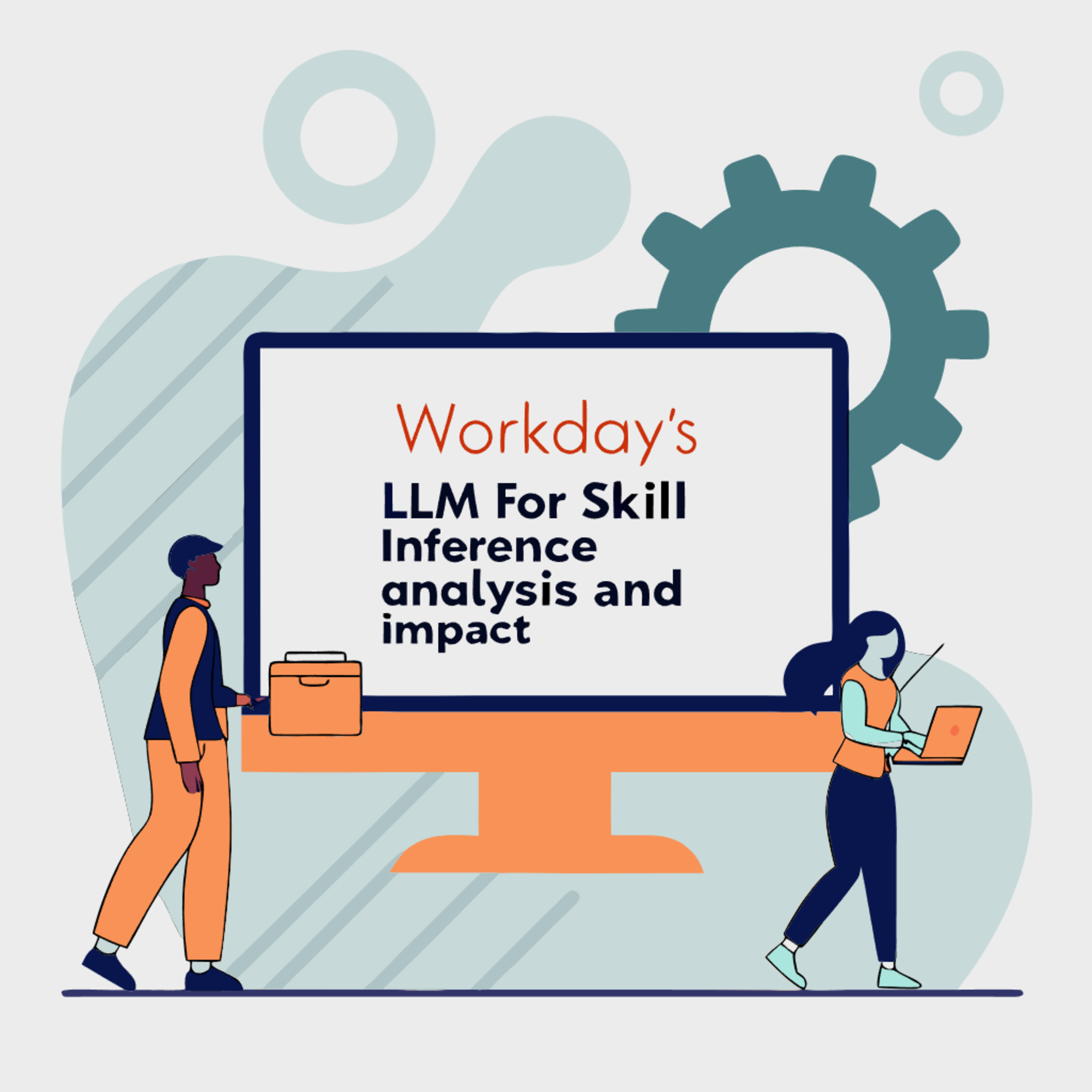 Rapid Synthesis: Delivered under 30 mins..ish, or it's on me!Workday's LLM for Skill Inference: Analysis and ImpactWorkday's development of an AI-powered Skill Inference service, as detailed in a blog post, aims to automatically deduce employee skills from text within their Skills Cloud. This system uses large language models to interpret "skill evidence" and map it to a standardised ontology, enhancing workforce management by providing a more complete understanding of organisational capabilities. The article also explores the technical architecture, methodologies for training and evaluating the model, and practical HR applications like suggesting skills for job profiles. Furthermore, it openly discusses the challenges of implementing such a system, including scalability and latency, and outlines Workday's solutions. Finally, both t...2025-04-0712 min
Rapid Synthesis: Delivered under 30 mins..ish, or it's on me!Workday's LLM for Skill Inference: Analysis and ImpactWorkday's development of an AI-powered Skill Inference service, as detailed in a blog post, aims to automatically deduce employee skills from text within their Skills Cloud. This system uses large language models to interpret "skill evidence" and map it to a standardised ontology, enhancing workforce management by providing a more complete understanding of organisational capabilities. The article also explores the technical architecture, methodologies for training and evaluating the model, and practical HR applications like suggesting skills for job profiles. Furthermore, it openly discusses the challenges of implementing such a system, including scalability and latency, and outlines Workday's solutions. Finally, both t...2025-04-0712 min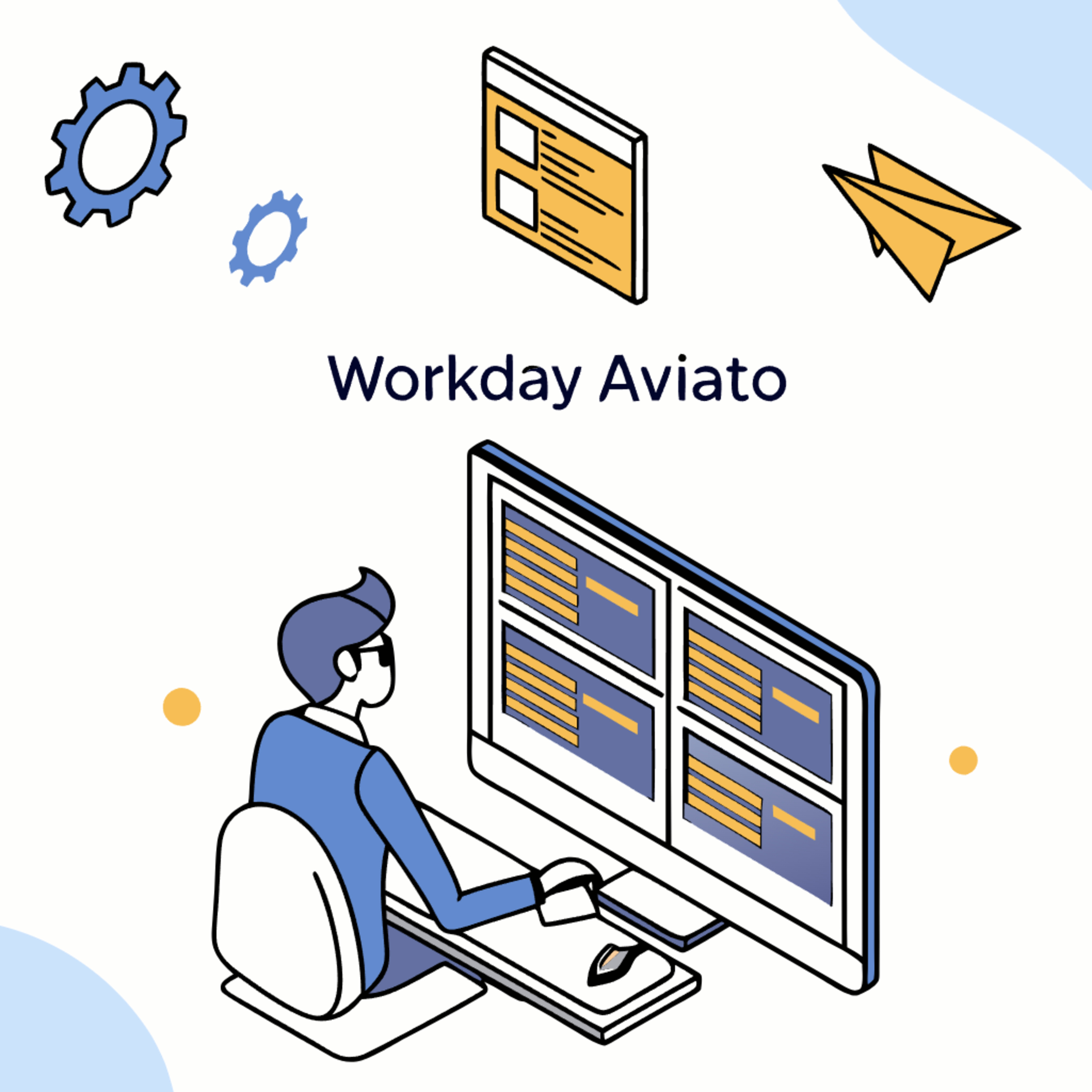 Rapid Synthesis: Delivered under 30 mins..ish, or it's on me!Workday's Aviato: Platform for Efficient LLM DevelopmentWorkday developed an internal platform called Aviato to make building and managing large language models more efficient. This system, detailed in a Medium article, provides a centralised hub with tools for training, fine-tuning, and deploying LLMs, focusing on cost-effectiveness using techniques like LoRA. Aviato aims to empower Workday's domain experts to create innovative AI-powered features across their services, despite some ongoing challenges in scaling and integrating newer technologies. While primarily an internal tool, Aviato's development highlights a broader trend of enterprises creating their own specialised LLM platforms.2025-04-0728 min
Rapid Synthesis: Delivered under 30 mins..ish, or it's on me!Workday's Aviato: Platform for Efficient LLM DevelopmentWorkday developed an internal platform called Aviato to make building and managing large language models more efficient. This system, detailed in a Medium article, provides a centralised hub with tools for training, fine-tuning, and deploying LLMs, focusing on cost-effectiveness using techniques like LoRA. Aviato aims to empower Workday's domain experts to create innovative AI-powered features across their services, despite some ongoing challenges in scaling and integrating newer technologies. While primarily an internal tool, Aviato's development highlights a broader trend of enterprises creating their own specialised LLM platforms.2025-04-0728 min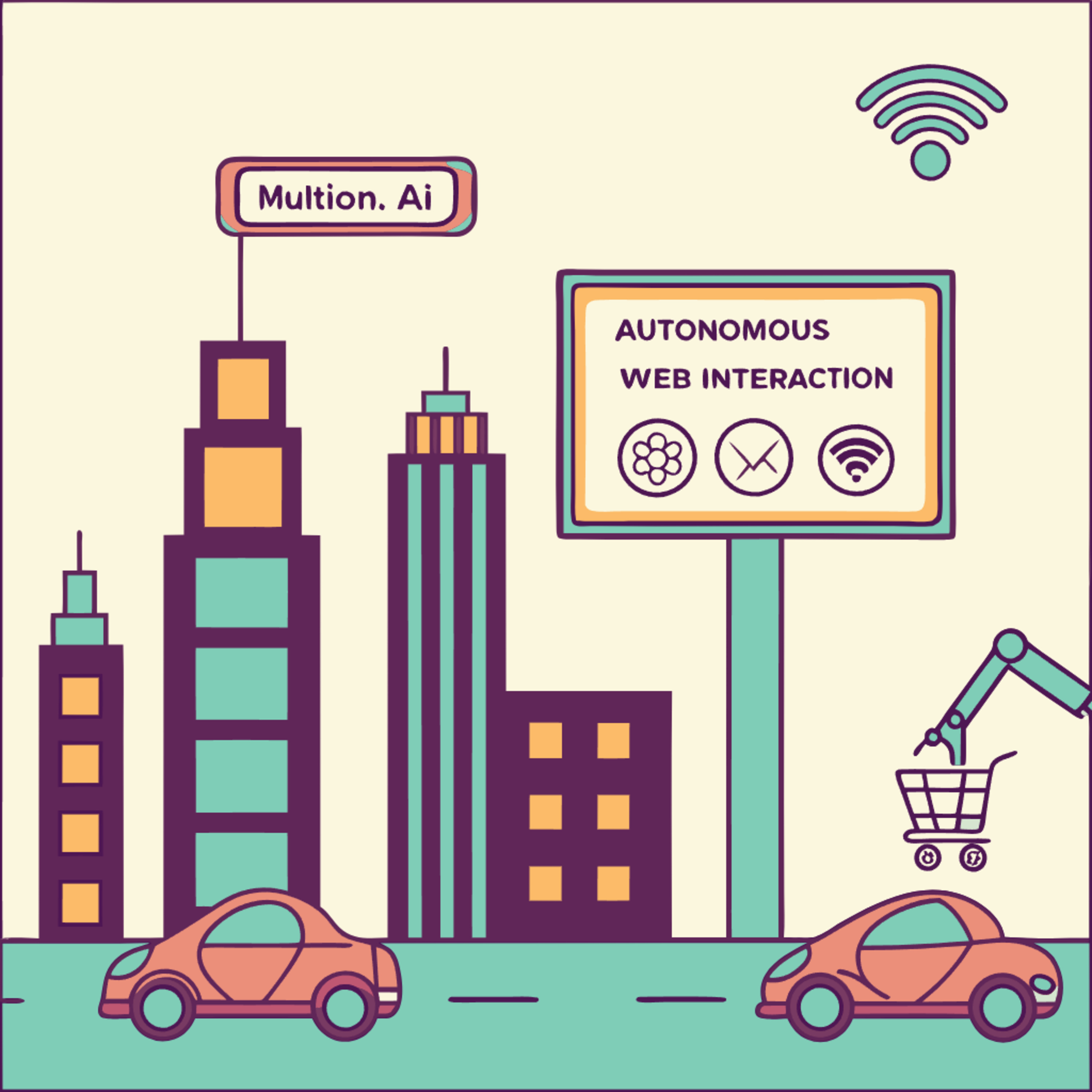 Rapid Synthesis: Delivered under 30 mins..ish, or it's on me!MultiOn.ai: Autonomous Web Interaction and Industry ApplicationsA comprehensive look at MultiOn.ai, now known as Please, an AI platform centred on autonomous web interaction and task automation. The documents explore the platform's architecture, key functionalities like data scraping and natural language command interpretation, and its potential applications across sectors such as healthcare, finance, and education. Furthermore, the resources examine the integration of MultiOn.ai with existing systems, the advantages of its implementation regarding efficiency and cost, and the possible challenges that may arise during adoption. Finally, the overview considers future trends in AI agents and the anticipated influence of platforms like Please on the broader...2025-04-0421 min
Rapid Synthesis: Delivered under 30 mins..ish, or it's on me!MultiOn.ai: Autonomous Web Interaction and Industry ApplicationsA comprehensive look at MultiOn.ai, now known as Please, an AI platform centred on autonomous web interaction and task automation. The documents explore the platform's architecture, key functionalities like data scraping and natural language command interpretation, and its potential applications across sectors such as healthcare, finance, and education. Furthermore, the resources examine the integration of MultiOn.ai with existing systems, the advantages of its implementation regarding efficiency and cost, and the possible challenges that may arise during adoption. Finally, the overview considers future trends in AI agents and the anticipated influence of platforms like Please on the broader...2025-04-0421 min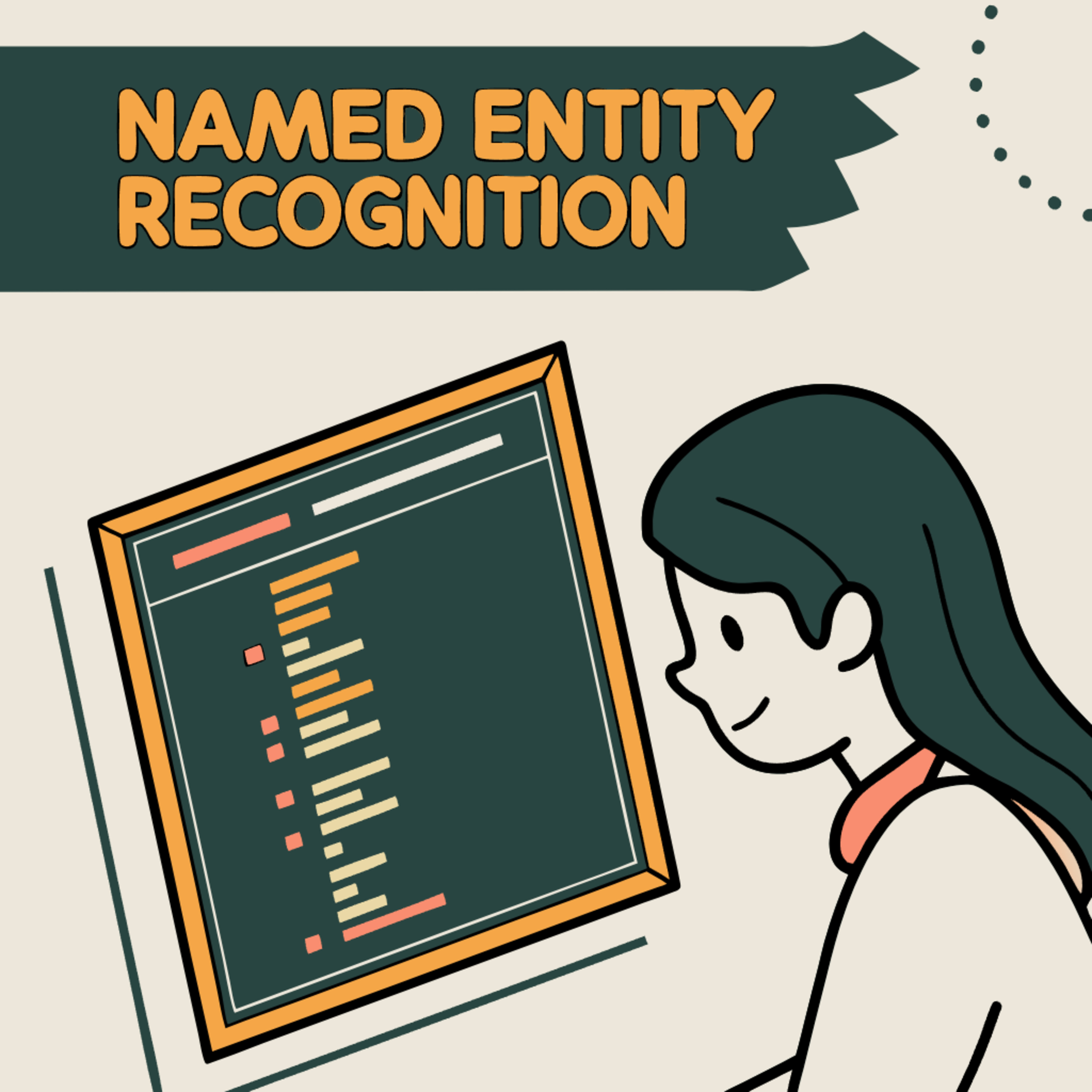 Rapid Synthesis: Delivered under 30 mins..ish, or it's on me!Named Entity Recognition (NER)A comprehensive look at Named Entity Recognition (NER), a key task in Natural Language Processing. NER involves pinpointing and categorising significant entities within text into predefined groups such as names, locations, and organisations. The documents trace the evolution of NER techniques, from early rule-based systems through statistical machine learning to modern deep learning approaches like LSTMs and Transformers. They also highlight the significance and diverse applications of NER across industries like healthcare, finance, and law, as well as its crucial role in data de-identification for privacy. Finally, the texts address the accuracy, limitations, and future trends of NER technology, including...2025-04-0315 min
Rapid Synthesis: Delivered under 30 mins..ish, or it's on me!Named Entity Recognition (NER)A comprehensive look at Named Entity Recognition (NER), a key task in Natural Language Processing. NER involves pinpointing and categorising significant entities within text into predefined groups such as names, locations, and organisations. The documents trace the evolution of NER techniques, from early rule-based systems through statistical machine learning to modern deep learning approaches like LSTMs and Transformers. They also highlight the significance and diverse applications of NER across industries like healthcare, finance, and law, as well as its crucial role in data de-identification for privacy. Finally, the texts address the accuracy, limitations, and future trends of NER technology, including...2025-04-0315 min Rapid Synthesis: Delivered under 30 mins..ish, or it's on me!Databricks for Machine Learning: An End-to-End GuideDatabricks for Machine Learning is a comprehensive overview of the platform's capabilities in supporting the entire machine learning lifecycle. It highlights key components such as Databricks ML, SQL, the workspace, Unity Catalog, Feature Store, MLflow, Delta Lake, Runtime ML, and Mosaic AI, each playing a vital role. The text outlines how to set up a machine learning environment within Databricks, covering workspace initialization, compute cluster configuration, and notebook setup. Furthermore, it details data preparation and feature engineering techniques using Spark and Delta Lake, alongside the machine learning libraries and frameworks supported. Finally, the document discusses best practices for model training, e...2025-04-0329 min
Rapid Synthesis: Delivered under 30 mins..ish, or it's on me!Databricks for Machine Learning: An End-to-End GuideDatabricks for Machine Learning is a comprehensive overview of the platform's capabilities in supporting the entire machine learning lifecycle. It highlights key components such as Databricks ML, SQL, the workspace, Unity Catalog, Feature Store, MLflow, Delta Lake, Runtime ML, and Mosaic AI, each playing a vital role. The text outlines how to set up a machine learning environment within Databricks, covering workspace initialization, compute cluster configuration, and notebook setup. Furthermore, it details data preparation and feature engineering techniques using Spark and Delta Lake, alongside the machine learning libraries and frameworks supported. Finally, the document discusses best practices for model training, e...2025-04-0329 min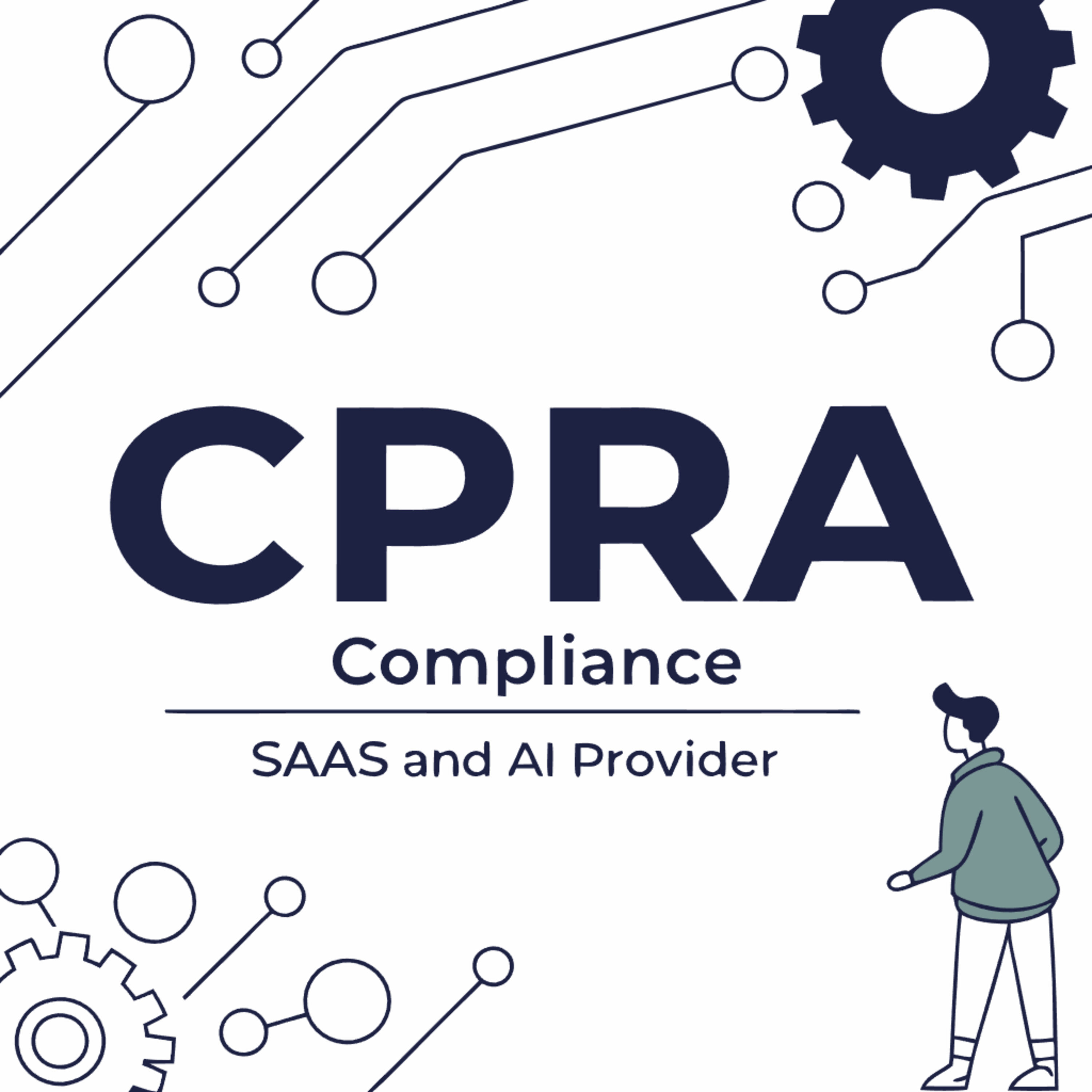 Rapid Synthesis: Delivered under 30 mins..ish, or it's on me!Navigating the California Consumer Privacy Rights Act: Implications for SaaS and AI ProvidersPrimarily discuss the California Consumer Privacy Rights Act (CPRA) and its significant impact on businesses, particularly Software as a Service (SaaS) and Artificial Intelligence (AI) providers. It outlines the enhanced data privacy rights granted to California consumers, such as the rights to know, delete, correct, and opt out of the sale or sharing of their personal information, as well as the right to limit the use of sensitive personal data. The texts further examine the obligations placed on businesses under the CPRA, including data minimisation, security requirements, transparency through privacy notices, and contractual stipulations for service providers. Specific implications for S...2025-04-0330 min
Rapid Synthesis: Delivered under 30 mins..ish, or it's on me!Navigating the California Consumer Privacy Rights Act: Implications for SaaS and AI ProvidersPrimarily discuss the California Consumer Privacy Rights Act (CPRA) and its significant impact on businesses, particularly Software as a Service (SaaS) and Artificial Intelligence (AI) providers. It outlines the enhanced data privacy rights granted to California consumers, such as the rights to know, delete, correct, and opt out of the sale or sharing of their personal information, as well as the right to limit the use of sensitive personal data. The texts further examine the obligations placed on businesses under the CPRA, including data minimisation, security requirements, transparency through privacy notices, and contractual stipulations for service providers. Specific implications for S...2025-04-0330 min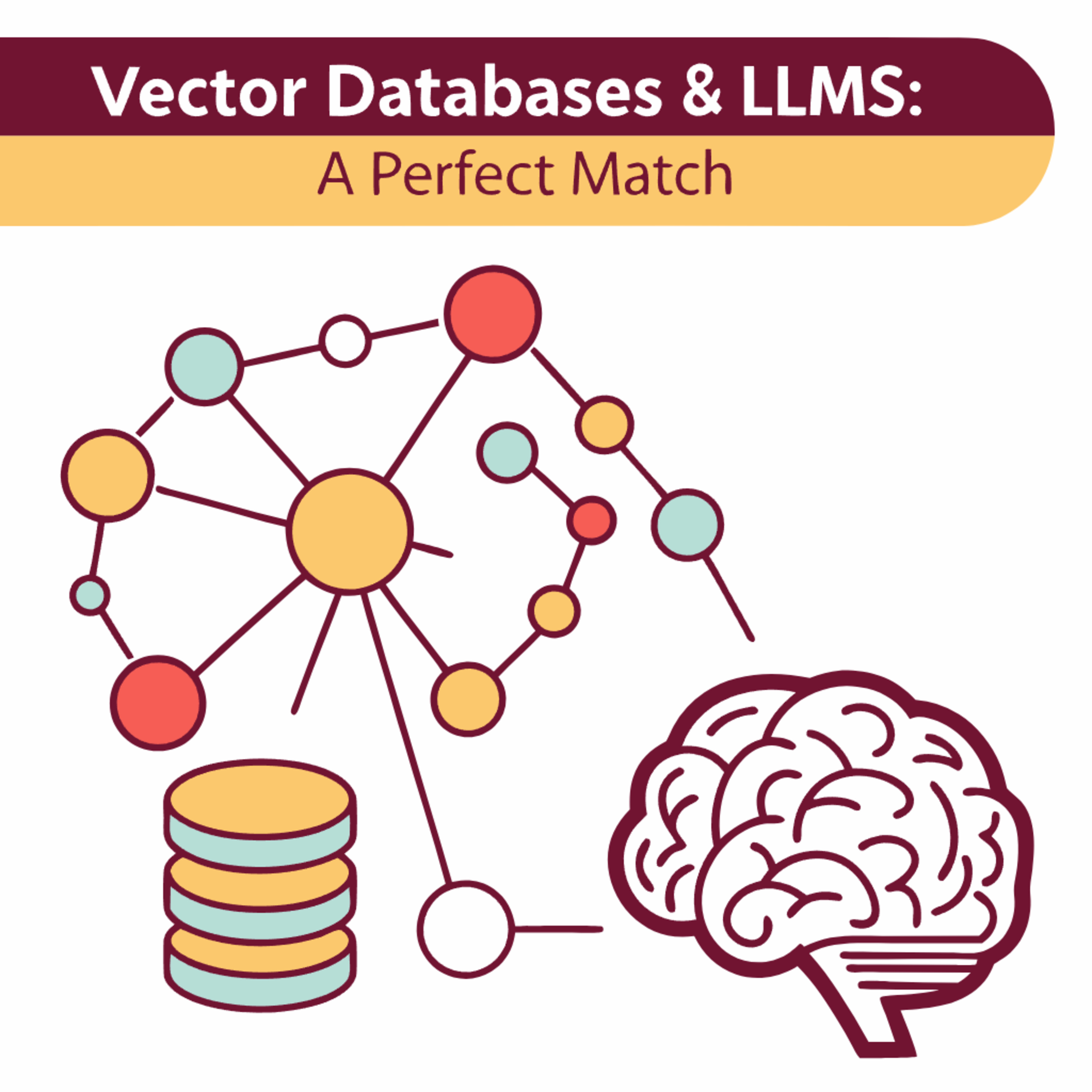 Rapid Synthesis: Delivered under 30 mins..ish, or it's on me!Vector Databases and Large Language ModelsVector databases are specialised systems designed to handle the complexities of unstructured data by storing information as high-dimensional numerical vectors or embeddings. This technology contrasts with traditional databases, excelling in similarity searches based on semantic meaning rather than exact matches. The synergy between vector databases and large language models (LLMs) is explored, highlighting how vector databases enhance LLM capabilities in tasks like semantic search and recommendation systems through efficient retrieval of relevant contextual information. Challenges such as scalability and indexing are discussed alongside best practices for integrating these databases into machine learning workflows, and a comparison of popular vector databas...2025-04-0223 min
Rapid Synthesis: Delivered under 30 mins..ish, or it's on me!Vector Databases and Large Language ModelsVector databases are specialised systems designed to handle the complexities of unstructured data by storing information as high-dimensional numerical vectors or embeddings. This technology contrasts with traditional databases, excelling in similarity searches based on semantic meaning rather than exact matches. The synergy between vector databases and large language models (LLMs) is explored, highlighting how vector databases enhance LLM capabilities in tasks like semantic search and recommendation systems through efficient retrieval of relevant contextual information. Challenges such as scalability and indexing are discussed alongside best practices for integrating these databases into machine learning workflows, and a comparison of popular vector databas...2025-04-0223 min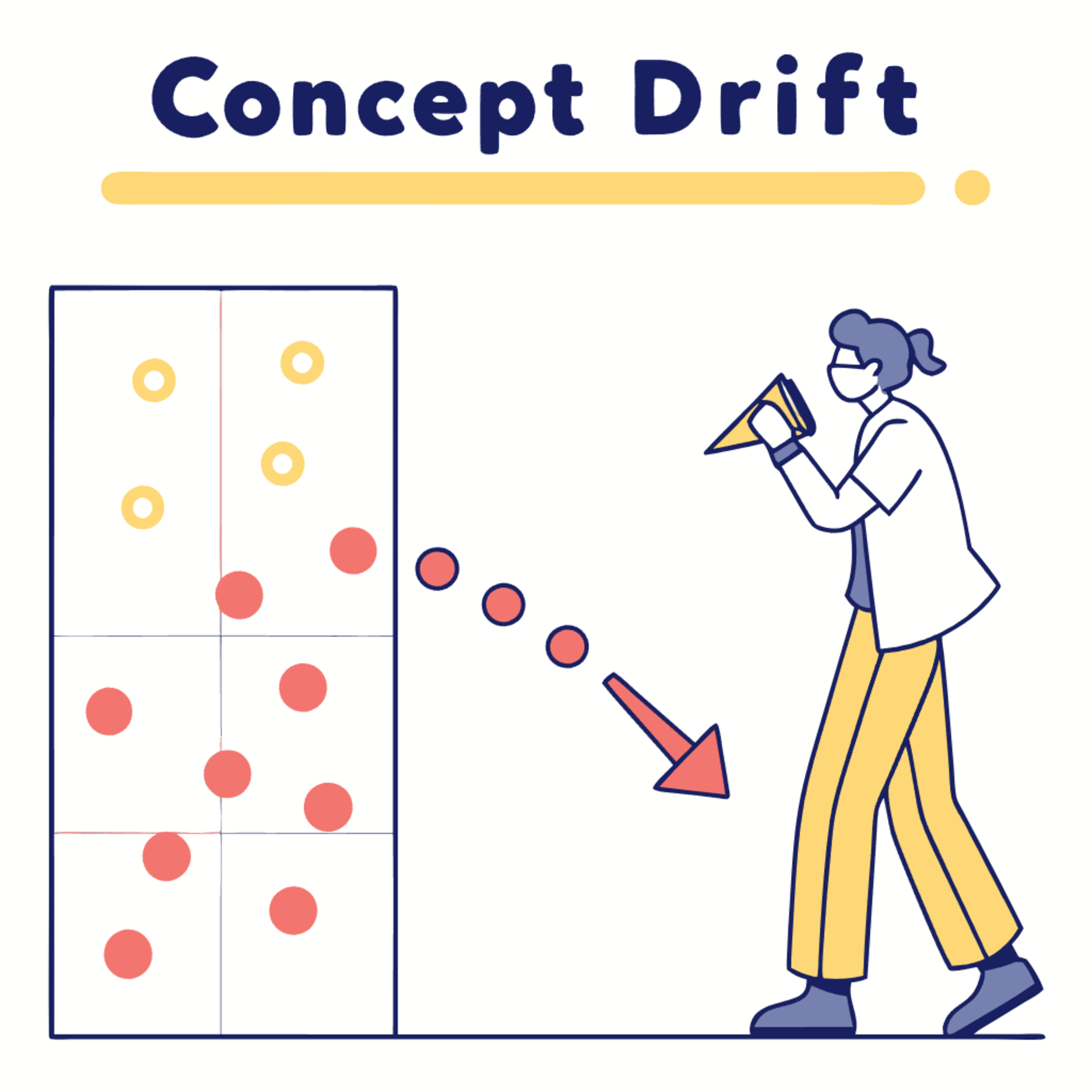 Rapid Synthesis: Delivered under 30 mins..ish, or it's on me!Concept Drift in Machine Learning: Understanding and Addressing ChangeAll about concept drift in the realm of machine learning. They explain that this happens when the thing a model's trying to predict changes over time unexpectedly, making the model less accurate as the original patterns no longer hold. The texts explore different types of concept drift, like sudden or gradual shifts, and discuss various reasons why it occurs, from changes in the data itself to real-world events. Importantly, they outline methods for spotting concept drift and suggest strategies for dealing with it, such as retraining models or using clever learning techniques to keep them up to date.2025-04-0222 min
Rapid Synthesis: Delivered under 30 mins..ish, or it's on me!Concept Drift in Machine Learning: Understanding and Addressing ChangeAll about concept drift in the realm of machine learning. They explain that this happens when the thing a model's trying to predict changes over time unexpectedly, making the model less accurate as the original patterns no longer hold. The texts explore different types of concept drift, like sudden or gradual shifts, and discuss various reasons why it occurs, from changes in the data itself to real-world events. Importantly, they outline methods for spotting concept drift and suggest strategies for dealing with it, such as retraining models or using clever learning techniques to keep them up to date.2025-04-0222 min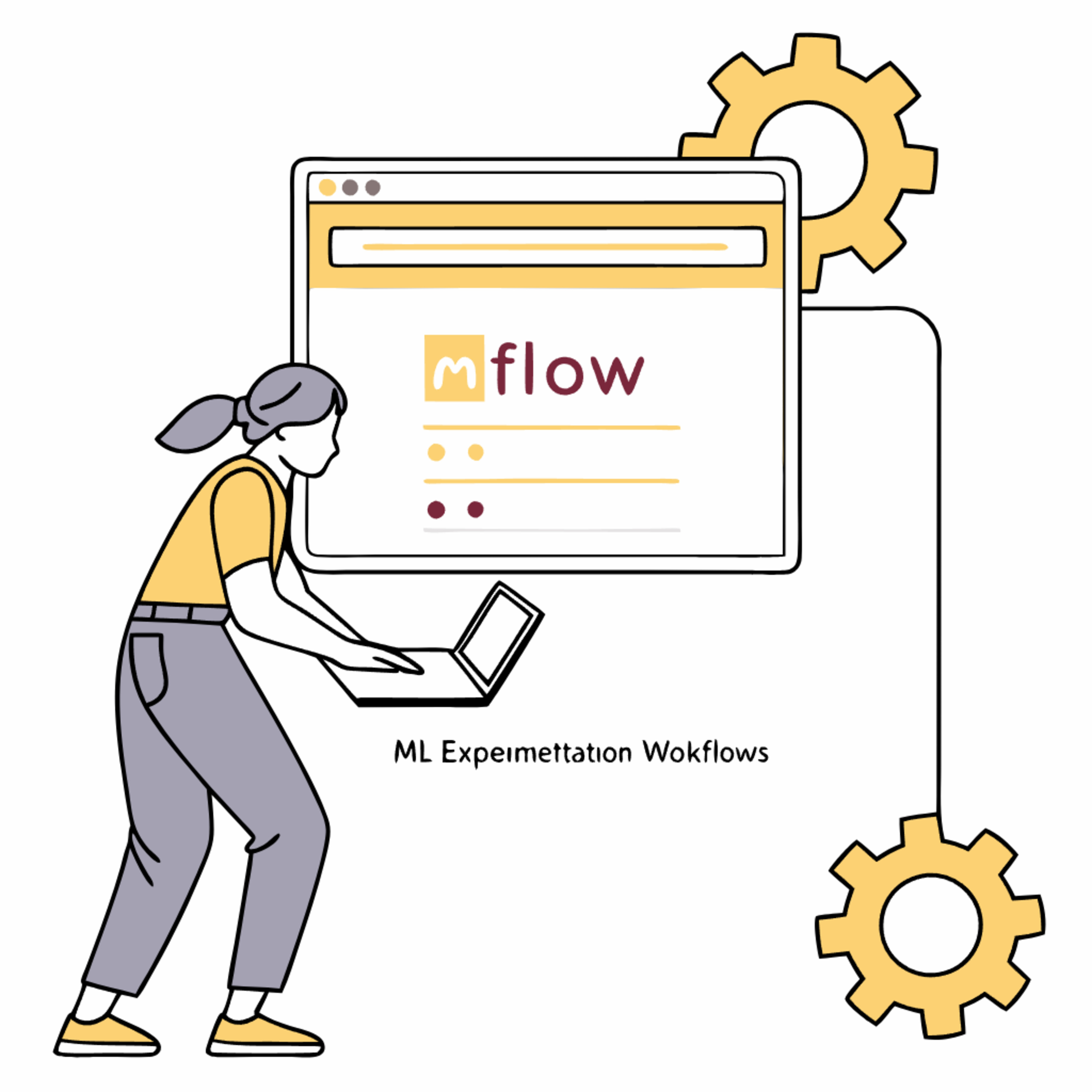 Rapid Synthesis: Delivered under 30 mins..ish, or it's on me!mFlow: Python Module for ML Experimentation WorkflowsIntroduces mFlow, a Python module crafted for structuring and executing machine learning experiments, particularly those dealing with multi-level data and leveraging parallel processing. It contrasts mFlow with the broader MLflow, highlighting their differing scopes in managing the machine learning lifecycle, where mFlow focuses on the experimentation workflow itself and MLflow offers end-to-end management. The documents outline mFlow's core features, such as modular workflow blocks and interoperability with scikit-learn and Spark, and provide practical examples of its implementation in areas like mobile health. While noting mFlow's strengths in specific experimental designs and data handling, the texts also touch upon its li...2025-04-0223 min
Rapid Synthesis: Delivered under 30 mins..ish, or it's on me!mFlow: Python Module for ML Experimentation WorkflowsIntroduces mFlow, a Python module crafted for structuring and executing machine learning experiments, particularly those dealing with multi-level data and leveraging parallel processing. It contrasts mFlow with the broader MLflow, highlighting their differing scopes in managing the machine learning lifecycle, where mFlow focuses on the experimentation workflow itself and MLflow offers end-to-end management. The documents outline mFlow's core features, such as modular workflow blocks and interoperability with scikit-learn and Spark, and provide practical examples of its implementation in areas like mobile health. While noting mFlow's strengths in specific experimental designs and data handling, the texts also touch upon its li...2025-04-0223 min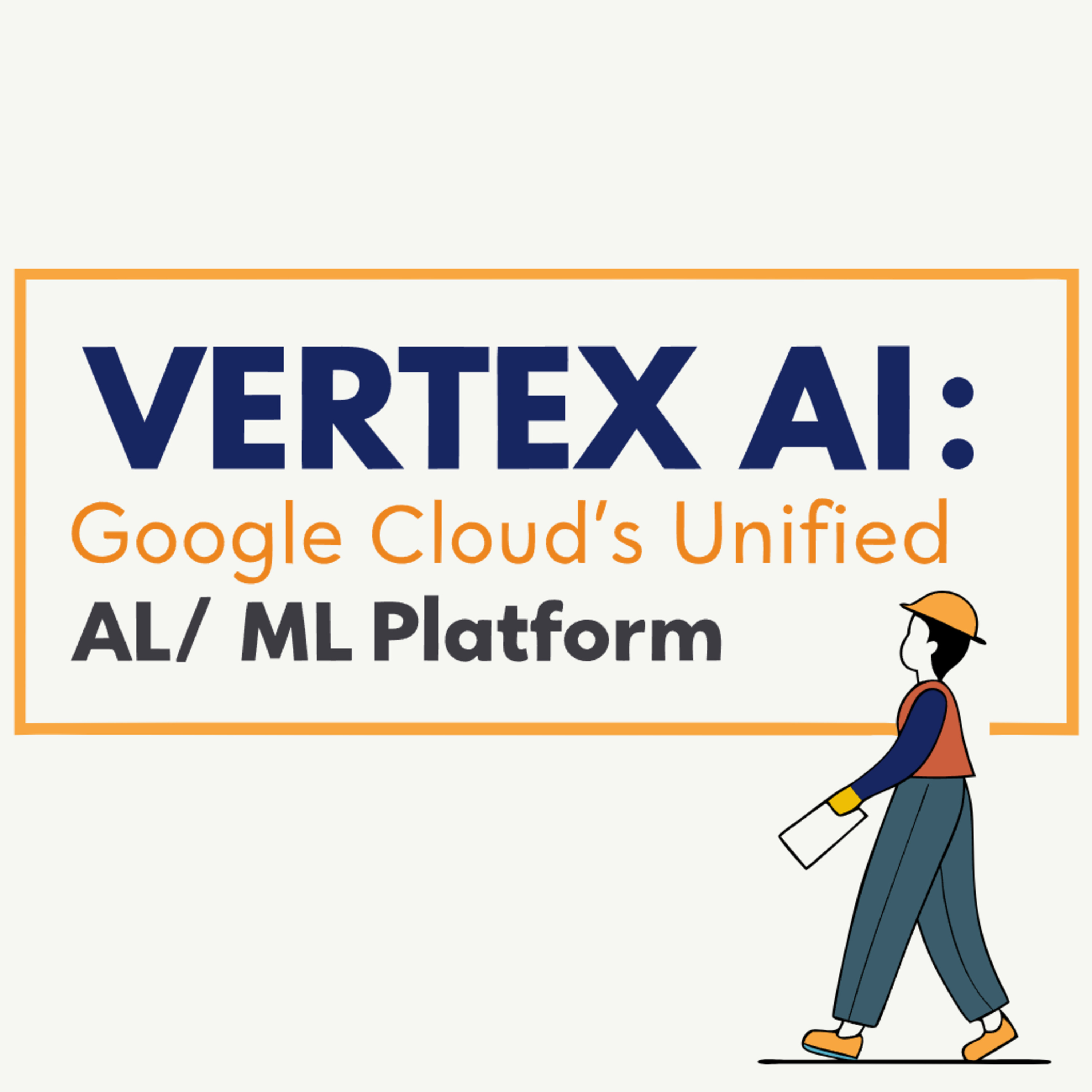 Rapid Synthesis: Delivered under 30 mins..ish, or it's on me!Vertex AI: Google Cloud's Unified AI/ML PlatformIntroduces Google Cloud's Vertex AI, a unified platform designed to streamline the entire machine learning lifecycle. It outlines Vertex AI's purpose in consolidating disparate AI/ML tools, its key functionalities spanning model training, deployment, and management, and its seamless integration with other Google Cloud services. Furthermore, the sources compare Vertex AI with competing platforms like AWS SageMaker and Azure Machine Learning, highlighting its advantages in ease of use and unified structure. Finally, the texts explore real-world applications, the platform's evolution, ethical considerations, and the impact of advancements like Retrieval-Augmented Generation on its capabilities.2025-04-0225 min
Rapid Synthesis: Delivered under 30 mins..ish, or it's on me!Vertex AI: Google Cloud's Unified AI/ML PlatformIntroduces Google Cloud's Vertex AI, a unified platform designed to streamline the entire machine learning lifecycle. It outlines Vertex AI's purpose in consolidating disparate AI/ML tools, its key functionalities spanning model training, deployment, and management, and its seamless integration with other Google Cloud services. Furthermore, the sources compare Vertex AI with competing platforms like AWS SageMaker and Azure Machine Learning, highlighting its advantages in ease of use and unified structure. Finally, the texts explore real-world applications, the platform's evolution, ethical considerations, and the impact of advancements like Retrieval-Augmented Generation on its capabilities.2025-04-0225 min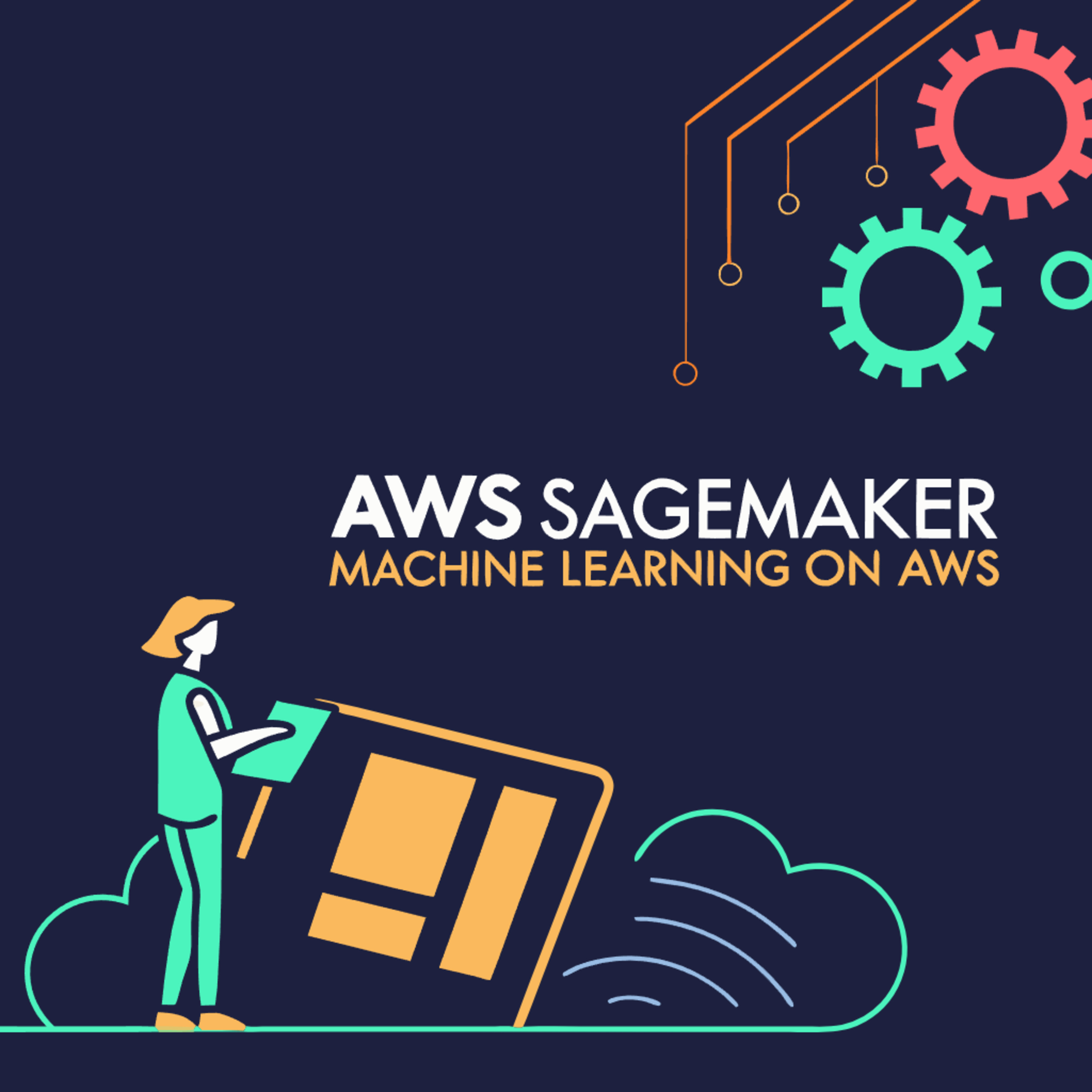 Rapid Synthesis: Delivered under 30 mins..ish, or it's on me!AWS SageMaker: Machine Learning on AWSAWS SageMaker is a comprehensive, managed service on Amazon Web Services designed to streamline the entire machine learning lifecycle. It provides a unified platform with tools for data preparation, model building, training, deployment, and management, as detailed in an in-depth analysis. The service addresses key challenges in ML, such as fragmented environments and data governance, by offering integrated features like SageMaker Studio and Lakehouse. Its architecture seamlessly integrates with other AWS services for data storage, processing, and security. Real-world examples across healthcare, finance, and retail illustrate its practical applications, and best practices are outlined for optimising performance and managing cos...2025-04-0232 min
Rapid Synthesis: Delivered under 30 mins..ish, or it's on me!AWS SageMaker: Machine Learning on AWSAWS SageMaker is a comprehensive, managed service on Amazon Web Services designed to streamline the entire machine learning lifecycle. It provides a unified platform with tools for data preparation, model building, training, deployment, and management, as detailed in an in-depth analysis. The service addresses key challenges in ML, such as fragmented environments and data governance, by offering integrated features like SageMaker Studio and Lakehouse. Its architecture seamlessly integrates with other AWS services for data storage, processing, and security. Real-world examples across healthcare, finance, and retail illustrate its practical applications, and best practices are outlined for optimising performance and managing cos...2025-04-0232 min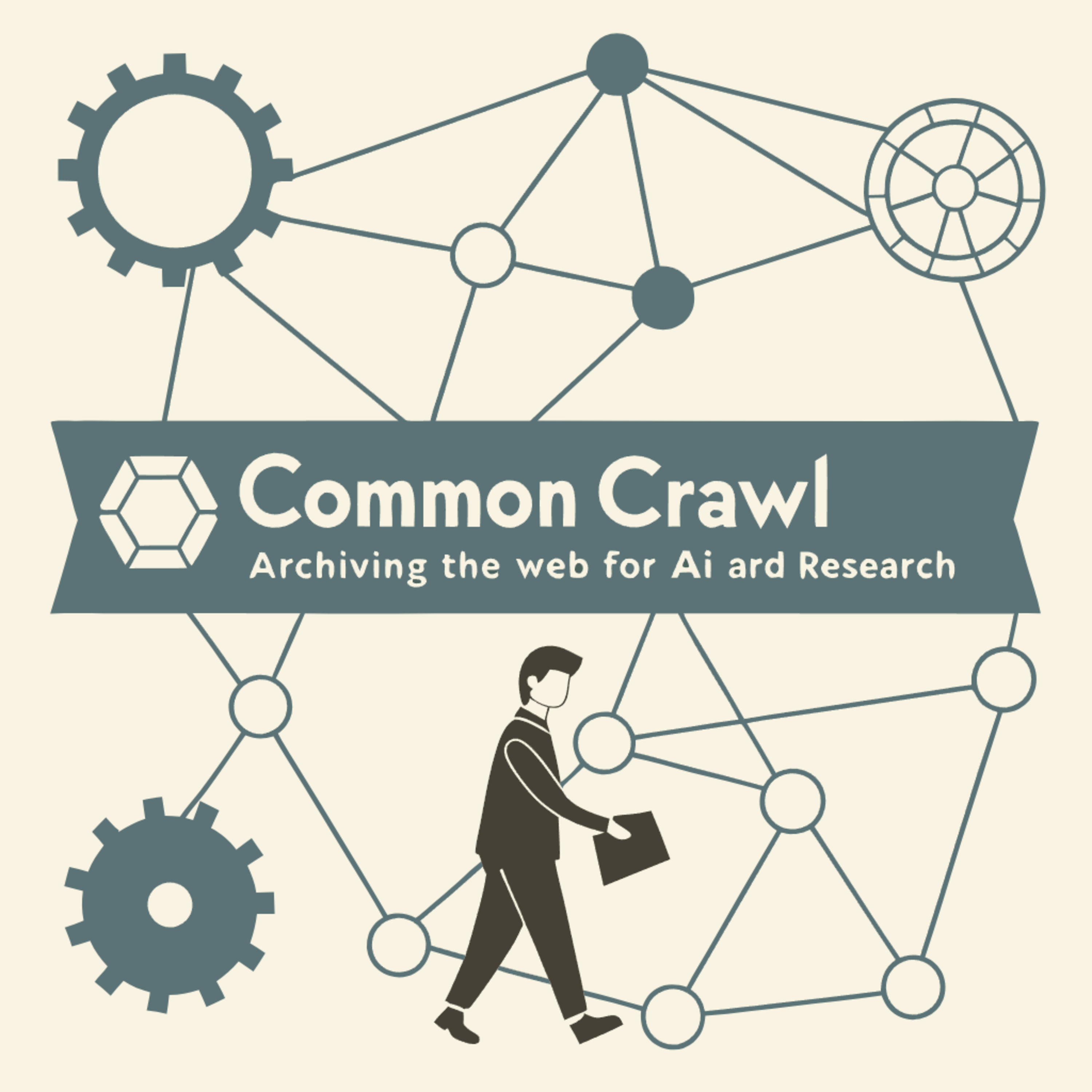 Rapid Synthesis: Delivered under 30 mins..ish, or it's on me!Common Crawl: Archiving the Web for AI and ResearchCommon Crawl is a non-profit organisation established in 2007 with the aim of providing an openly accessible archive of the World Wide Web. This massive collection of crawled web data began in 2008 and has grown substantially, becoming a crucial resource for researchers and developers, particularly in the field of artificial intelligence. Milestones include Amazon Web Services hosting the archive from 2012, the adoption of the Nutch crawler in 2013, and the pivotal use of its data to train influential large language models like GPT-3 starting around 2020. The organisation continues to collect billions of web pages, offering raw HTML, metadata, and extracted text i...2025-04-0121 min
Rapid Synthesis: Delivered under 30 mins..ish, or it's on me!Common Crawl: Archiving the Web for AI and ResearchCommon Crawl is a non-profit organisation established in 2007 with the aim of providing an openly accessible archive of the World Wide Web. This massive collection of crawled web data began in 2008 and has grown substantially, becoming a crucial resource for researchers and developers, particularly in the field of artificial intelligence. Milestones include Amazon Web Services hosting the archive from 2012, the adoption of the Nutch crawler in 2013, and the pivotal use of its data to train influential large language models like GPT-3 starting around 2020. The organisation continues to collect billions of web pages, offering raw HTML, metadata, and extracted text i...2025-04-0121 min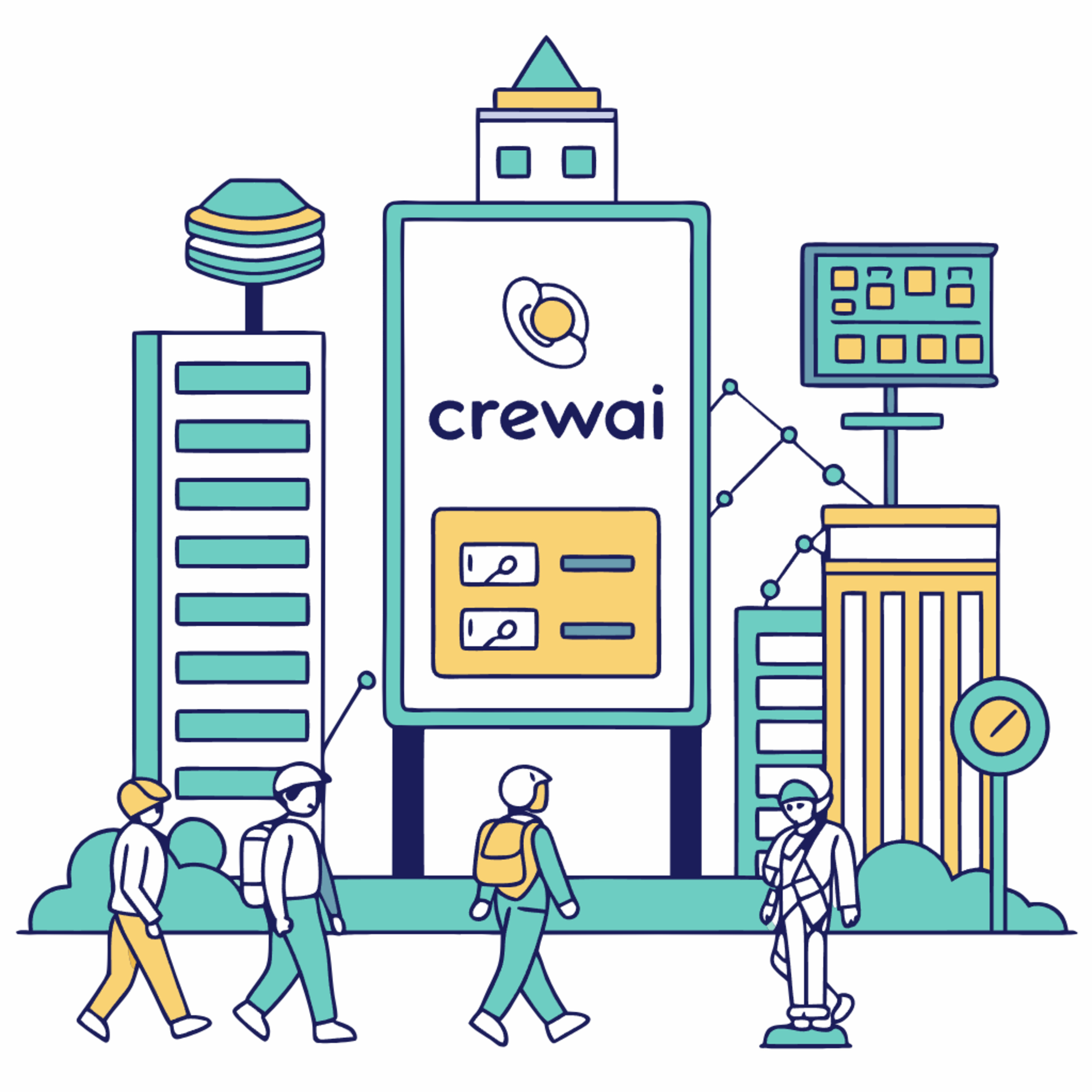 Rapid Synthesis: Delivered under 30 mins..ish, or it's on me!CrewAI: A Overview of Multi-Agent AI SystemsCrewAI is an open-source Python framework designed for building and managing multi-agent AI systems. We explore CrewAI's core functionalities, including natural language processing, task automation, and decision-making, underpinned by large language models. We also trace the evolution of CrewAI, highlighting key milestones, partnerships, and its rapid growth in the AI landscape. Furthermore, We quickly examines CrewAI's applications across various industries like healthcare, finance, and customer service, alongside the algorithms and technologies that power it. 2025-03-3134 min
Rapid Synthesis: Delivered under 30 mins..ish, or it's on me!CrewAI: A Overview of Multi-Agent AI SystemsCrewAI is an open-source Python framework designed for building and managing multi-agent AI systems. We explore CrewAI's core functionalities, including natural language processing, task automation, and decision-making, underpinned by large language models. We also trace the evolution of CrewAI, highlighting key milestones, partnerships, and its rapid growth in the AI landscape. Furthermore, We quickly examines CrewAI's applications across various industries like healthcare, finance, and customer service, alongside the algorithms and technologies that power it. 2025-03-3134 min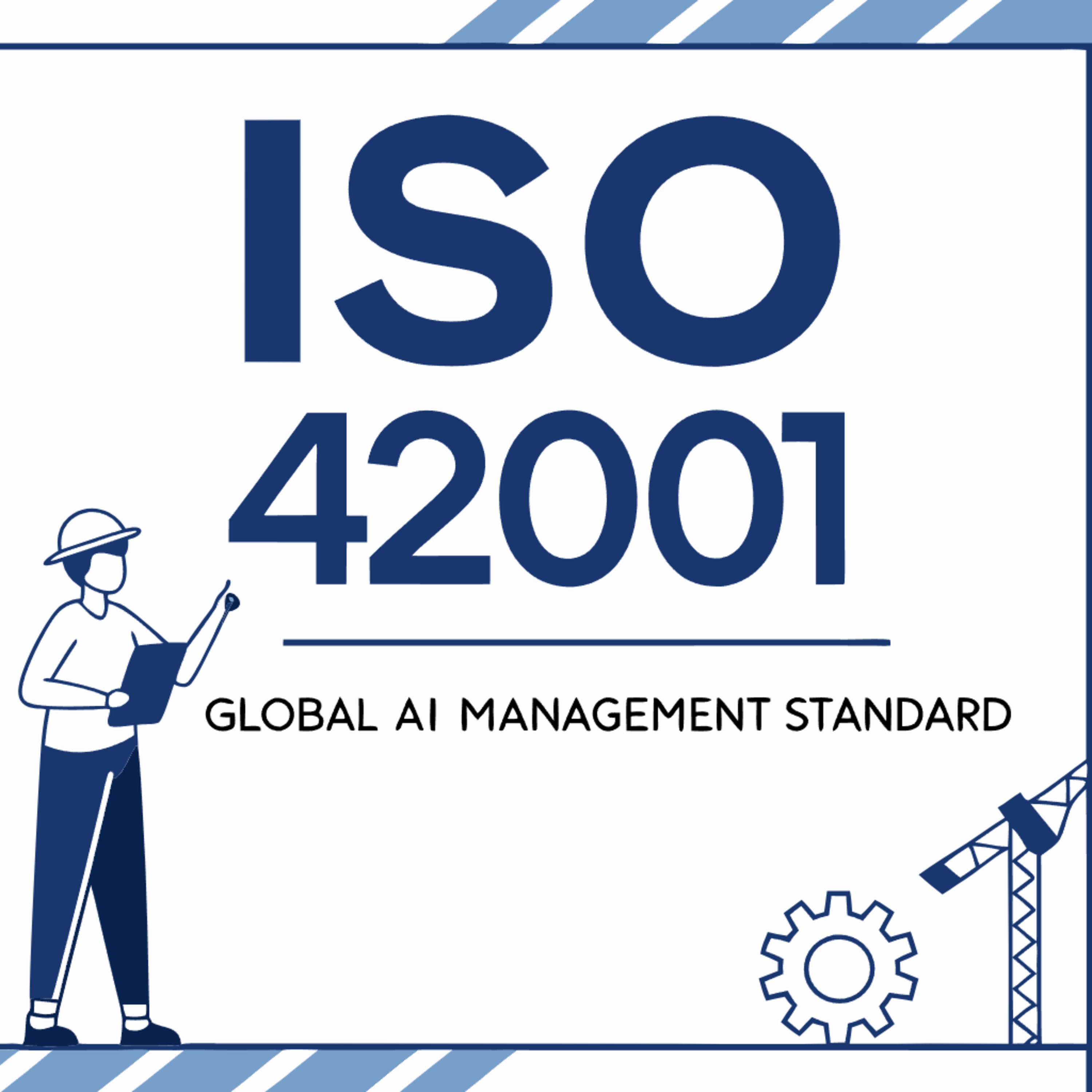 Rapid Synthesis: Delivered under 30 mins..ish, or it's on me!ISO 42001: The Global AI Management StandardOverview of ISO/IEC 42001:2023, the first international standard for Artificial Intelligence Management Systems (AIMS), outlining its objectives, structure, and strategic advantages for organisations. It highlights the standard's role in promoting trustworthy and ethical AI by mandating a structured framework for managing risks and ensuring accountability throughout the AI lifecycle. The sources explore the implementation process, stakeholder responsibilities, common challenges, and best practices for achieving compliance. Furthermore, they contextualise ISO 42001 within the broader landscape of AI regulation and standardisation, comparing it to the EU AI Act and the NIST AI RMF, and showcase early adoption examples across various industries, underscoring...2025-03-3126 min
Rapid Synthesis: Delivered under 30 mins..ish, or it's on me!ISO 42001: The Global AI Management StandardOverview of ISO/IEC 42001:2023, the first international standard for Artificial Intelligence Management Systems (AIMS), outlining its objectives, structure, and strategic advantages for organisations. It highlights the standard's role in promoting trustworthy and ethical AI by mandating a structured framework for managing risks and ensuring accountability throughout the AI lifecycle. The sources explore the implementation process, stakeholder responsibilities, common challenges, and best practices for achieving compliance. Furthermore, they contextualise ISO 42001 within the broader landscape of AI regulation and standardisation, comparing it to the EU AI Act and the NIST AI RMF, and showcase early adoption examples across various industries, underscoring...2025-03-3126 min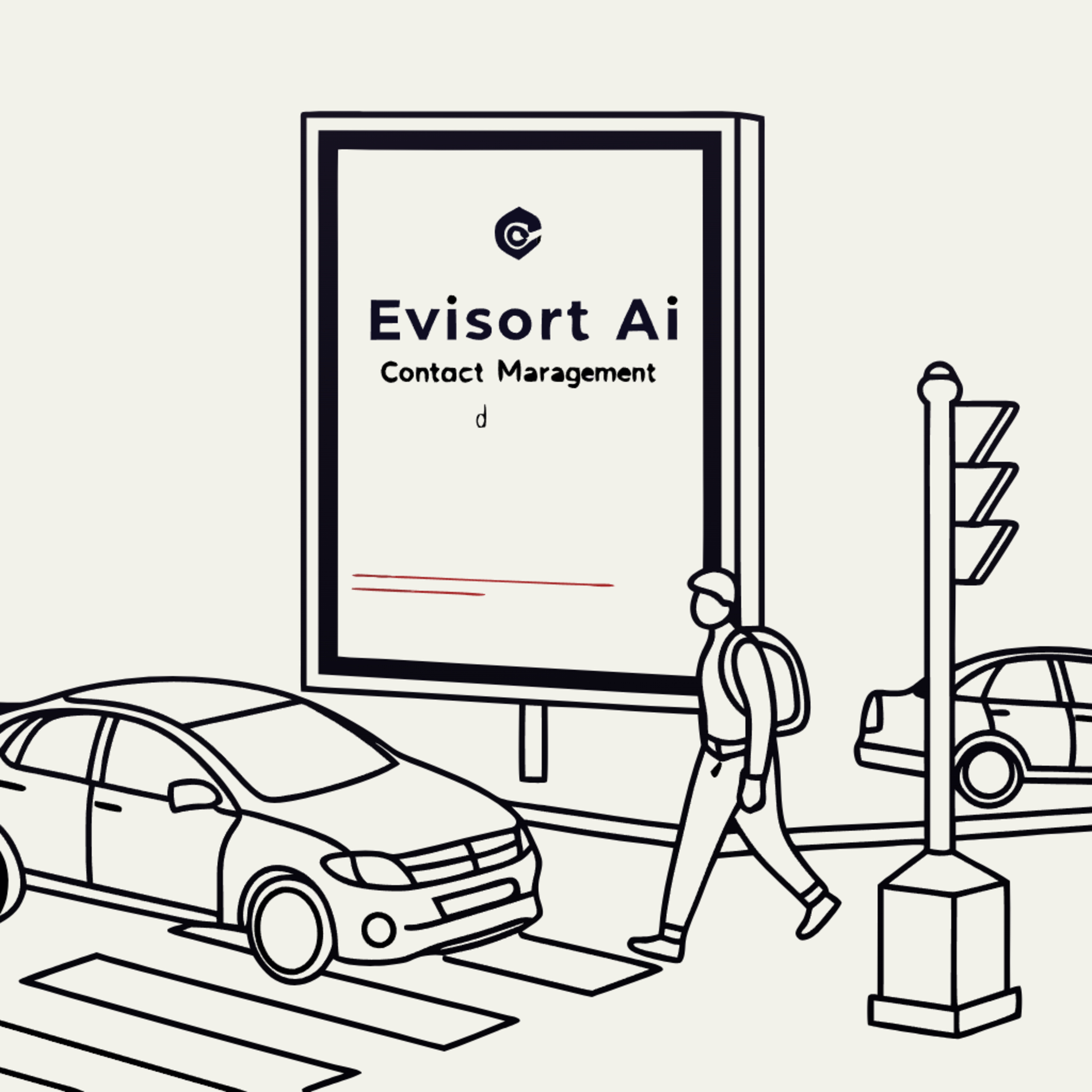 Rapid Synthesis: Delivered under 30 mins..ish, or it's on me!Evisort AI Contract Management: Analysis and Market PositionA comprehensive look at Evisort, an AI-powered contract lifecycle management (CLM) platform, particularly in light of its recent acquisition by Workday. The sources outline Evisort's features and functionalities, focusing on its AI-native approach to contract intelligence, including data extraction, analysis, and automation across various business functions. They also examine Evisort's position in the competitive CLM market, comparing it to players like DocuSign, Ironclad, and ContractPodAI, noting its strengths, weaknesses, and unique selling points. Furthermore, the material explores the value Evisort delivers to its customers, supported by testimonials and ROI analysis, and discusses emerging industry trends and the future outlook for AI...2025-03-3120 min
Rapid Synthesis: Delivered under 30 mins..ish, or it's on me!Evisort AI Contract Management: Analysis and Market PositionA comprehensive look at Evisort, an AI-powered contract lifecycle management (CLM) platform, particularly in light of its recent acquisition by Workday. The sources outline Evisort's features and functionalities, focusing on its AI-native approach to contract intelligence, including data extraction, analysis, and automation across various business functions. They also examine Evisort's position in the competitive CLM market, comparing it to players like DocuSign, Ironclad, and ContractPodAI, noting its strengths, weaknesses, and unique selling points. Furthermore, the material explores the value Evisort delivers to its customers, supported by testimonials and ROI analysis, and discusses emerging industry trends and the future outlook for AI...2025-03-3120 min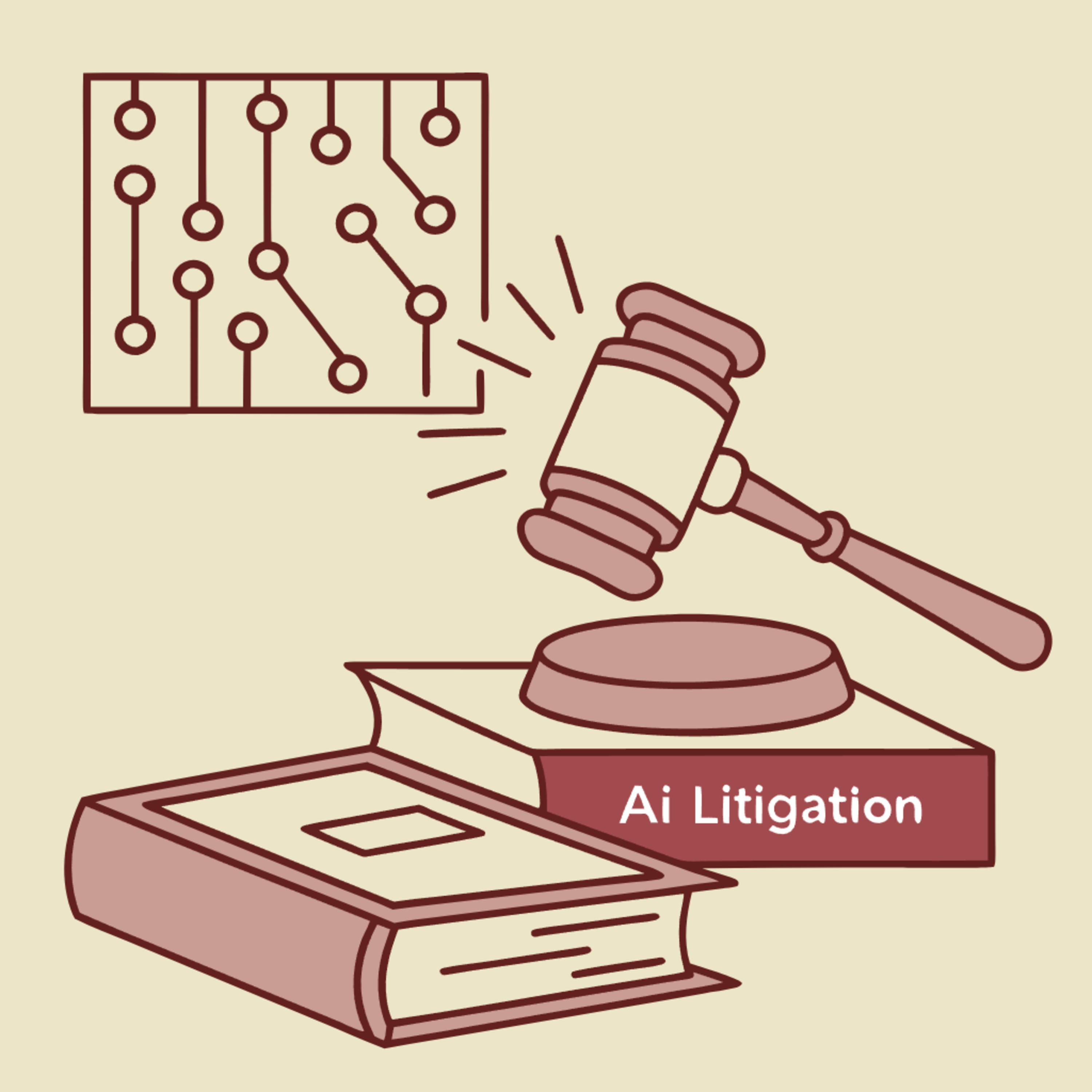 Rapid Synthesis: Delivered under 30 mins..ish, or it's on me!AI Litigation: Corporate Use and Emerging Legal ChallengesRecent years have seen a surge in lawsuits against companies for their deployment of AI systems. These legal challenges come from employees, customers, and job applicants who allege harm, citing issues such as discrimination in hiring, privacy breaches in customer interactions, and copyright infringement by generative AI. The lawsuits highlight concerns about bias in algorithms, the lack of transparency in AI decision-making, and the need for accountability as AI becomes more integrated into business operations. Consequently, regulatory bodies and state legislatures are beginning to respond with scrutiny and new rules aimed at governing the use of AI, particularly in areas l...2025-03-3122 min
Rapid Synthesis: Delivered under 30 mins..ish, or it's on me!AI Litigation: Corporate Use and Emerging Legal ChallengesRecent years have seen a surge in lawsuits against companies for their deployment of AI systems. These legal challenges come from employees, customers, and job applicants who allege harm, citing issues such as discrimination in hiring, privacy breaches in customer interactions, and copyright infringement by generative AI. The lawsuits highlight concerns about bias in algorithms, the lack of transparency in AI decision-making, and the need for accountability as AI becomes more integrated into business operations. Consequently, regulatory bodies and state legislatures are beginning to respond with scrutiny and new rules aimed at governing the use of AI, particularly in areas l...2025-03-3122 min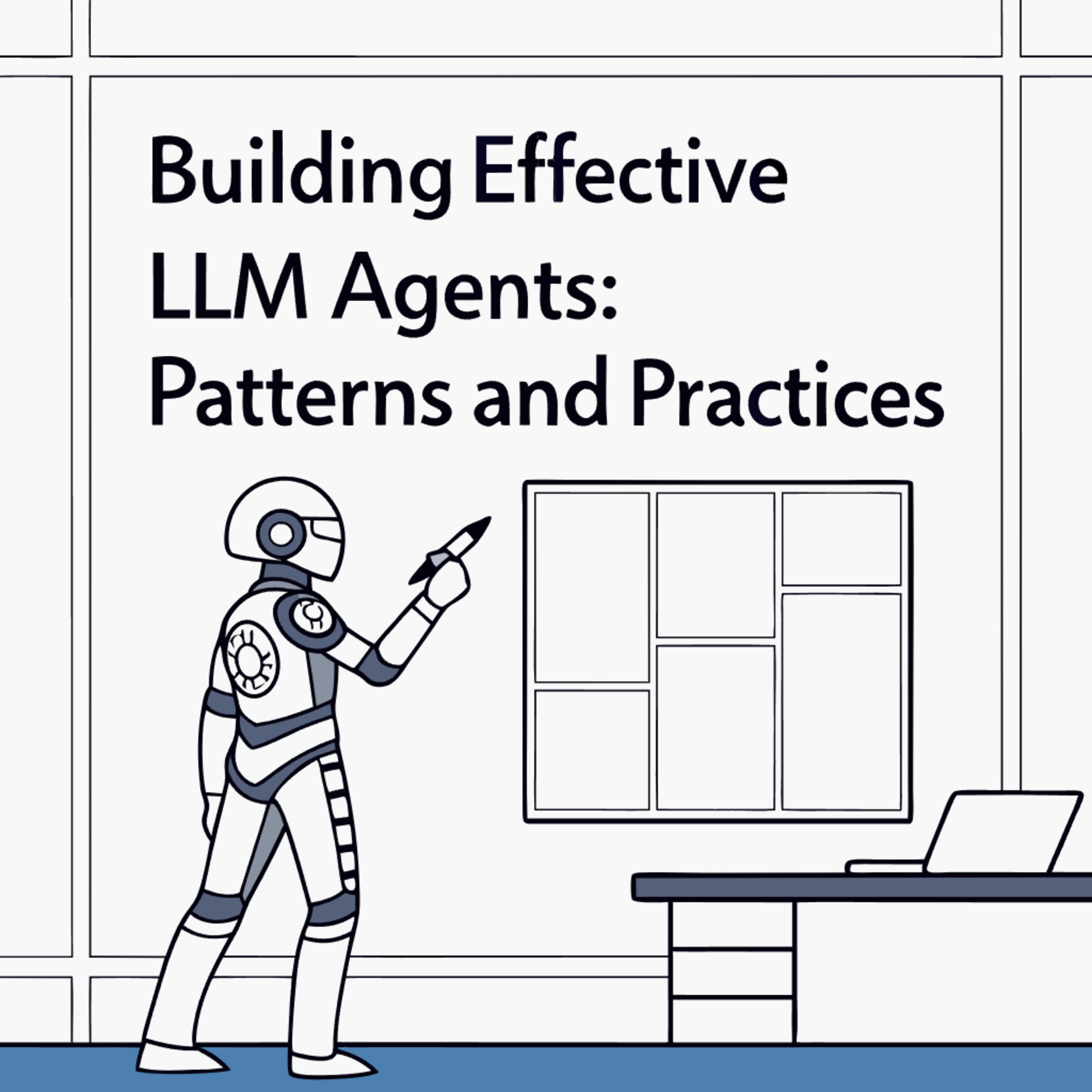 Rapid Synthesis: Delivered under 30 mins..ish, or it's on me!Building Effective LLM Agents: Patterns and PracticesThis Anthropic publication offers practical guidance on constructing effective AI agents using large language models. It advocates for simple, composable patterns over complex frameworks, highlighting that the most successful agent implementations avoid unnecessary abstraction. The document clarifies the distinction between workflows (predefined code paths) and agents (dynamically self-directed systems). It explores various building blocks and workflow patterns, such as prompt chaining and routing, before discussing fully autonomous agents. Emphasizing a user-centric approach to tool design, the piece advises starting with direct API usage and prioritizing clarity and simplicity in agent architecture for reliable and maintainable systems.2025-03-2922 min
Rapid Synthesis: Delivered under 30 mins..ish, or it's on me!Building Effective LLM Agents: Patterns and PracticesThis Anthropic publication offers practical guidance on constructing effective AI agents using large language models. It advocates for simple, composable patterns over complex frameworks, highlighting that the most successful agent implementations avoid unnecessary abstraction. The document clarifies the distinction between workflows (predefined code paths) and agents (dynamically self-directed systems). It explores various building blocks and workflow patterns, such as prompt chaining and routing, before discussing fully autonomous agents. Emphasizing a user-centric approach to tool design, the piece advises starting with direct API usage and prioritizing clarity and simplicity in agent architecture for reliable and maintainable systems.2025-03-2922 min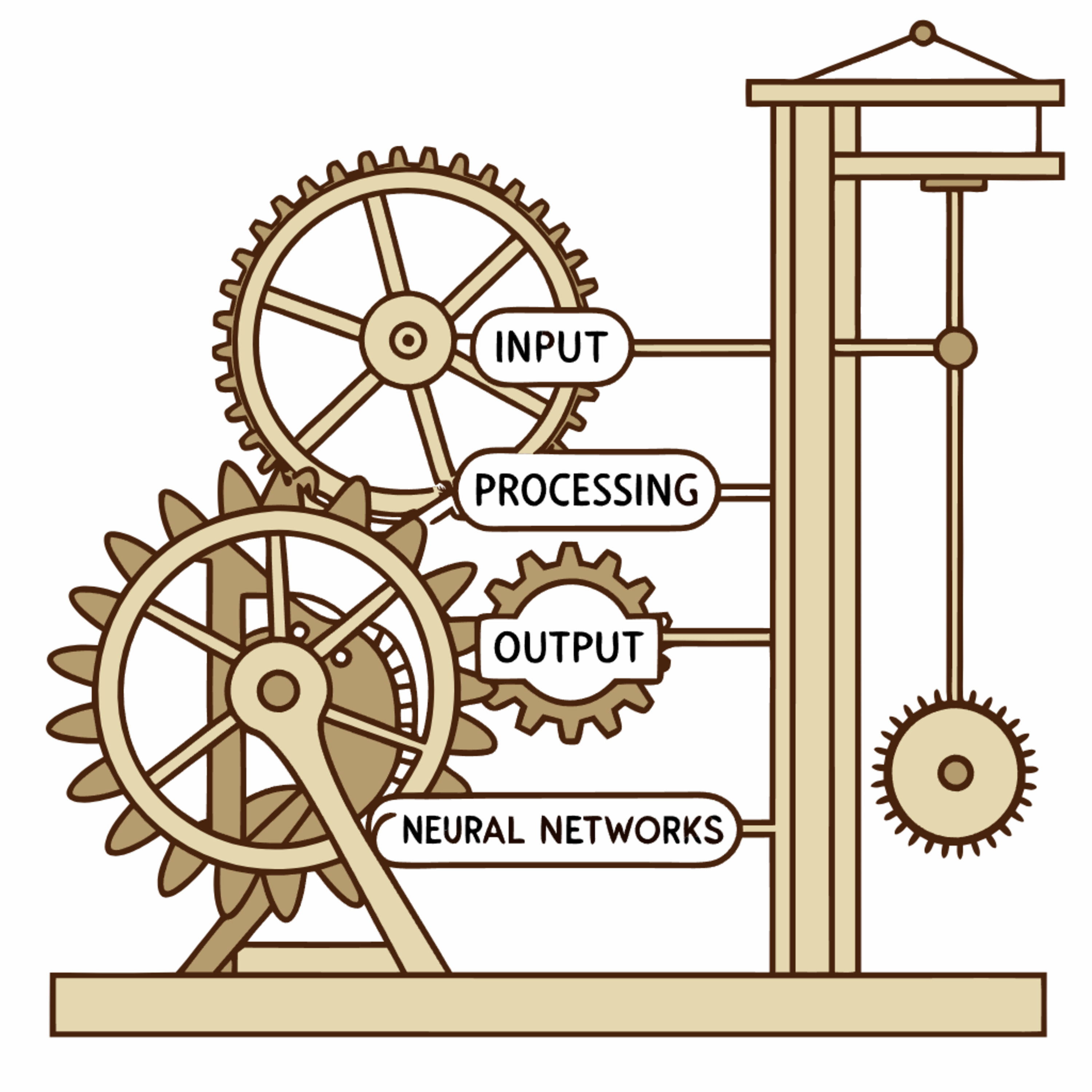 Rapid Synthesis: Delivered under 30 mins..ish, or it's on me!Unpacking the Mechanisms of a Large Language ModelAnthropic researchers investigated the internal workings of their Claude 3.5 Haiku large language model using a technique called circuit tracing. This method allows them to identify and map connections between "features," which they hypothesise are the basic units of computation within the model, akin to cells in biological systems. Their study explored a range of capabilities, such as multi-step reasoning, poetry planning, multilingual processing, and even detecting hidden goals. By analysing these internal mechanisms, the researchers gained insights into how the model performs various tasks, including instances of faithful and unfaithful chain-of-thought reasoning and its ability to refuse harmful requests. The...2025-03-2918 min
Rapid Synthesis: Delivered under 30 mins..ish, or it's on me!Unpacking the Mechanisms of a Large Language ModelAnthropic researchers investigated the internal workings of their Claude 3.5 Haiku large language model using a technique called circuit tracing. This method allows them to identify and map connections between "features," which they hypothesise are the basic units of computation within the model, akin to cells in biological systems. Their study explored a range of capabilities, such as multi-step reasoning, poetry planning, multilingual processing, and even detecting hidden goals. By analysing these internal mechanisms, the researchers gained insights into how the model performs various tasks, including instances of faithful and unfaithful chain-of-thought reasoning and its ability to refuse harmful requests. The...2025-03-2918 min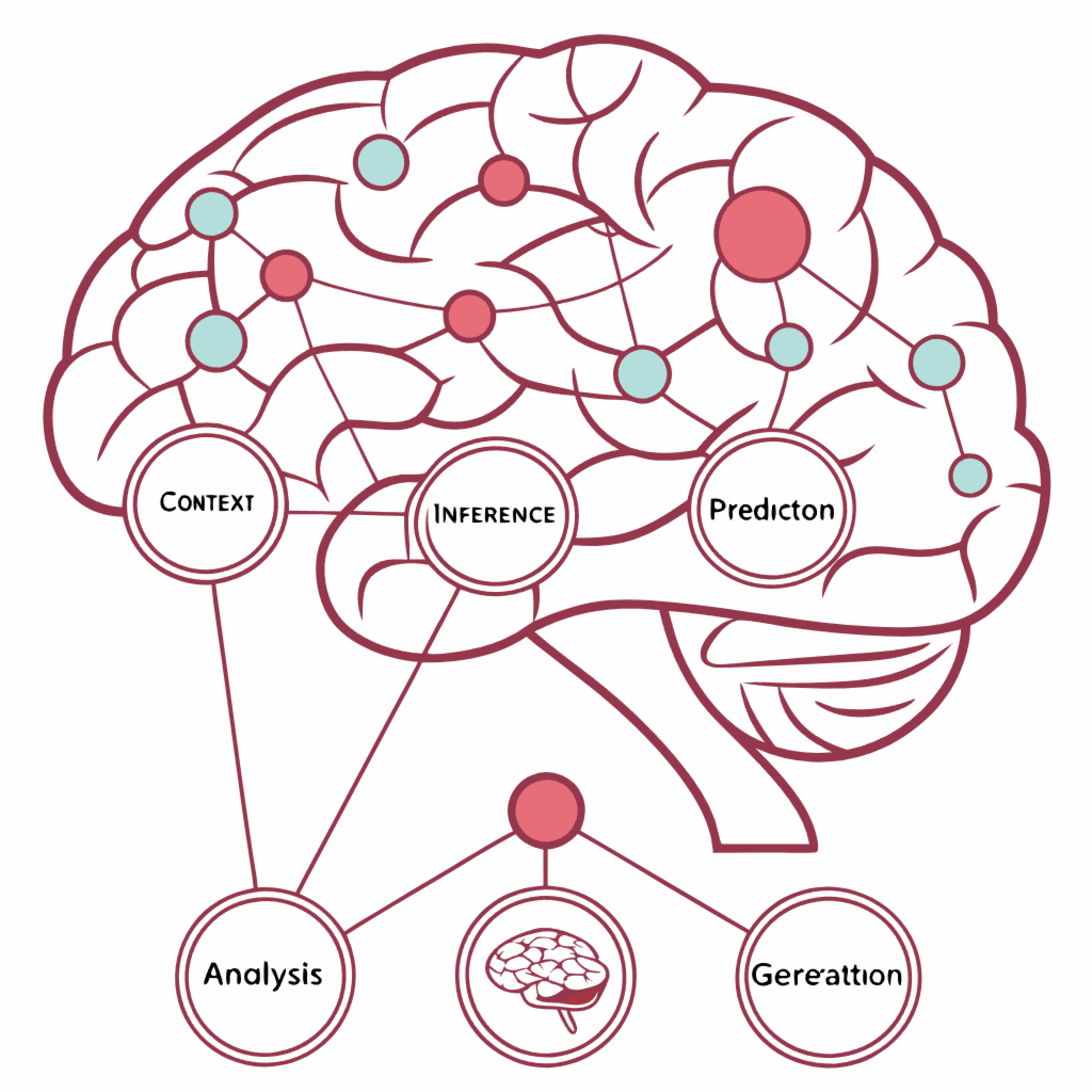 Rapid Synthesis: Delivered under 30 mins..ish, or it's on me!Tracing a Large Language Model's ThoughtsAnthropic's research explores the inner workings of their large language model, Claude, using novel interpretability techniques likened to an "AI microscope". This work aims to understand how Claude processes information, forms thoughts, and makes decisions by examining its internal computations. Their findings reveal surprising insights into Claude's multilingual abilities, planning for future words in poetry, strategies for mental math, and the distinction between faithful and fabricated reasoning. Furthermore, the research investigates how Claude handles multi-step questions, why it sometimes hallucinates, and the internal tensions exploited by jailbreaking prompts. Ultimately, this "AI biology" seeks to increase the transparency and reliability...2025-03-2914 min
Rapid Synthesis: Delivered under 30 mins..ish, or it's on me!Tracing a Large Language Model's ThoughtsAnthropic's research explores the inner workings of their large language model, Claude, using novel interpretability techniques likened to an "AI microscope". This work aims to understand how Claude processes information, forms thoughts, and makes decisions by examining its internal computations. Their findings reveal surprising insights into Claude's multilingual abilities, planning for future words in poetry, strategies for mental math, and the distinction between faithful and fabricated reasoning. Furthermore, the research investigates how Claude handles multi-step questions, why it sometimes hallucinates, and the internal tensions exploited by jailbreaking prompts. Ultimately, this "AI biology" seeks to increase the transparency and reliability...2025-03-2914 min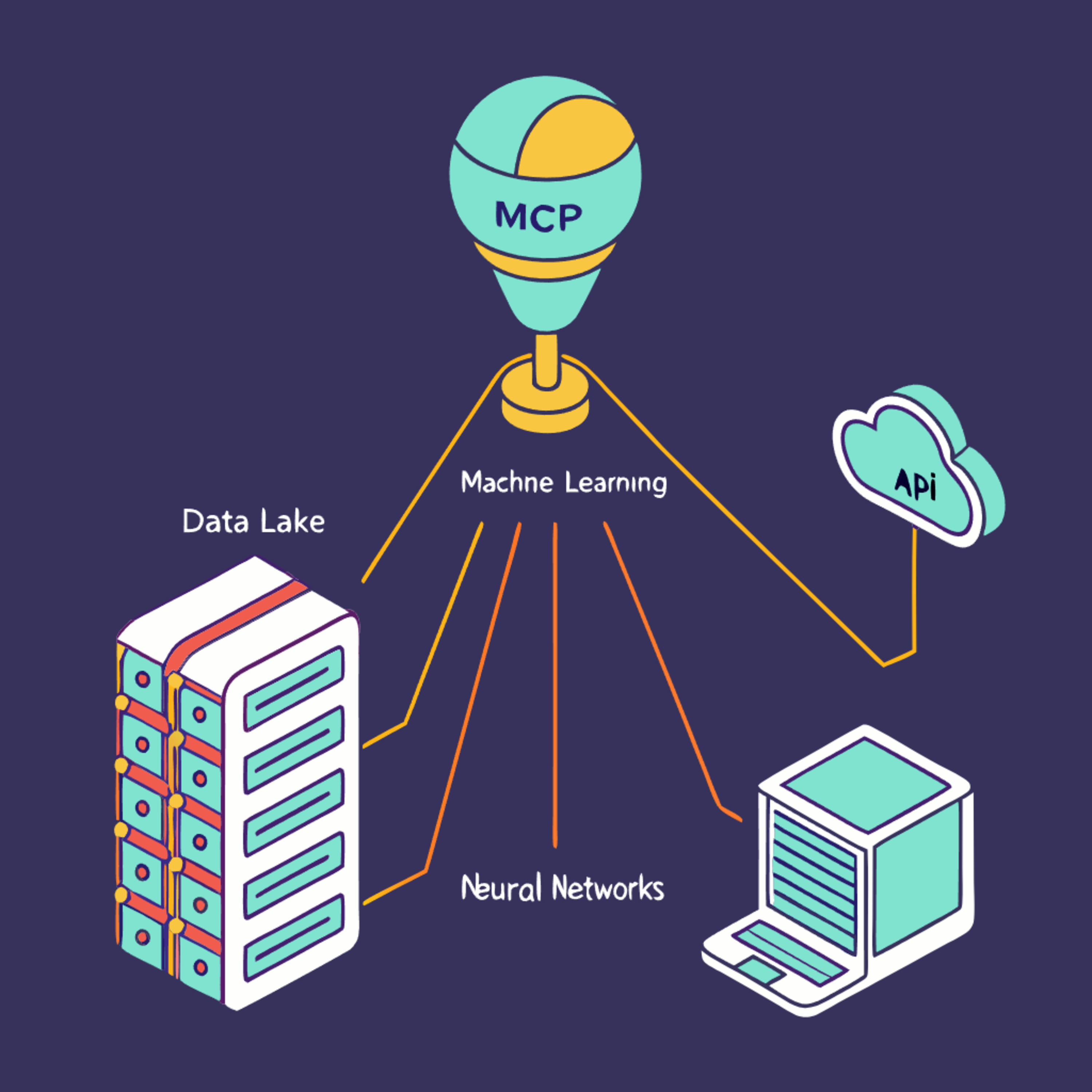 Rapid Synthesis: Delivered under 30 mins..ish, or it's on me!Model Context Protocol (MCP) IntroductionModel Context Protocol (MCP) aims to standardize how applications supply context to large language models. MCP functions as a universal connection for AI, facilitating the integration of diverse data sources and tools. The protocol employs a client-server architecture, featuring hosts, clients, and servers that enable LLMs to access both local and remote information securely. It offers pre-built integrations and promotes flexibility across different LLM providers. The documentation includes guides for getting started, tutorials for development, and explanations of core concepts like resources and prompts. Ultimately, MCP seeks to simplify the creation of AI agents and complex workflows.2025-03-2924 min
Rapid Synthesis: Delivered under 30 mins..ish, or it's on me!Model Context Protocol (MCP) IntroductionModel Context Protocol (MCP) aims to standardize how applications supply context to large language models. MCP functions as a universal connection for AI, facilitating the integration of diverse data sources and tools. The protocol employs a client-server architecture, featuring hosts, clients, and servers that enable LLMs to access both local and remote information securely. It offers pre-built integrations and promotes flexibility across different LLM providers. The documentation includes guides for getting started, tutorials for development, and explanations of core concepts like resources and prompts. Ultimately, MCP seeks to simplify the creation of AI agents and complex workflows.2025-03-2924 min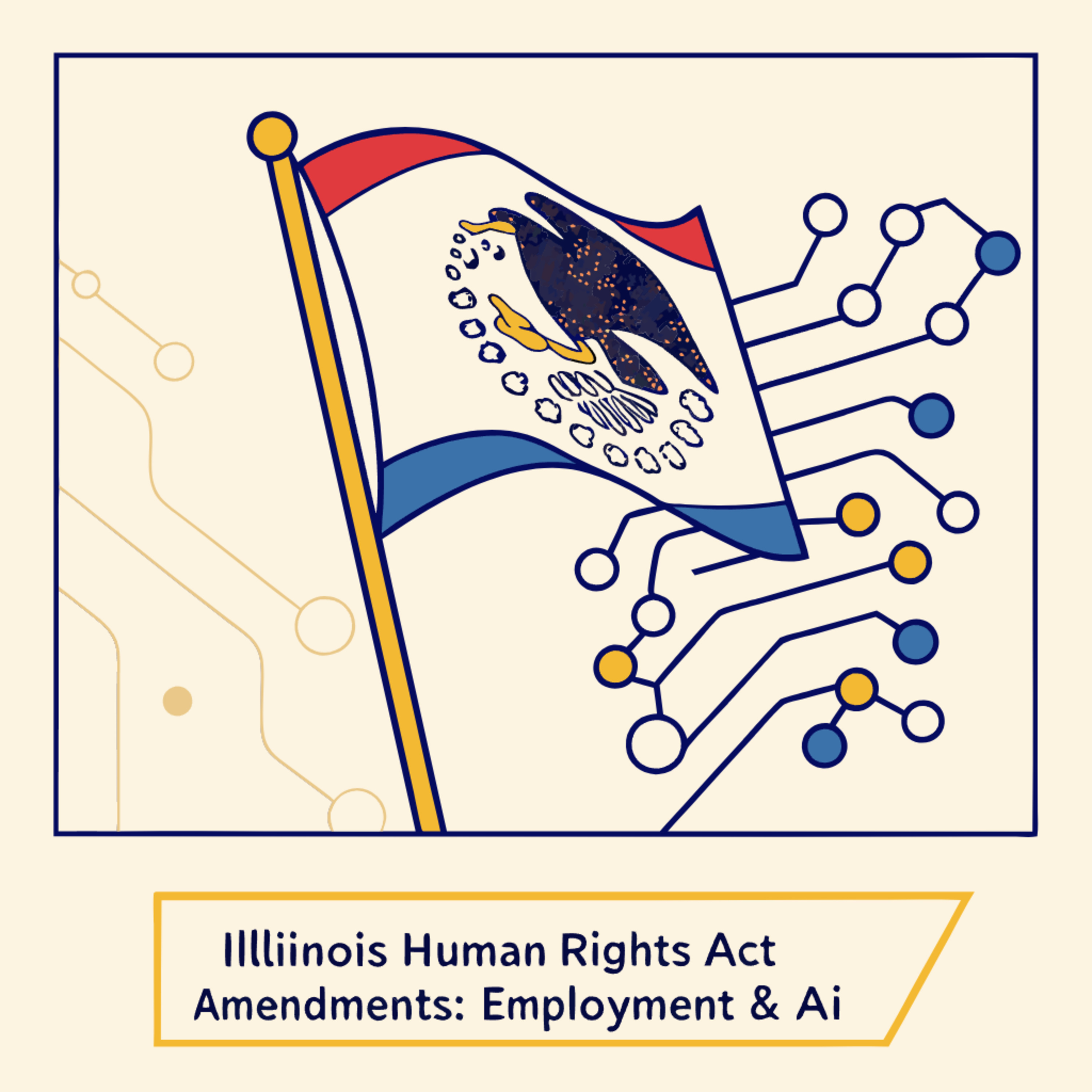 Rapid Synthesis: Delivered under 30 mins..ish, or it's on me!Illinois Human Rights Act Amendments: Employment & AIThis Act amends the Illinois Human Rights Act, specifically altering sections concerning definitions and civil rights violations in employment. It expands the definition of "employee" to include certain unpaid interns and clarifies the definitions of "employer," "employment agency," and "labor organisation." The updated Act details various unlawful employment practices, such as discrimination, harassment (including of non-employees), and restrictions on language. Furthermore, it addresses religious discrimination, pregnancy-related accommodations, mandatory workplace notices, and the use of artificial intelligence in employment decisions, with these changes taking effect on January 1, 2026.2025-03-2915 min
Rapid Synthesis: Delivered under 30 mins..ish, or it's on me!Illinois Human Rights Act Amendments: Employment & AIThis Act amends the Illinois Human Rights Act, specifically altering sections concerning definitions and civil rights violations in employment. It expands the definition of "employee" to include certain unpaid interns and clarifies the definitions of "employer," "employment agency," and "labor organisation." The updated Act details various unlawful employment practices, such as discrimination, harassment (including of non-employees), and restrictions on language. Furthermore, it addresses religious discrimination, pregnancy-related accommodations, mandatory workplace notices, and the use of artificial intelligence in employment decisions, with these changes taking effect on January 1, 2026.2025-03-2915 min Rapid Synthesis: Delivered under 30 mins..ish, or it's on me!DORA : The digital operational resilience of the financial sector legislative text from the European UnionThis legislative text from the European Union, officially titled Regulation (EU) 2022/2554, focuses on bolstering the digital operational resilience of the financial sector. It establishes uniform requirements for financial entities regarding the security of their network and information systems. The regulation covers various aspects, including ICT risk management, the reporting of major ICT-related incidents, digital operational resilience testing, and information sharing on cyber threats. Furthermore, it sets up an oversight framework for critical ICT third-party service providers to the financial industry to manage systemic risk.2025-03-1331 min
Rapid Synthesis: Delivered under 30 mins..ish, or it's on me!DORA : The digital operational resilience of the financial sector legislative text from the European UnionThis legislative text from the European Union, officially titled Regulation (EU) 2022/2554, focuses on bolstering the digital operational resilience of the financial sector. It establishes uniform requirements for financial entities regarding the security of their network and information systems. The regulation covers various aspects, including ICT risk management, the reporting of major ICT-related incidents, digital operational resilience testing, and information sharing on cyber threats. Furthermore, it sets up an oversight framework for critical ICT third-party service providers to the financial industry to manage systemic risk.2025-03-1331 min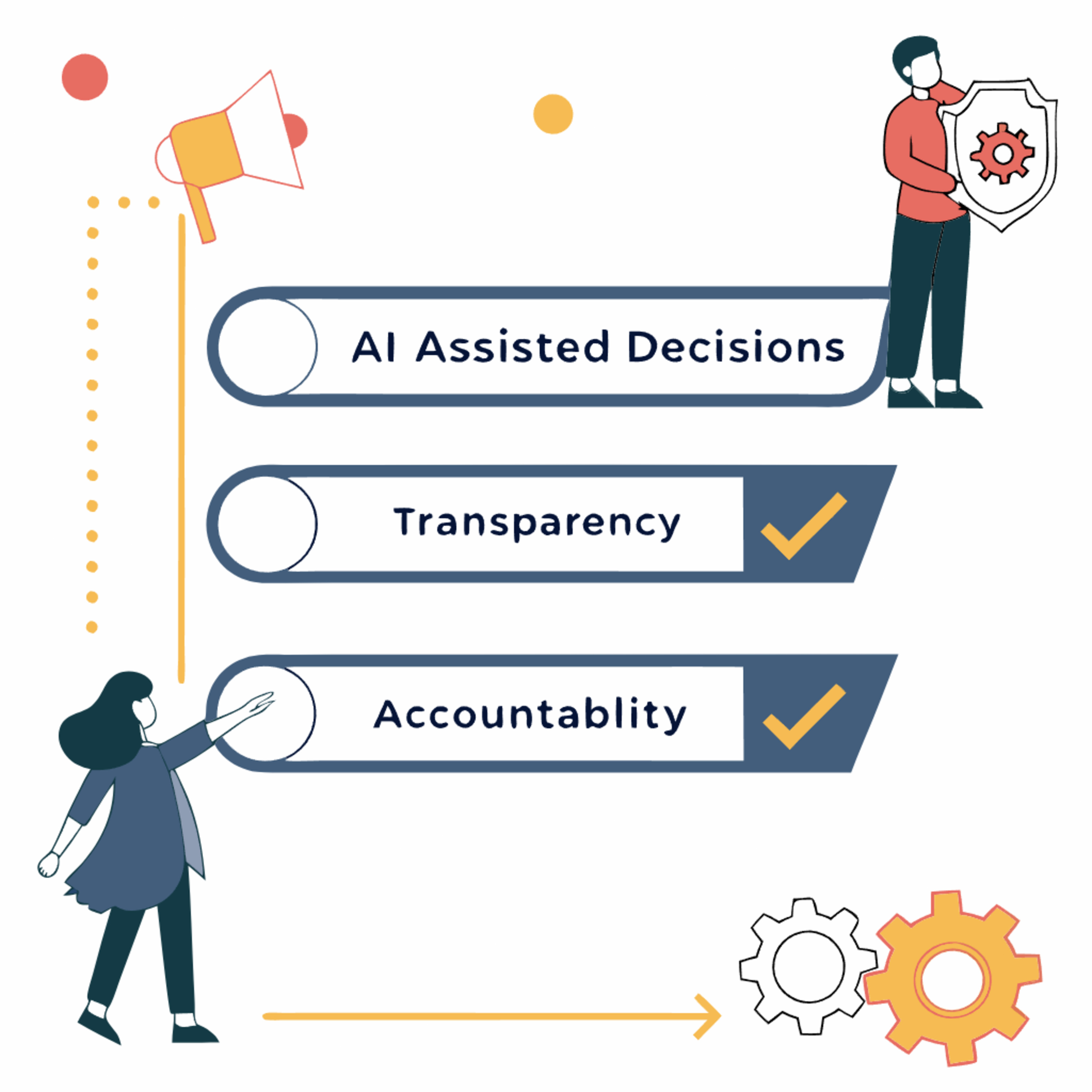 Rapid Synthesis: Delivered under 30 mins..ish, or it's on me!Explaining Decisions Made with Artificial IntelligencePractical guidance on how organisations can explain AI-assisted decisions to individuals, particularly when processing personal data. 2025-03-0527 min
Rapid Synthesis: Delivered under 30 mins..ish, or it's on me!Explaining Decisions Made with Artificial IntelligencePractical guidance on how organisations can explain AI-assisted decisions to individuals, particularly when processing personal data. 2025-03-0527 min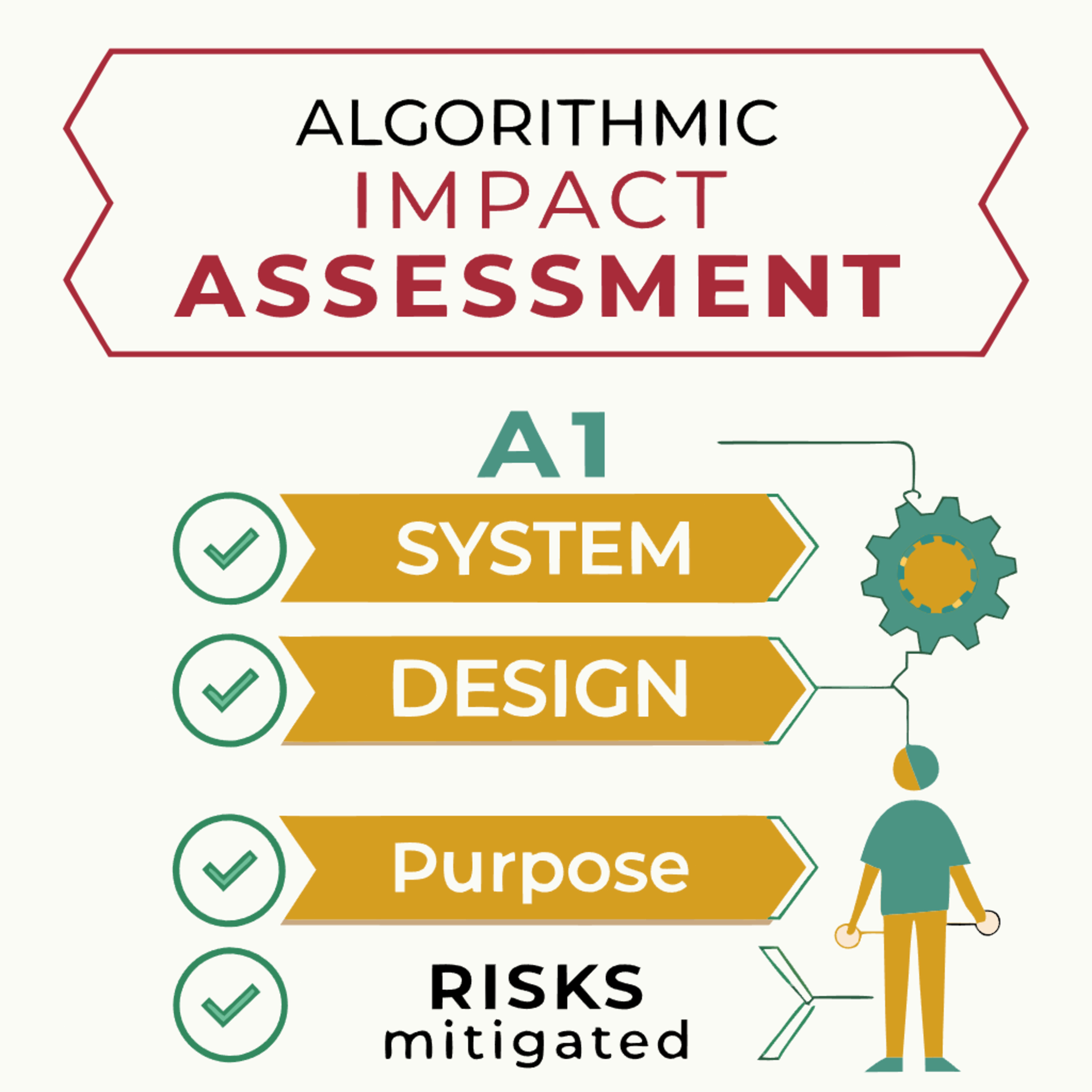 Rapid Synthesis: Delivered under 30 mins..ish, or it's on me!AI Accountability: Impact Assessments, Audits, and ConformityExamines the use of impact assessments to support accountability and cultivate trust in Artificial Intelligence (AI) systems. It highlights the growing deployment of AI and the need for ethical development and responsible use. Focuses on algorithmic impact assessments (AIAs) as a practical tool for mitigating risks by reviewing AI systems' objectives, design, and purpose. It compares AIAs favourably to third-party auditing and conformity assessments, which face challenges such as a lack of standards. 2025-03-0519 min
Rapid Synthesis: Delivered under 30 mins..ish, or it's on me!AI Accountability: Impact Assessments, Audits, and ConformityExamines the use of impact assessments to support accountability and cultivate trust in Artificial Intelligence (AI) systems. It highlights the growing deployment of AI and the need for ethical development and responsible use. Focuses on algorithmic impact assessments (AIAs) as a practical tool for mitigating risks by reviewing AI systems' objectives, design, and purpose. It compares AIAs favourably to third-party auditing and conformity assessments, which face challenges such as a lack of standards. 2025-03-0519 min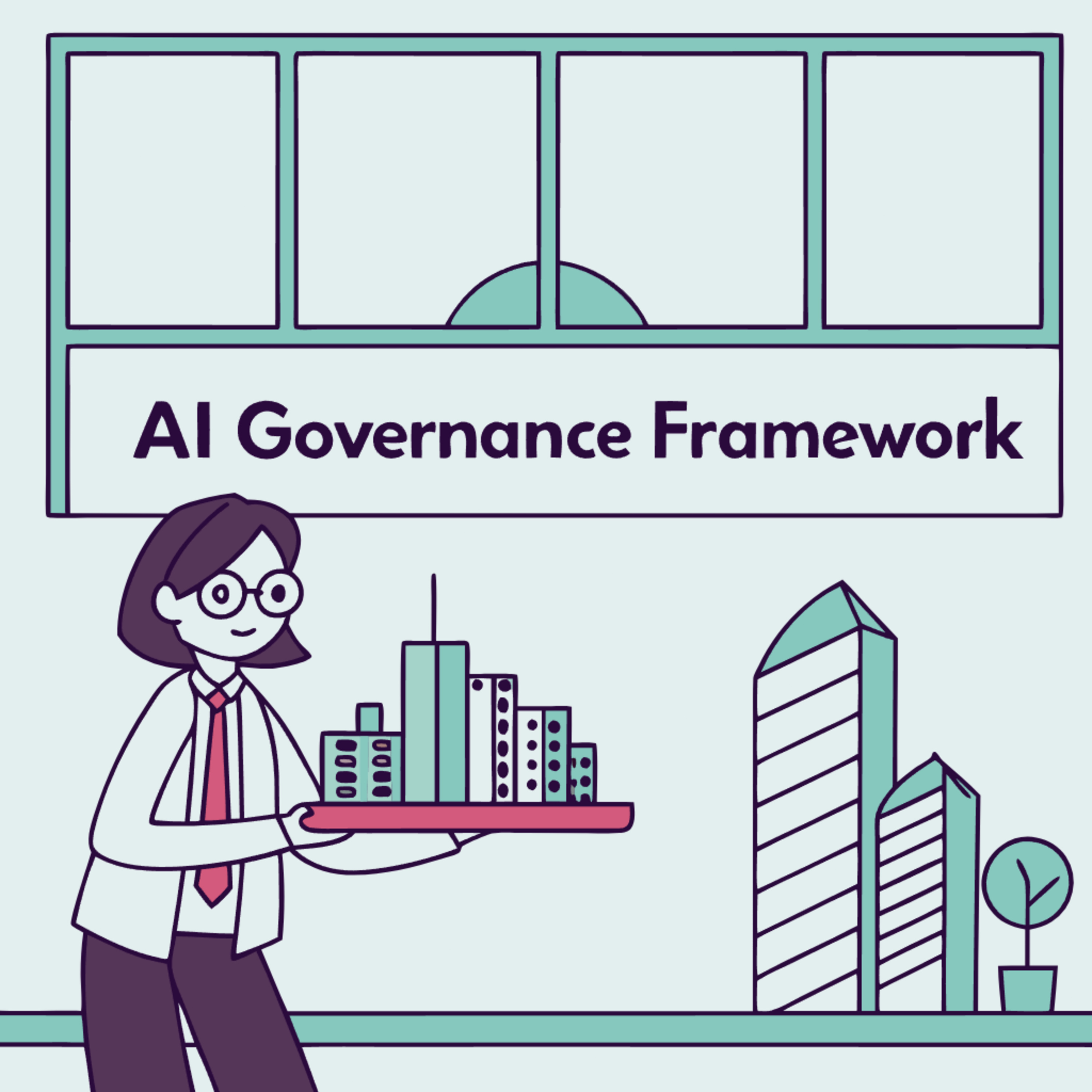 Rapid Synthesis: Delivered under 30 mins..ish, or it's on me!Singapore Model AI Governance Framework for Generative AIThe Model AI Governance Framework for Generative AI from Singapore outlines a systematic approach to managing the risks and fostering innovation in generative AI. It proposes nine key dimensions for building a trusted AI ecosystem, such as accountability, data management, trusted development, incident reporting, and security. The framework calls for collaboration among policymakers, industry, researchers, and the public to address concerns like misinformation and copyright infringement, and also highlights the need for content provenance, safety and alignment research, and AI for public good. 2025-03-0520 min
Rapid Synthesis: Delivered under 30 mins..ish, or it's on me!Singapore Model AI Governance Framework for Generative AIThe Model AI Governance Framework for Generative AI from Singapore outlines a systematic approach to managing the risks and fostering innovation in generative AI. It proposes nine key dimensions for building a trusted AI ecosystem, such as accountability, data management, trusted development, incident reporting, and security. The framework calls for collaboration among policymakers, industry, researchers, and the public to address concerns like misinformation and copyright infringement, and also highlights the need for content provenance, safety and alignment research, and AI for public good. 2025-03-0520 min Rapid Synthesis: Delivered under 30 mins..ish, or it's on me!South Korea Policy Direction : AI Data Privacy GuidelinesThe Personal Information Protection Commission in South Korea has announced new policy directions for the safe use of personal information in the age of AI. These guidelines aim to minimise privacy risks while enabling the development of the AI ecosystem. Key initiatives include establishing principle-based regulations, creating a dedicated 'AI Privacy Team', and providing detailed personal information processing standards for each stage of AI development and service. The policy also promotes public-private cooperation to create sector-specific guidelines and strengthens international collaboration to shape global digital norms for AI. To foster innovation while safeguarding data, the commission plans to expand R&D...2025-03-0528 min
Rapid Synthesis: Delivered under 30 mins..ish, or it's on me!South Korea Policy Direction : AI Data Privacy GuidelinesThe Personal Information Protection Commission in South Korea has announced new policy directions for the safe use of personal information in the age of AI. These guidelines aim to minimise privacy risks while enabling the development of the AI ecosystem. Key initiatives include establishing principle-based regulations, creating a dedicated 'AI Privacy Team', and providing detailed personal information processing standards for each stage of AI development and service. The policy also promotes public-private cooperation to create sector-specific guidelines and strengthens international collaboration to shape global digital norms for AI. To foster innovation while safeguarding data, the commission plans to expand R&D...2025-03-0528 min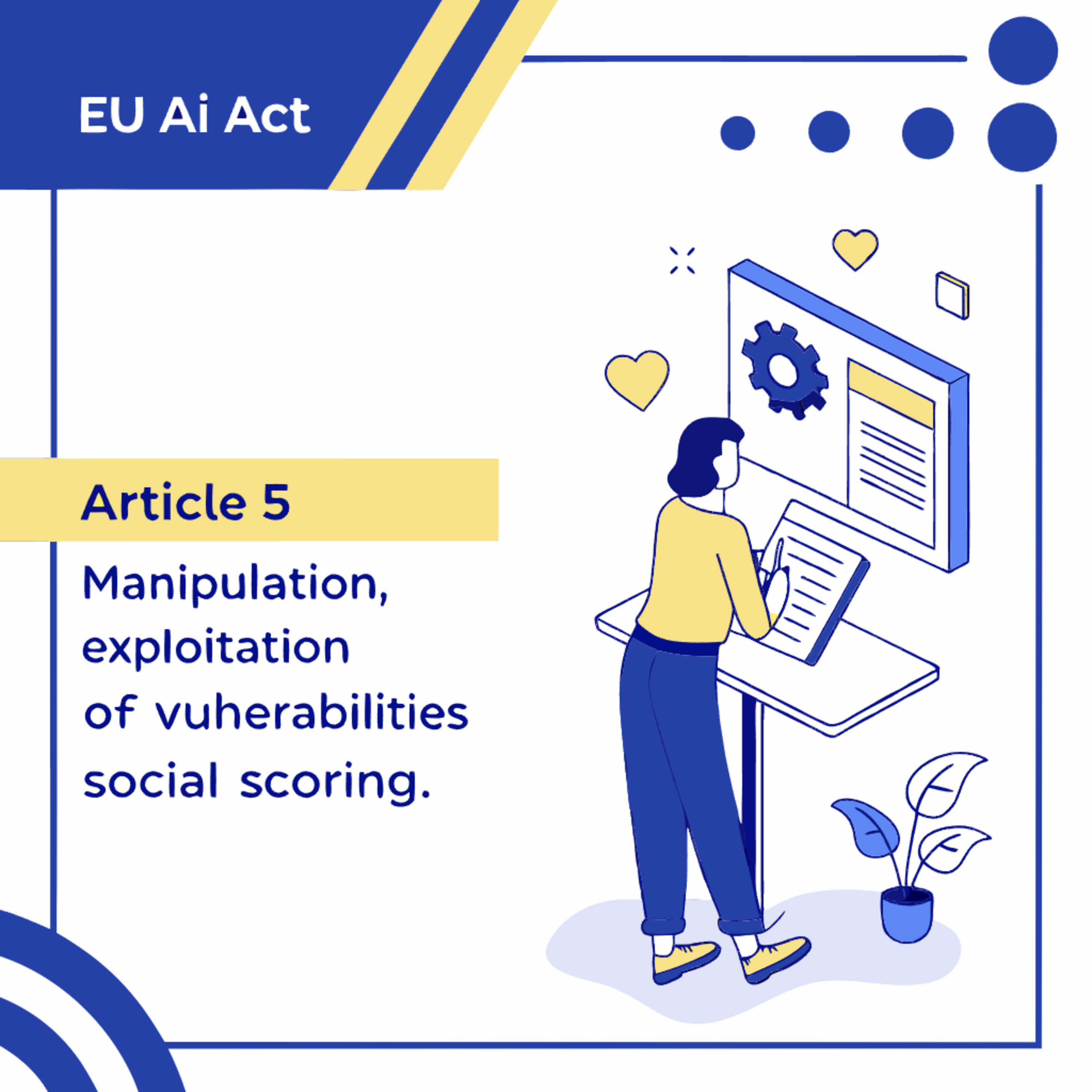 Rapid Synthesis: Delivered under 30 mins..ish, or it's on me!EU AI Act: Prohibited Artificial Intelligence Practices ExplainedThe European Commission document offers guidance on interpreting and enforcing Article 5 of the AI Act, which prohibits specific artificial intelligence practices. It clarifies the scope, objectives, and interplay with other EU laws regarding prohibited AI, notably focusing on AI that manipulates, exploits vulnerabilities, or engages in social scoring. Real-time biometric identification (RBI) is given special attention, outlining exceptions for law enforcement under strict conditions, such as prior authorisation and adherence to fundamental rights.2025-03-0528 min
Rapid Synthesis: Delivered under 30 mins..ish, or it's on me!EU AI Act: Prohibited Artificial Intelligence Practices ExplainedThe European Commission document offers guidance on interpreting and enforcing Article 5 of the AI Act, which prohibits specific artificial intelligence practices. It clarifies the scope, objectives, and interplay with other EU laws regarding prohibited AI, notably focusing on AI that manipulates, exploits vulnerabilities, or engages in social scoring. Real-time biometric identification (RBI) is given special attention, outlining exceptions for law enforcement under strict conditions, such as prior authorisation and adherence to fundamental rights.2025-03-0528 min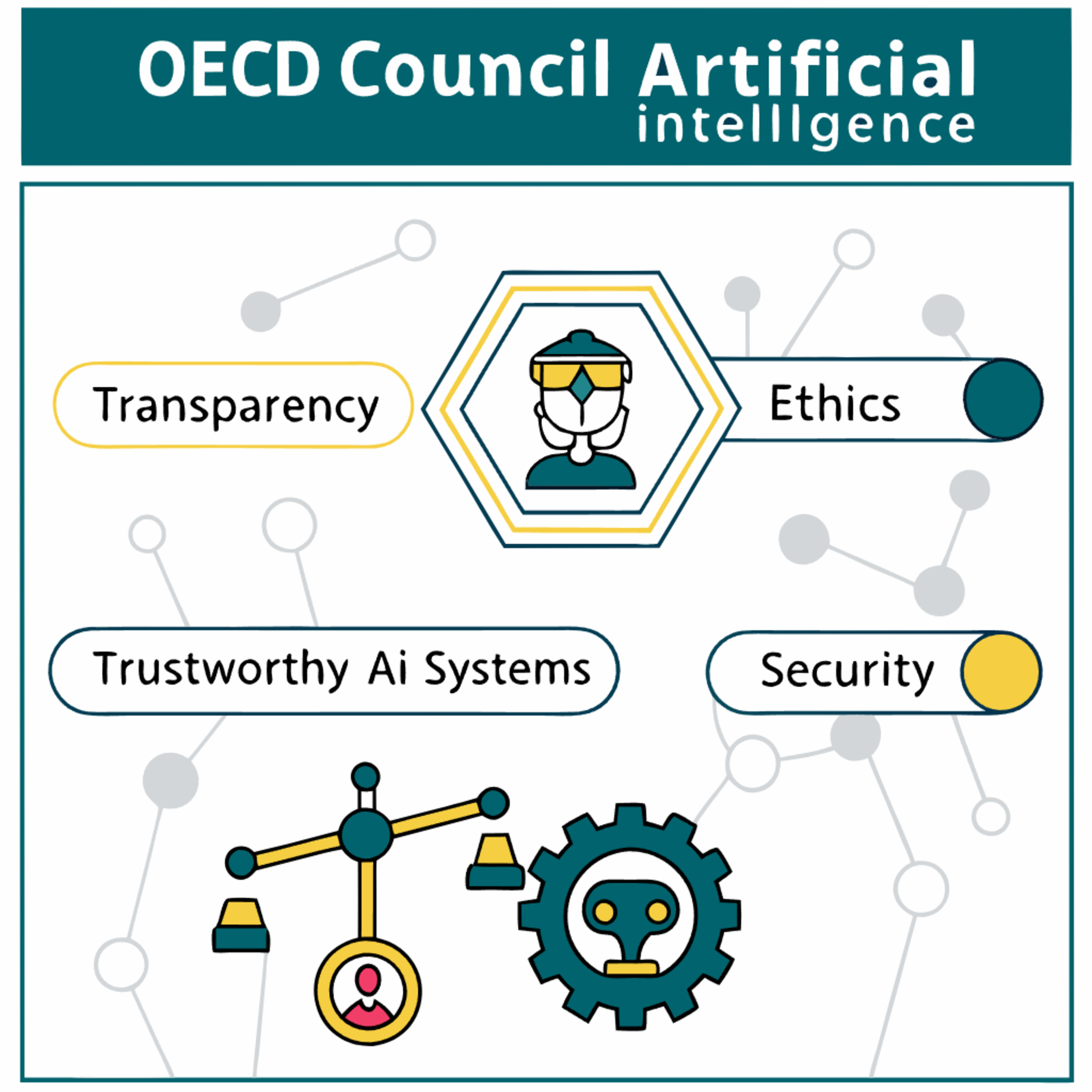 Rapid Synthesis: Delivered under 30 mins..ish, or it's on me!OECD Recommendation on Artificial Intelligence (2024)The OECD Council's revised recommendation on Artificial Intelligence (AI) focuses on promoting trustworthy AI systems. It lays out principles for responsible AI stewardship, encouraging inclusive growth, respect for human rights, transparency, robustness, and accountability throughout the AI lifecycle. The document urges governments to invest in AI research and development, foster inclusive ecosystems, and create interoperable governance policies.2025-03-0524 min
Rapid Synthesis: Delivered under 30 mins..ish, or it's on me!OECD Recommendation on Artificial Intelligence (2024)The OECD Council's revised recommendation on Artificial Intelligence (AI) focuses on promoting trustworthy AI systems. It lays out principles for responsible AI stewardship, encouraging inclusive growth, respect for human rights, transparency, robustness, and accountability throughout the AI lifecycle. The document urges governments to invest in AI research and development, foster inclusive ecosystems, and create interoperable governance policies.2025-03-0524 min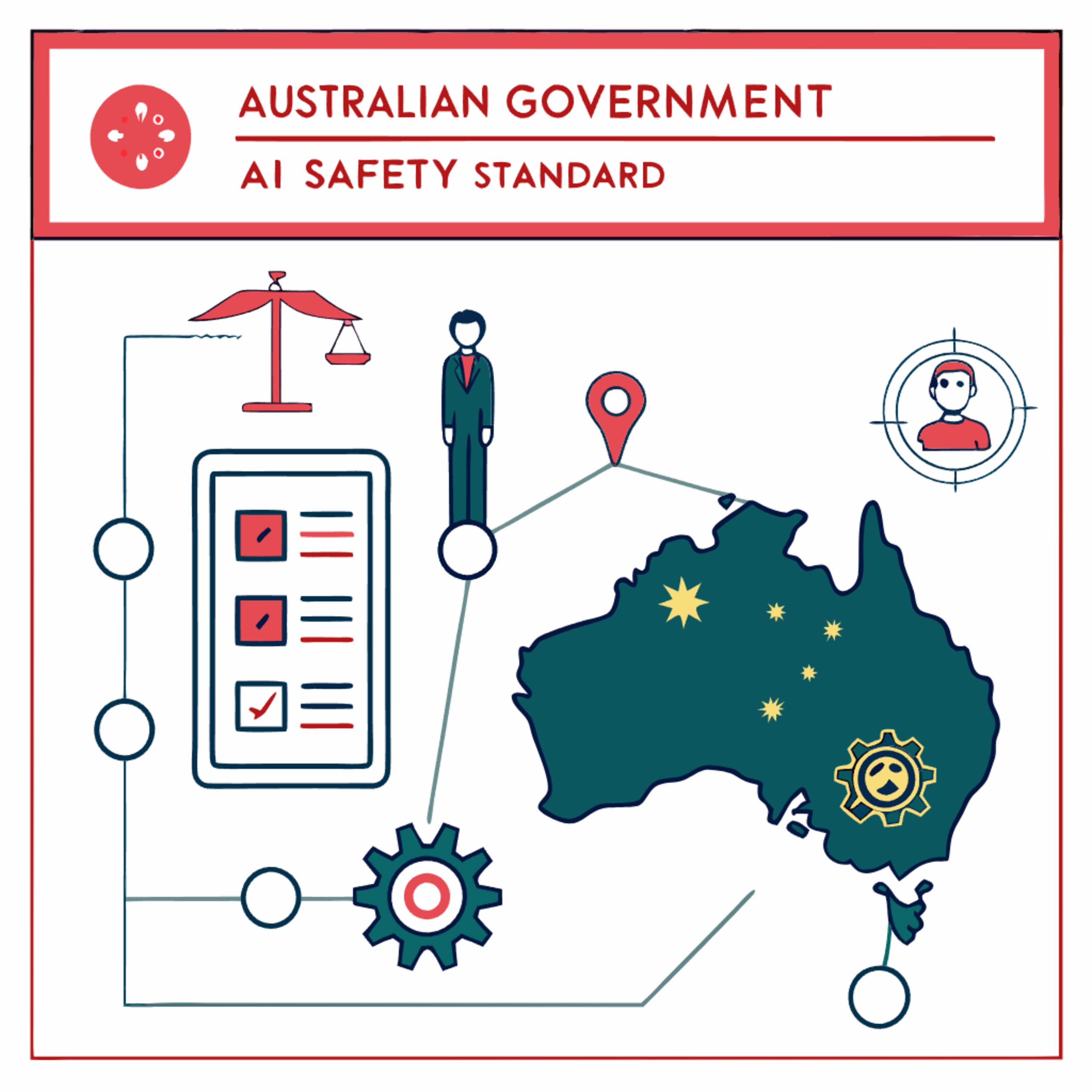 Rapid Synthesis: Delivered under 30 mins..ish, or it's on me!Voluntary AI Safety Standard: Australian Government GuidanceThe Voluntary AI Safety Standard, released by the Australian Government, offers guidance to Australian organisations on the safe and responsible implementation of artificial intelligence. It promotes best practices through ten voluntary guardrails applicable across the AI supply chain, focusing initially on AI deployers. The standard aims to mitigate risks associated with AI while fostering innovation, aligning with international standards and Australia's AI Ethics Principles. 2025-03-0526 min
Rapid Synthesis: Delivered under 30 mins..ish, or it's on me!Voluntary AI Safety Standard: Australian Government GuidanceThe Voluntary AI Safety Standard, released by the Australian Government, offers guidance to Australian organisations on the safe and responsible implementation of artificial intelligence. It promotes best practices through ten voluntary guardrails applicable across the AI supply chain, focusing initially on AI deployers. The standard aims to mitigate risks associated with AI while fostering innovation, aligning with international standards and Australia's AI Ethics Principles. 2025-03-0526 min Rapid Synthesis: Delivered under 30 mins..ish, or it's on me!NYC Automated Employment Decision Tool RulesNew York City's regulations regarding the use of Automated Employment Decision Tools (AEDTs). The rules mandate that employers and employment agencies conduct bias audits of these tools to assess their impact on different demographic groups, ensuring fair hiring practices. The regulations specify how these audits must be performed, including the calculation of selection and scoring rates across sex, race/ethnicity, and intersectional categories2025-03-0517 min
Rapid Synthesis: Delivered under 30 mins..ish, or it's on me!NYC Automated Employment Decision Tool RulesNew York City's regulations regarding the use of Automated Employment Decision Tools (AEDTs). The rules mandate that employers and employment agencies conduct bias audits of these tools to assess their impact on different demographic groups, ensuring fair hiring practices. The regulations specify how these audits must be performed, including the calculation of selection and scoring rates across sex, race/ethnicity, and intersectional categories2025-03-0517 min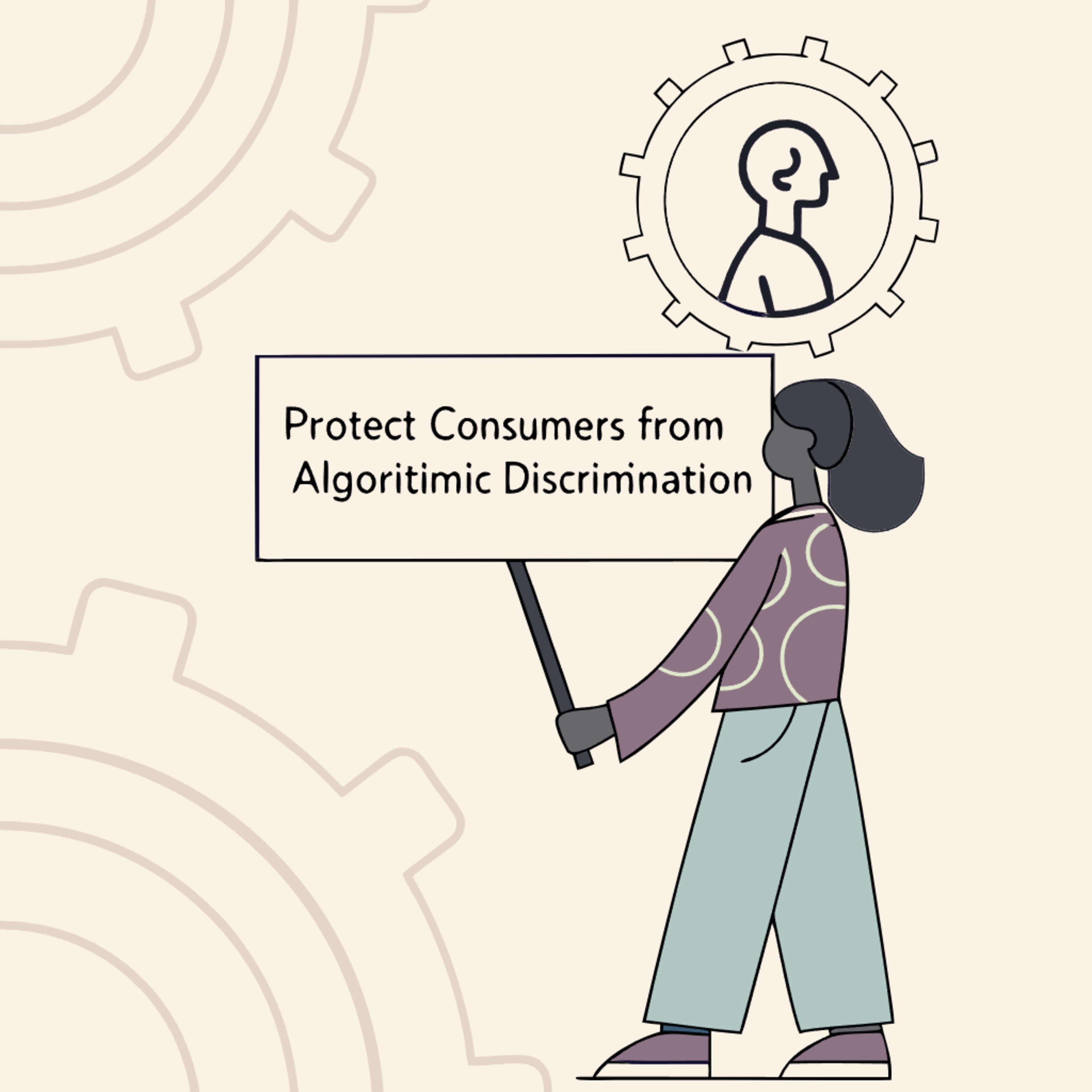 Rapid Synthesis: Delivered under 30 mins..ish, or it's on me!Colorado AI Anti-Discrimination Bill: Senate Bill 24-205Colorado's Senate Bill 24-205 aims to protect consumers from algorithmic discrimination stemming from AI systems. The bill defines key terms like "algorithmic discrimination" and "high-risk artificial intelligence system," focusing on AI's impact on consequential decisions. It establishes duties for both AI developers and deployers, mandating reasonable care, documentation, and risk management policies. 2025-03-0524 min
Rapid Synthesis: Delivered under 30 mins..ish, or it's on me!Colorado AI Anti-Discrimination Bill: Senate Bill 24-205Colorado's Senate Bill 24-205 aims to protect consumers from algorithmic discrimination stemming from AI systems. The bill defines key terms like "algorithmic discrimination" and "high-risk artificial intelligence system," focusing on AI's impact on consequential decisions. It establishes duties for both AI developers and deployers, mandating reasonable care, documentation, and risk management policies. 2025-03-0524 min Rapid Synthesis: Delivered under 30 mins..ish, or it's on me!Government of Canada - Directive on Automated Decision-MakingThe Government of Canada's Directive on Automated Decision-Making outlines the framework for the responsible deployment of automated systems within federal institutions. It mandates that these systems are designed and used to reduce risks and improve efficiency while adhering to Canadian law. The directive requires algorithmic impact assessments, transparency in decision-making processes, and quality assurance measures. Crucially, it emphasizes the need for human intervention, access to recourse options, and public reporting on system effectiveness.2025-03-0521 min
Rapid Synthesis: Delivered under 30 mins..ish, or it's on me!Government of Canada - Directive on Automated Decision-MakingThe Government of Canada's Directive on Automated Decision-Making outlines the framework for the responsible deployment of automated systems within federal institutions. It mandates that these systems are designed and used to reduce risks and improve efficiency while adhering to Canadian law. The directive requires algorithmic impact assessments, transparency in decision-making processes, and quality assurance measures. Crucially, it emphasizes the need for human intervention, access to recourse options, and public reporting on system effectiveness.2025-03-0521 min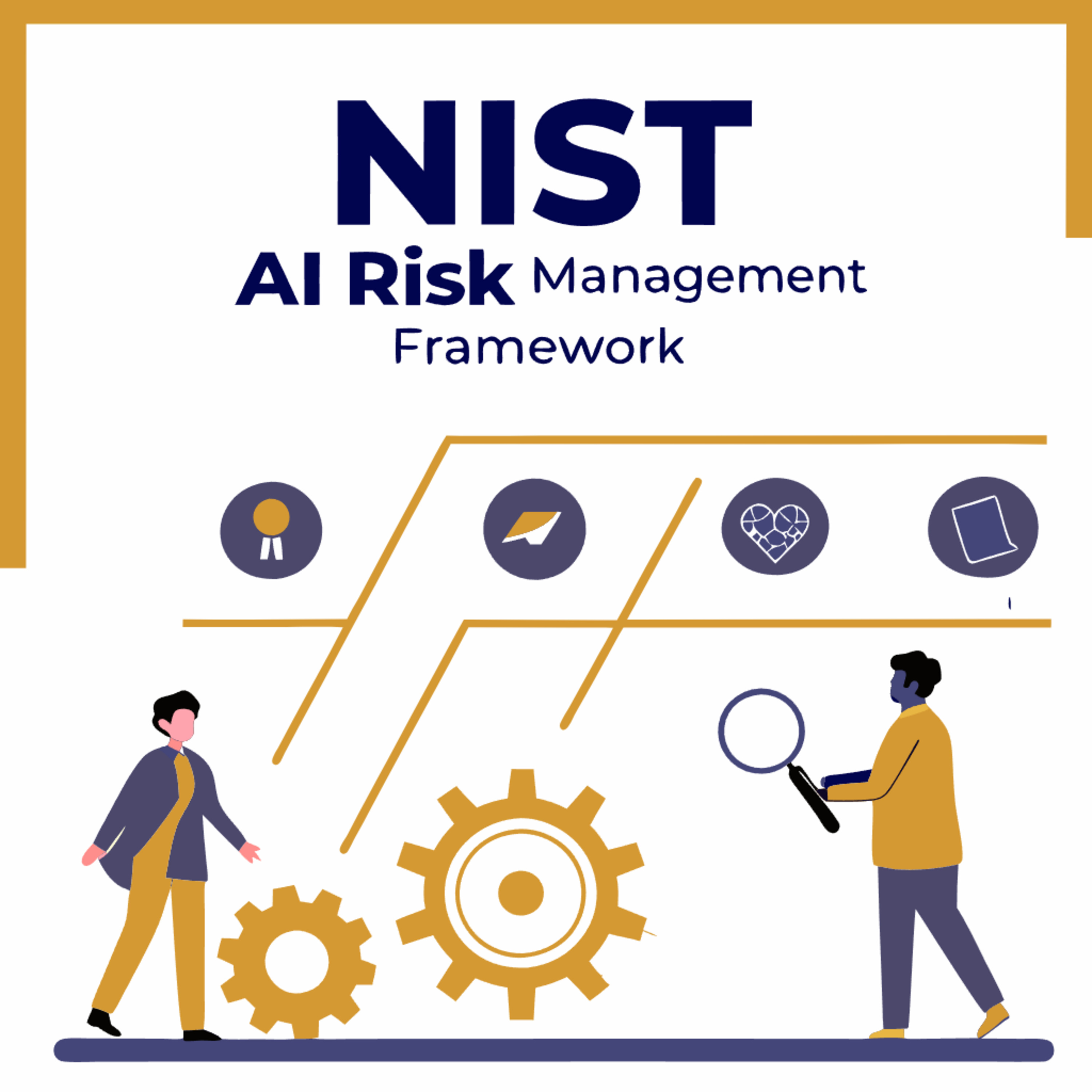 Rapid Synthesis: Delivered under 30 mins..ish, or it's on me!NIST AI Risk Management FrameworkOverview of the NIST Artificial Intelligence Risk Management Framework (AI RMF), a voluntary set of guidelines released by the U.S. National Institute of Standards and Technology in January 2023. The AI RMF is designed to help organisations manage the risks associated with artificial intelligence systems and promote the development and deployment of trustworthy and responsible AI. It outlines four core functions – Govern, Map, Measure, and Manage – and emphasises characteristics of trustworthy AI like validity, safety, security, and fairness. The documents also discuss the framework's development, its intended audience of "AI actors", available resources such as the AI RMF Playbook and Pr...2025-03-0542 min
Rapid Synthesis: Delivered under 30 mins..ish, or it's on me!NIST AI Risk Management FrameworkOverview of the NIST Artificial Intelligence Risk Management Framework (AI RMF), a voluntary set of guidelines released by the U.S. National Institute of Standards and Technology in January 2023. The AI RMF is designed to help organisations manage the risks associated with artificial intelligence systems and promote the development and deployment of trustworthy and responsible AI. It outlines four core functions – Govern, Map, Measure, and Manage – and emphasises characteristics of trustworthy AI like validity, safety, security, and fairness. The documents also discuss the framework's development, its intended audience of "AI actors", available resources such as the AI RMF Playbook and Pr...2025-03-0542 min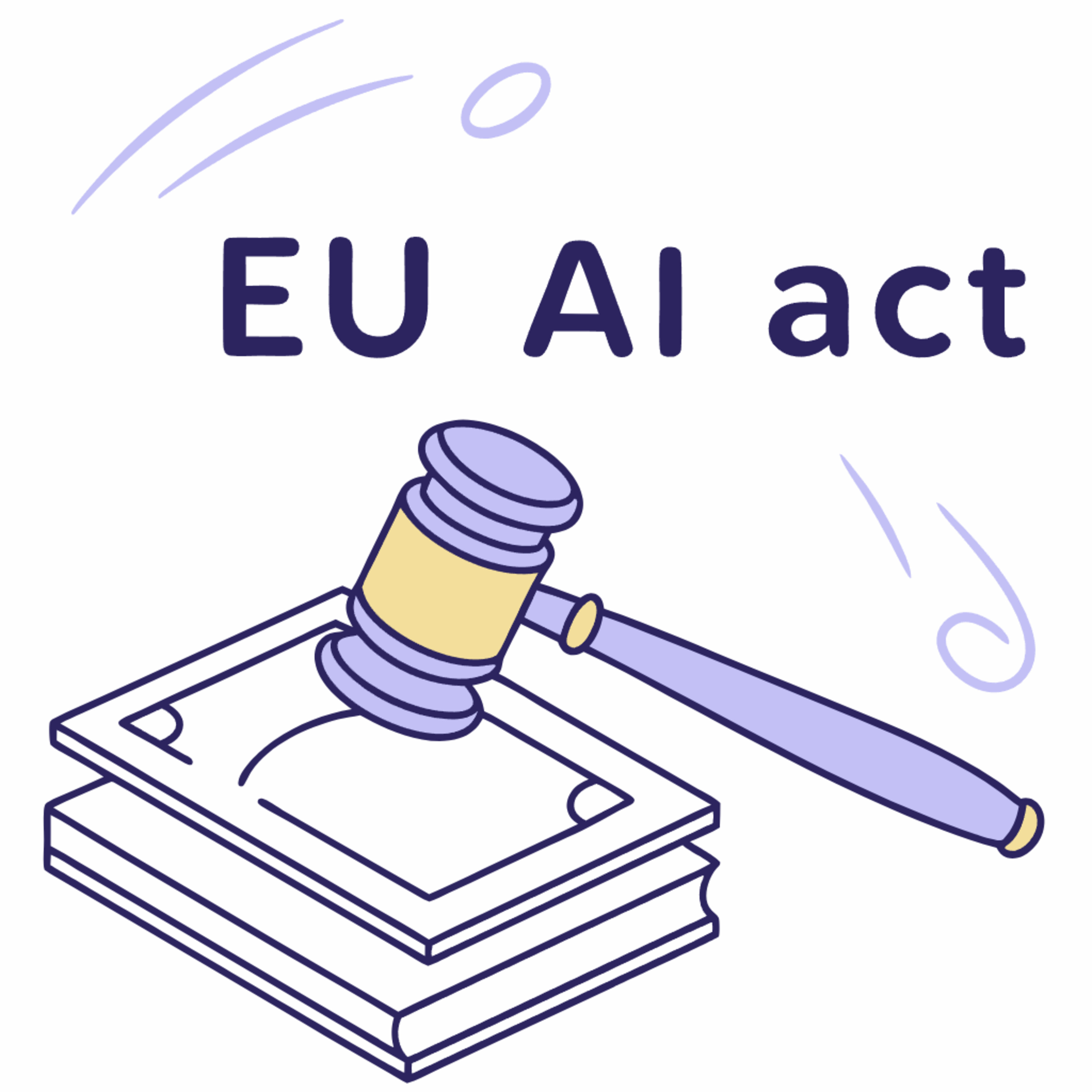 Rapid Synthesis: Delivered under 30 mins..ish, or it's on me!EU AI Act: A Practical OverviewThe EU AI Act, a new regulatory framework designed to ensure AI systems used within the EU respect human values and ethical principles. It outlines the Act's scope, which has a global reach, broadly covering various stakeholders but with specific exemptions, such as for military purposes. The presentation details a risk-based approach, categorising AI systems by their potential harm, with strict obligations imposed on high-risk systems in areas like healthcare and law enforcement. Furthermore, it discusses compliance mechanisms, including conformity assessments and the importance of transparency and accountability for AI providers and deployers, while also addressing prohibited practices and the use of reg...2025-03-0548 min
Rapid Synthesis: Delivered under 30 mins..ish, or it's on me!EU AI Act: A Practical OverviewThe EU AI Act, a new regulatory framework designed to ensure AI systems used within the EU respect human values and ethical principles. It outlines the Act's scope, which has a global reach, broadly covering various stakeholders but with specific exemptions, such as for military purposes. The presentation details a risk-based approach, categorising AI systems by their potential harm, with strict obligations imposed on high-risk systems in areas like healthcare and law enforcement. Furthermore, it discusses compliance mechanisms, including conformity assessments and the importance of transparency and accountability for AI providers and deployers, while also addressing prohibited practices and the use of reg...2025-03-0548 min